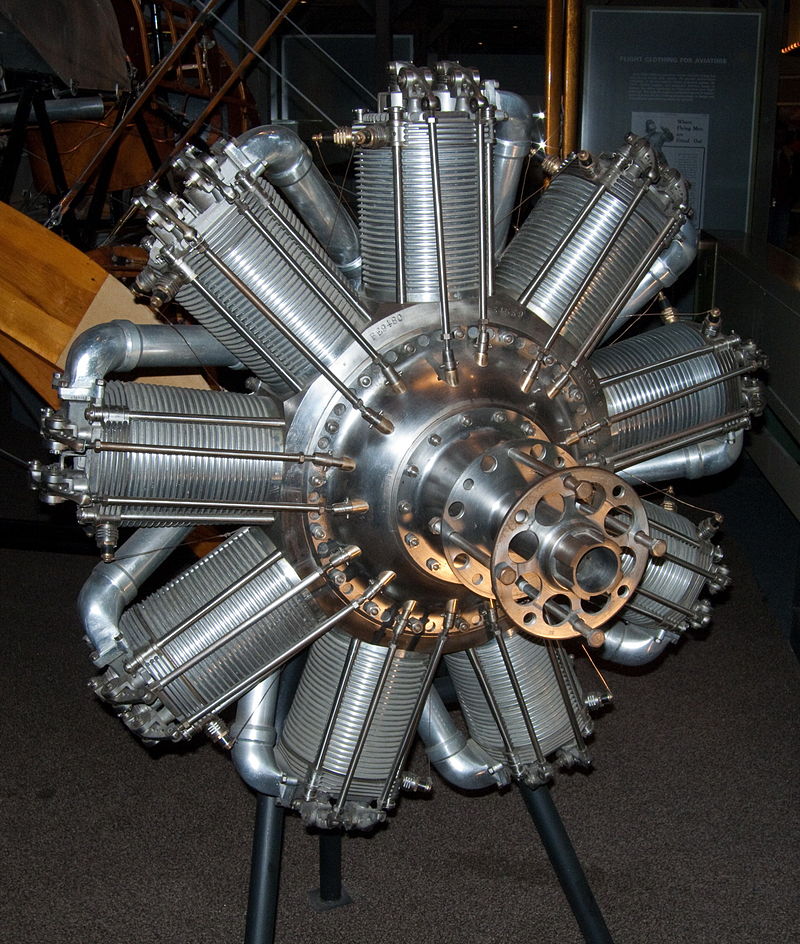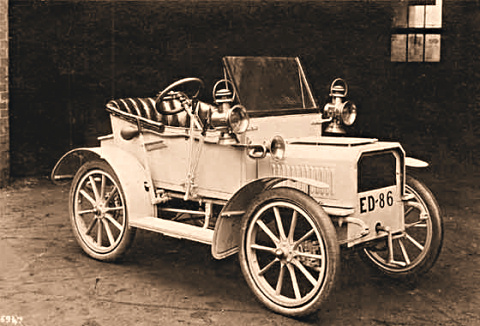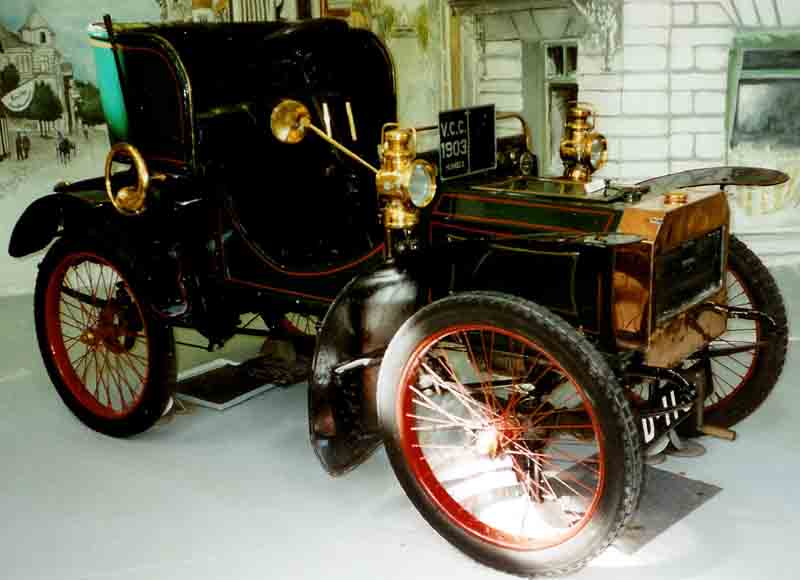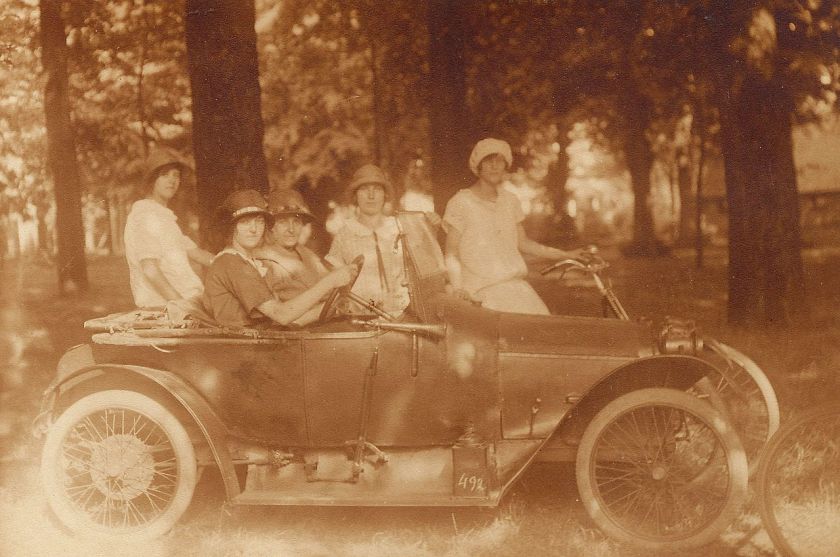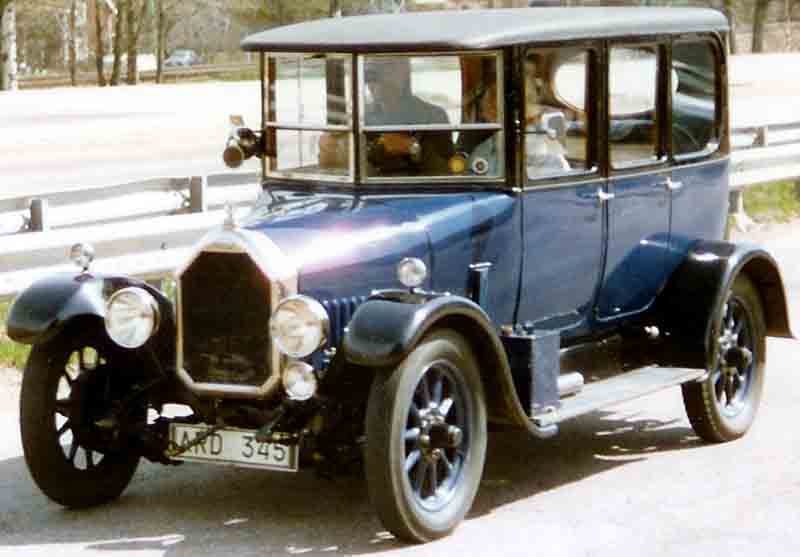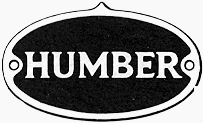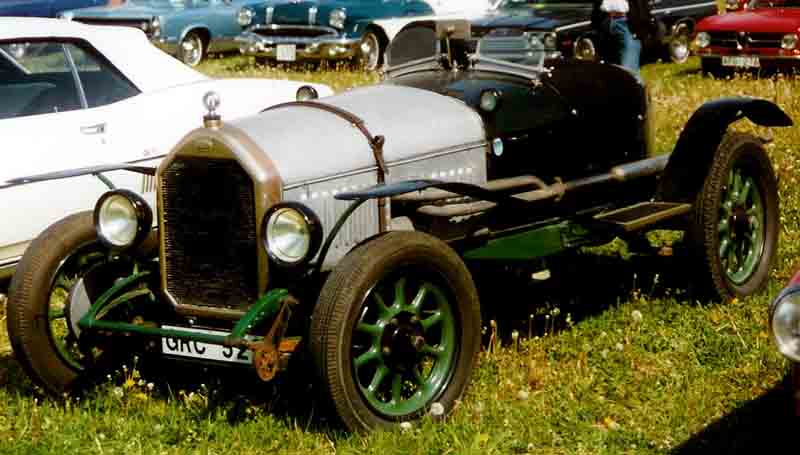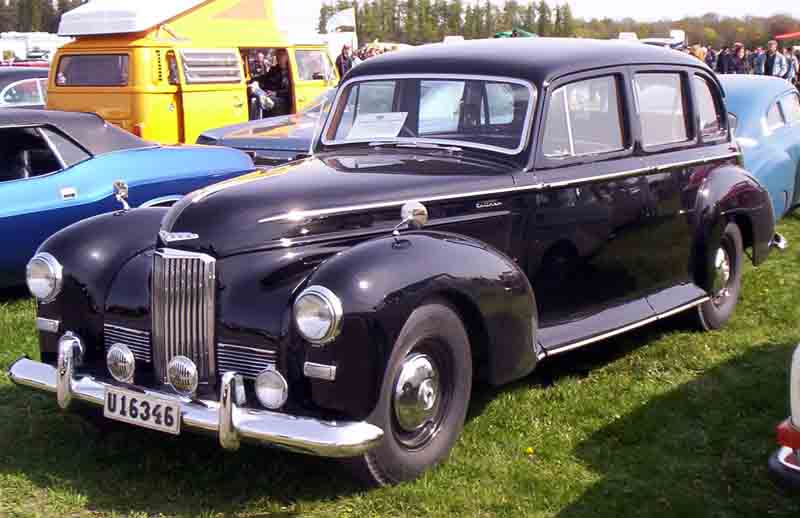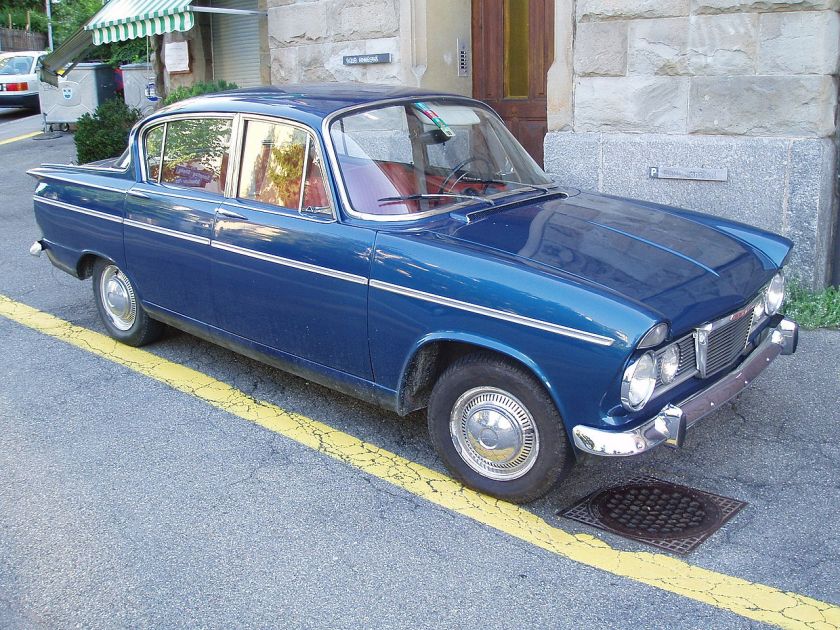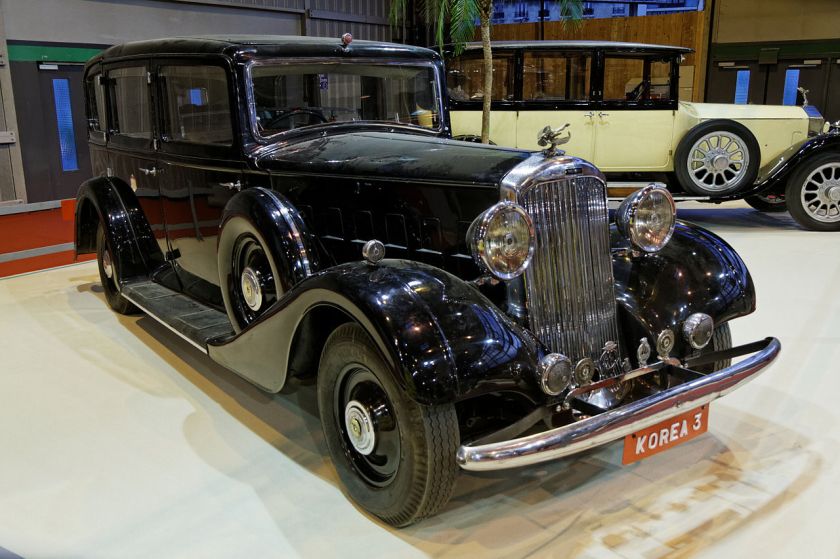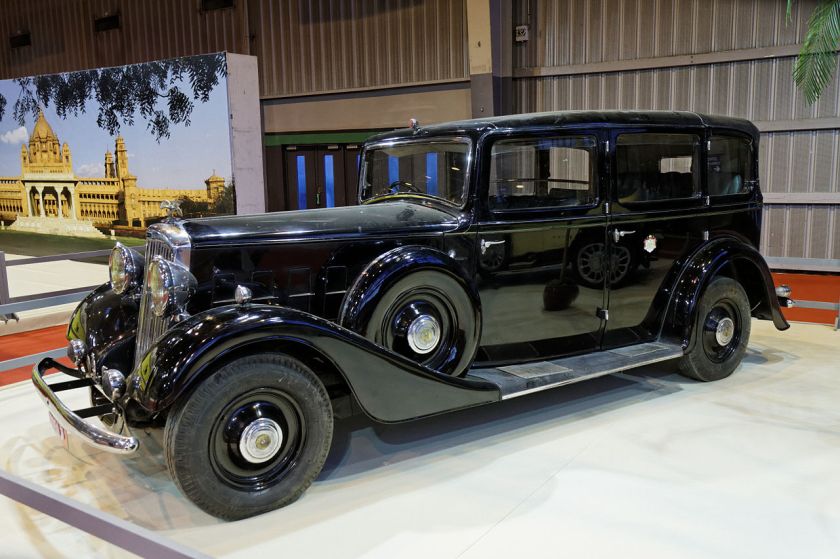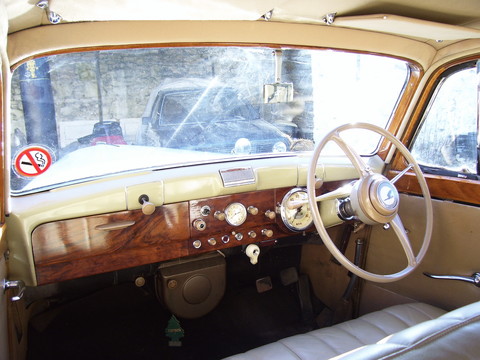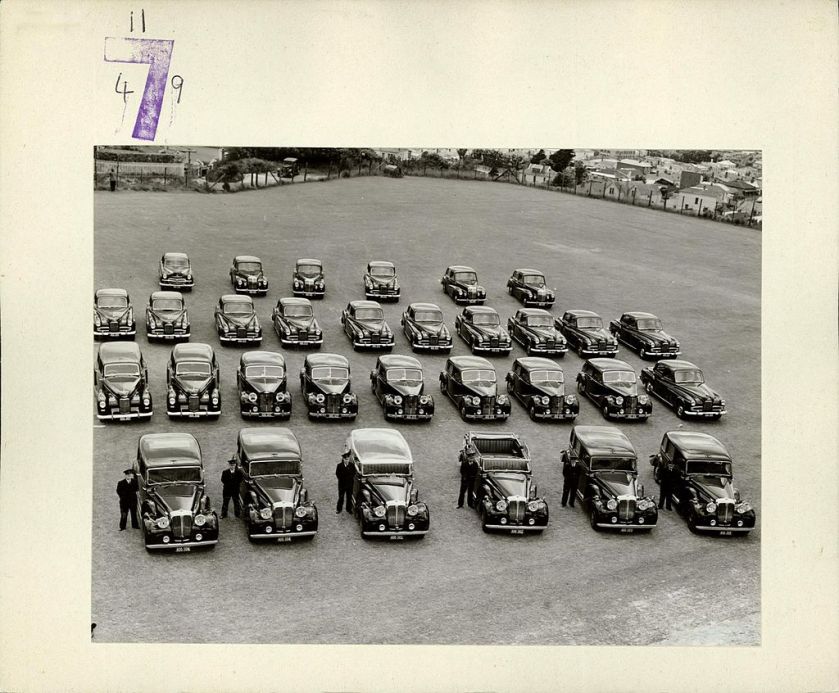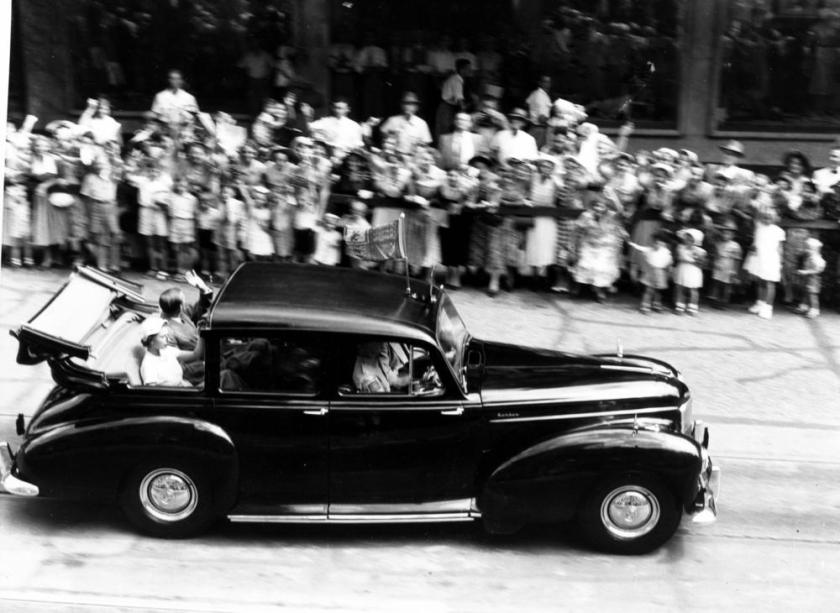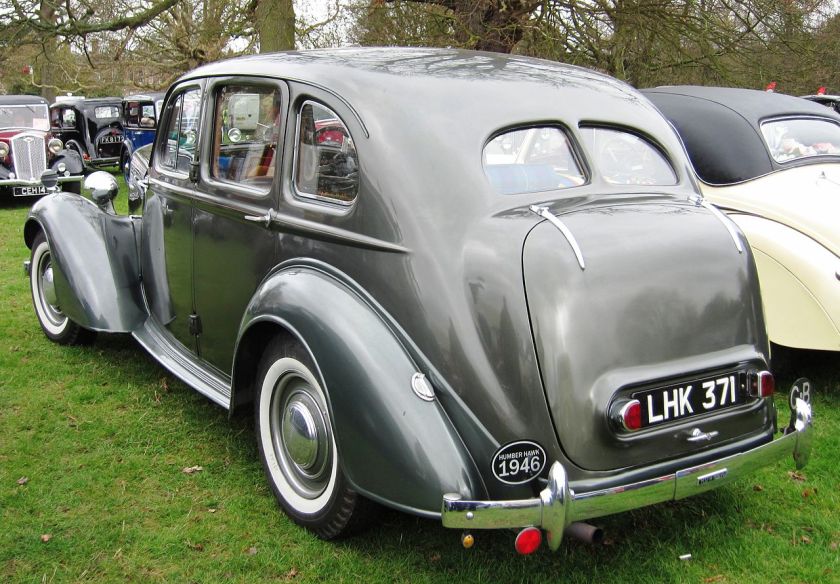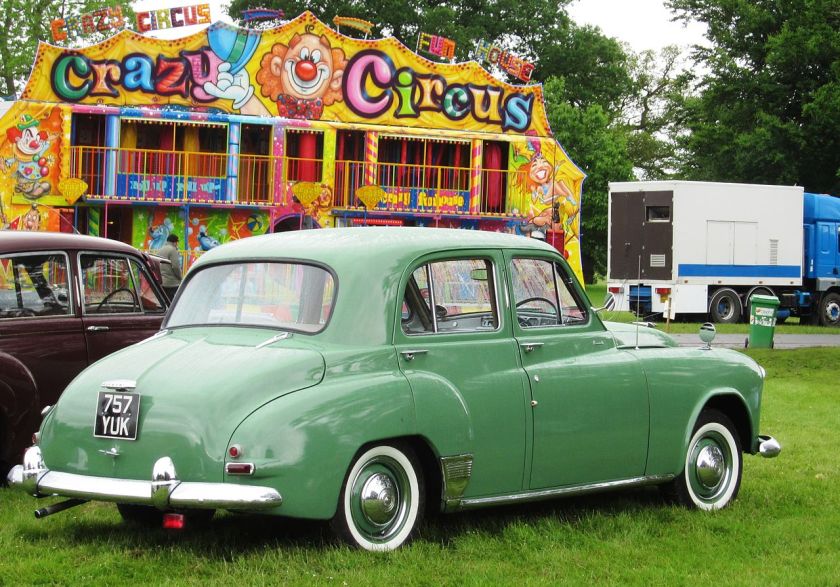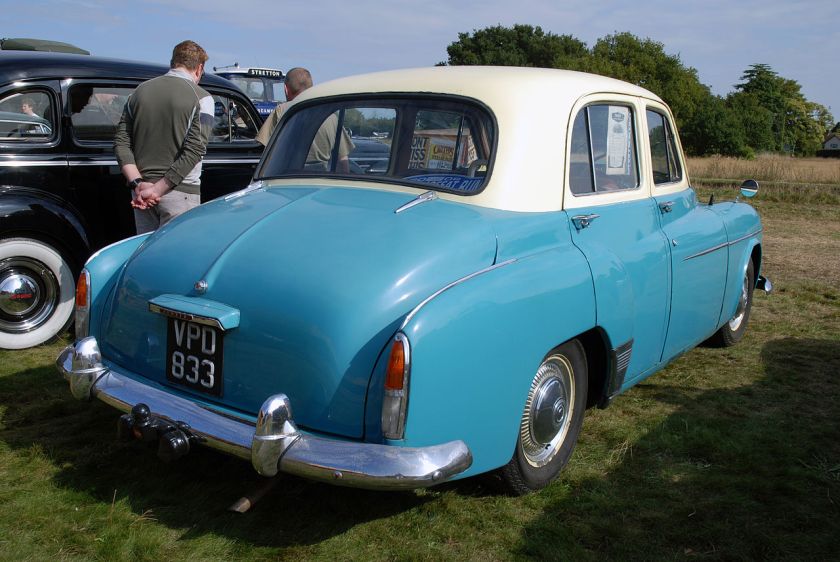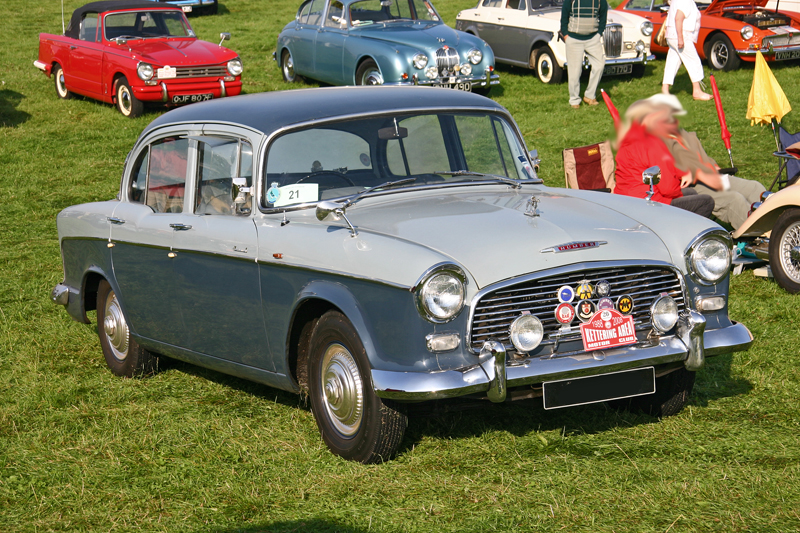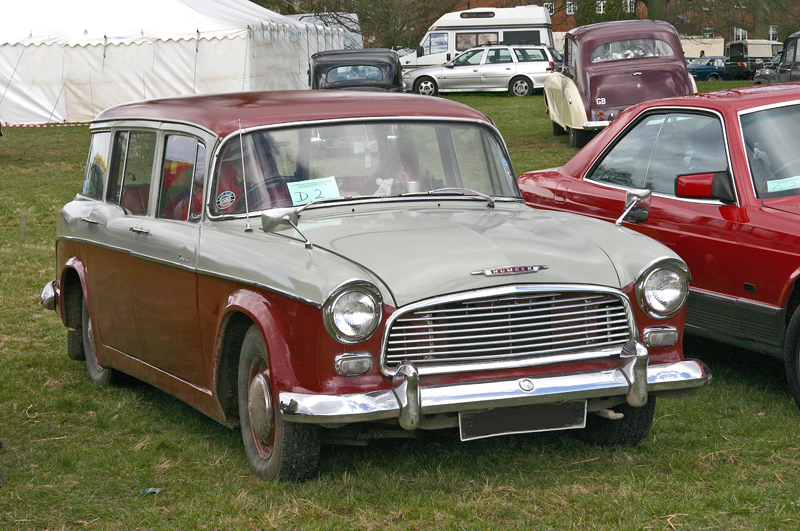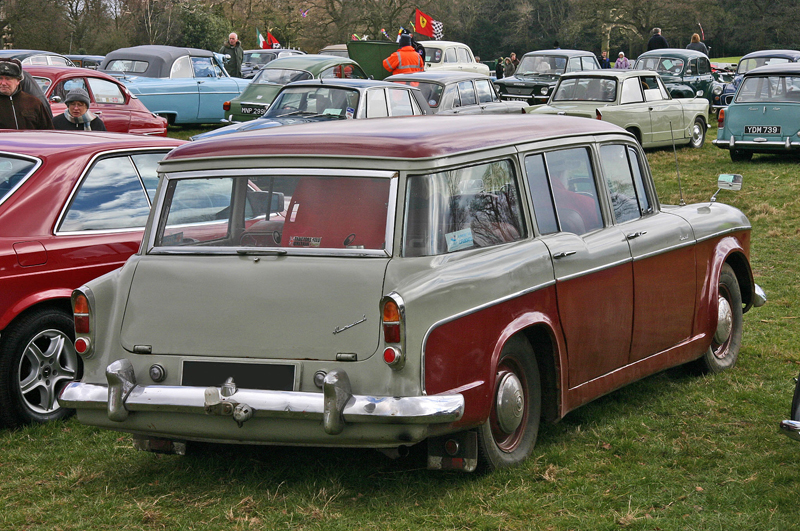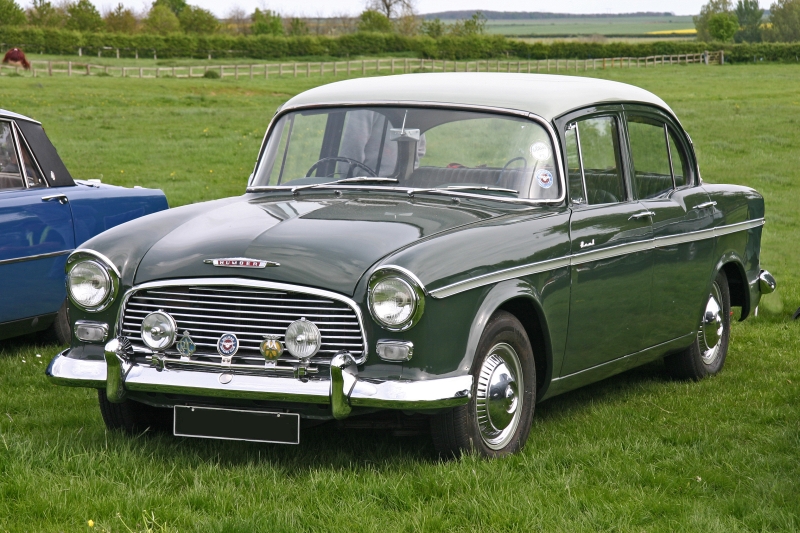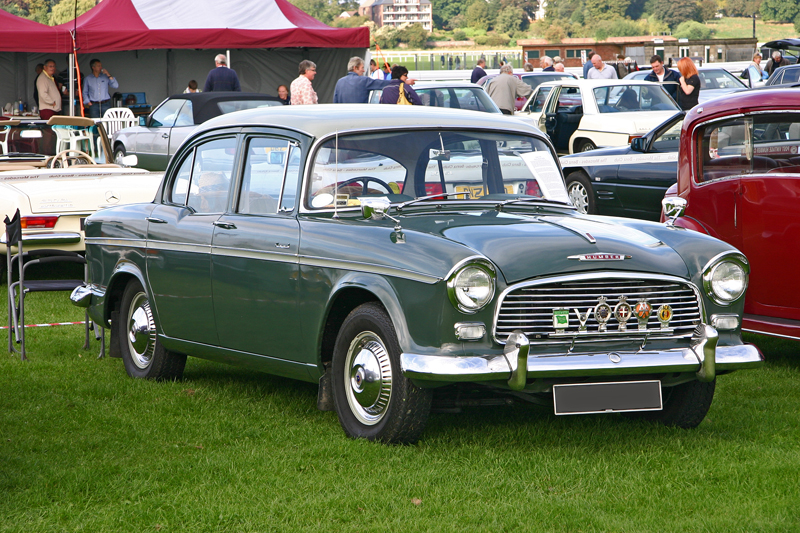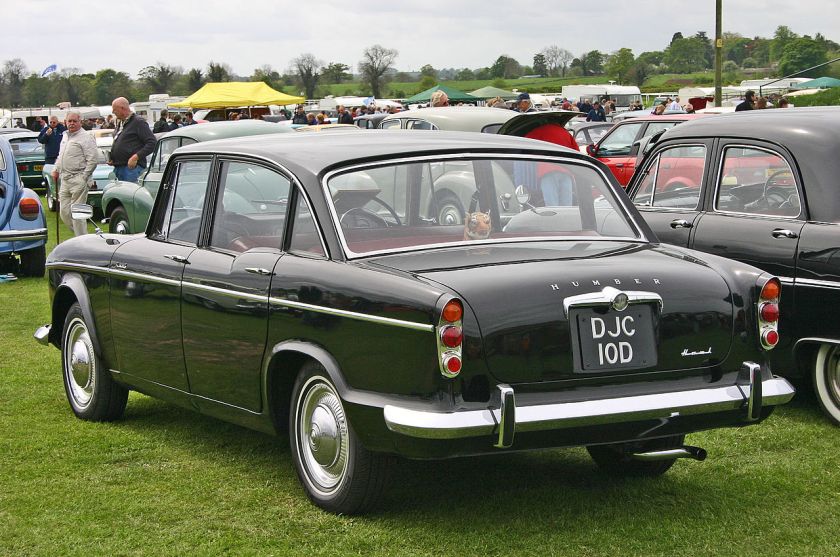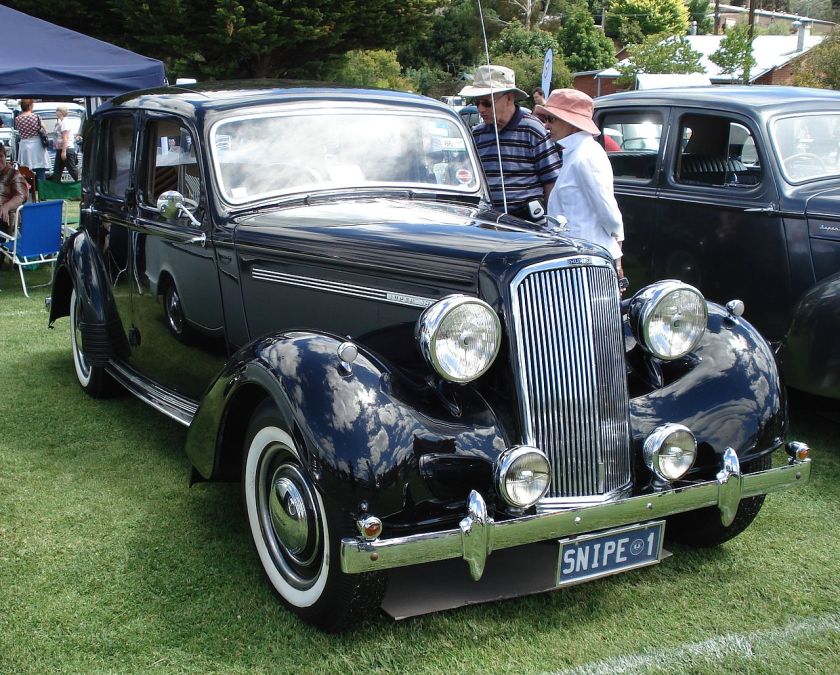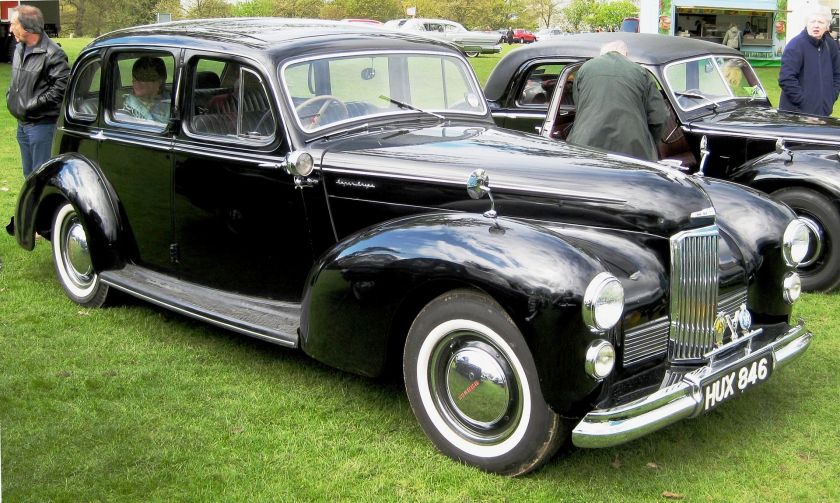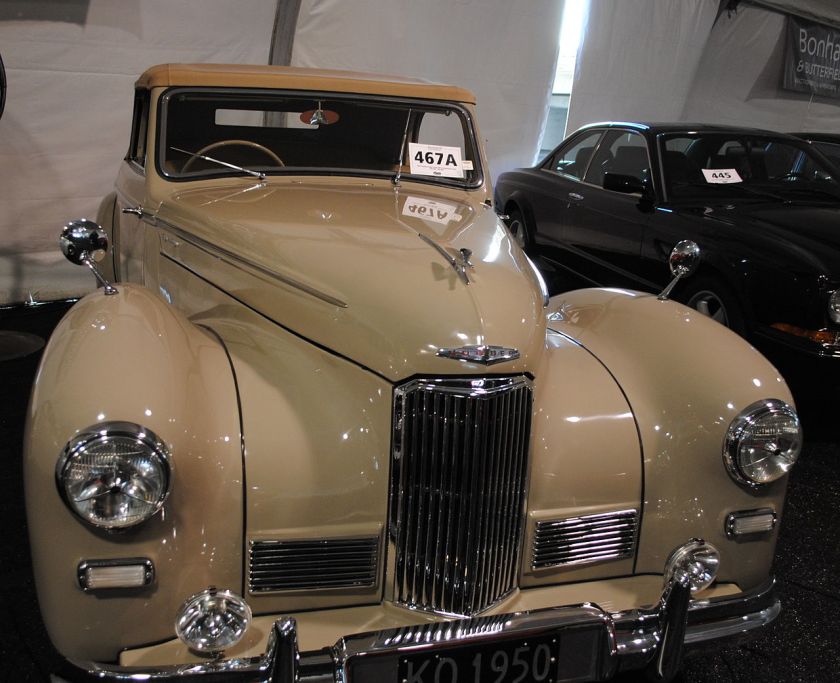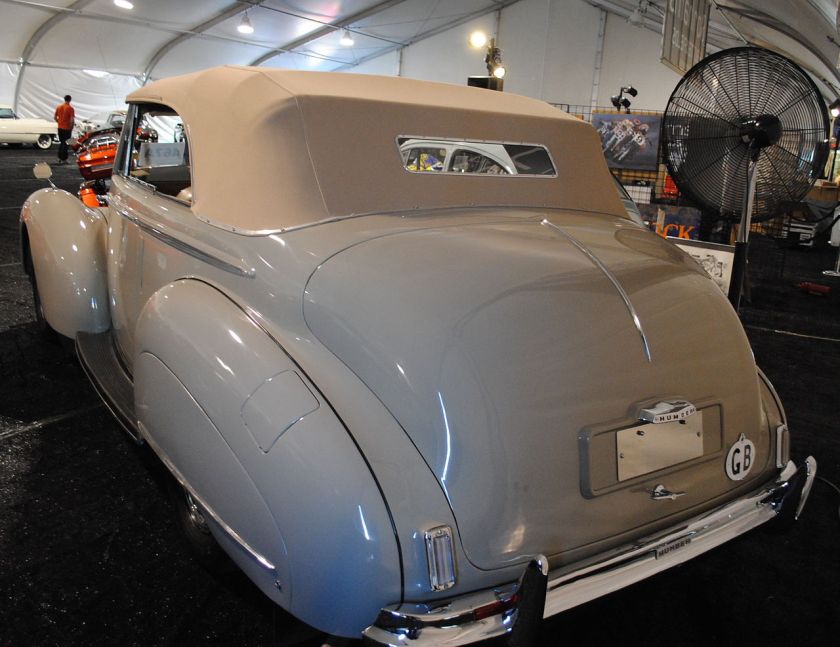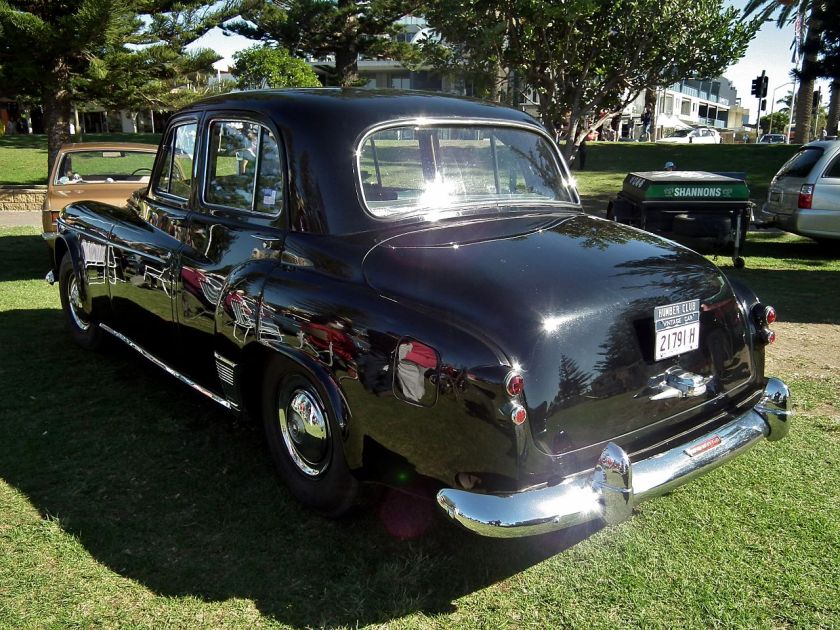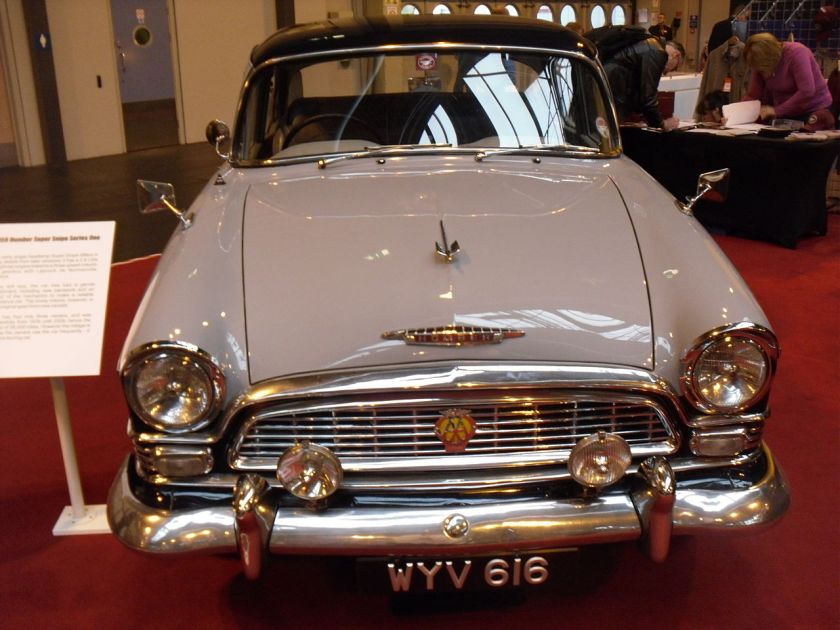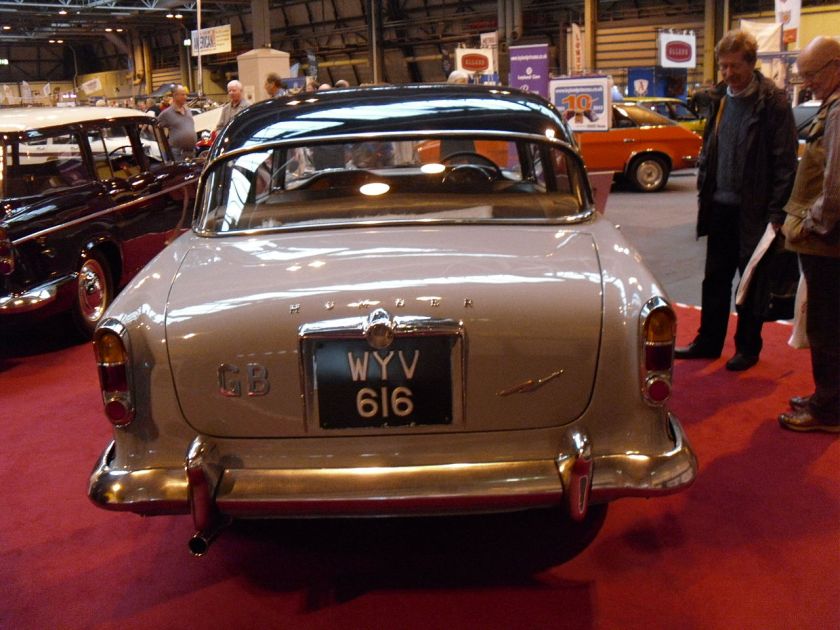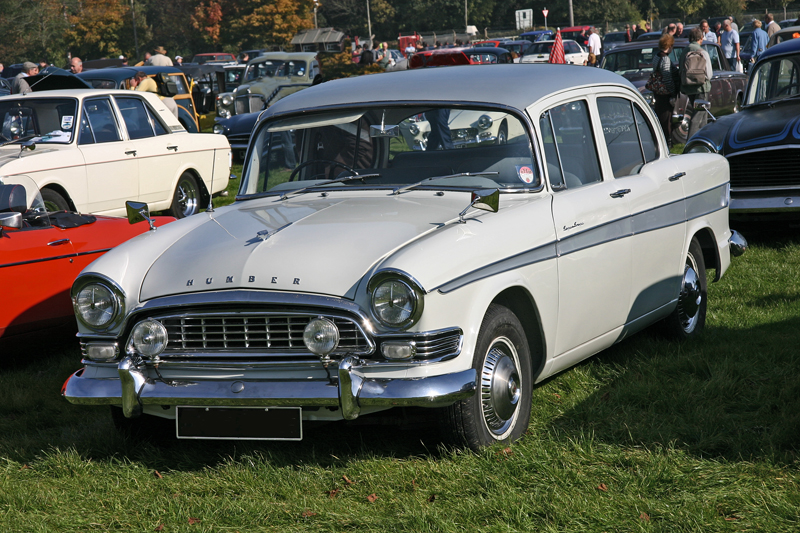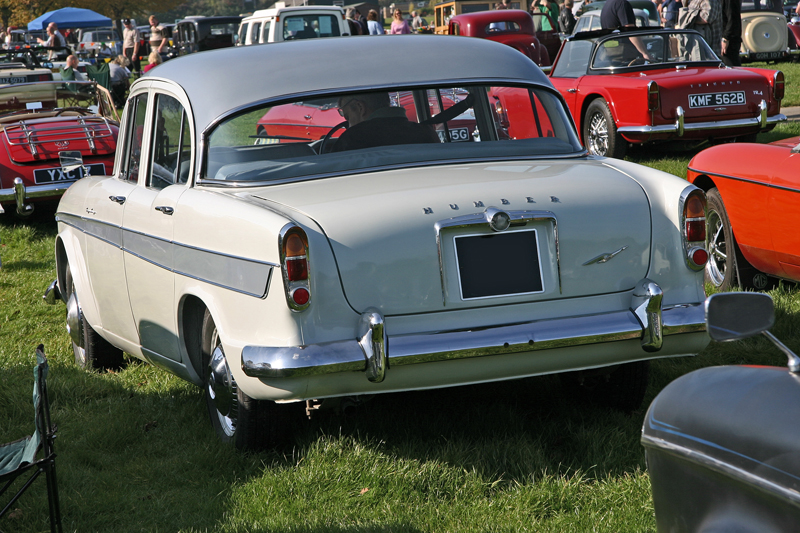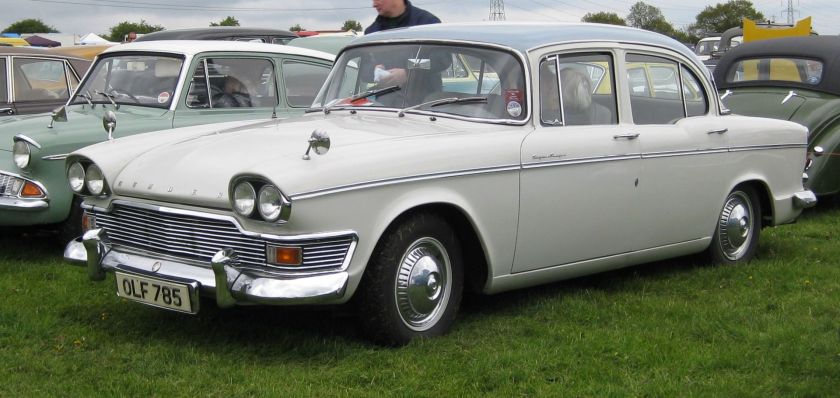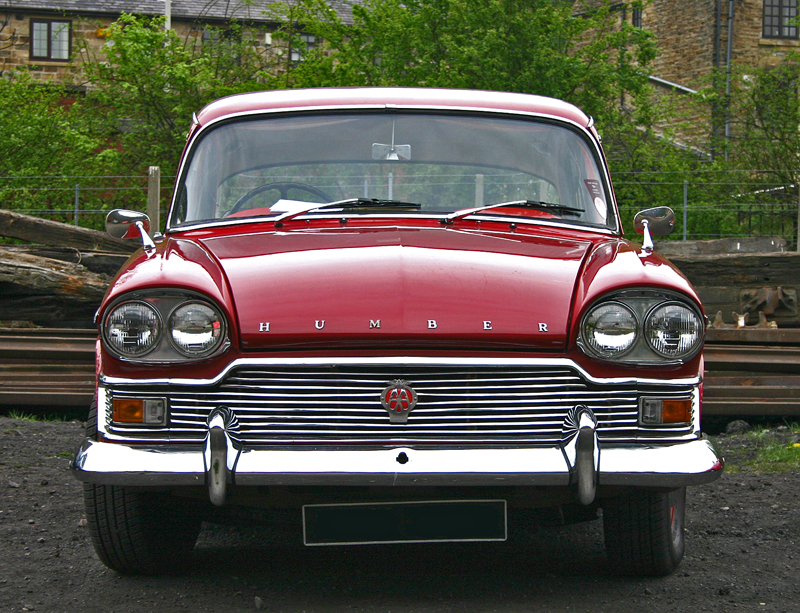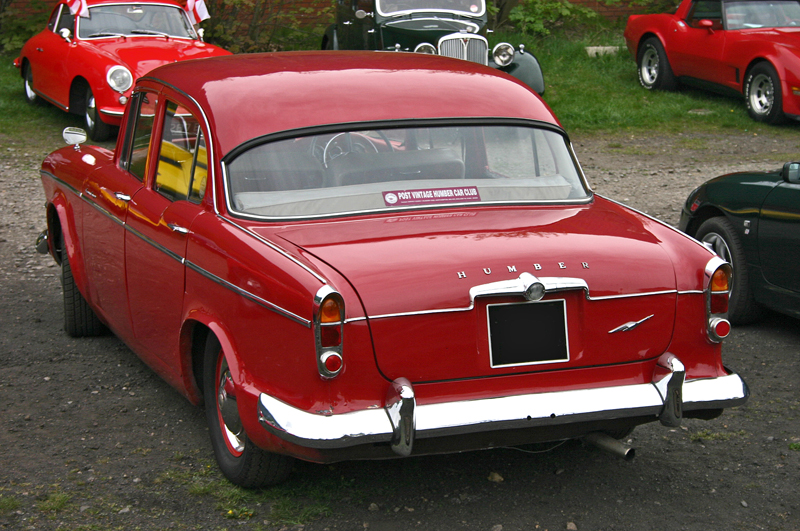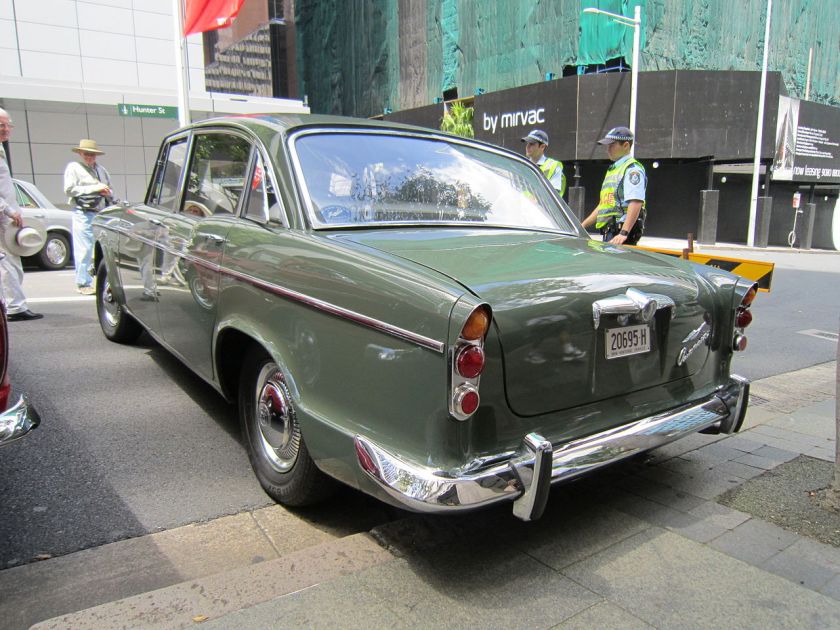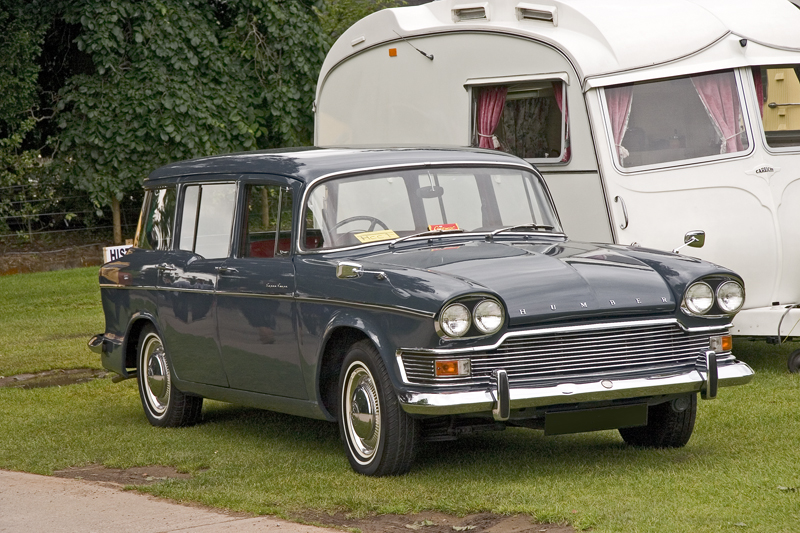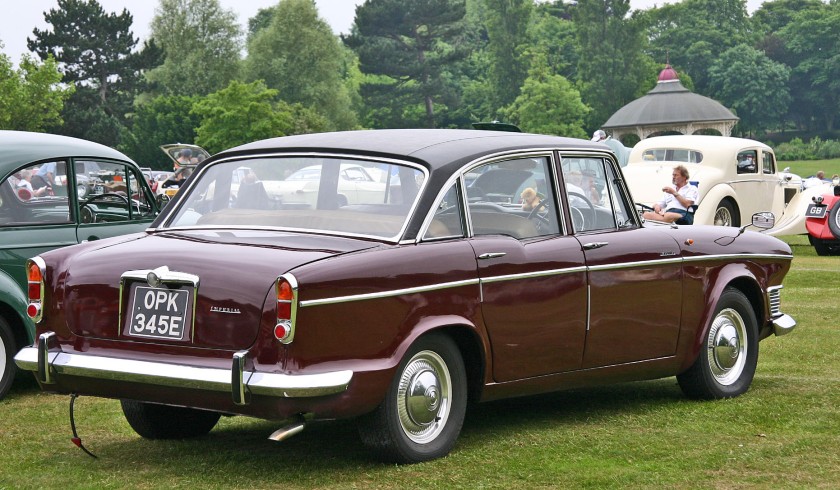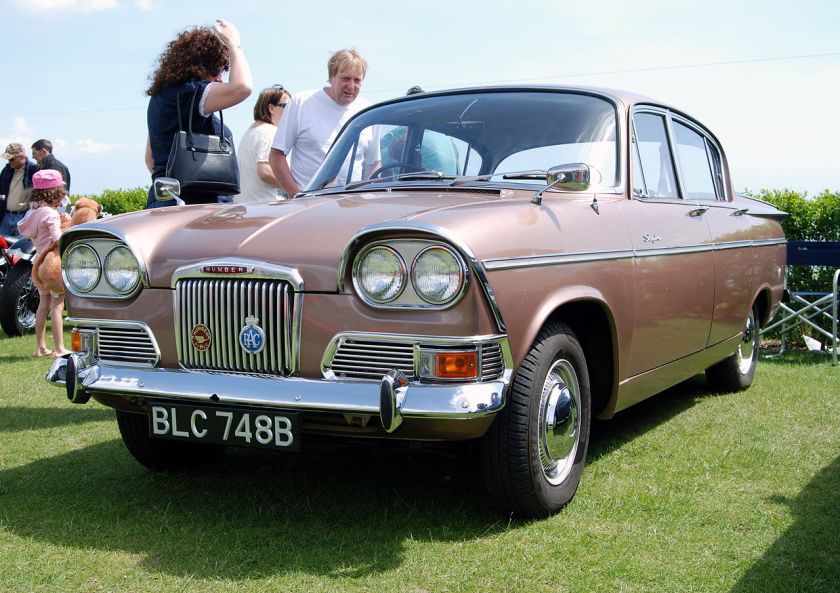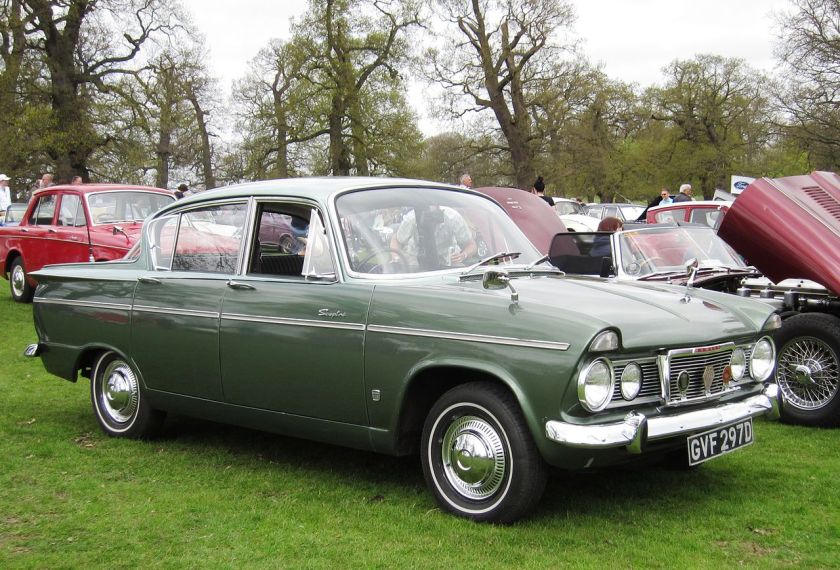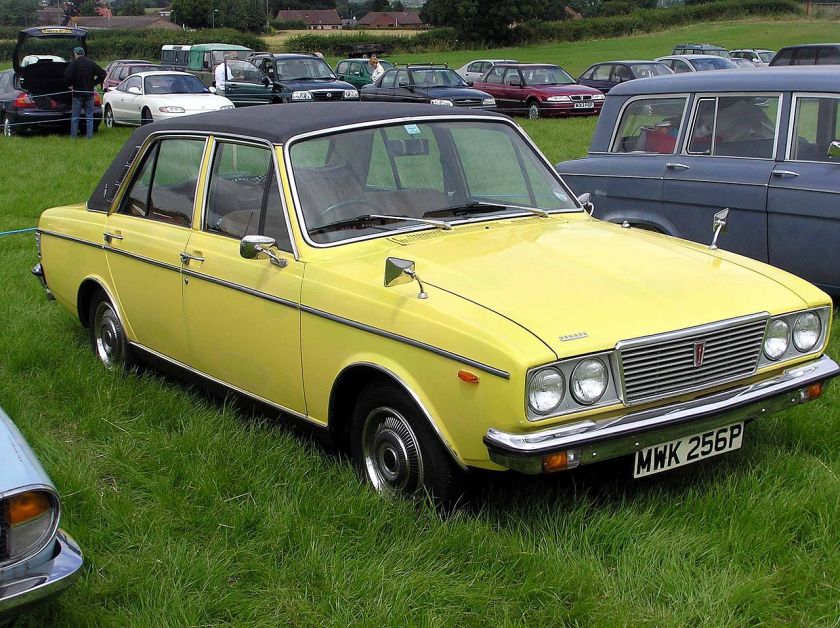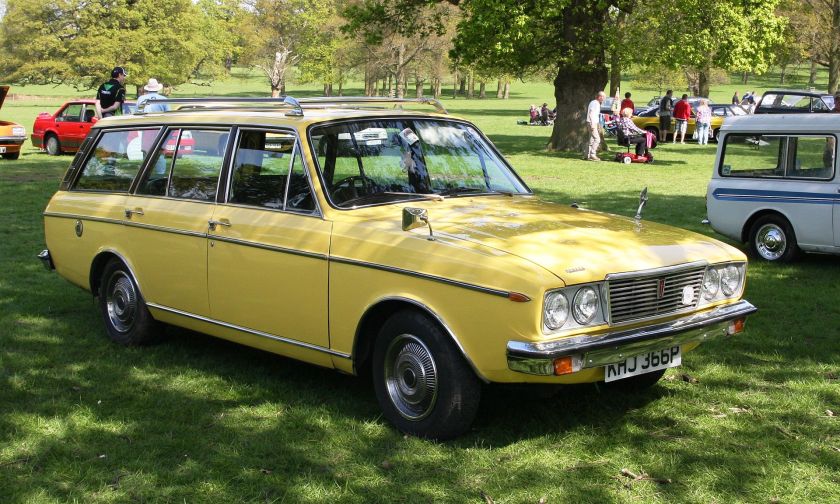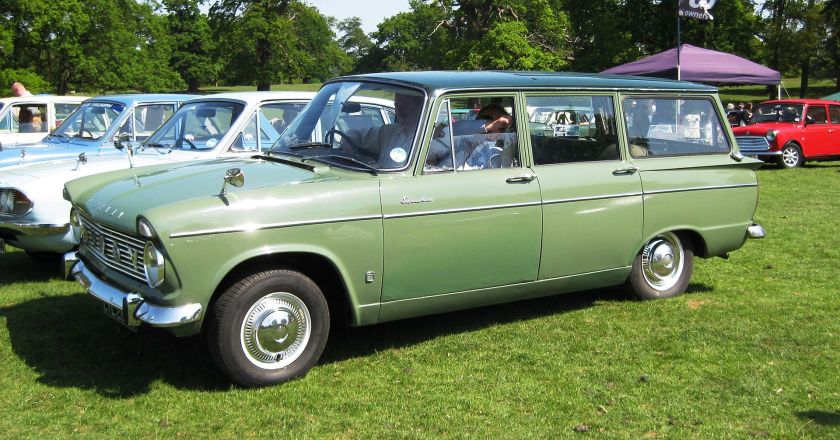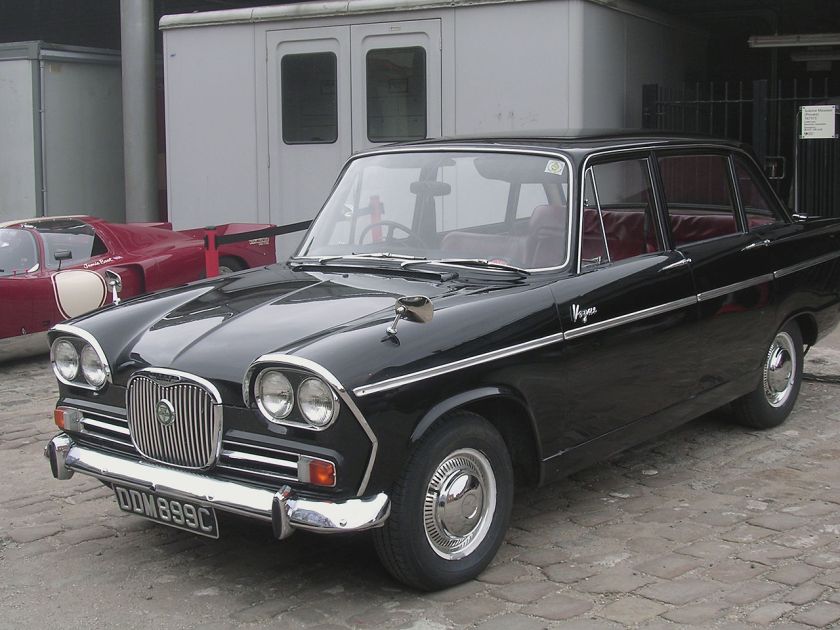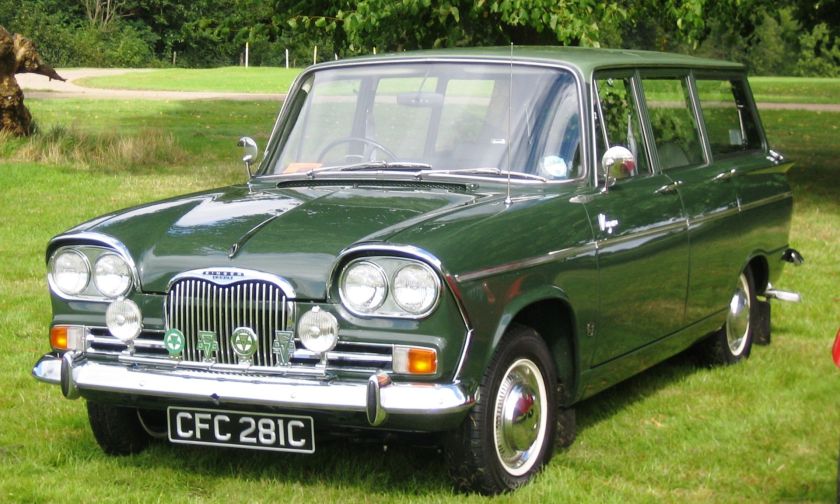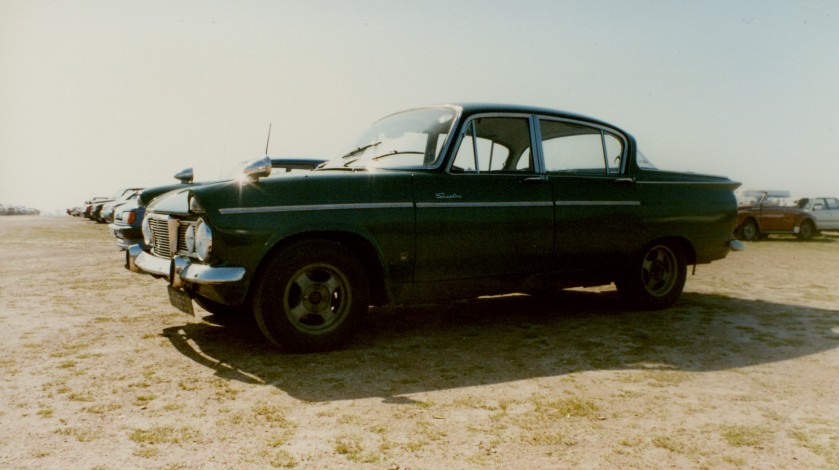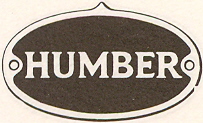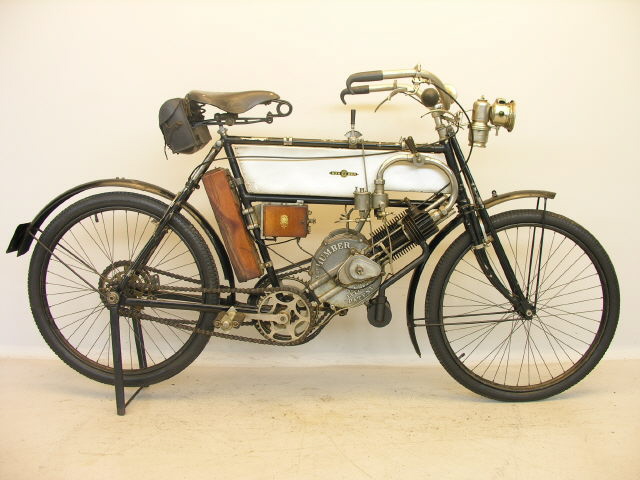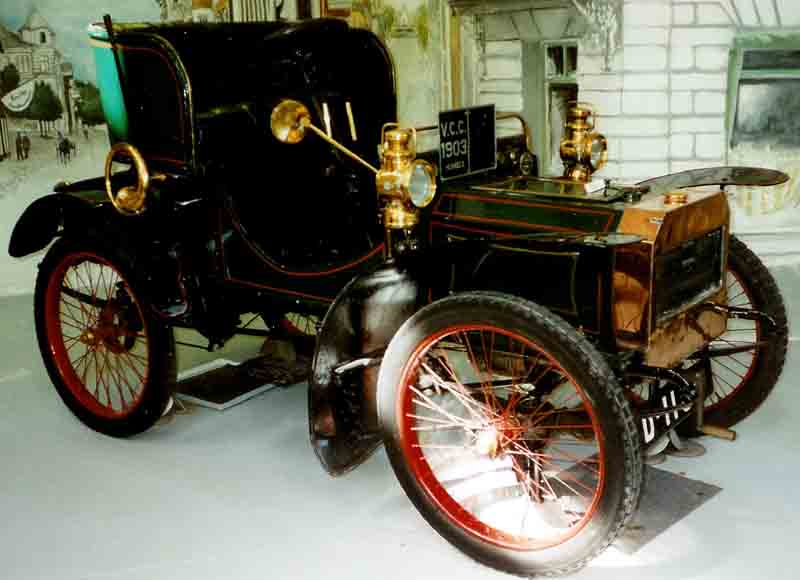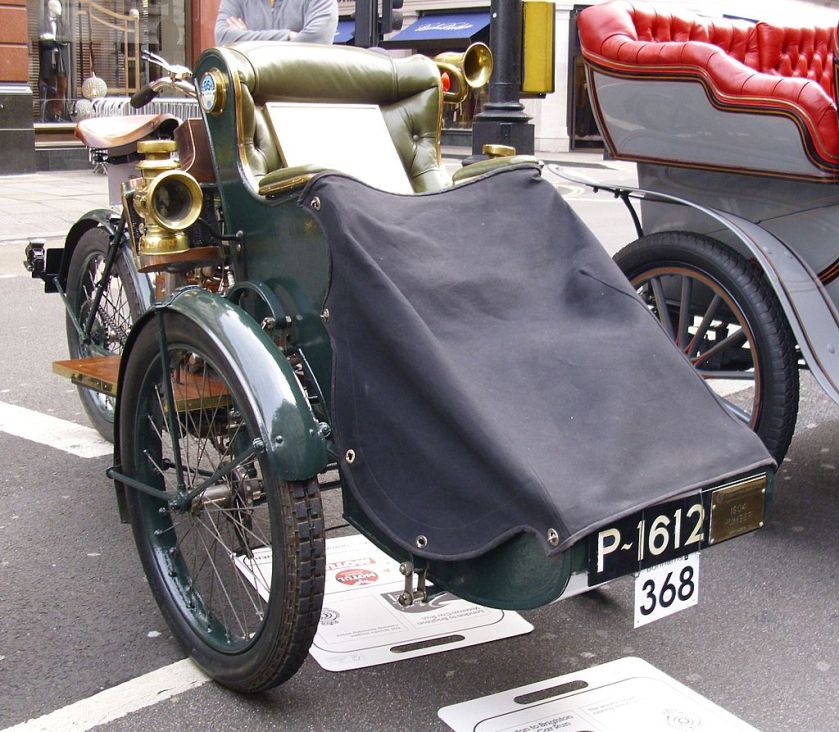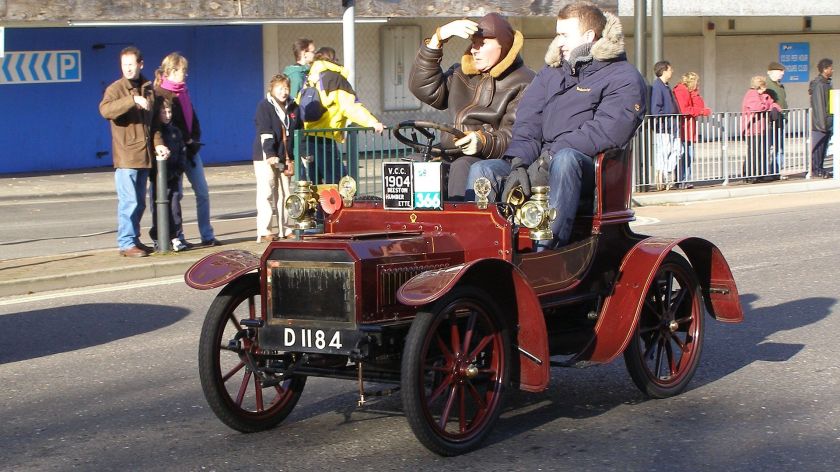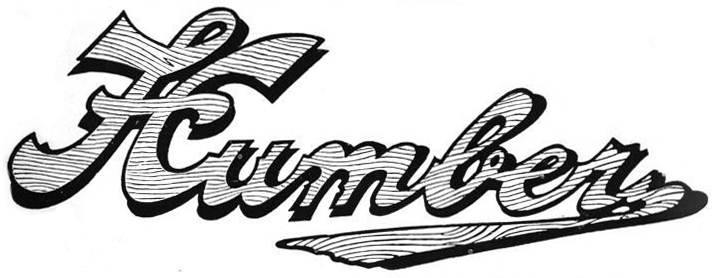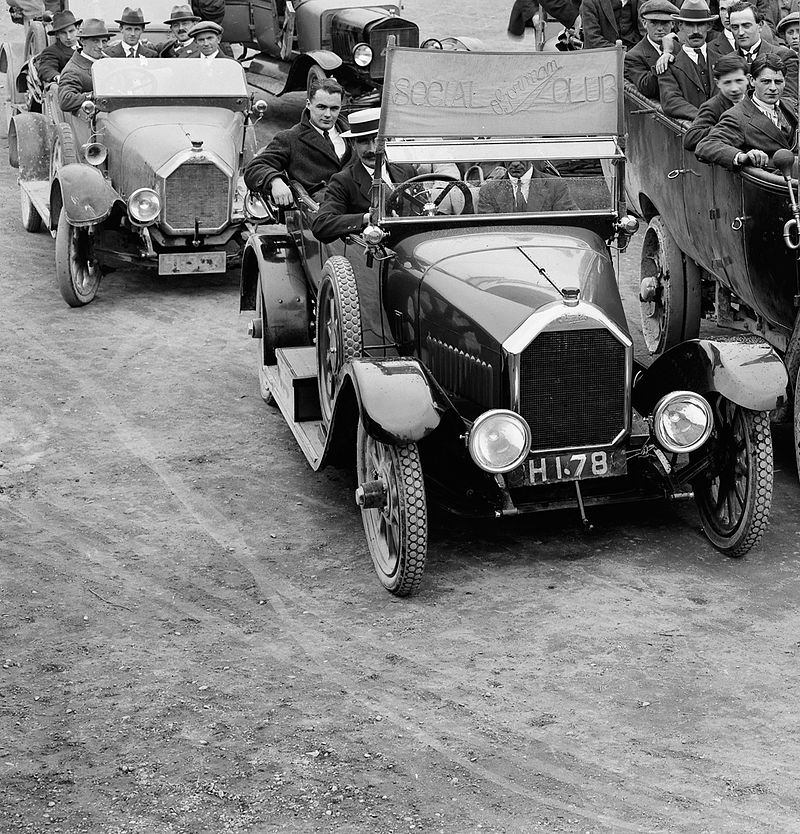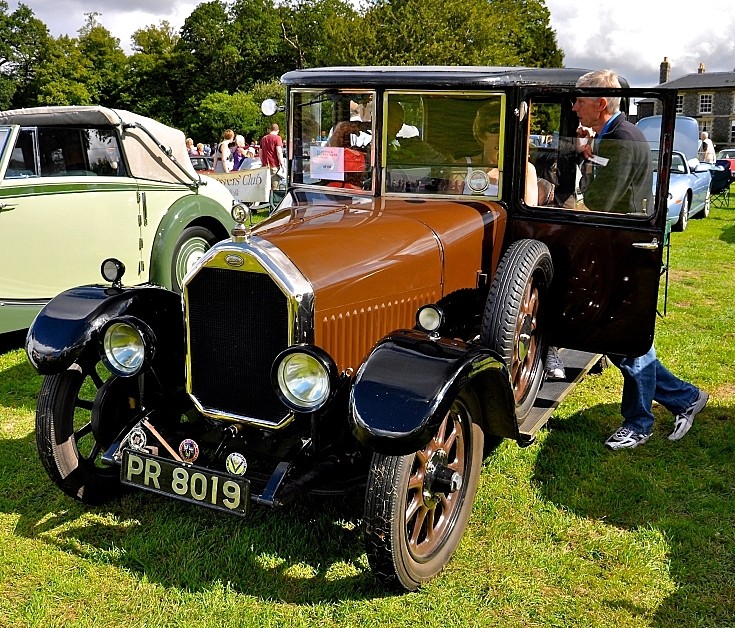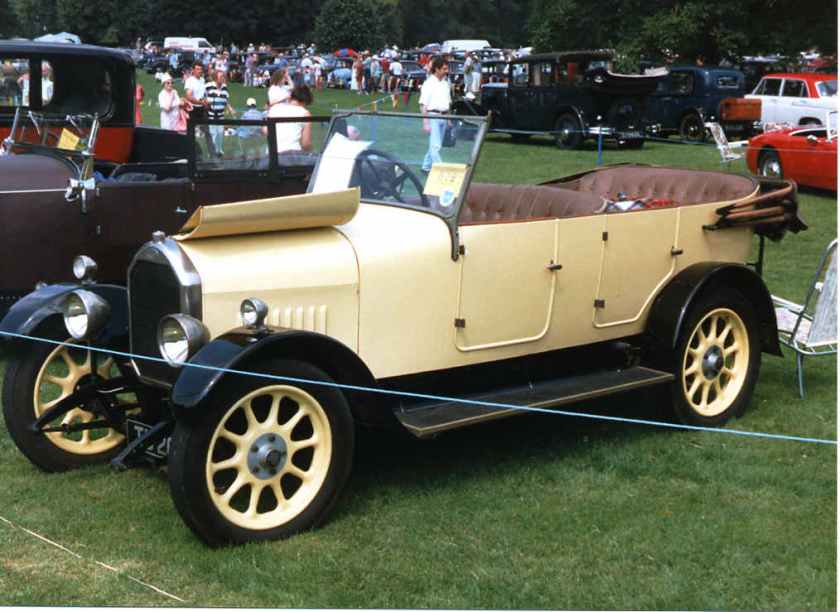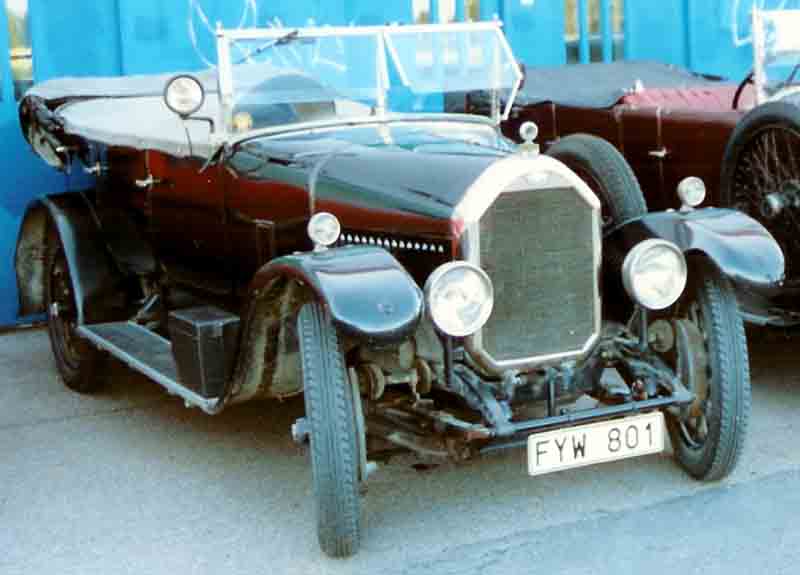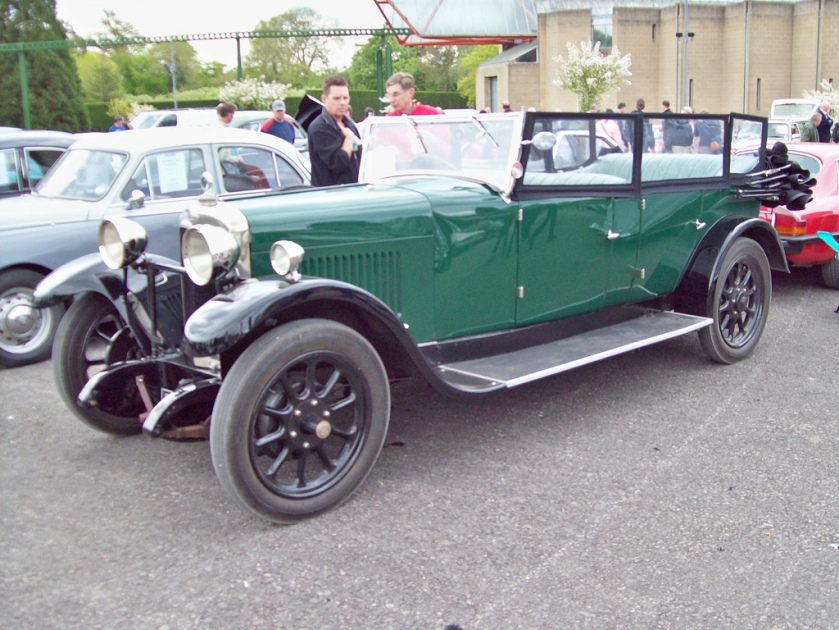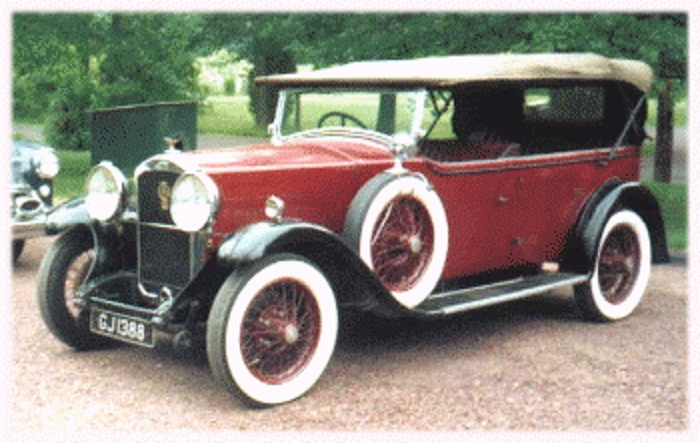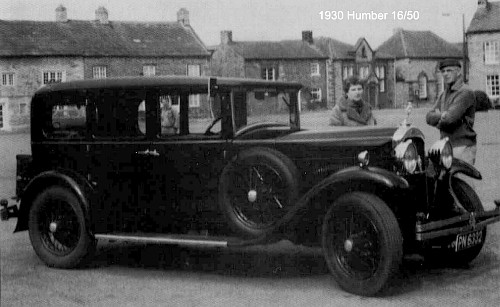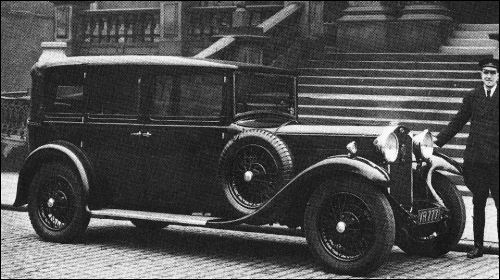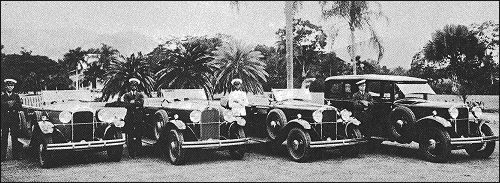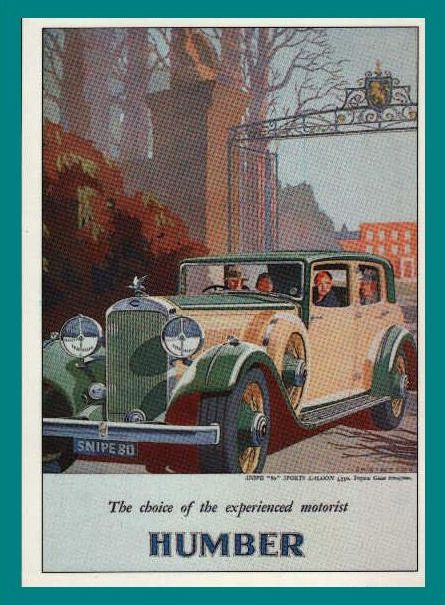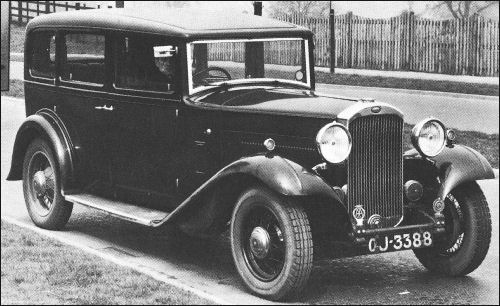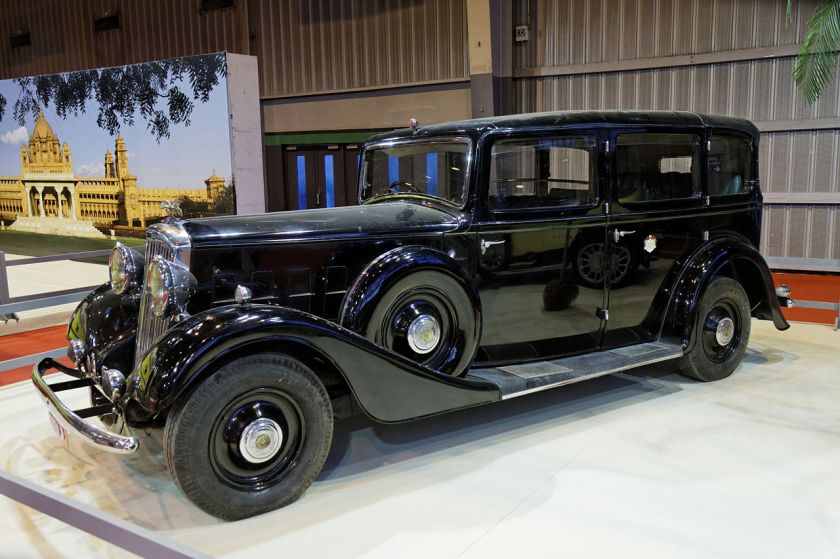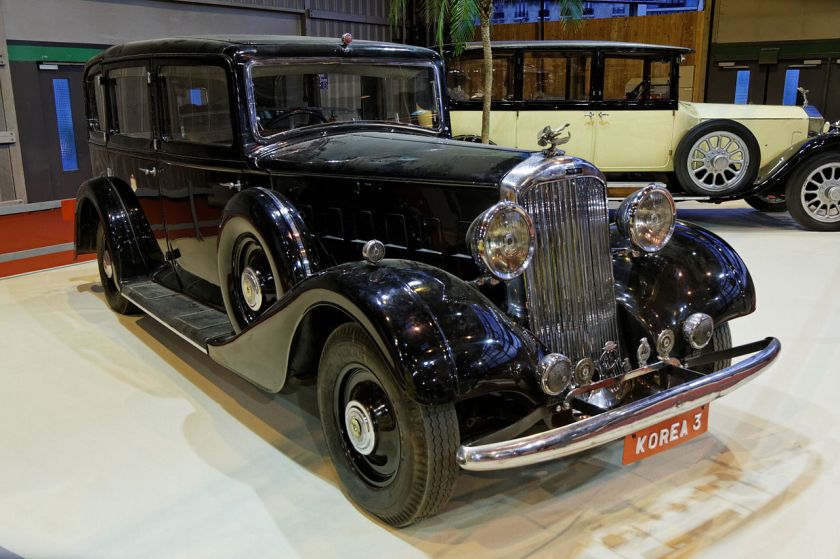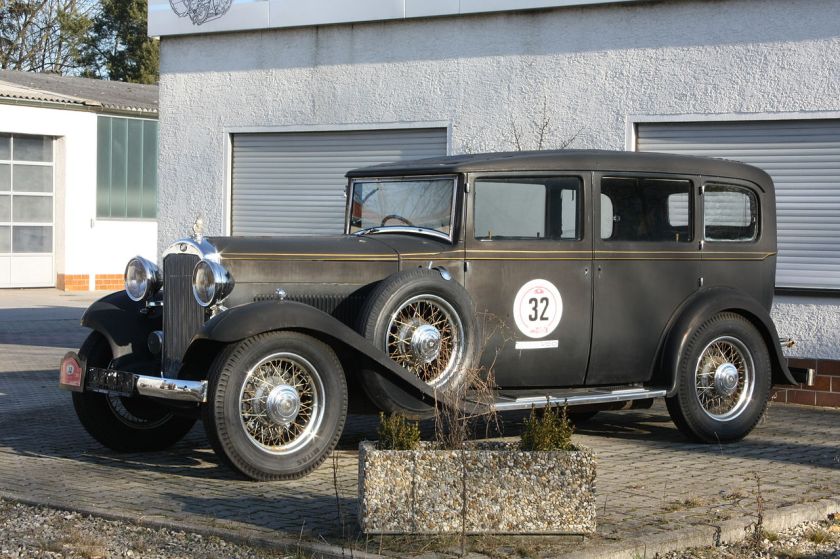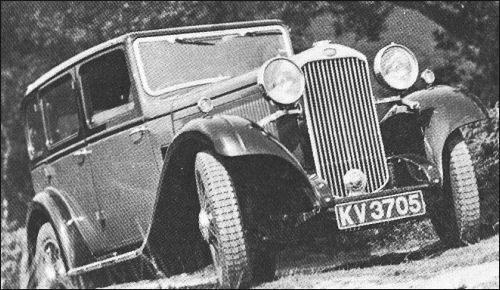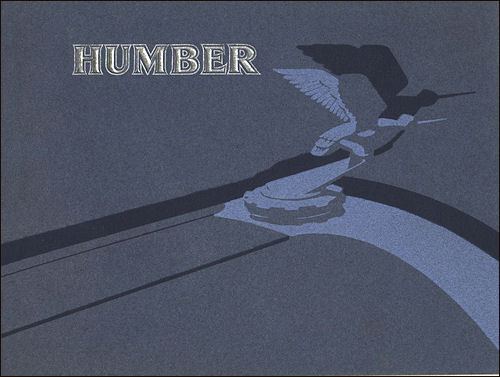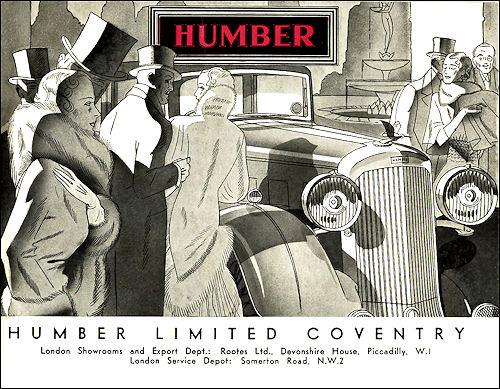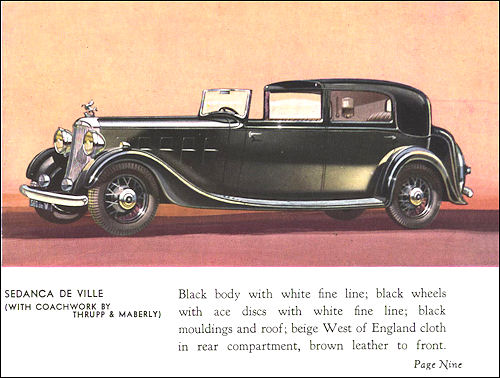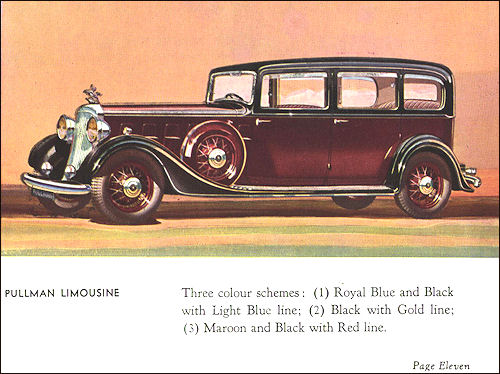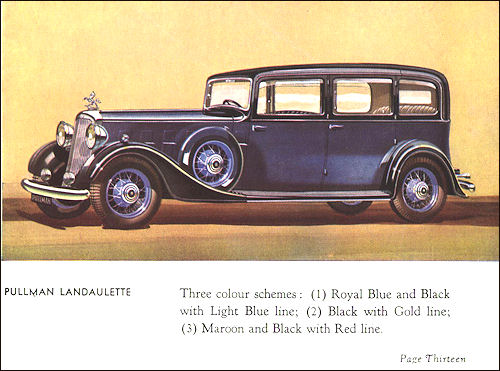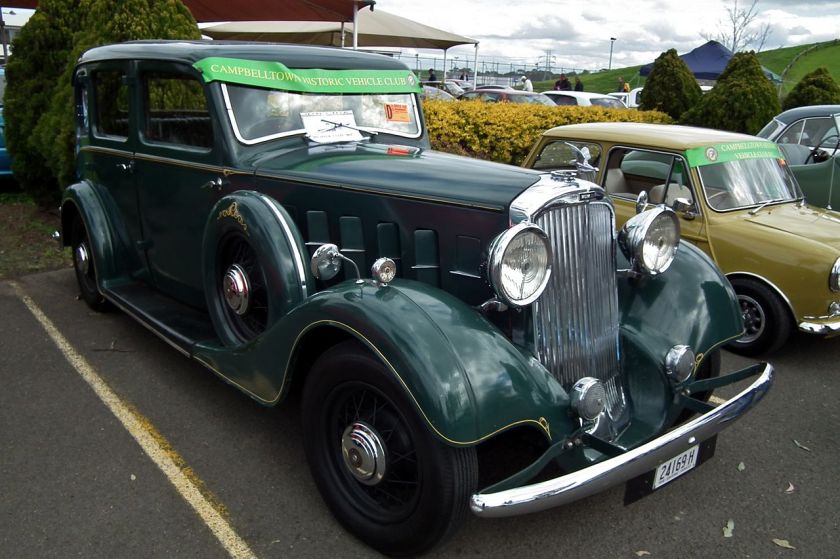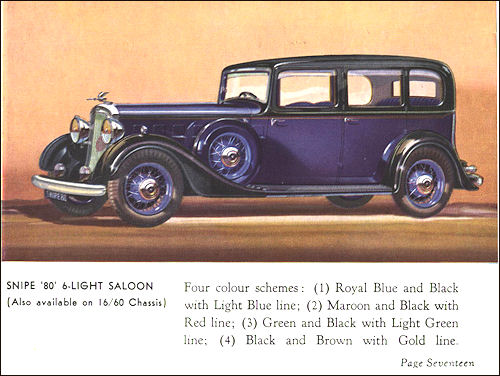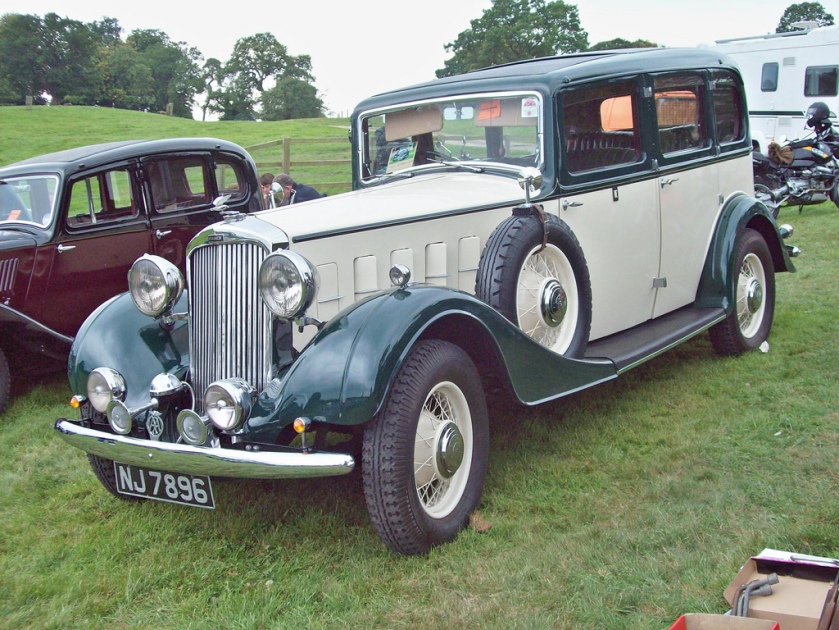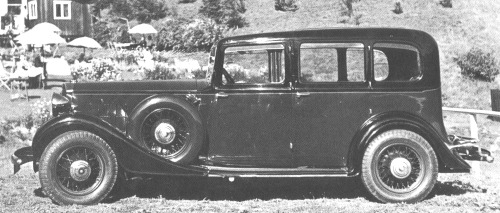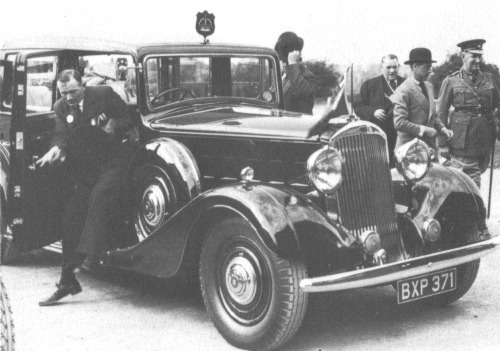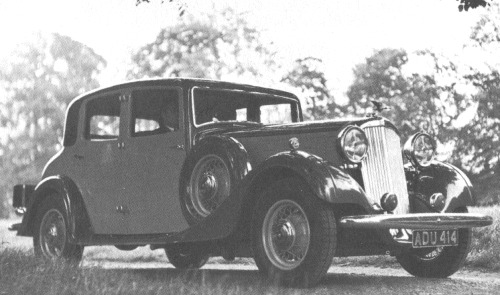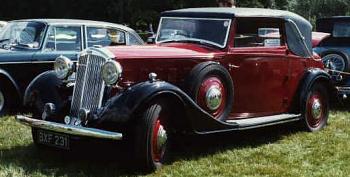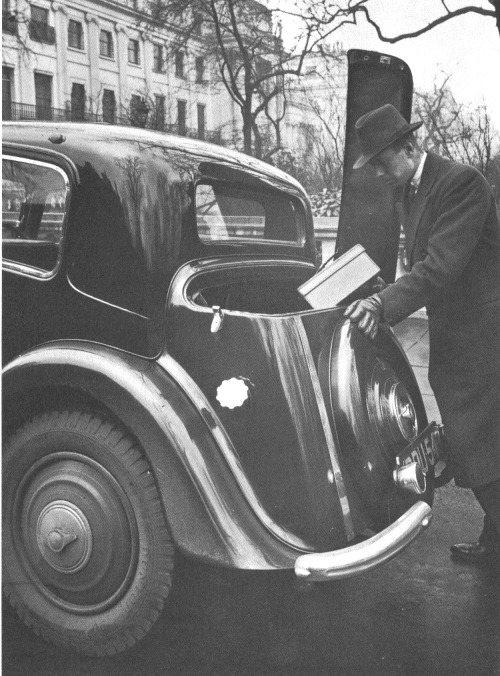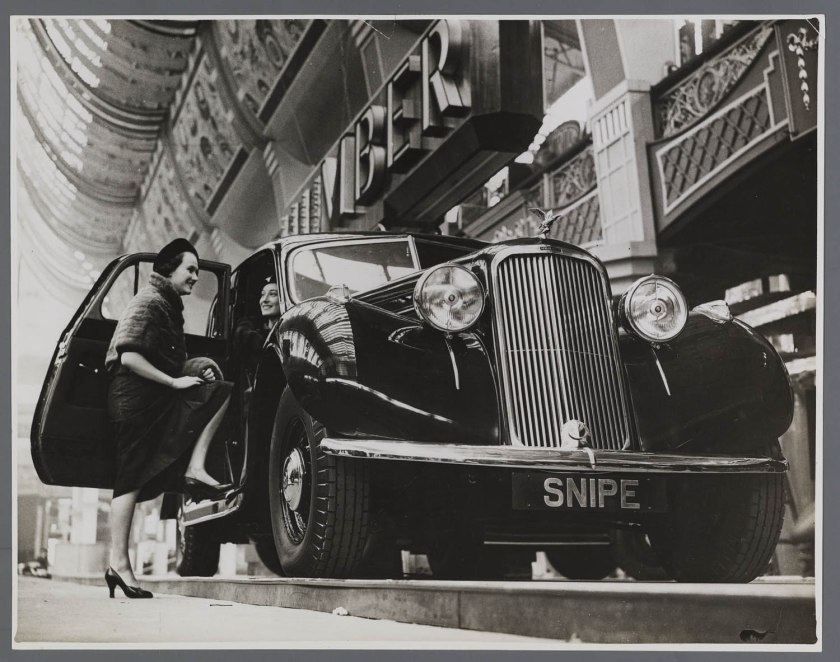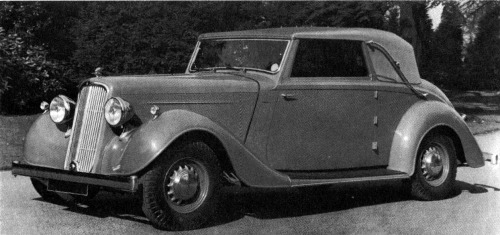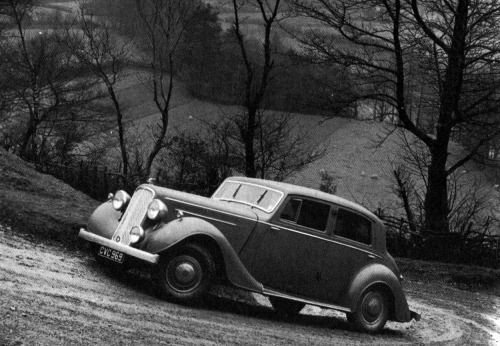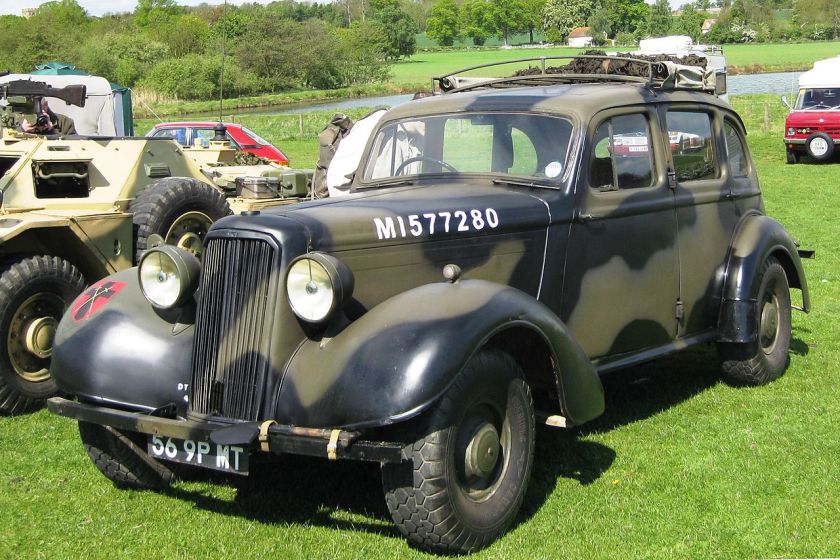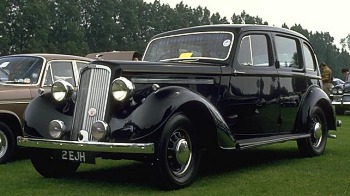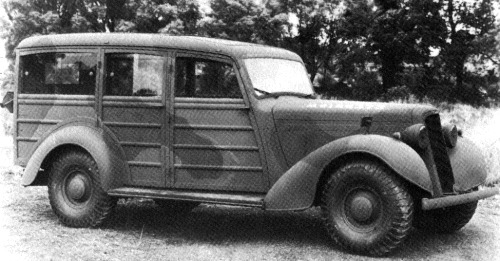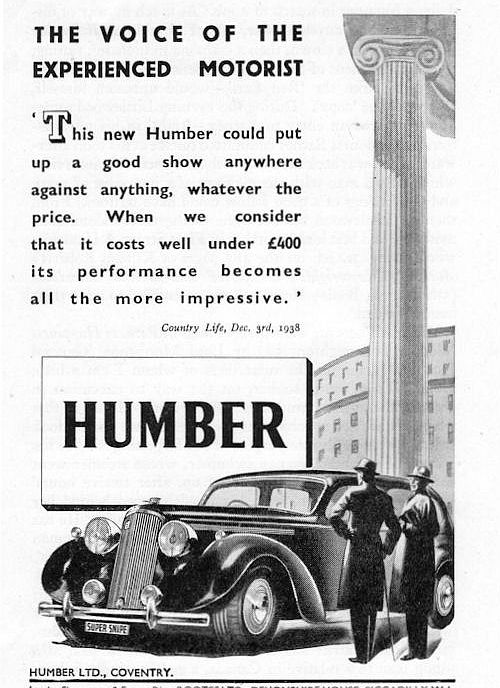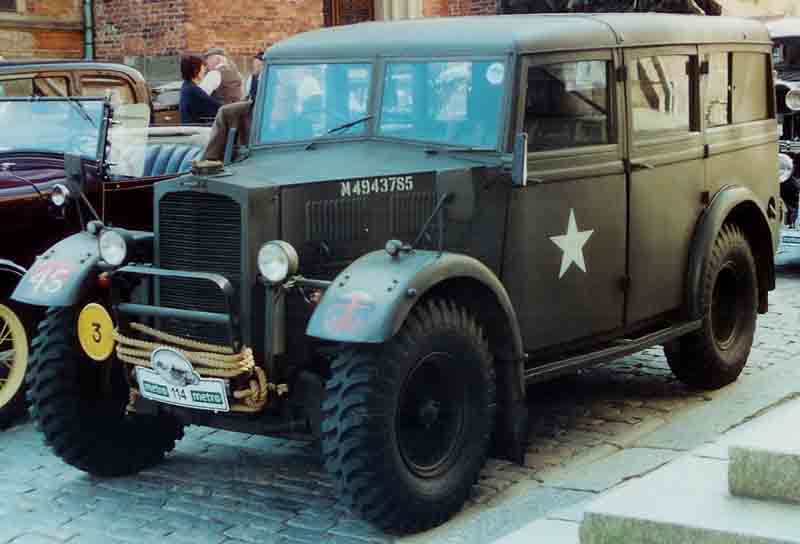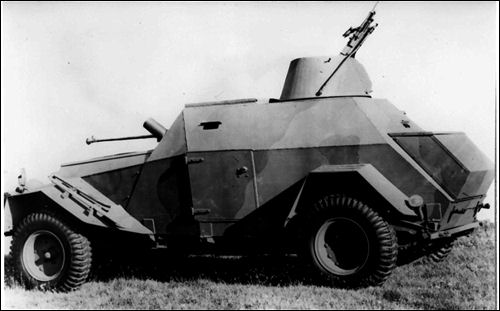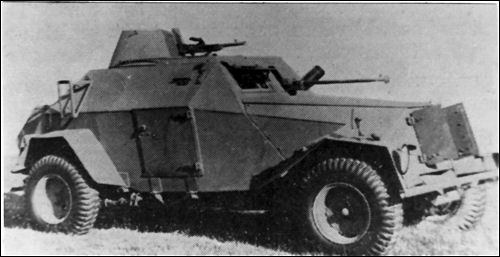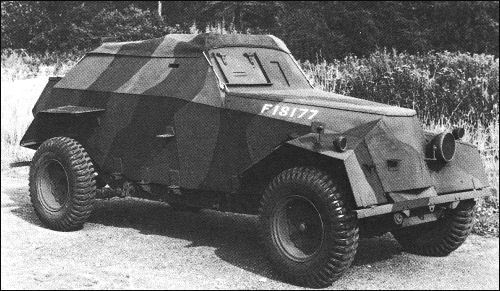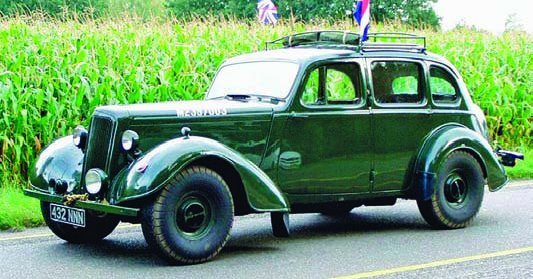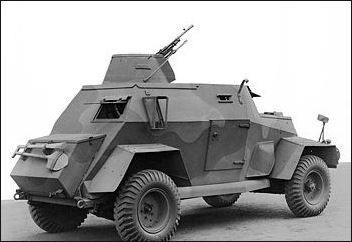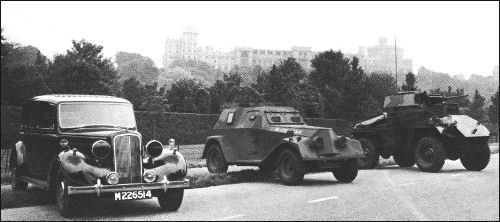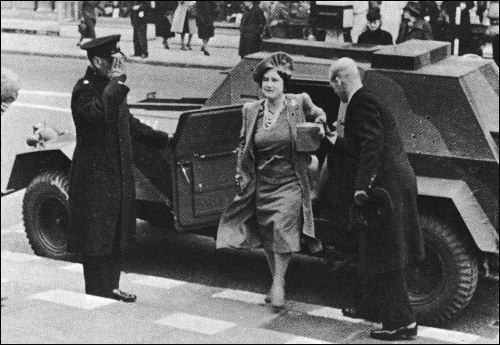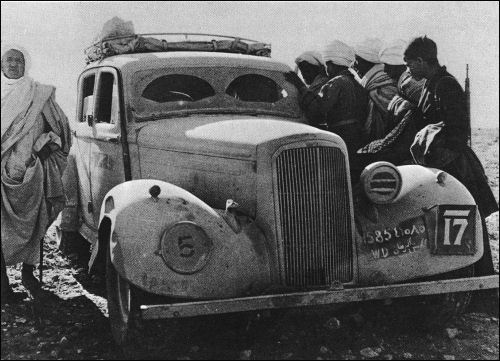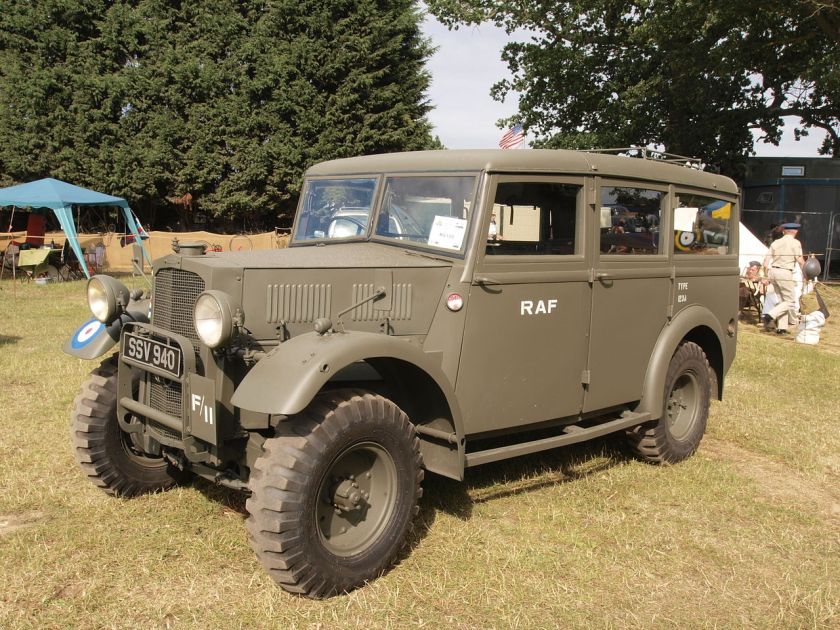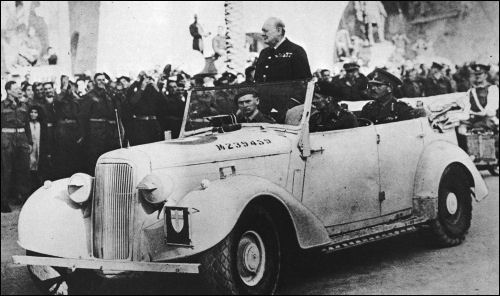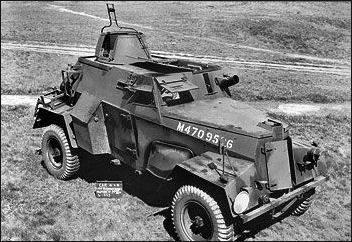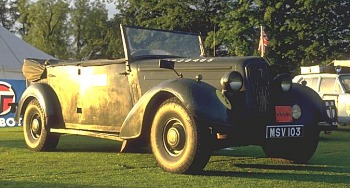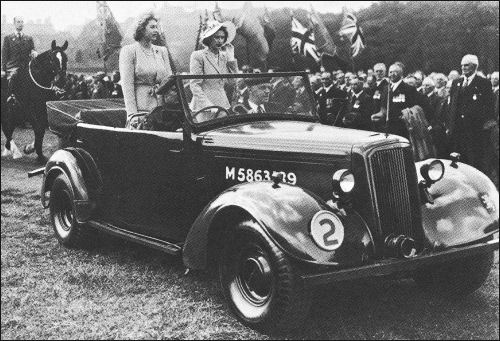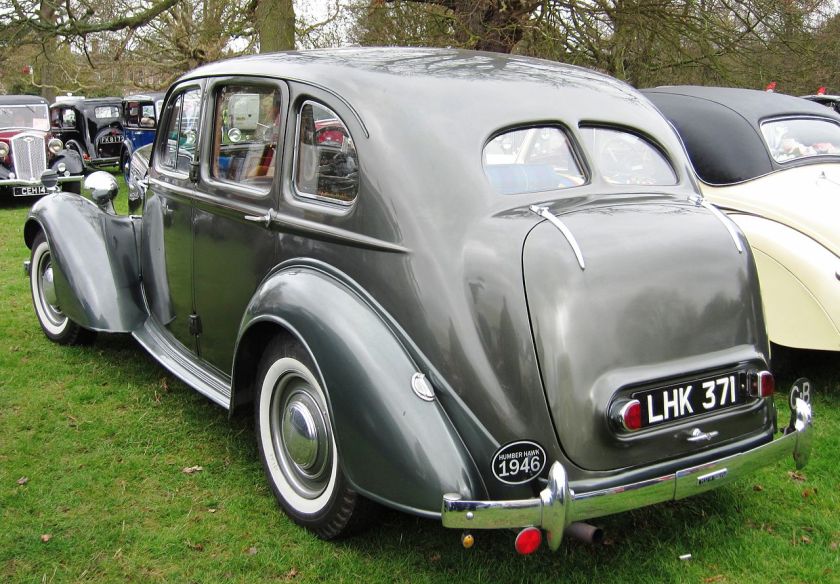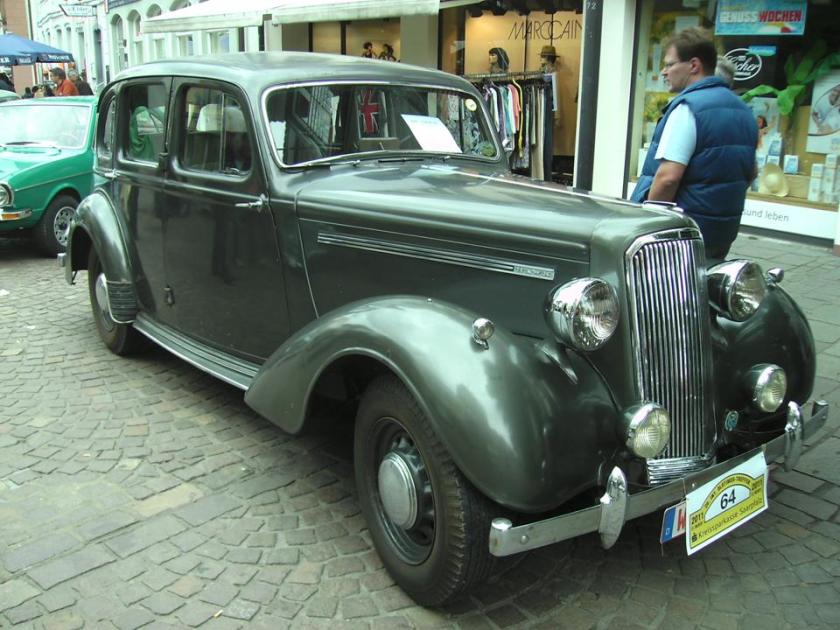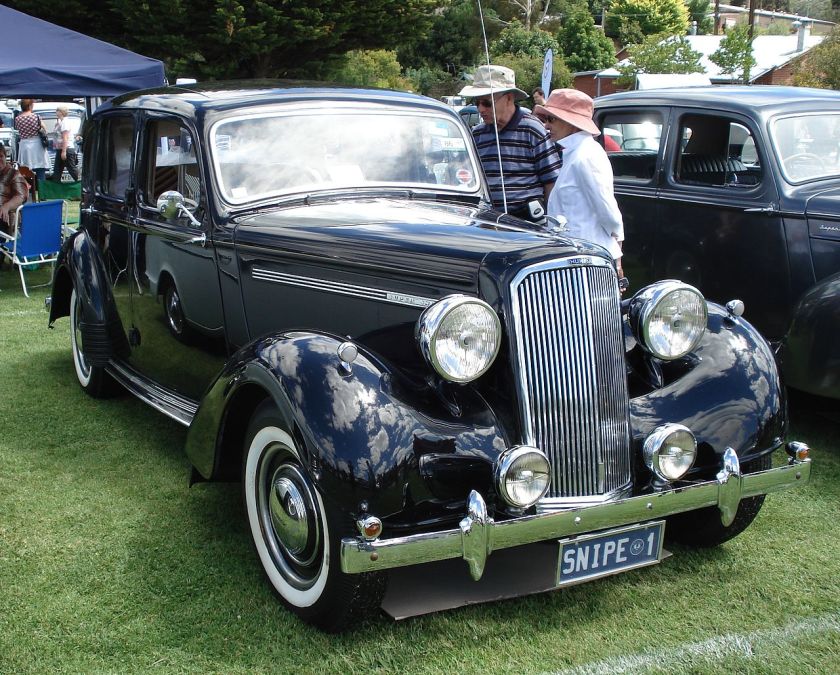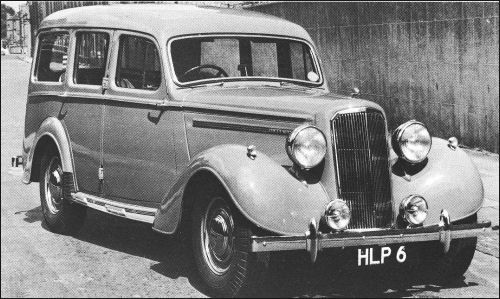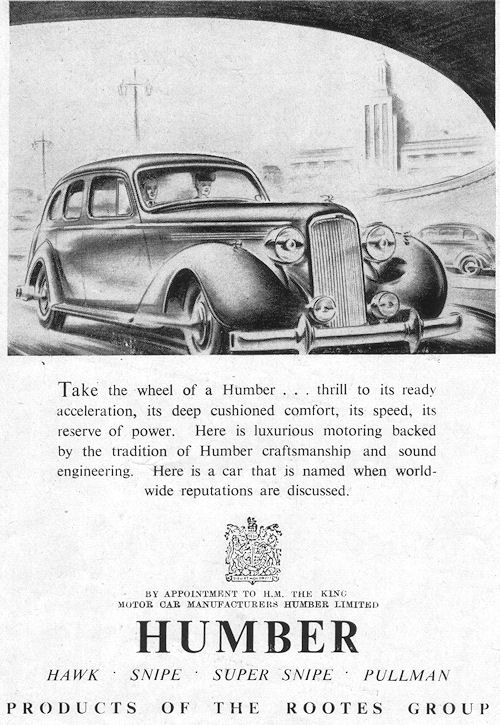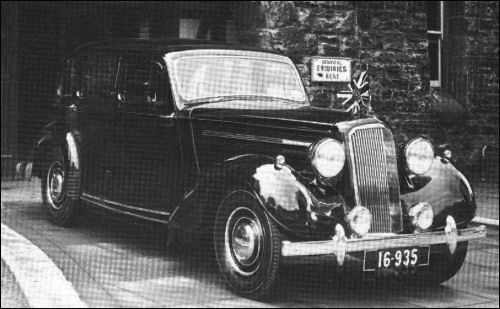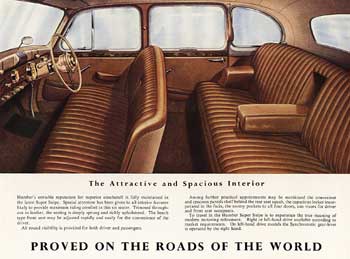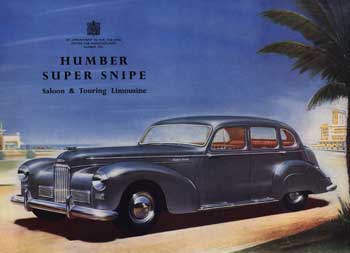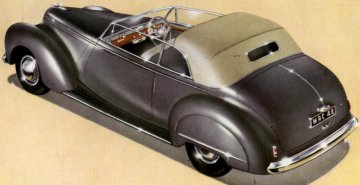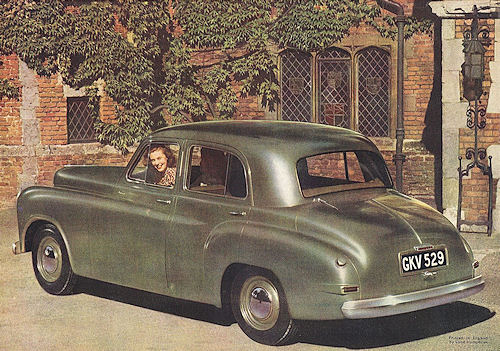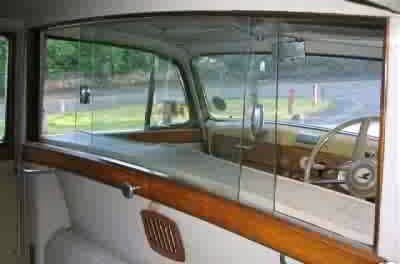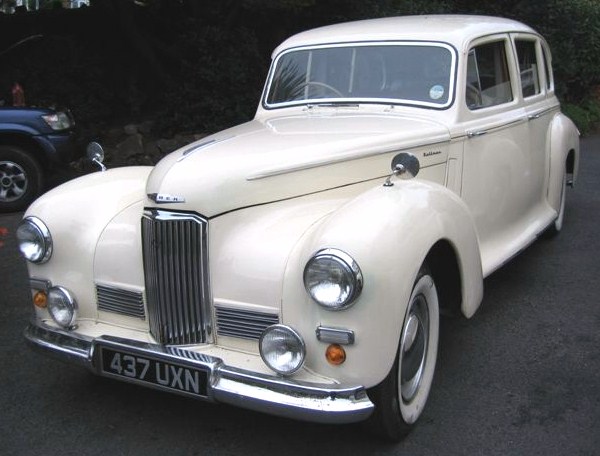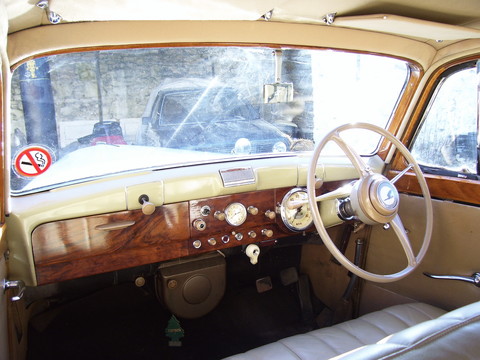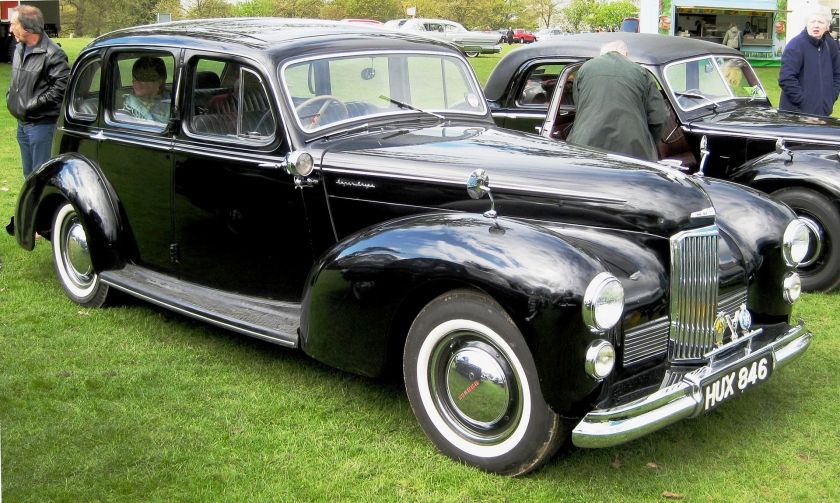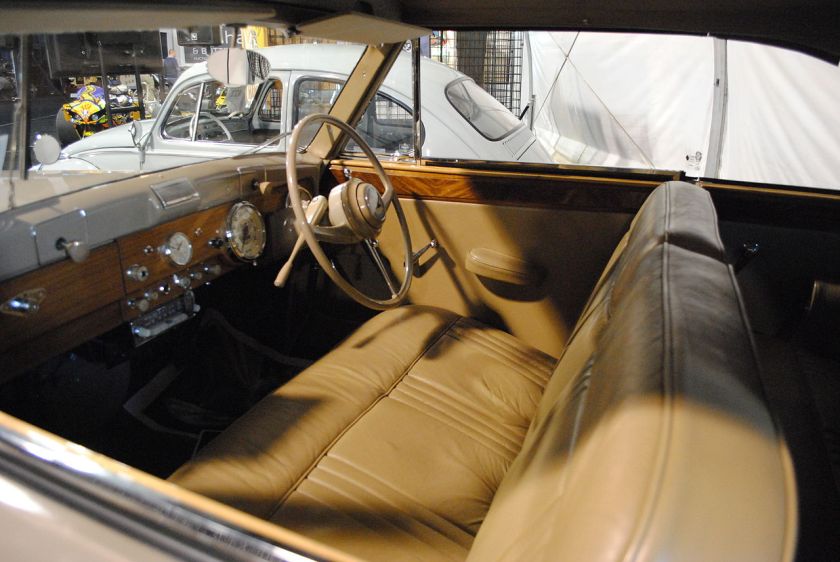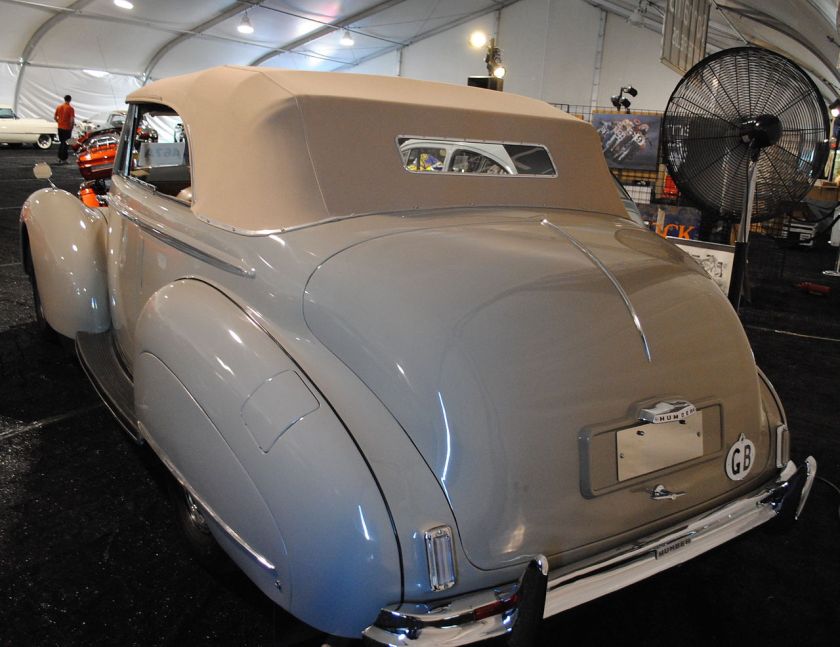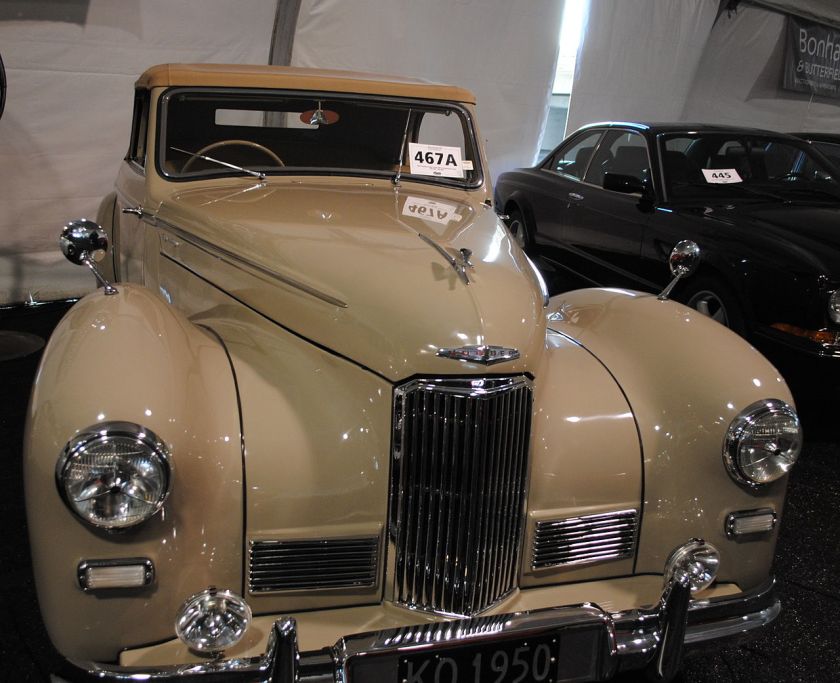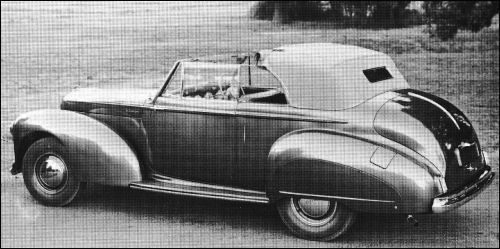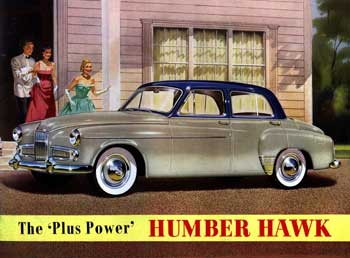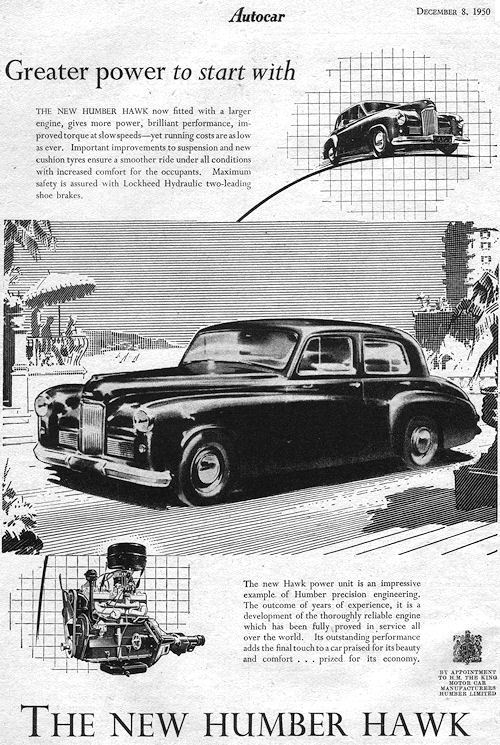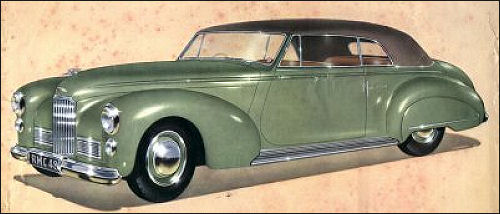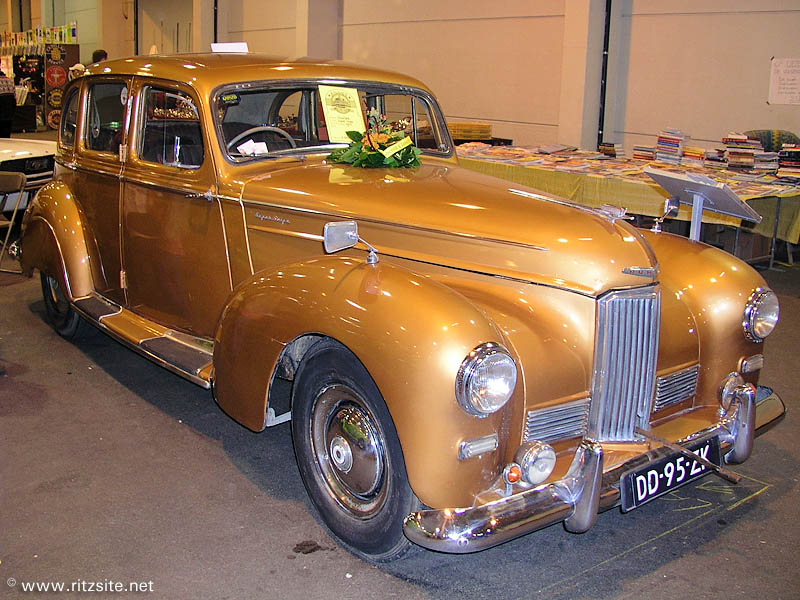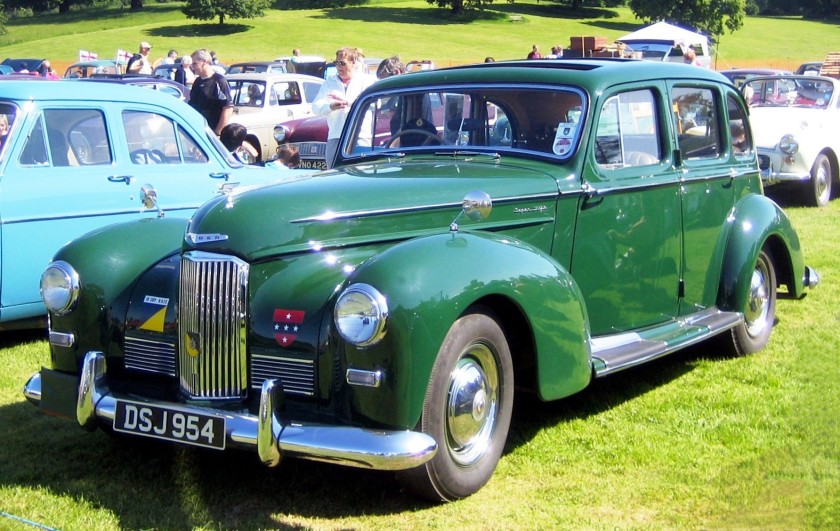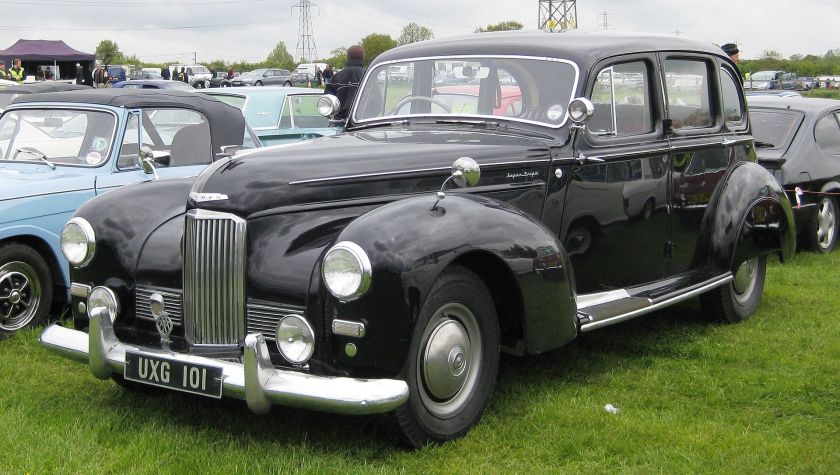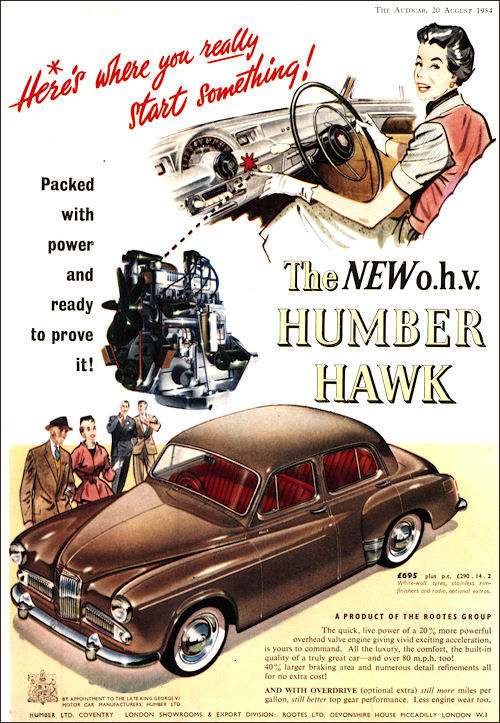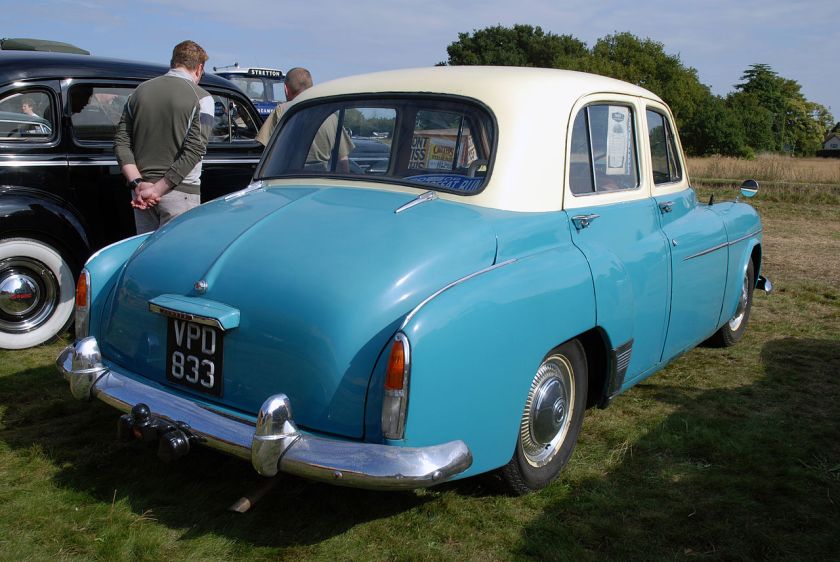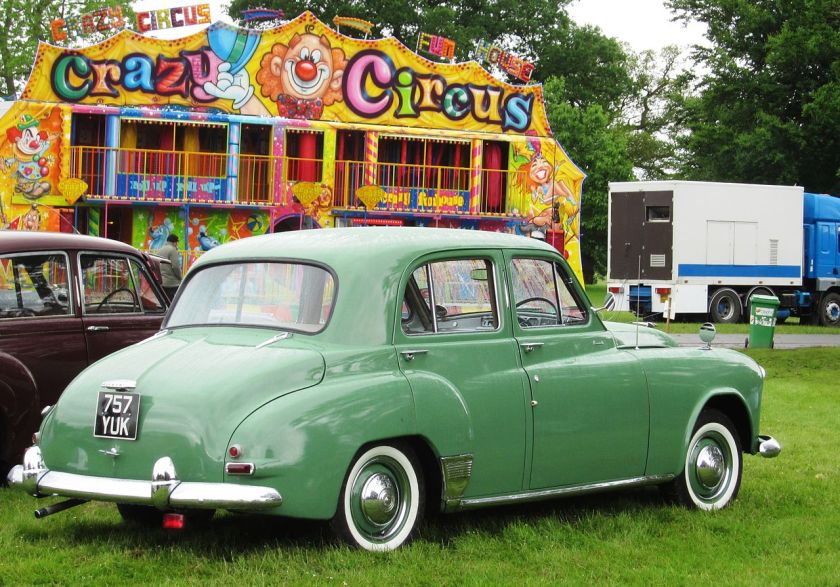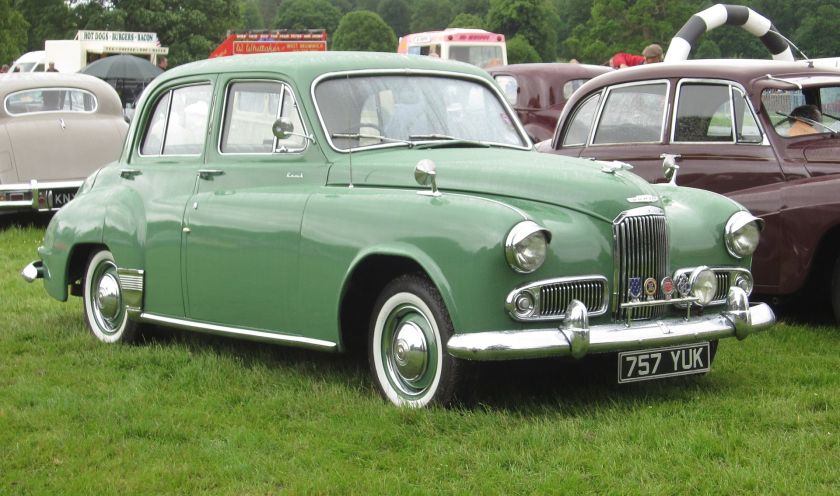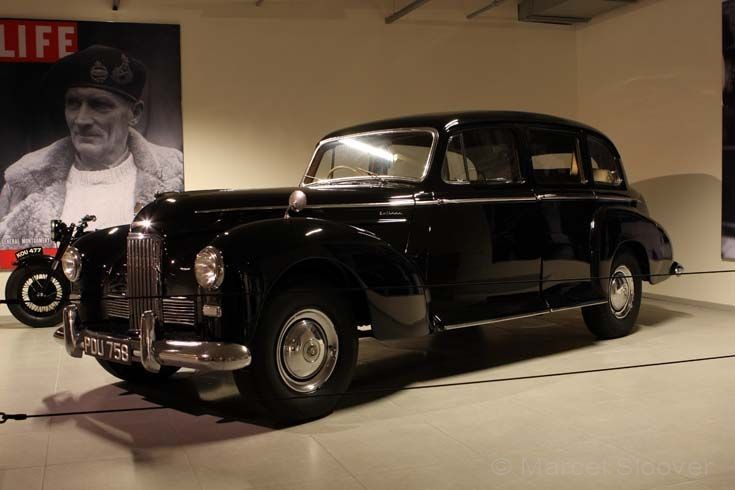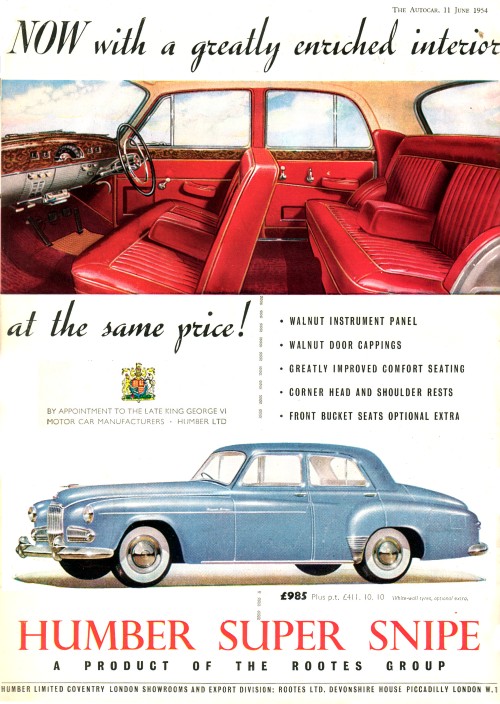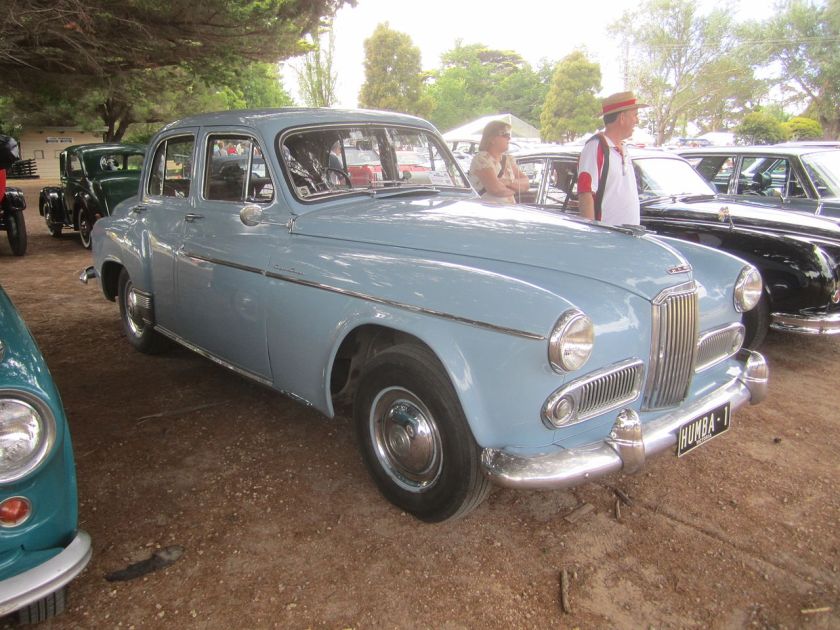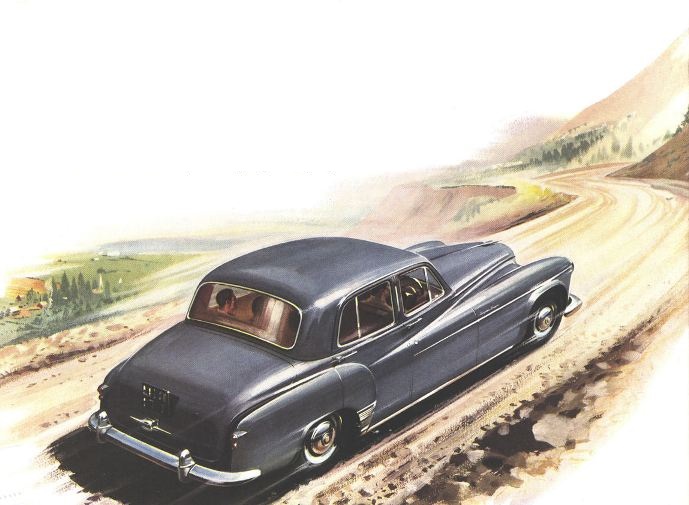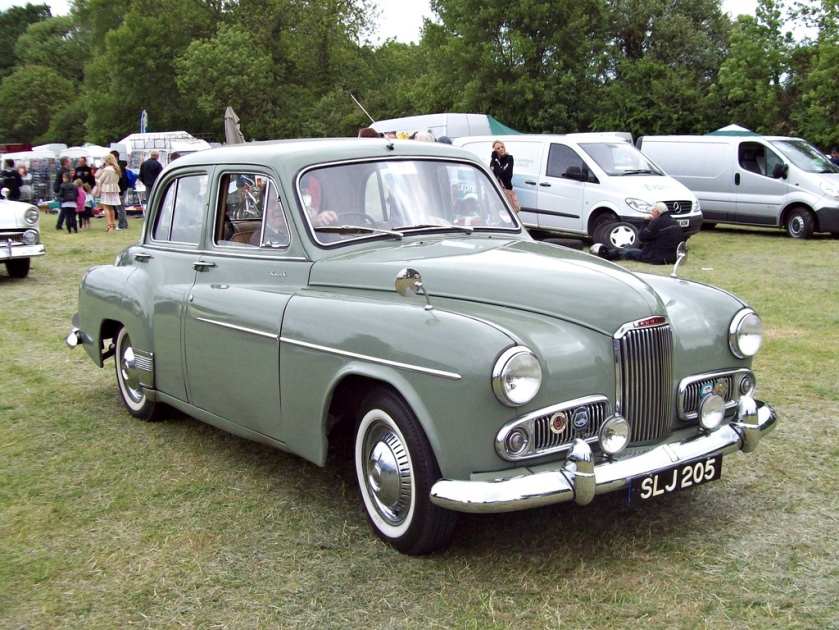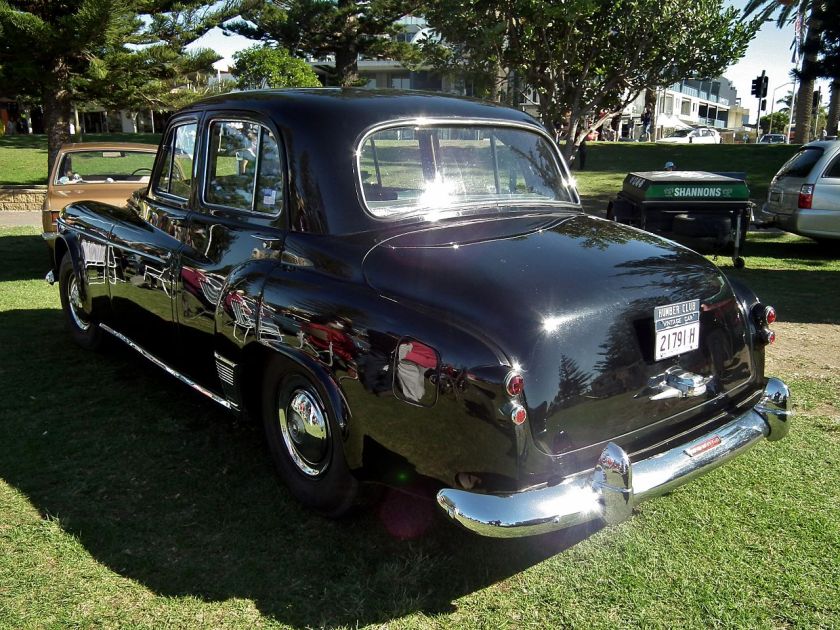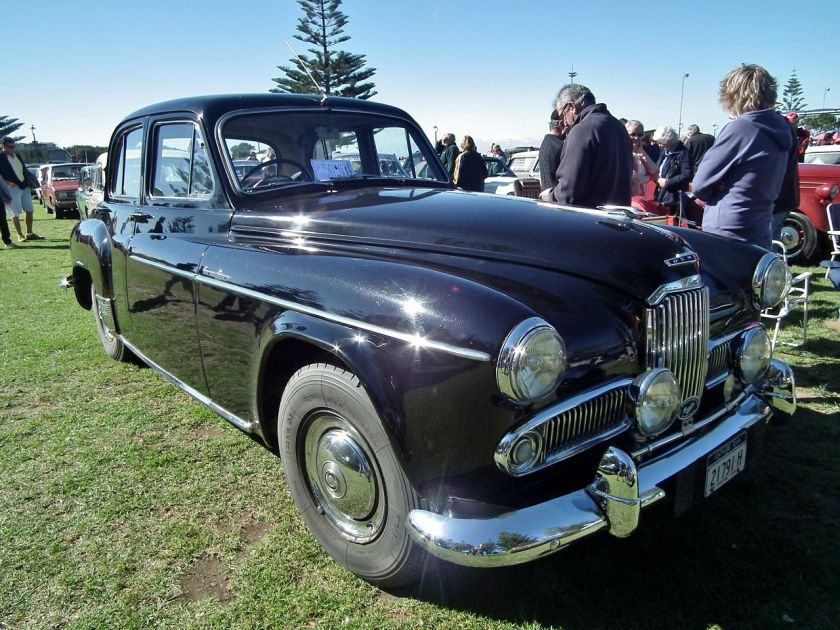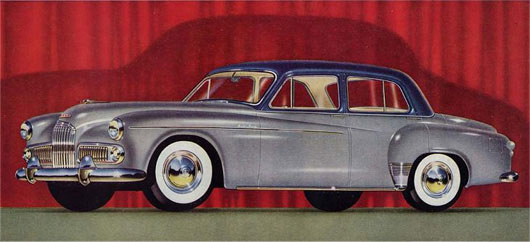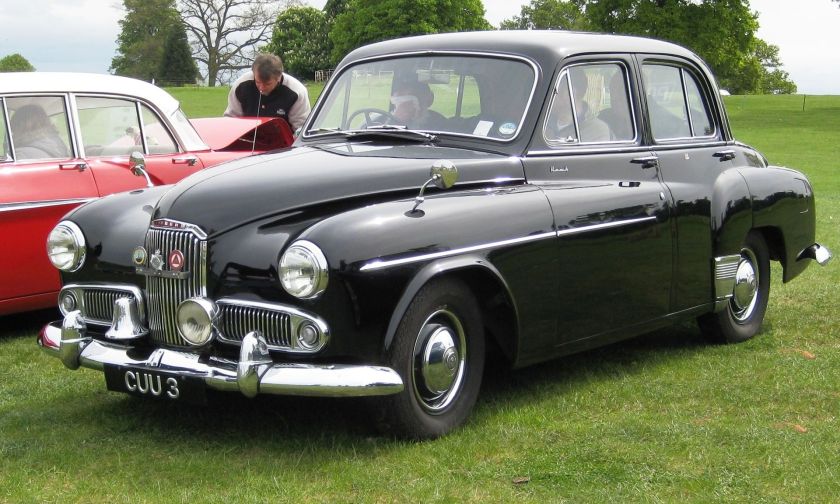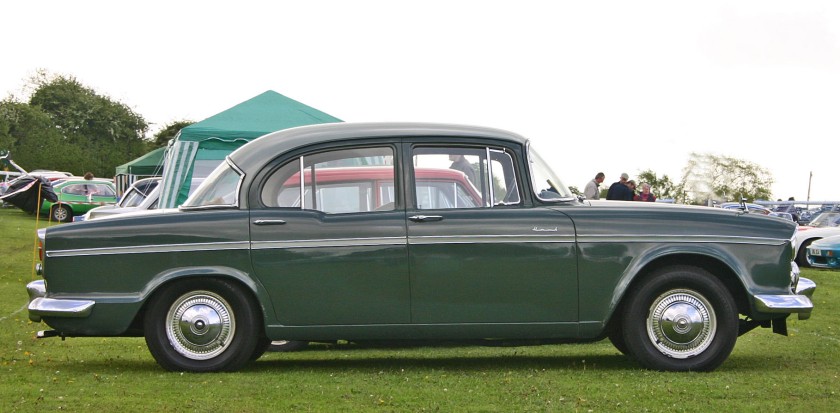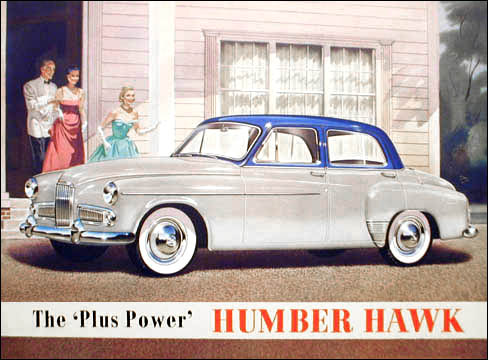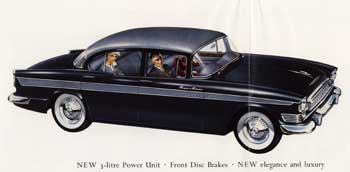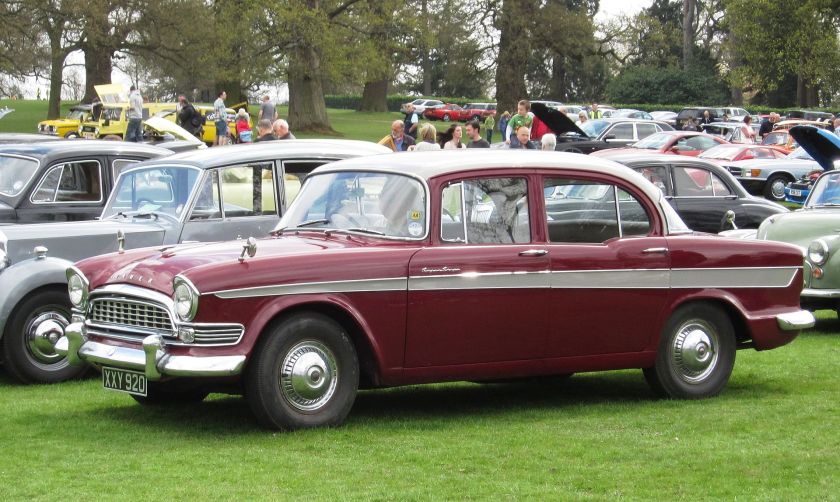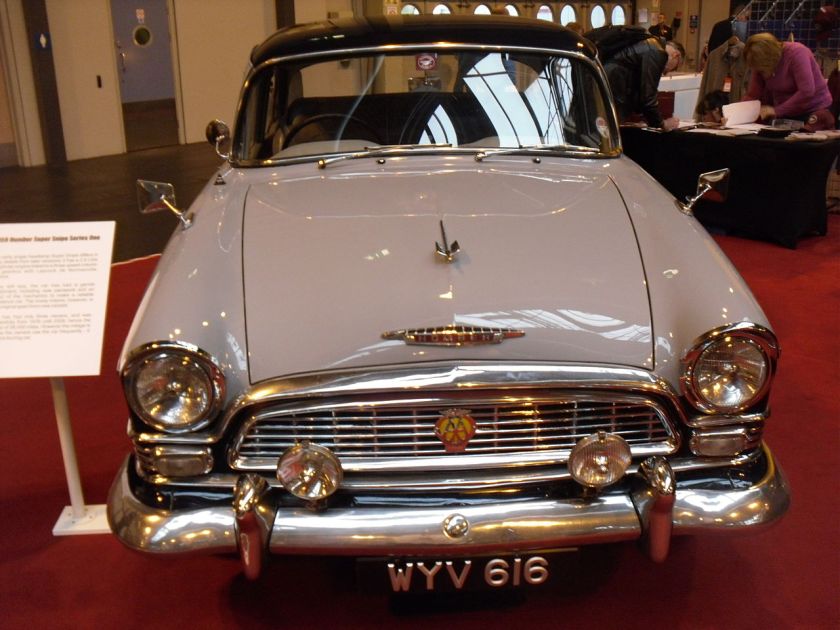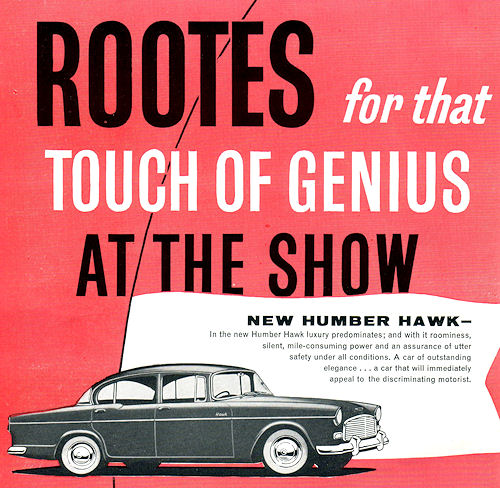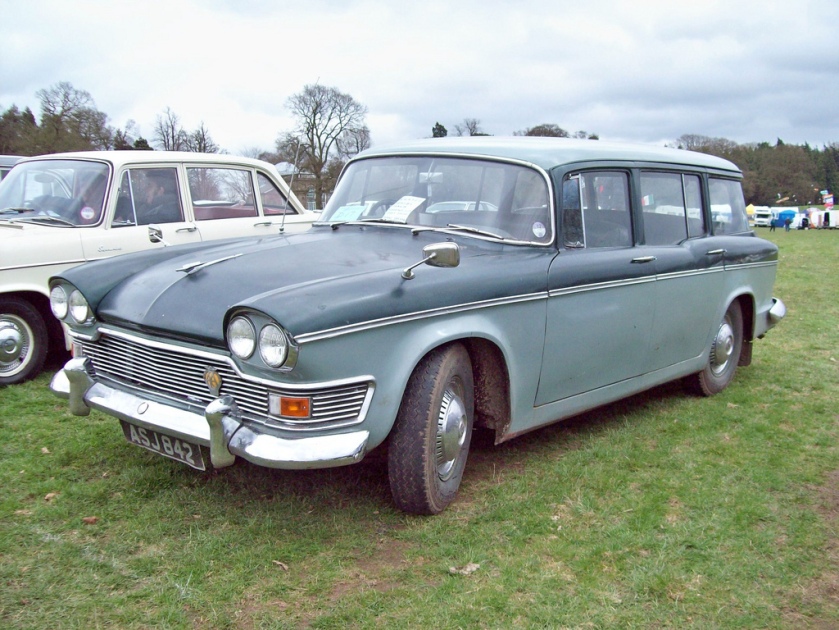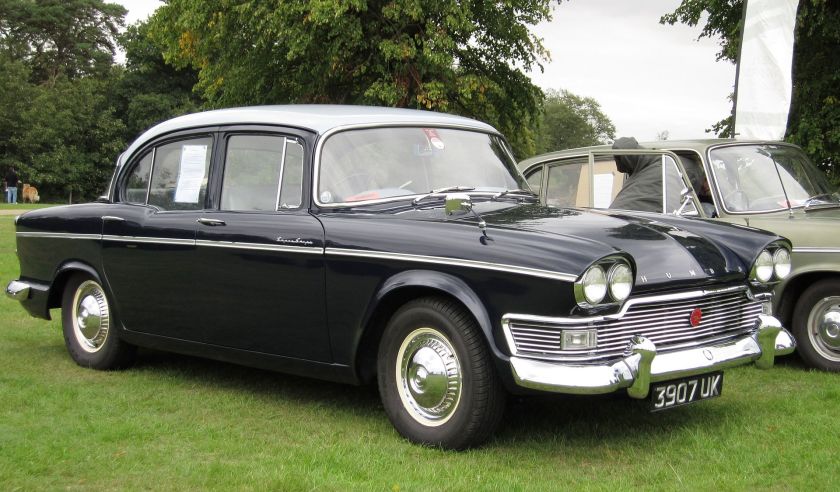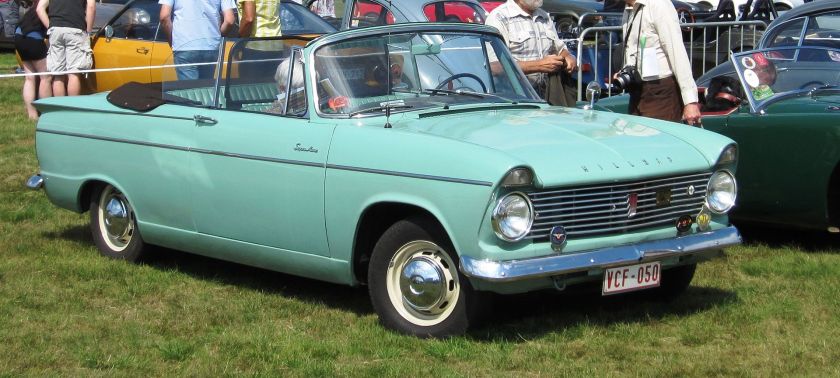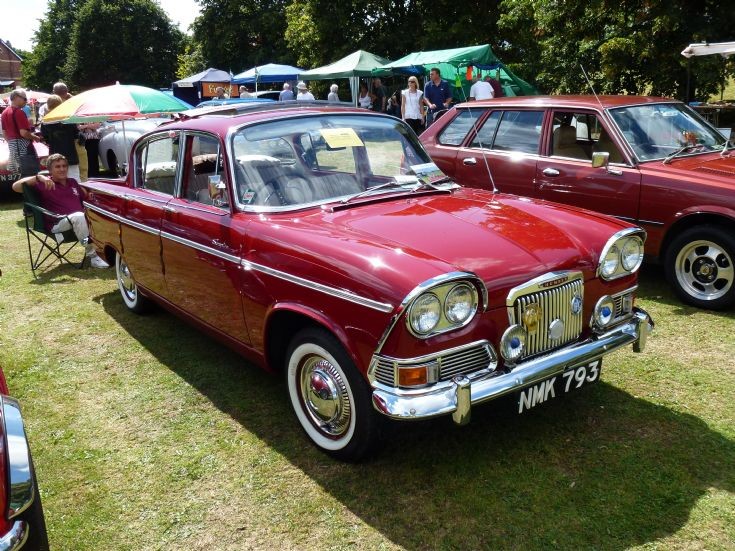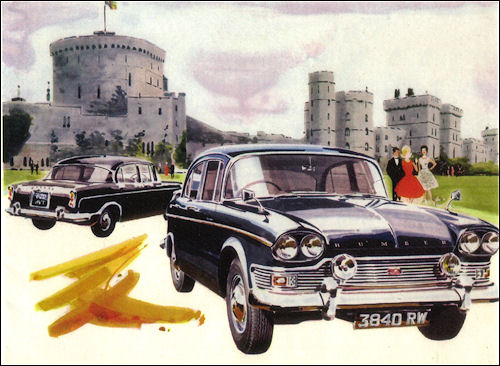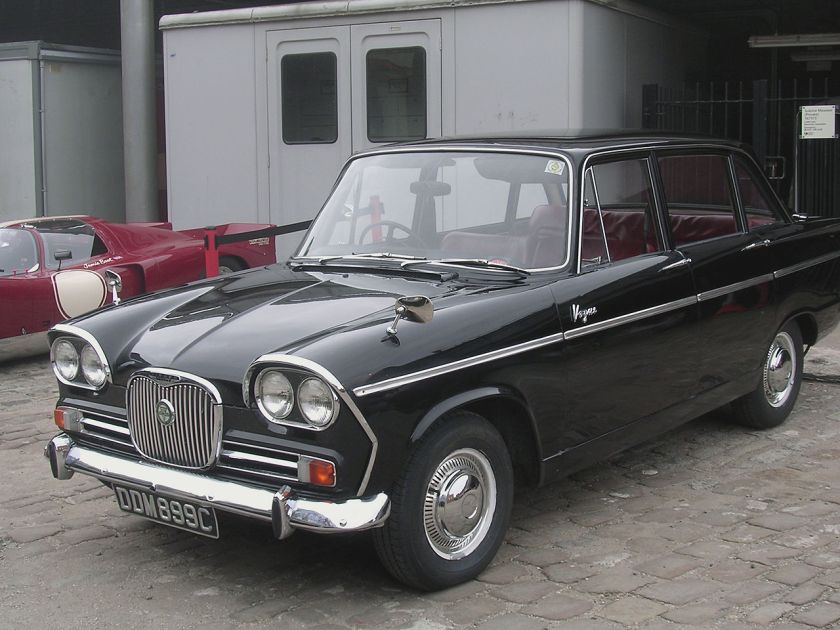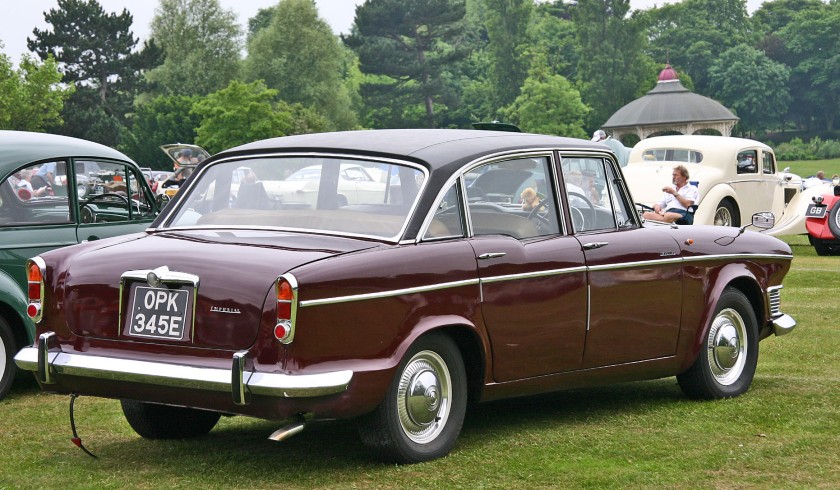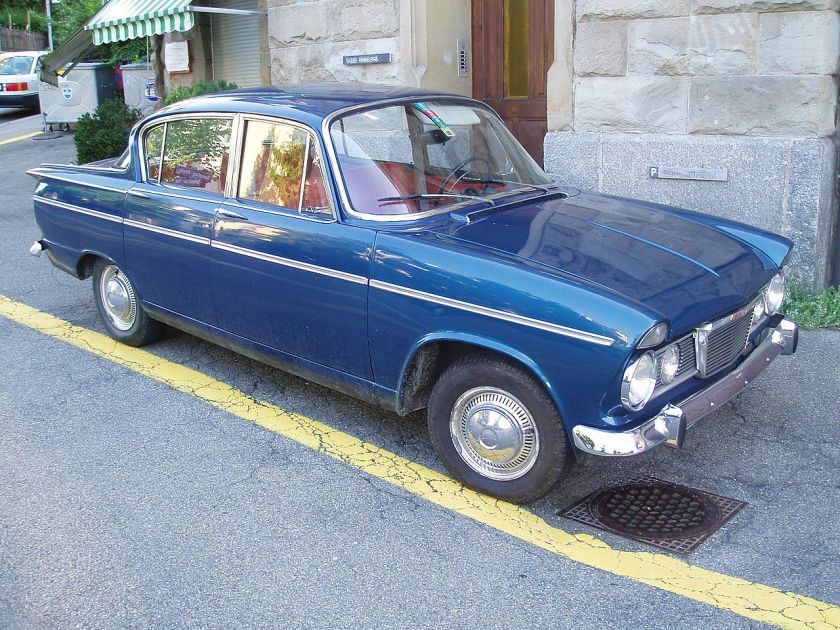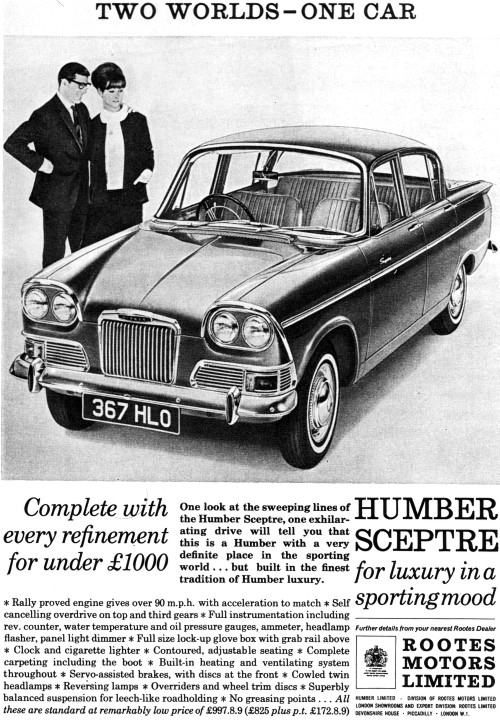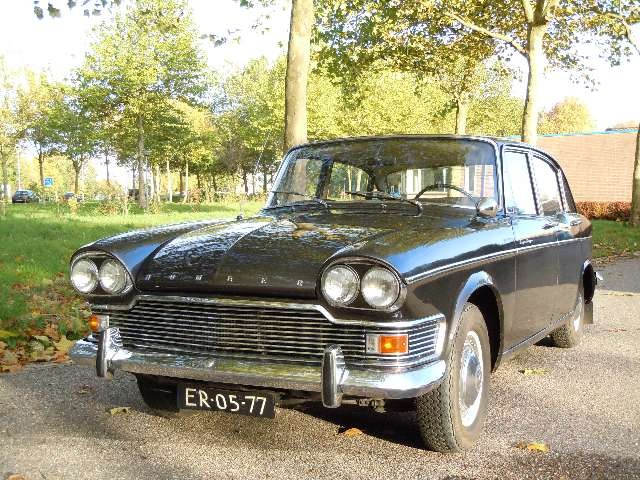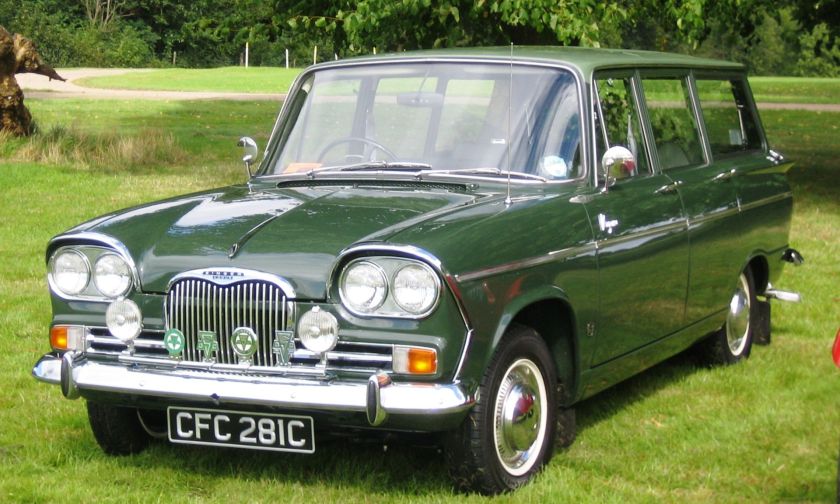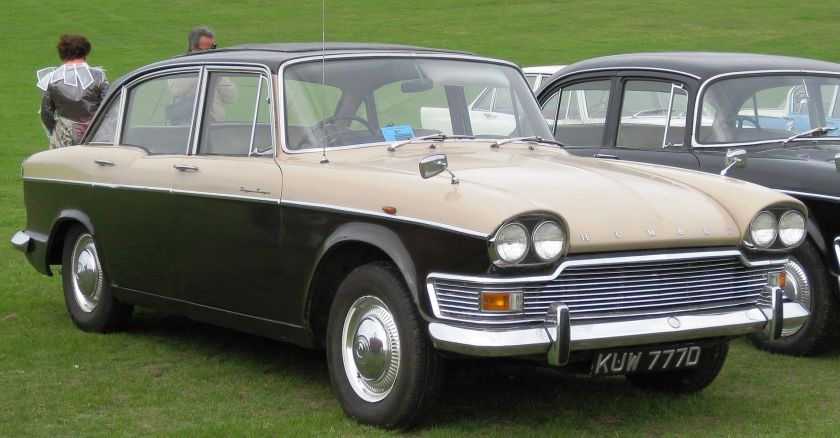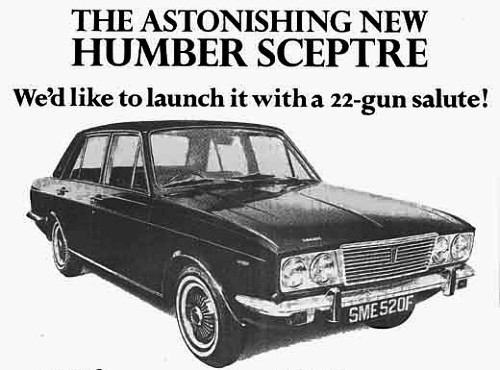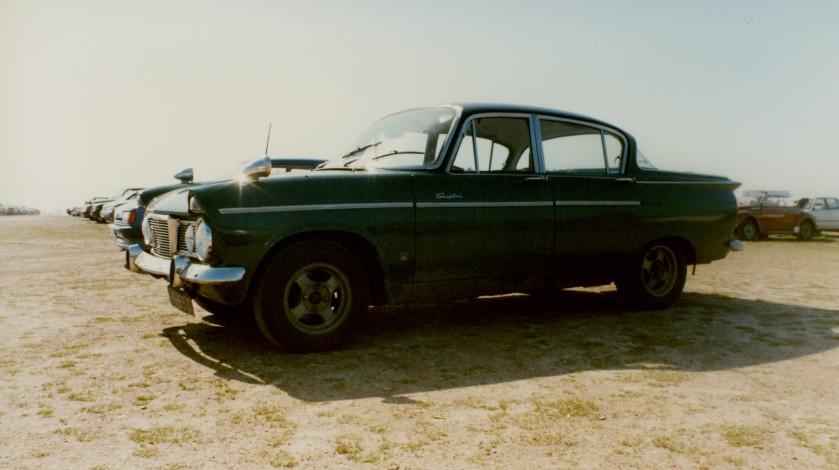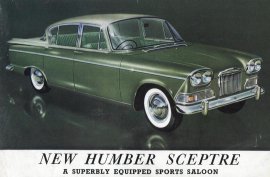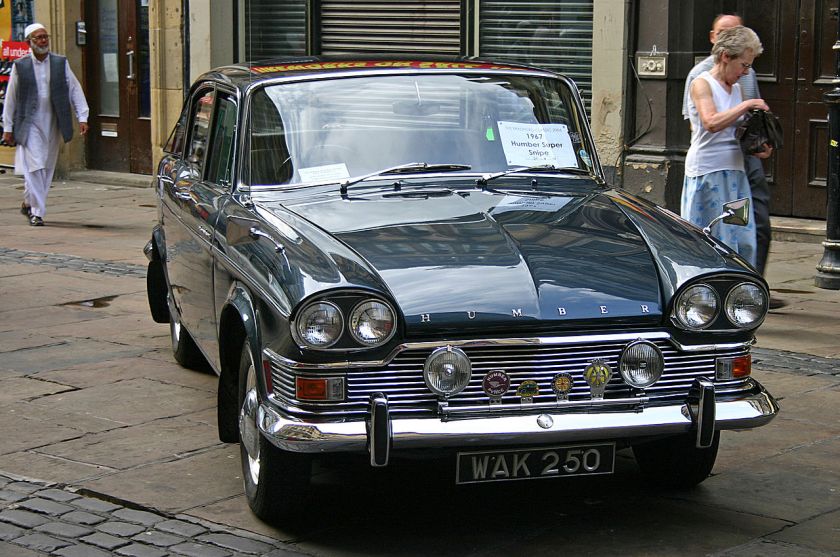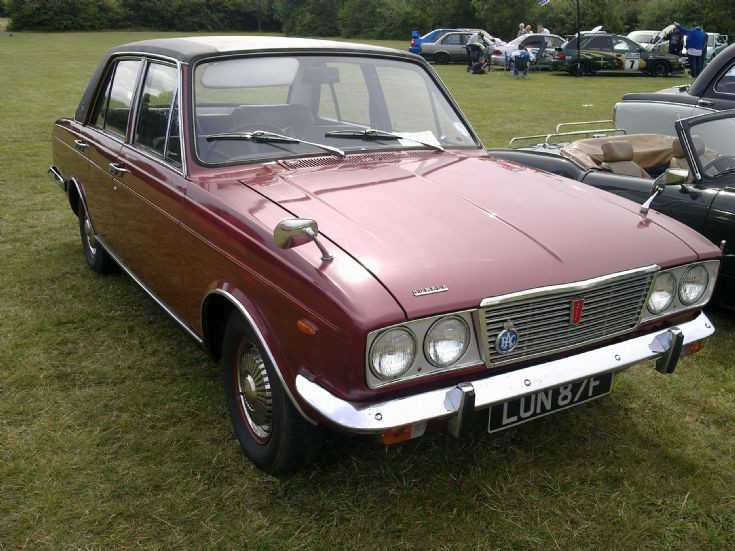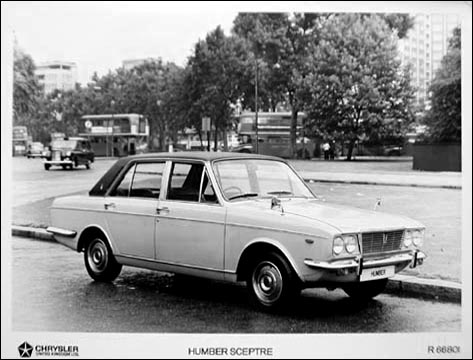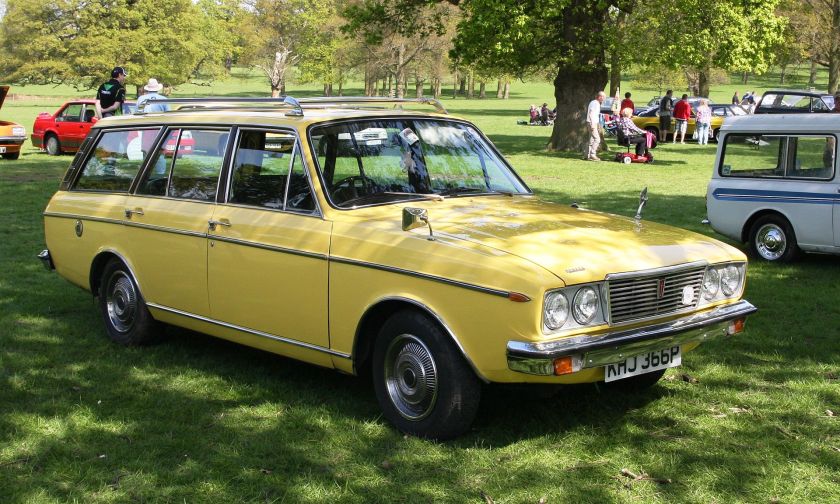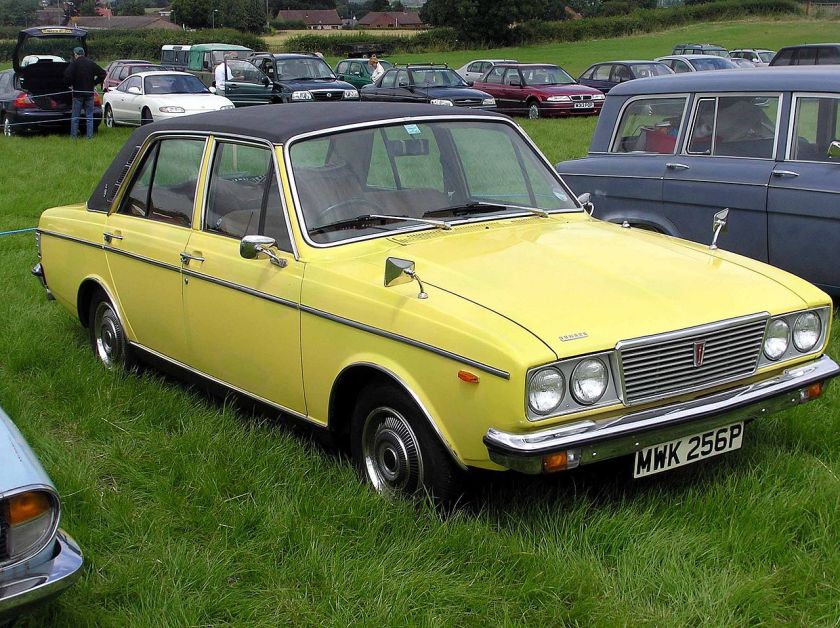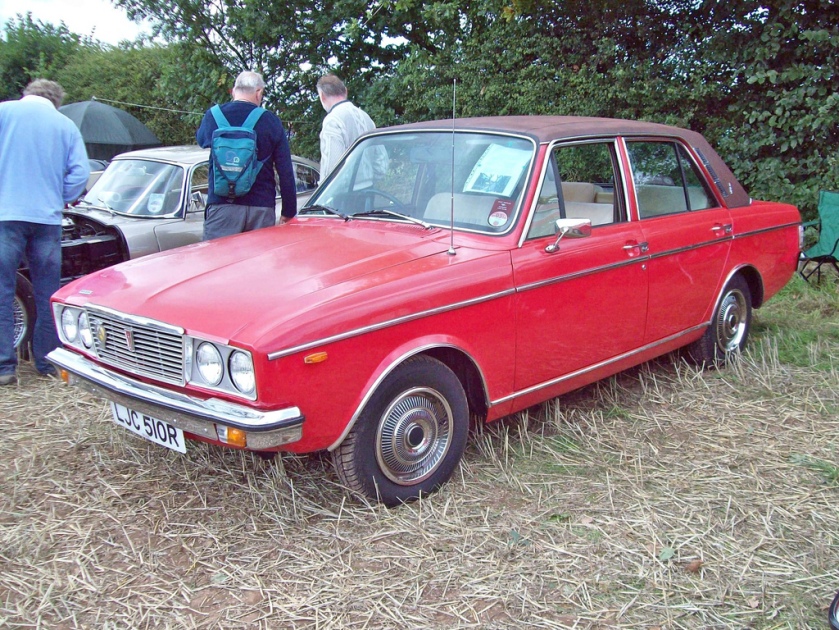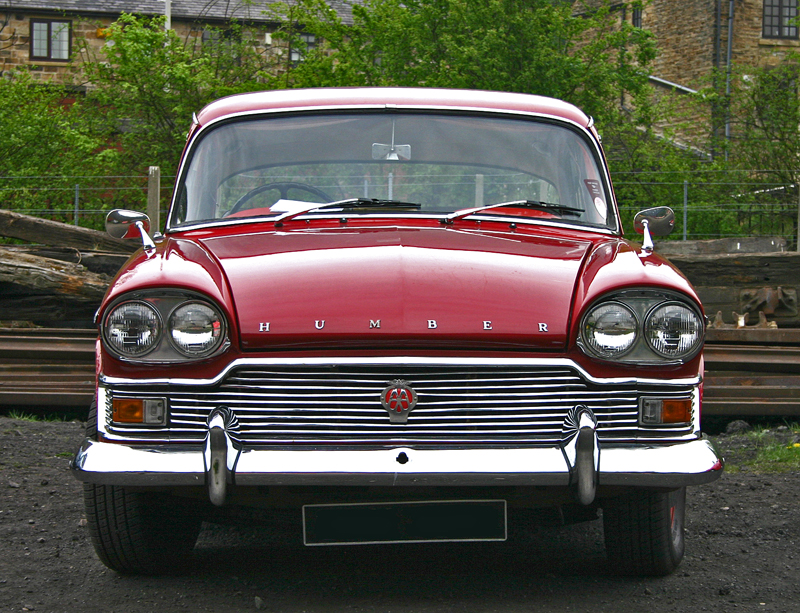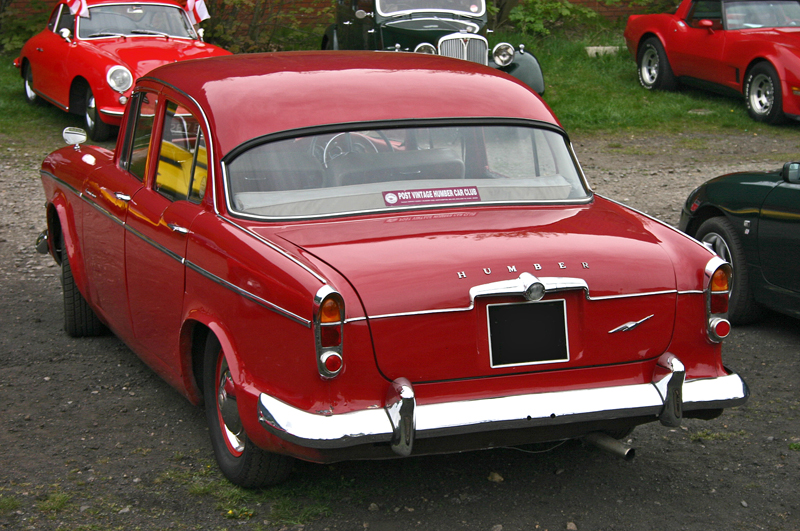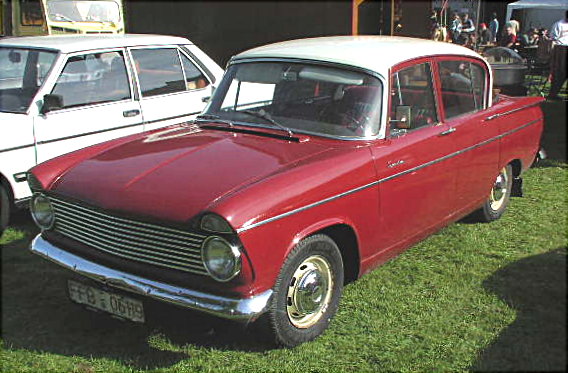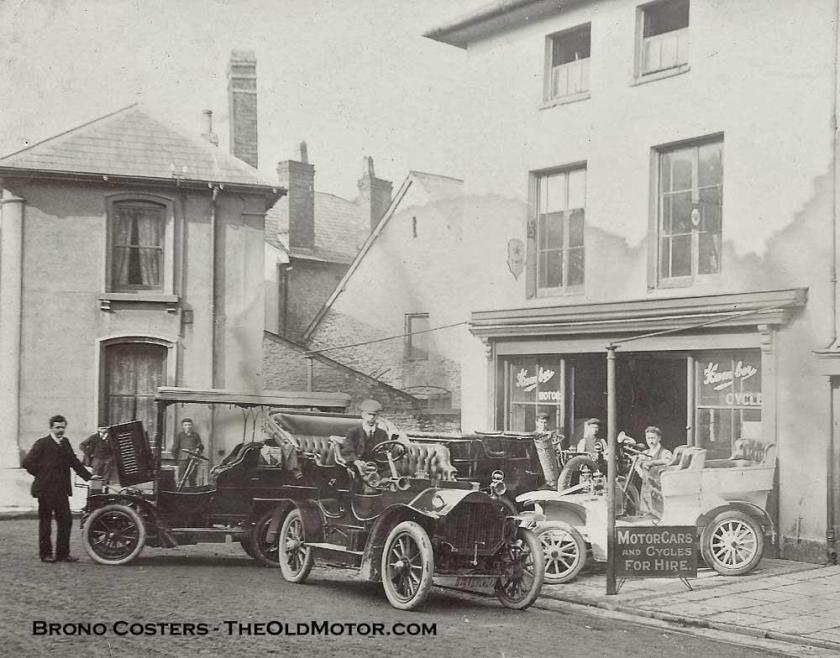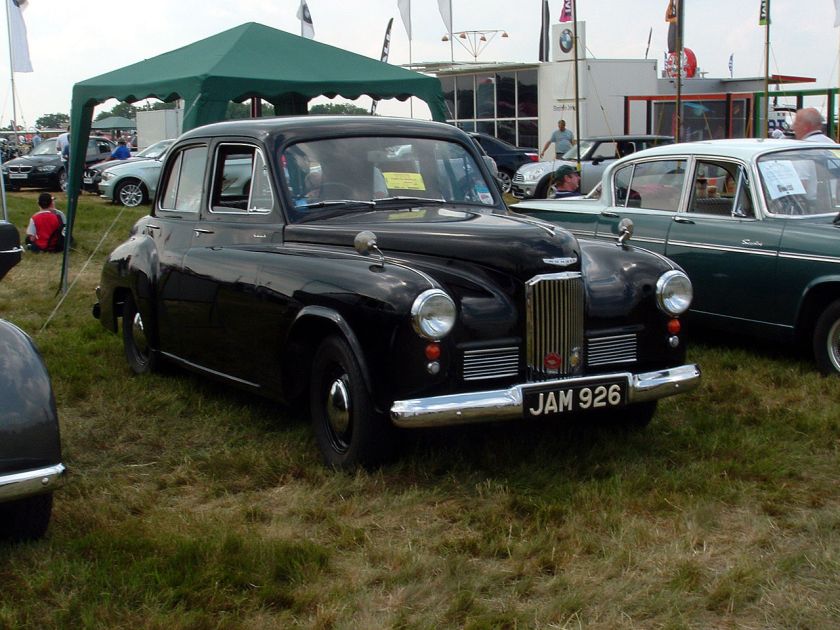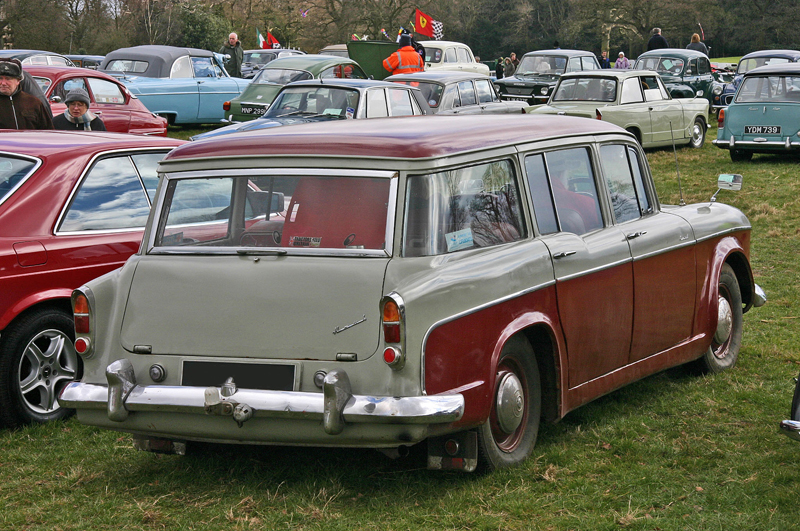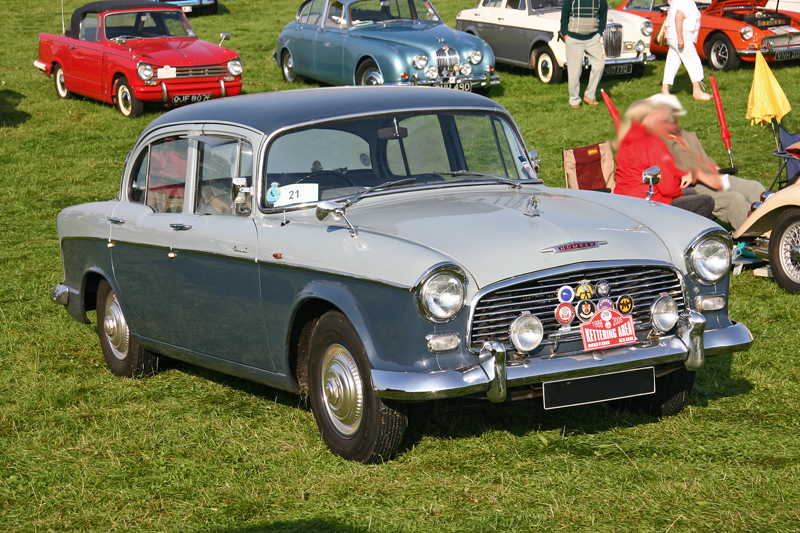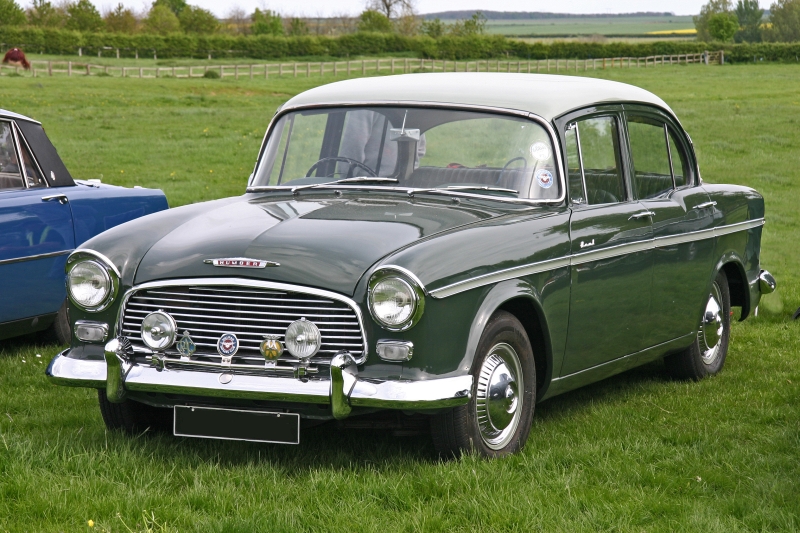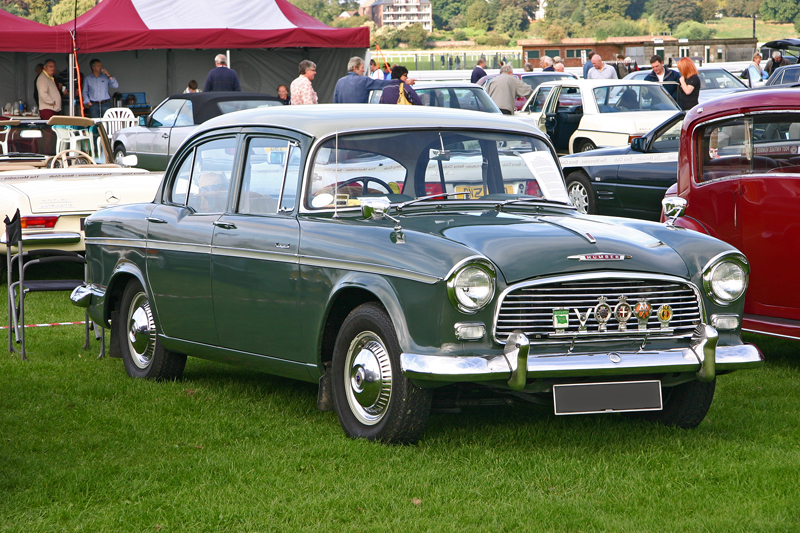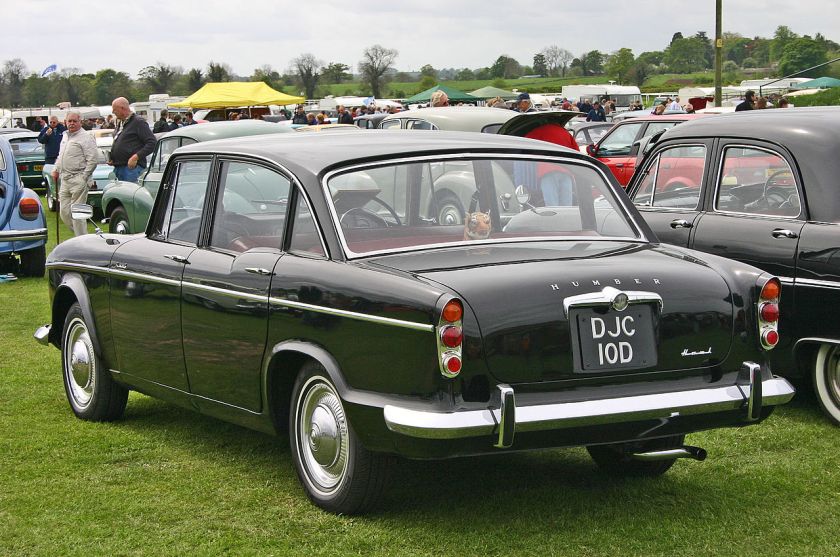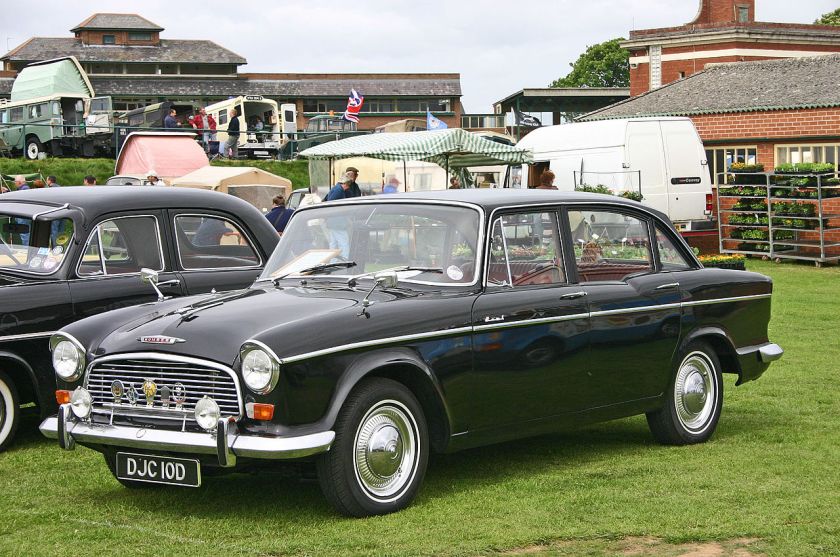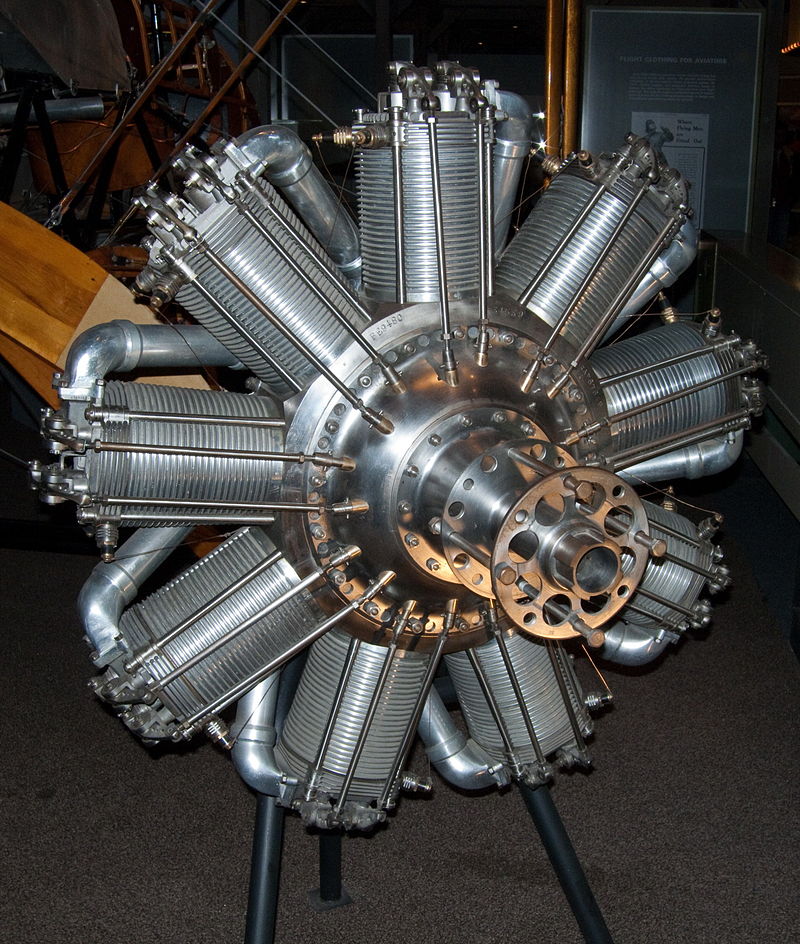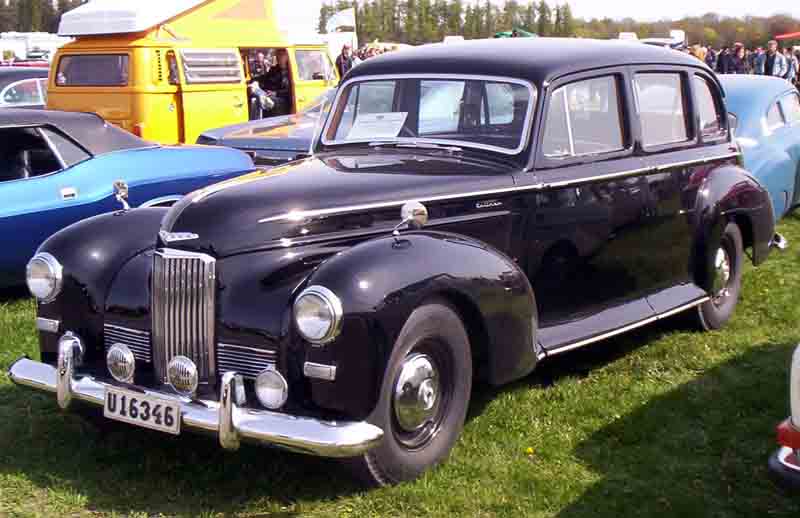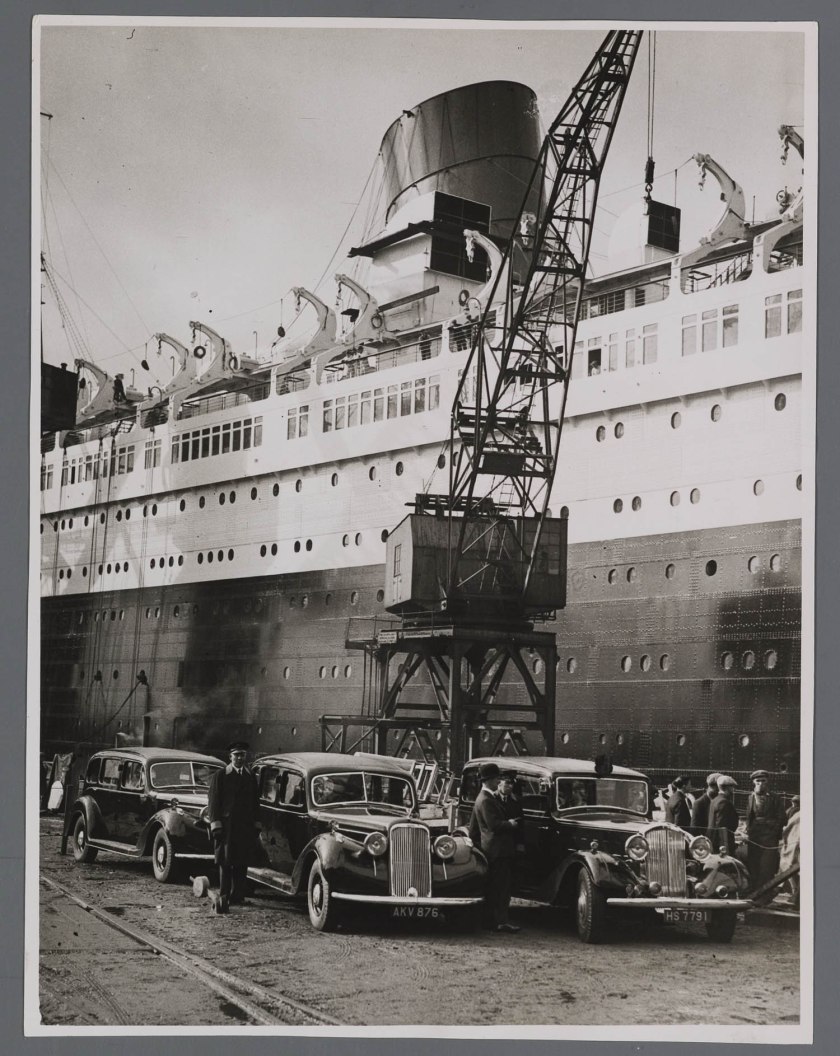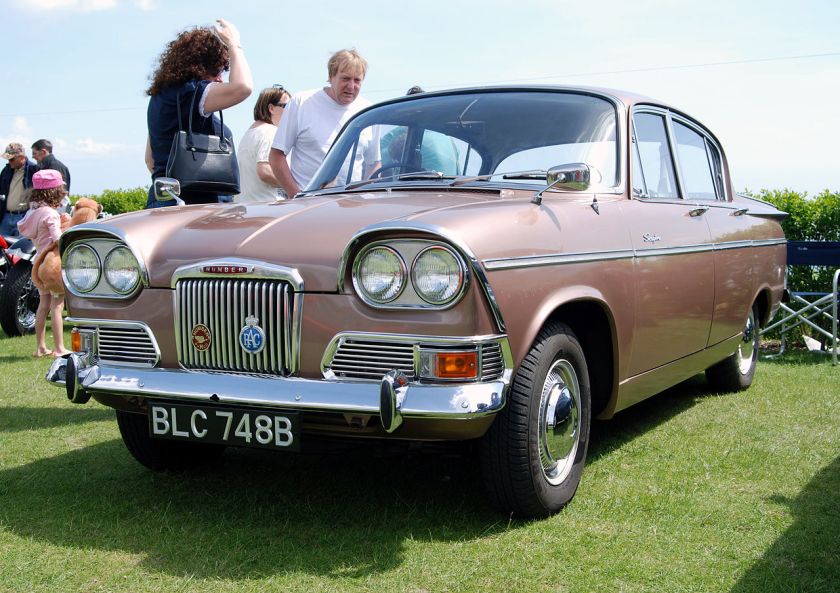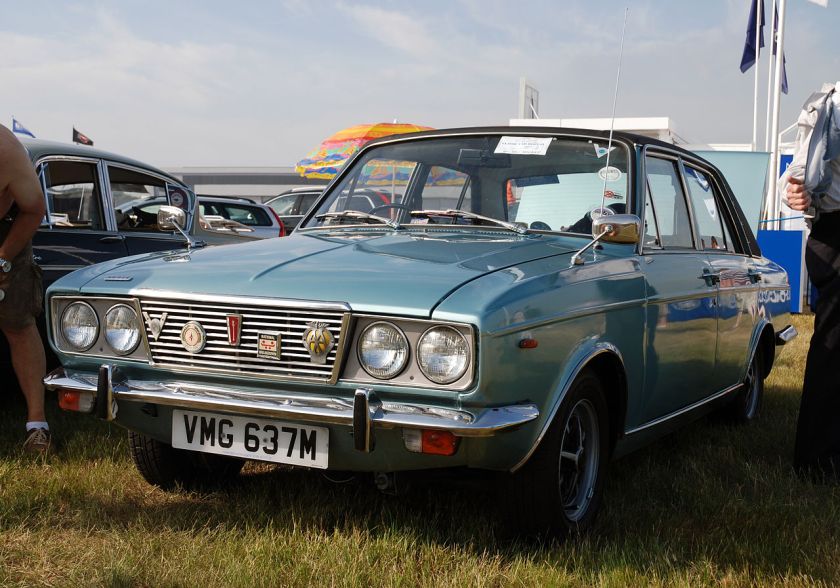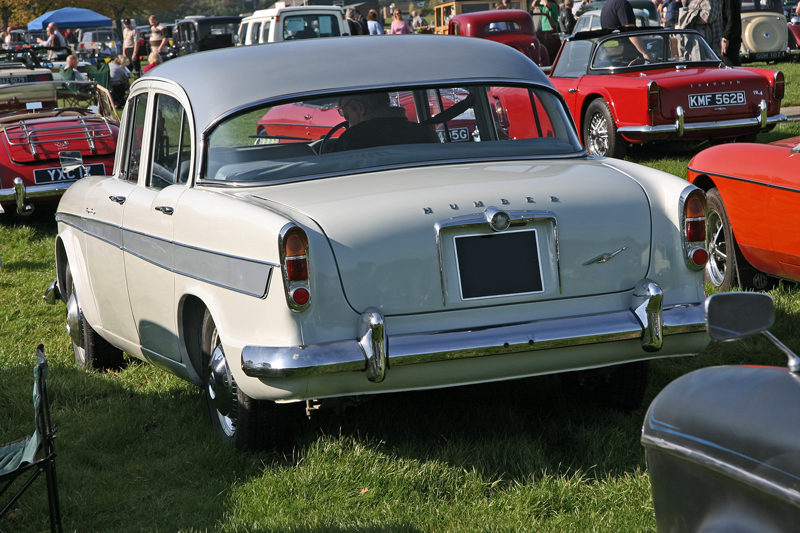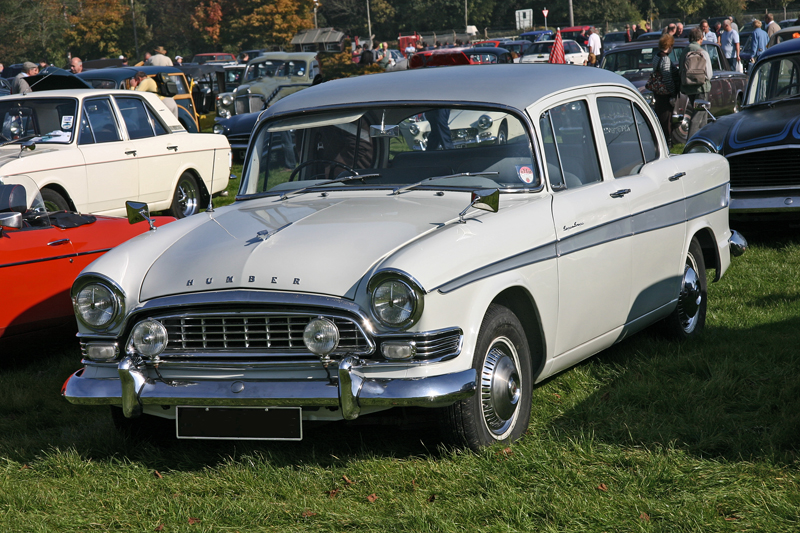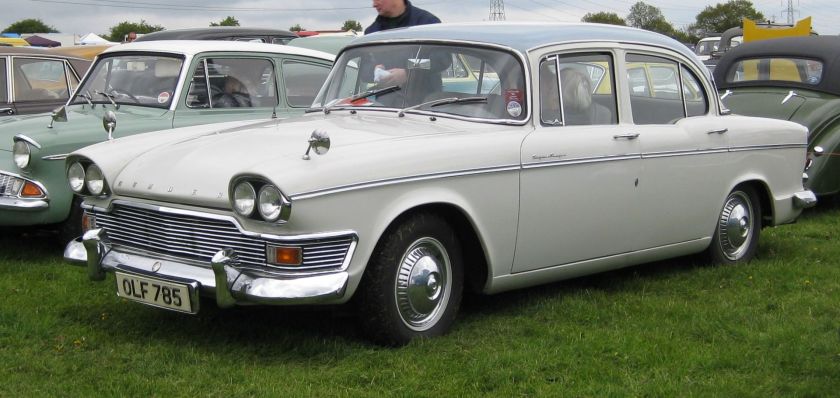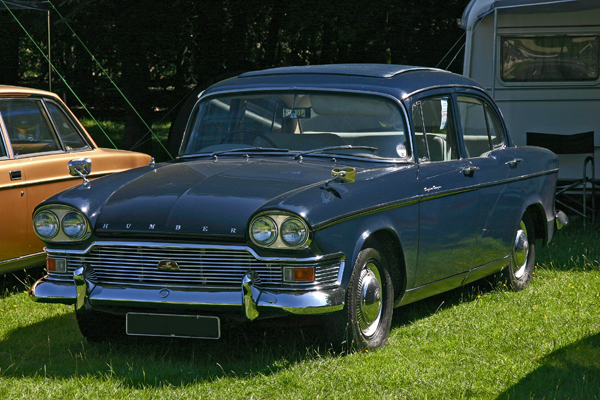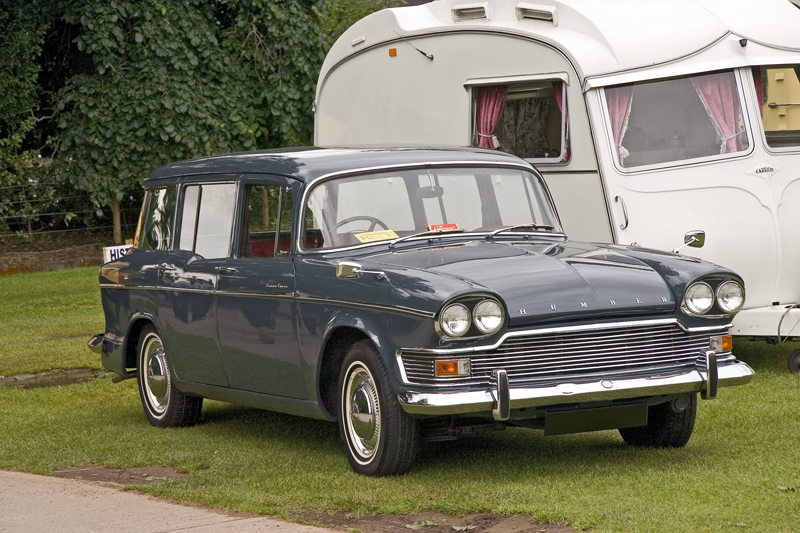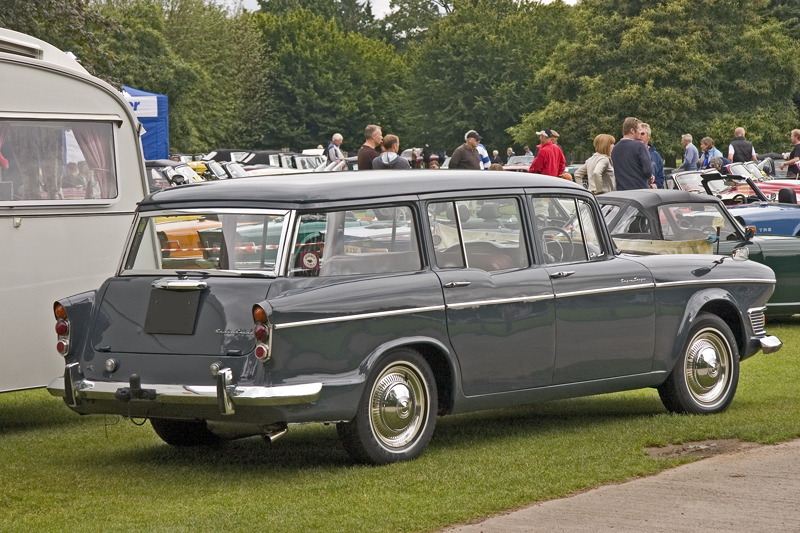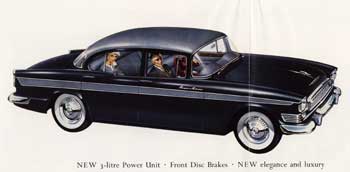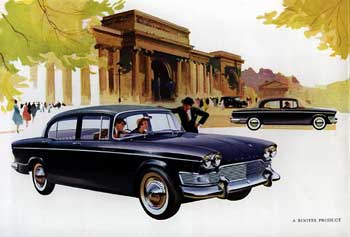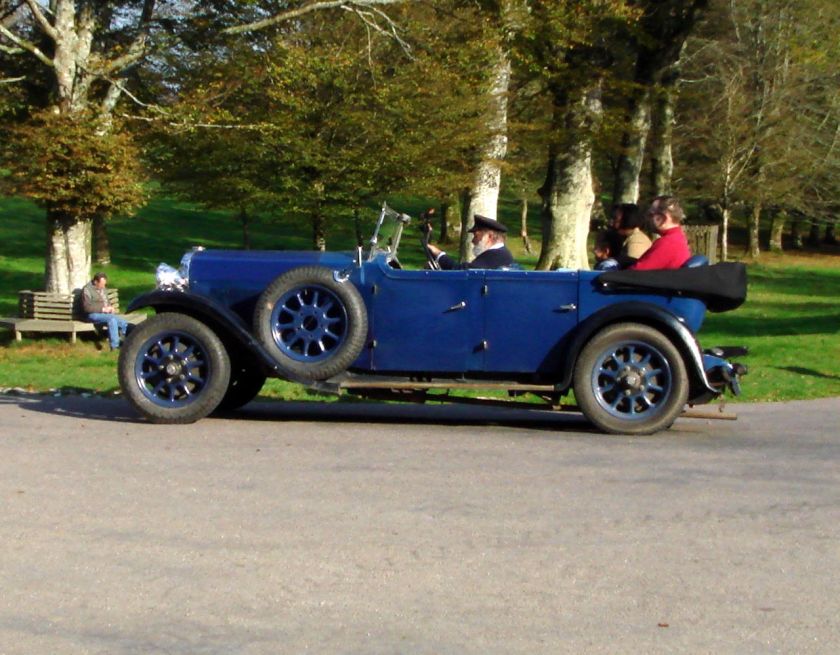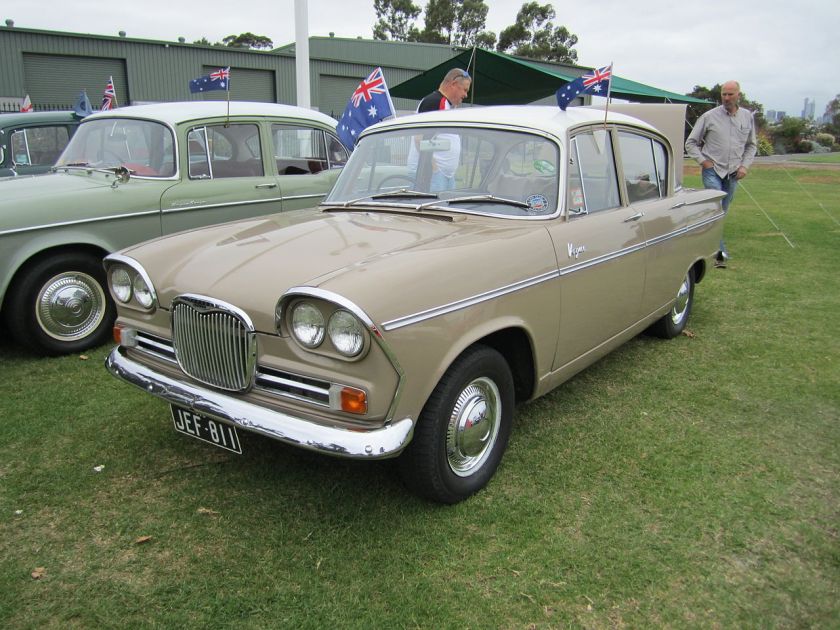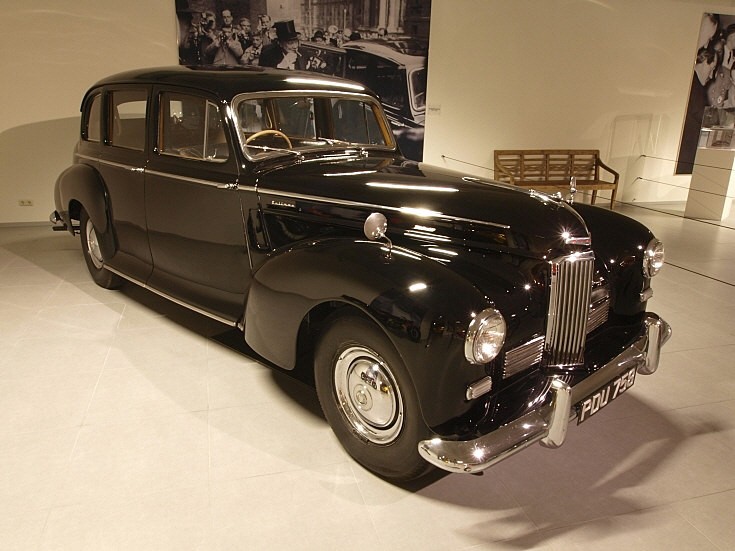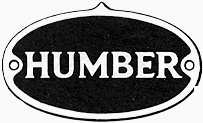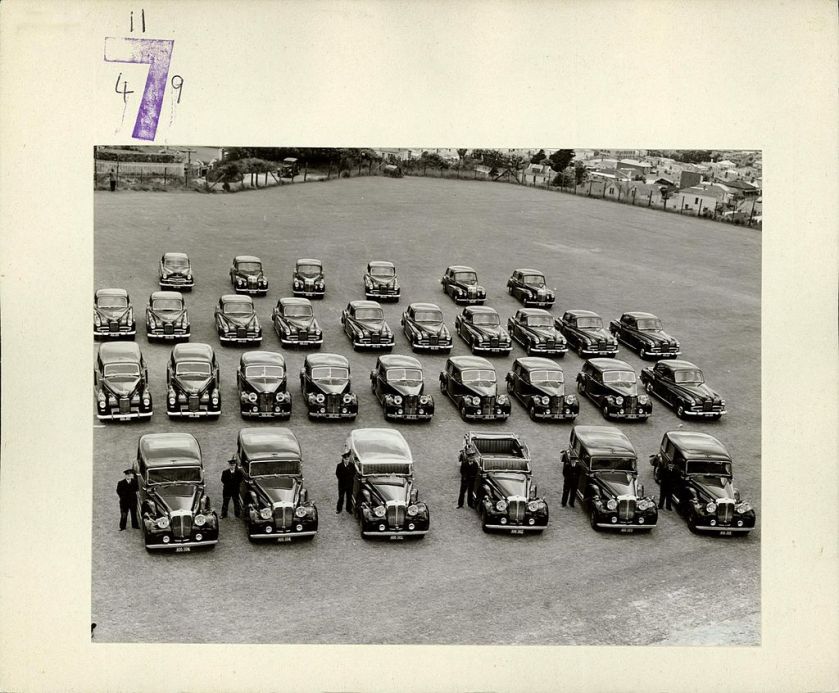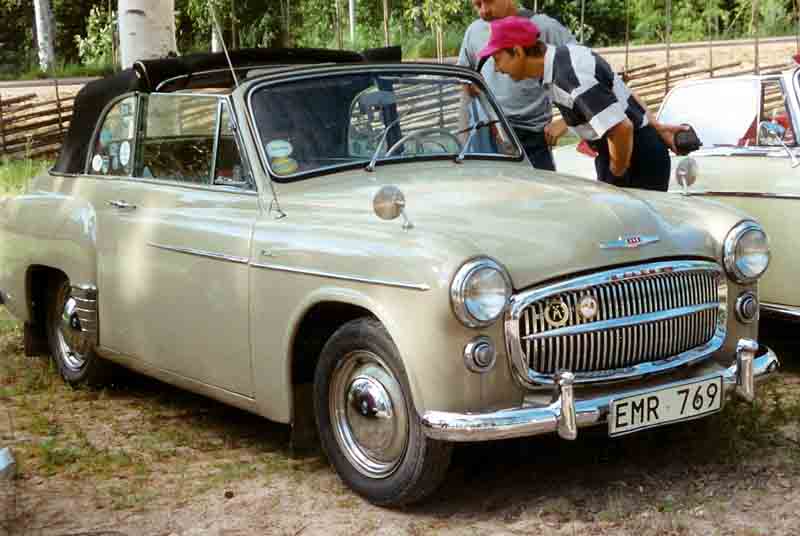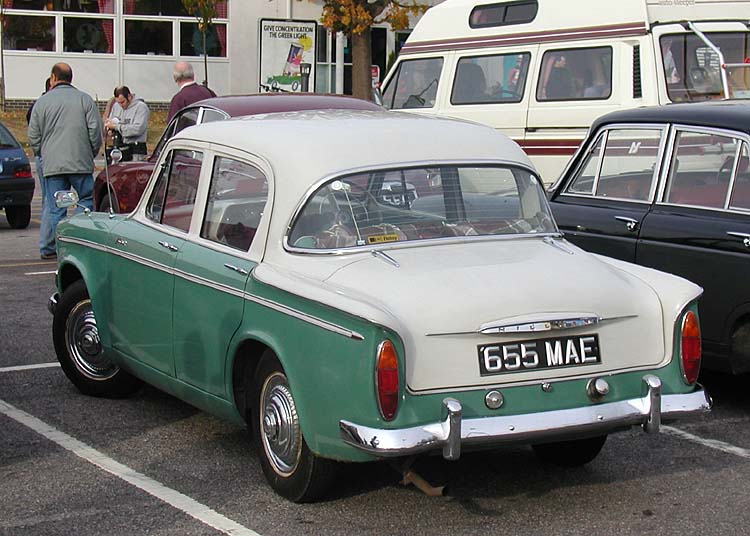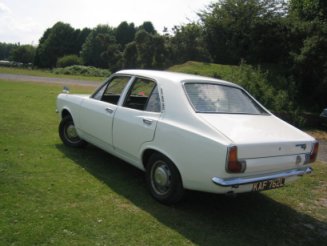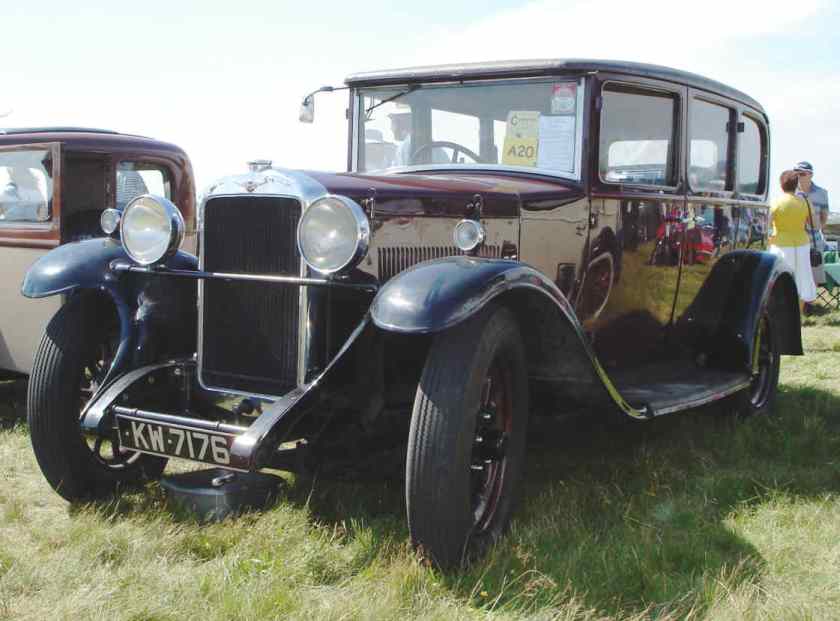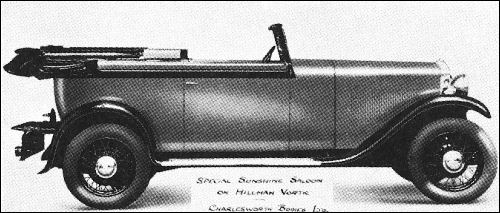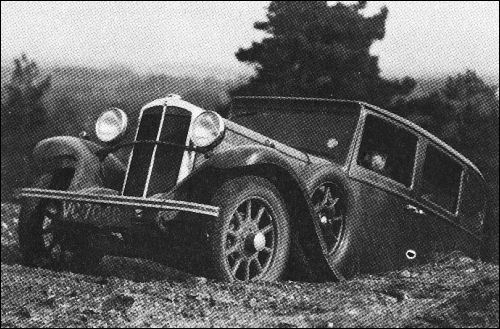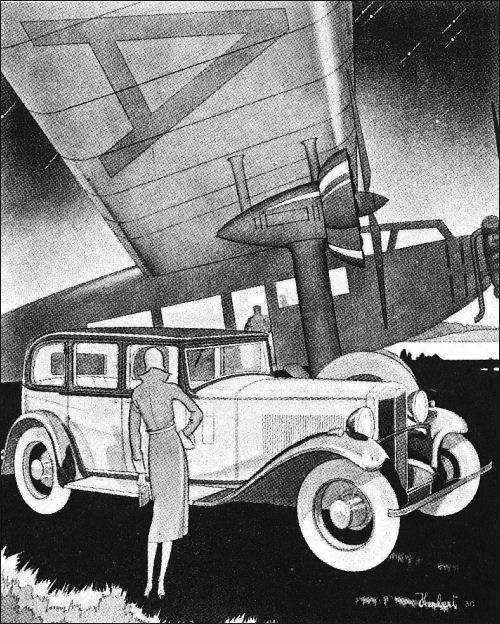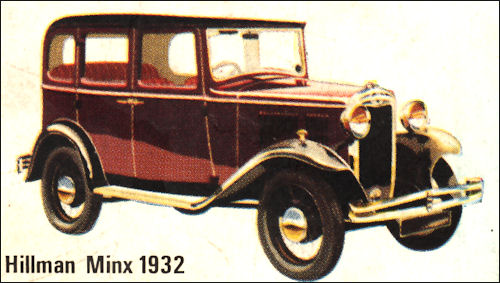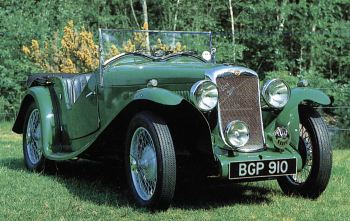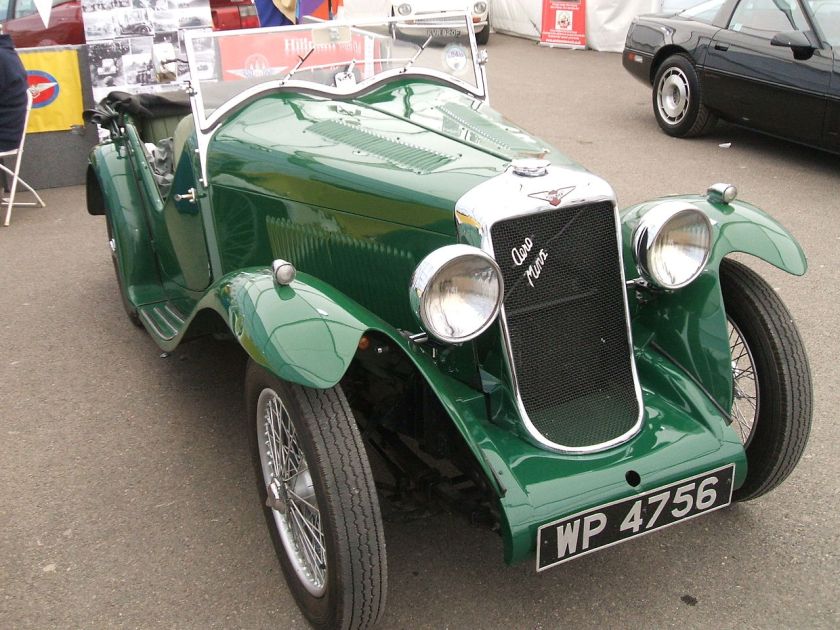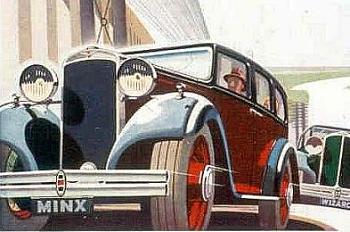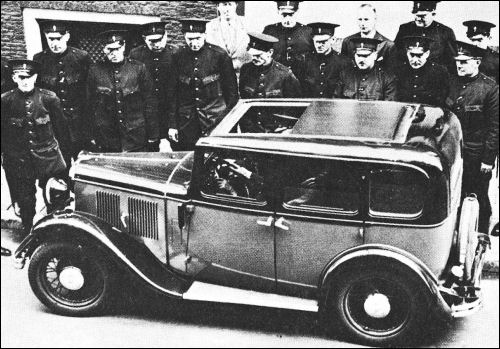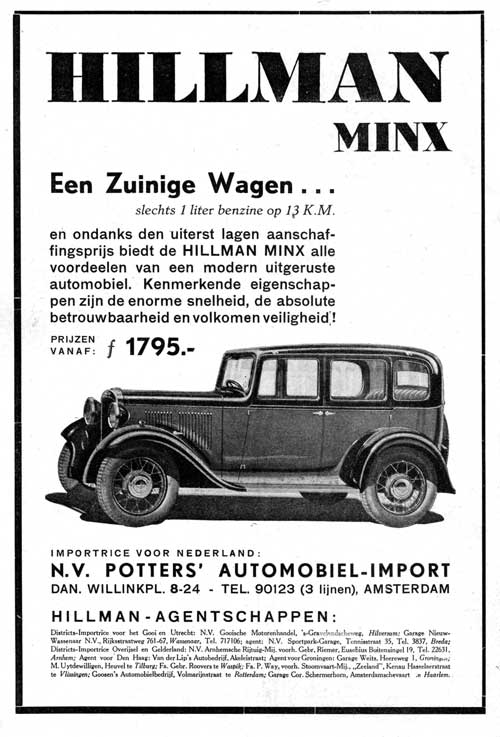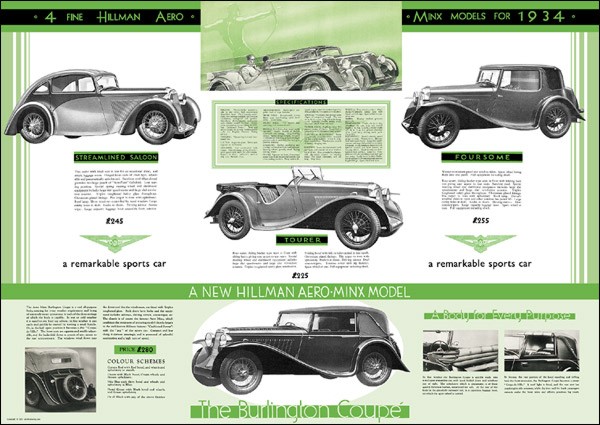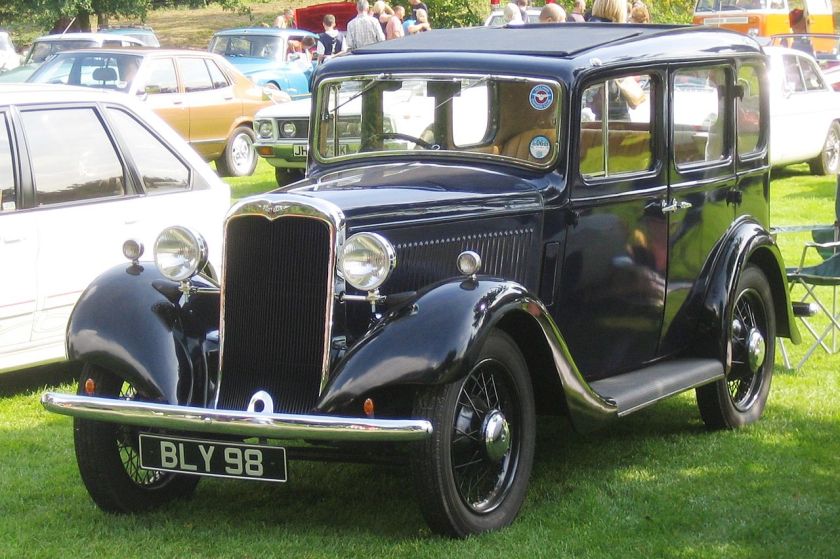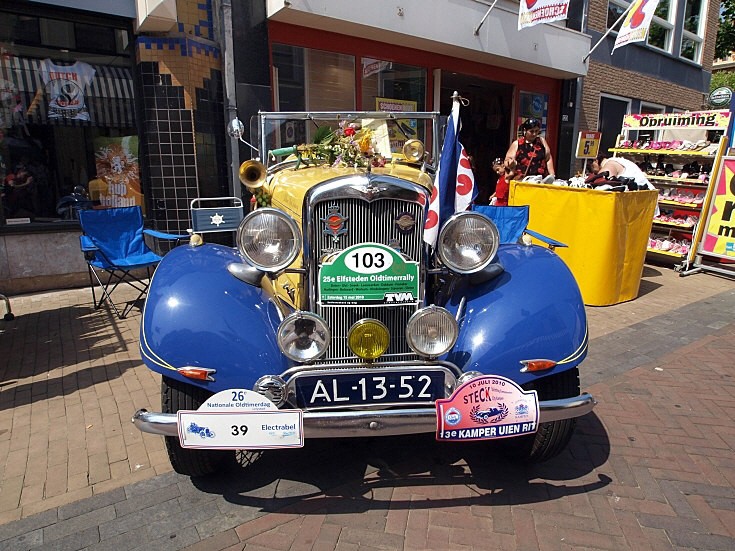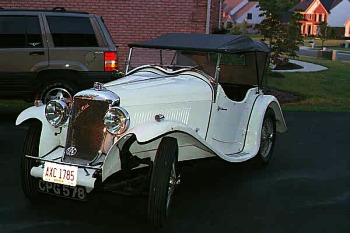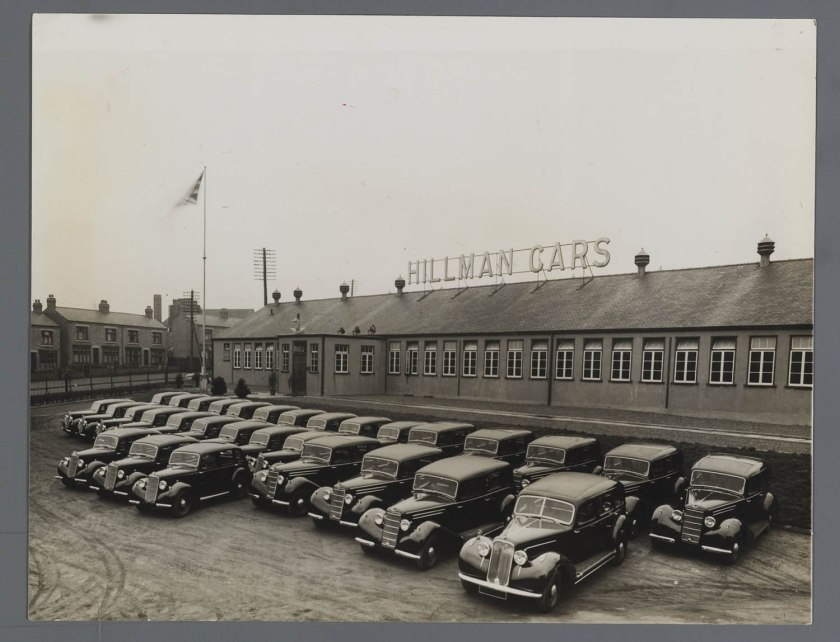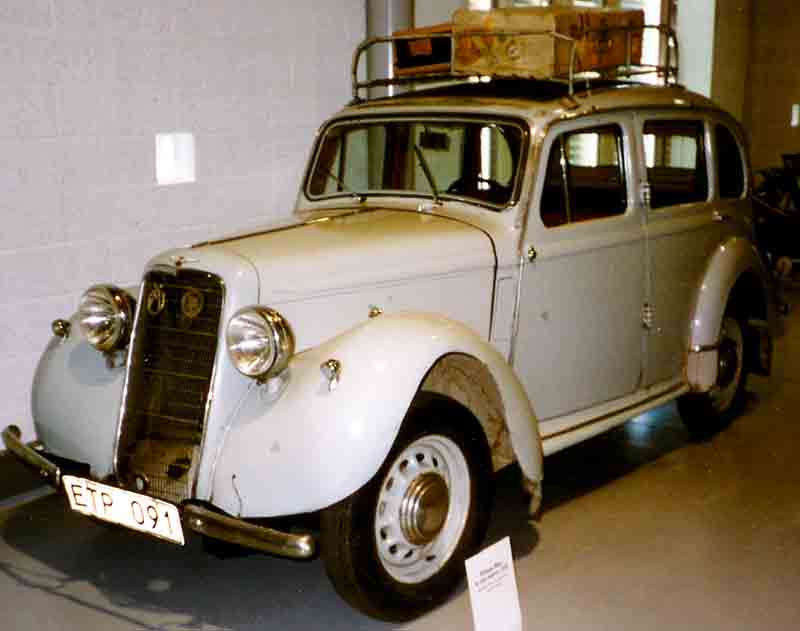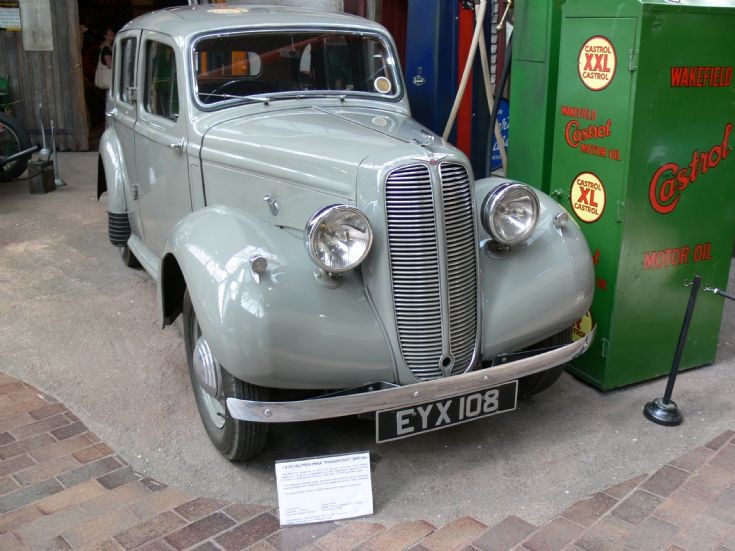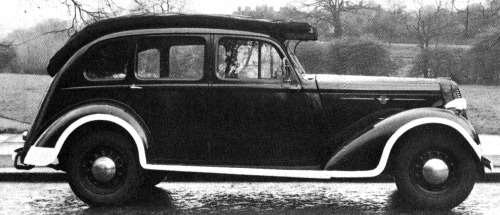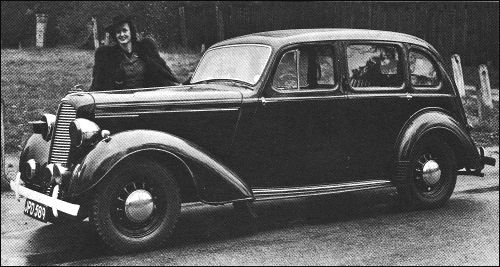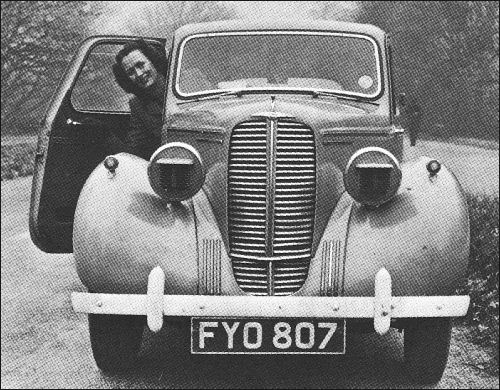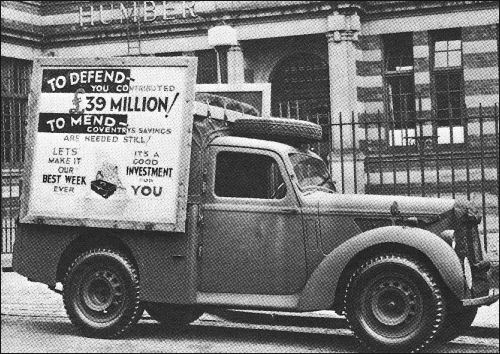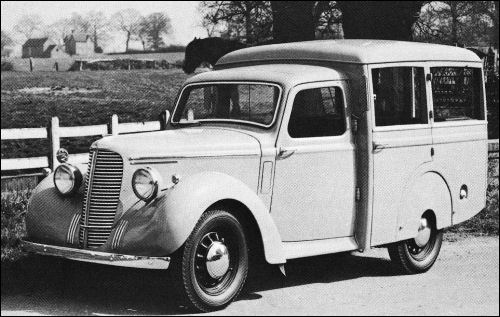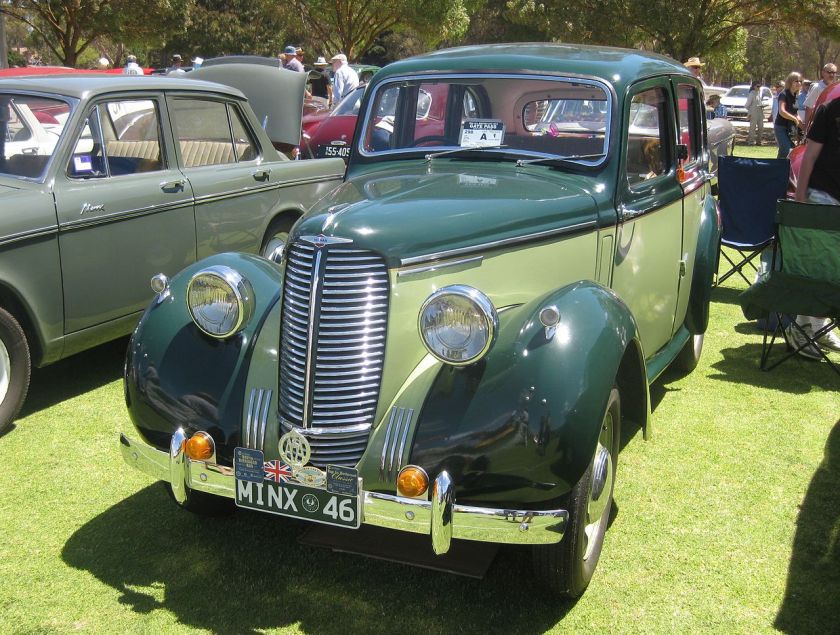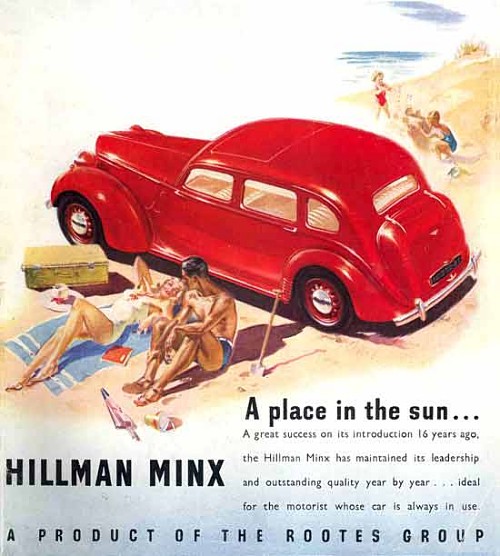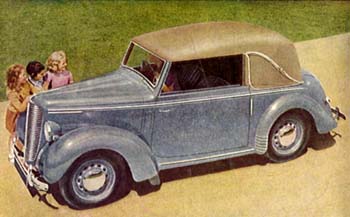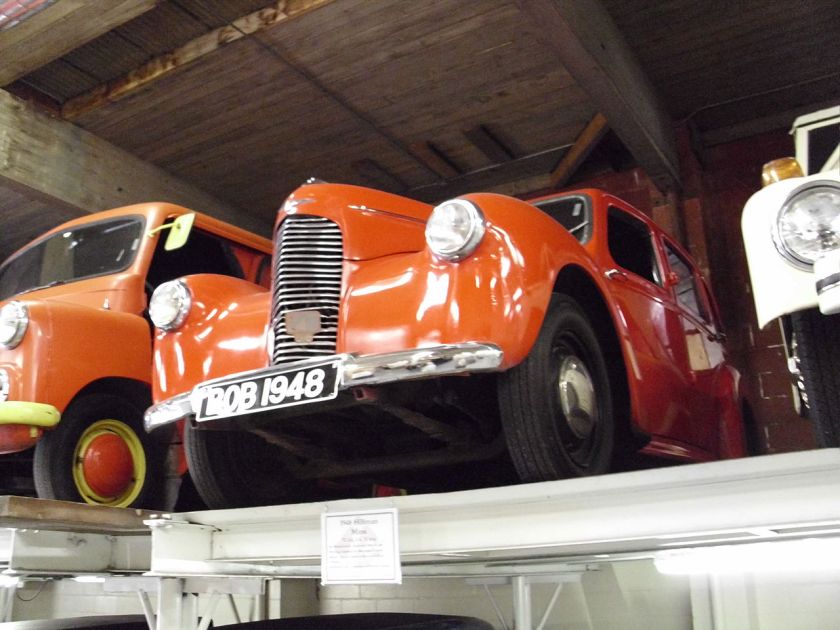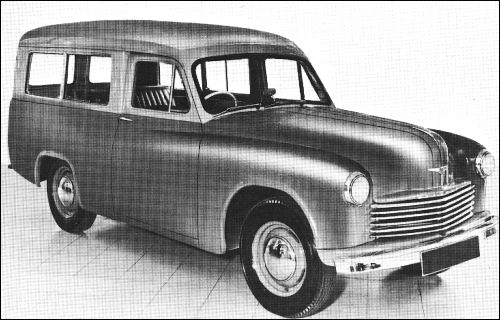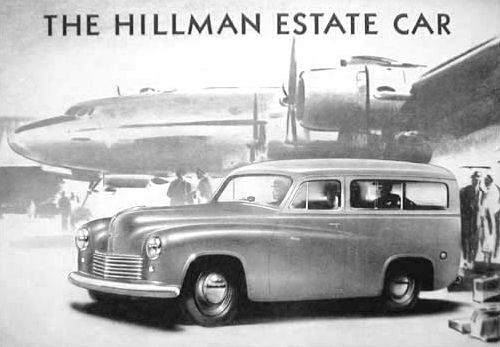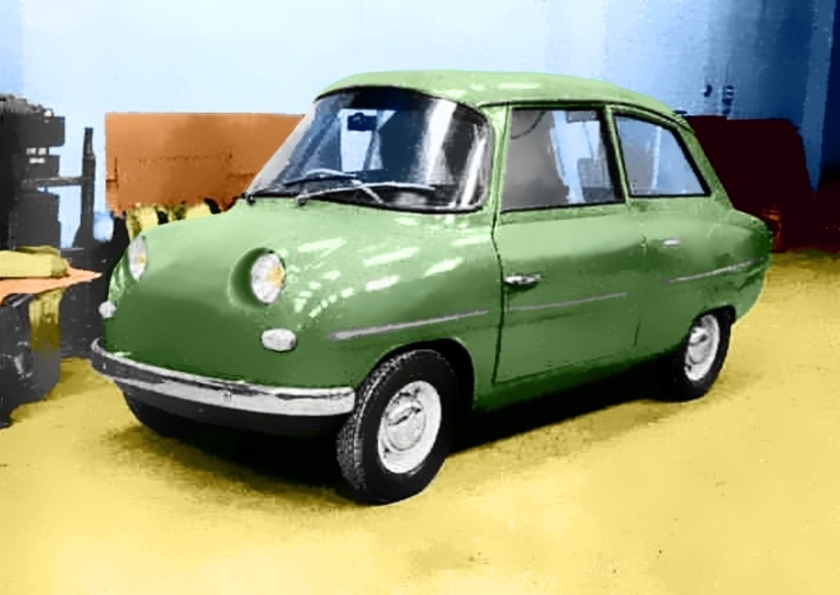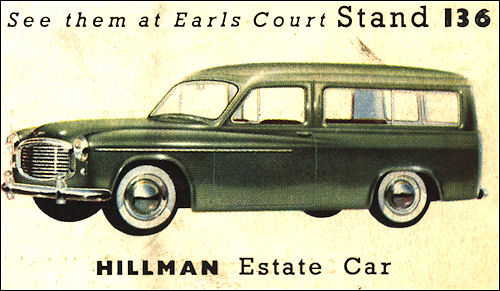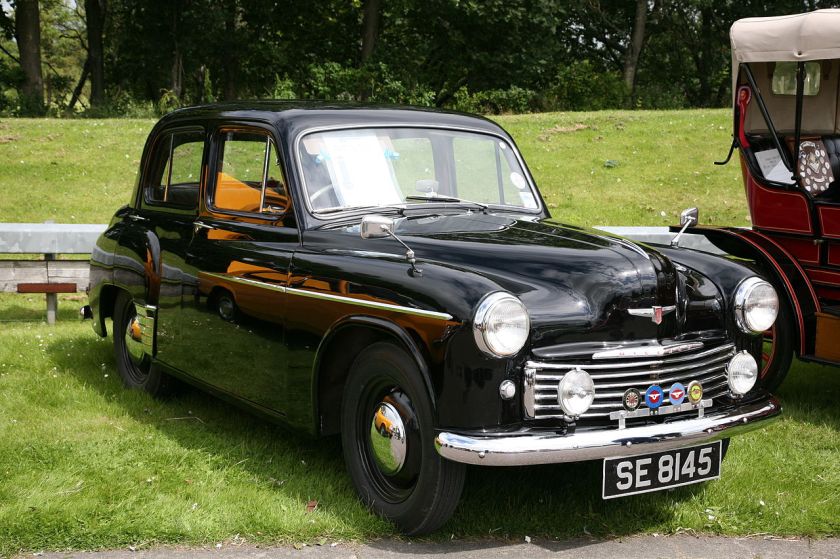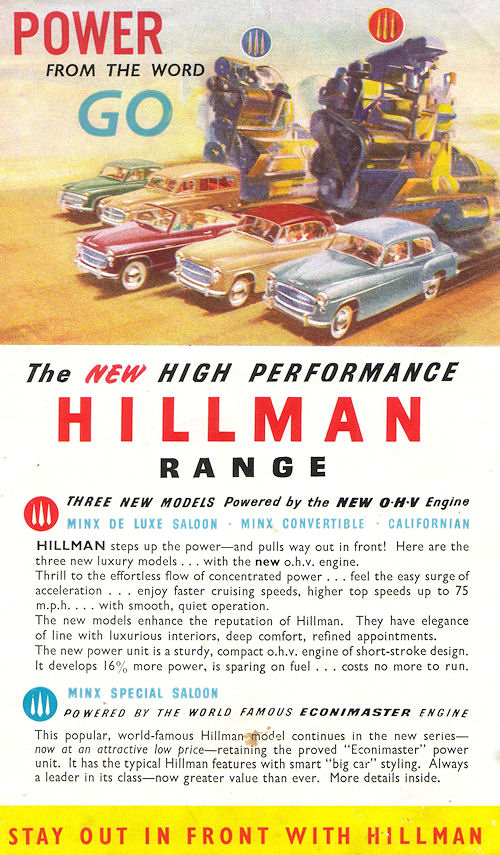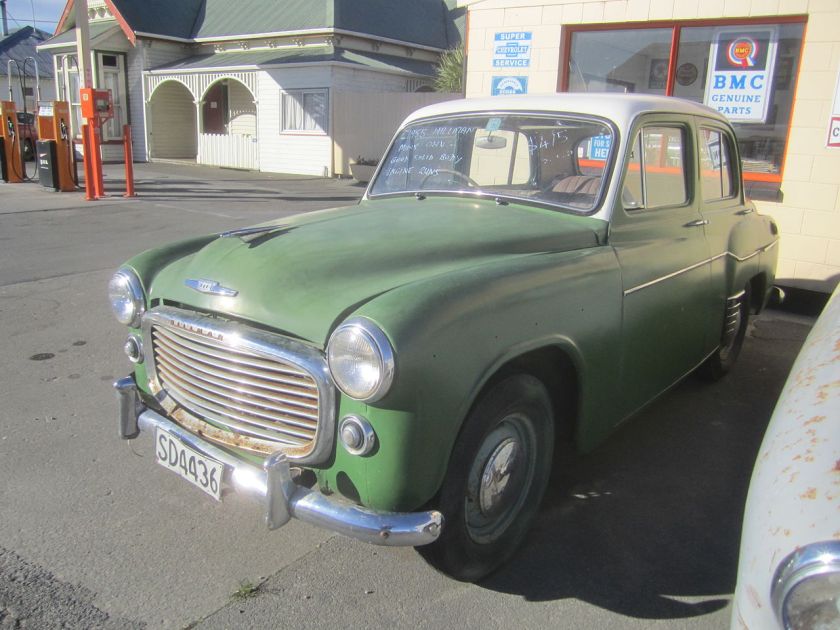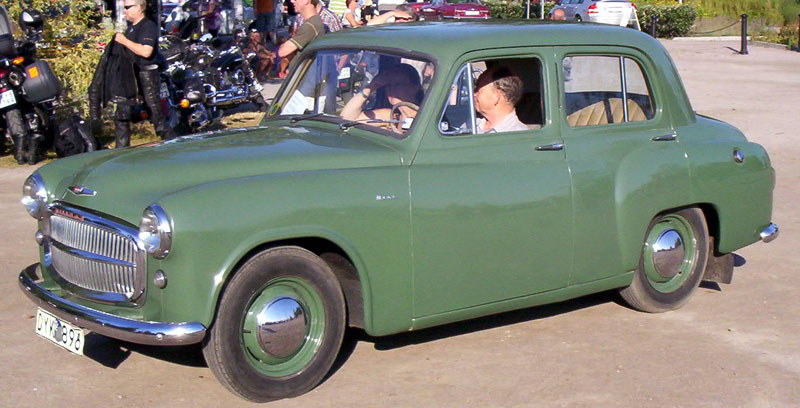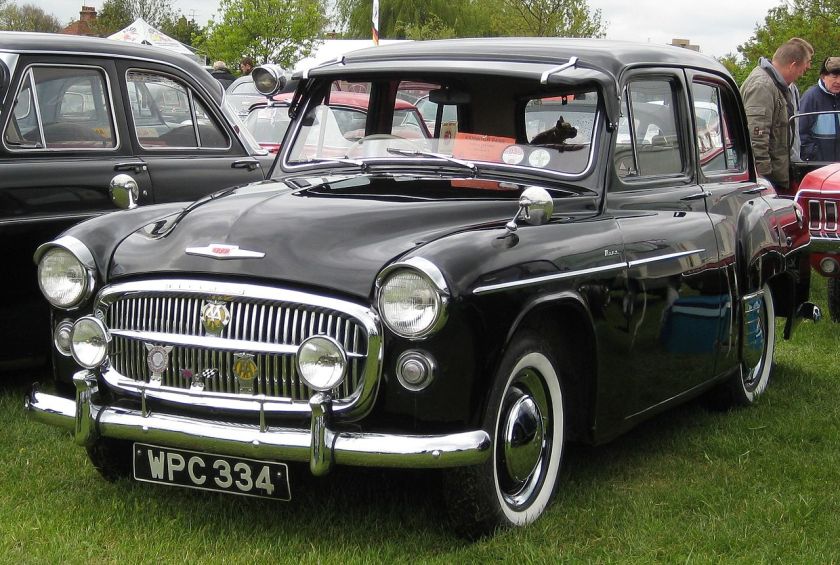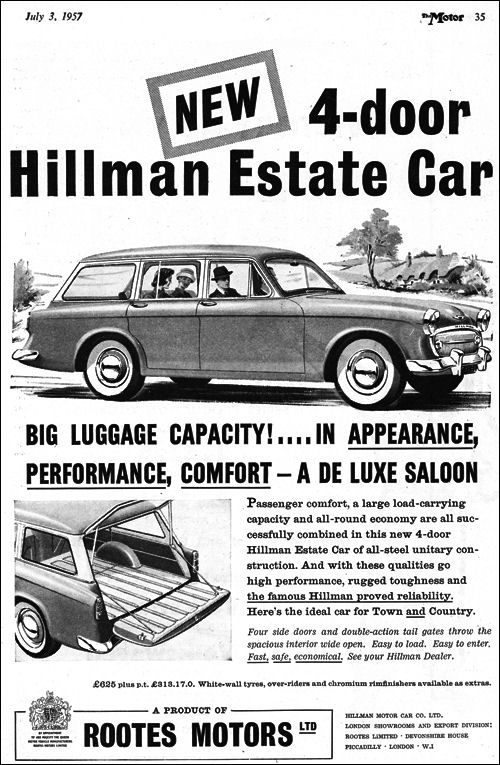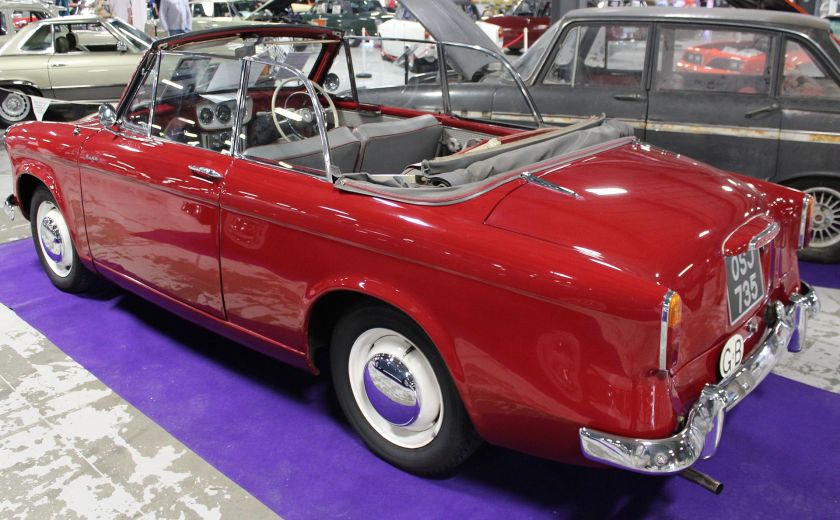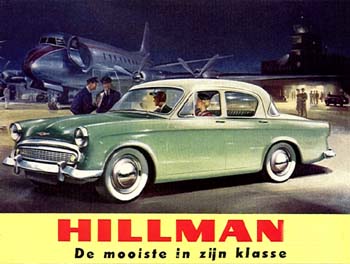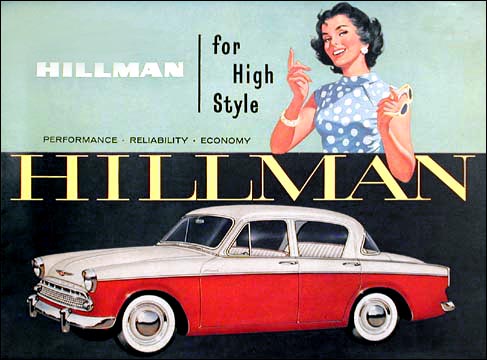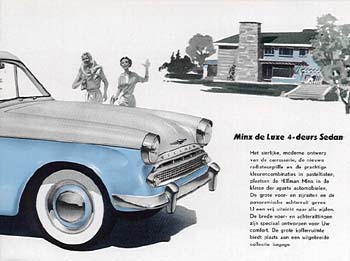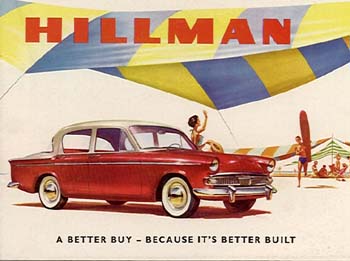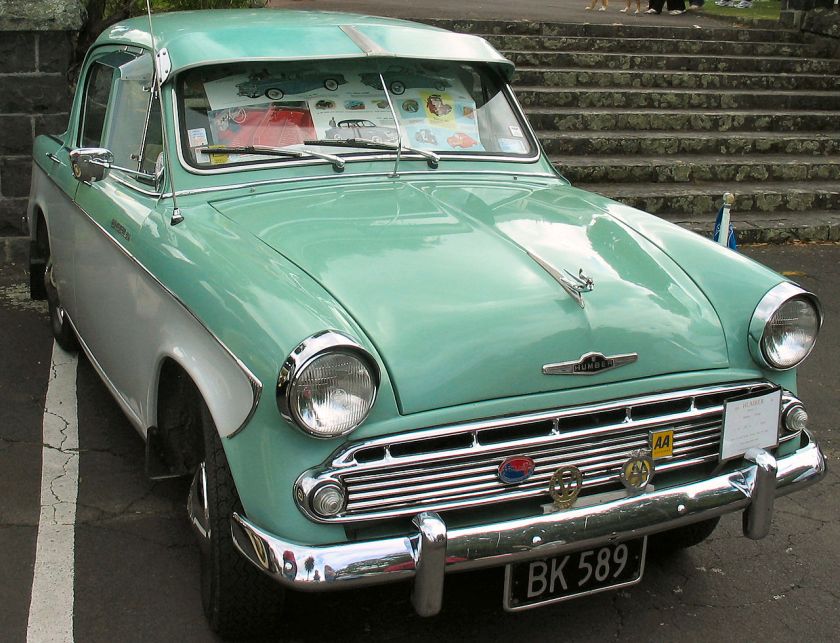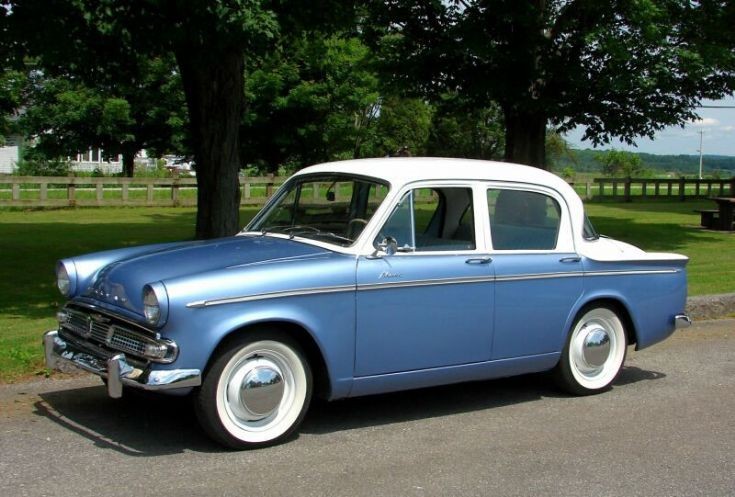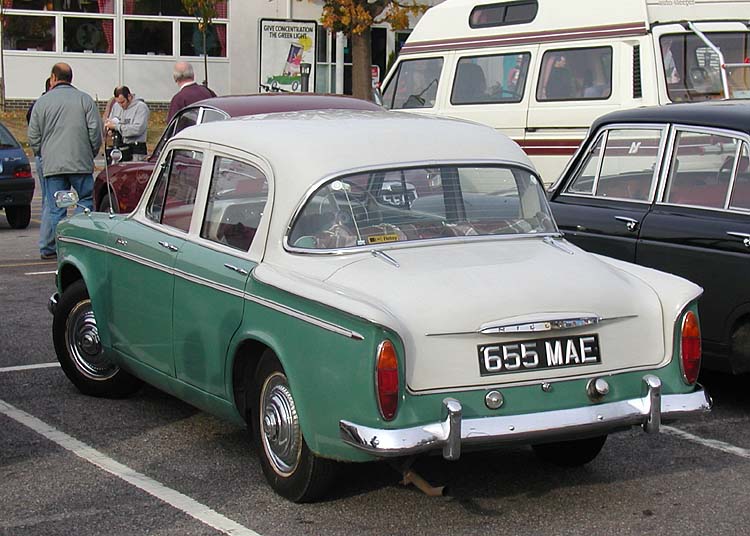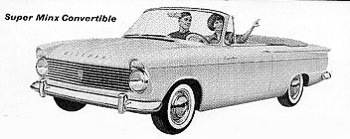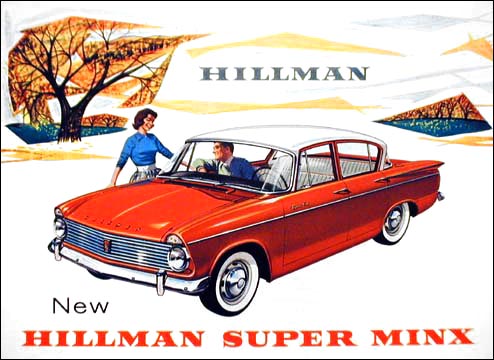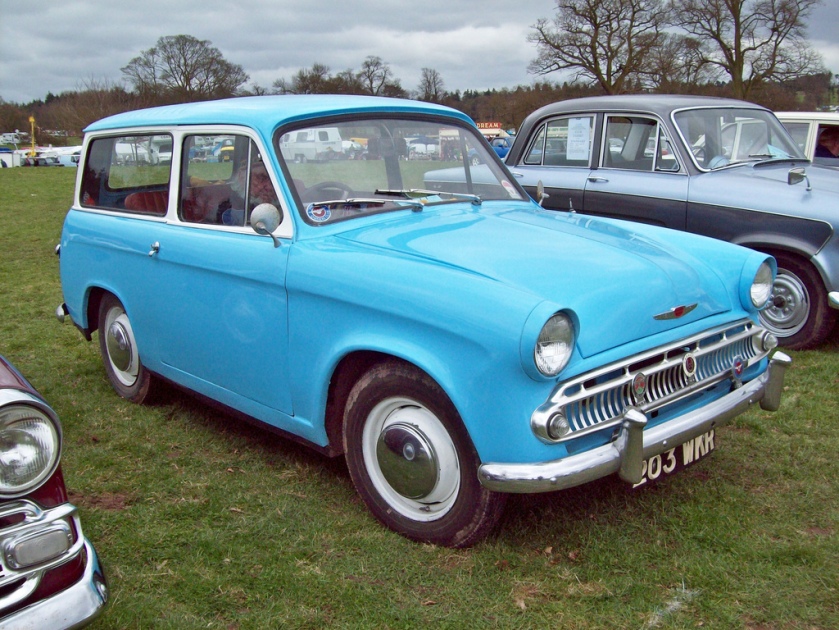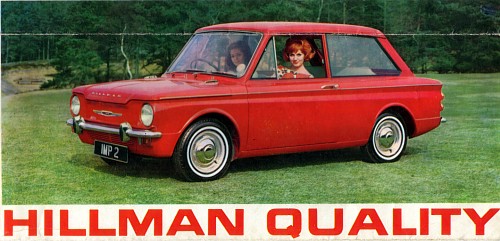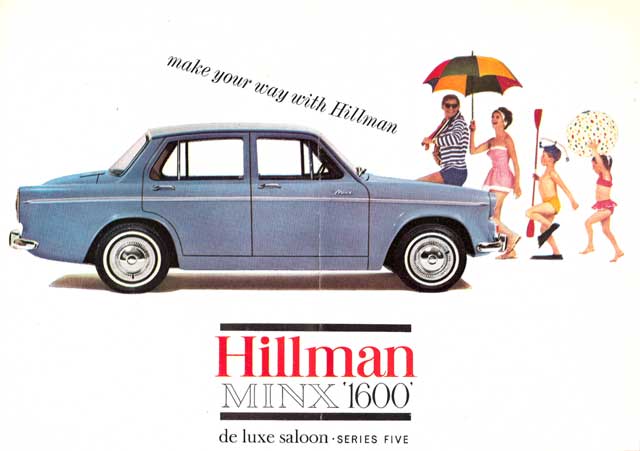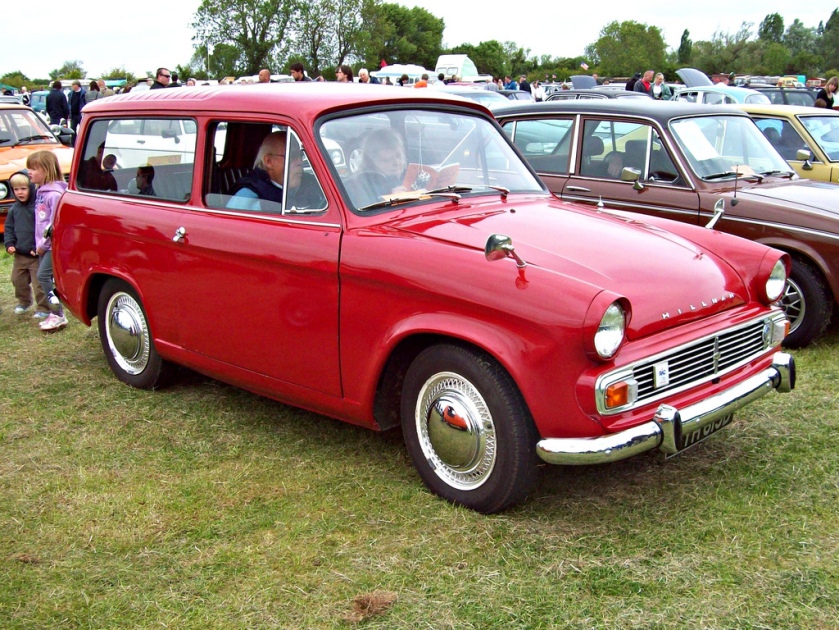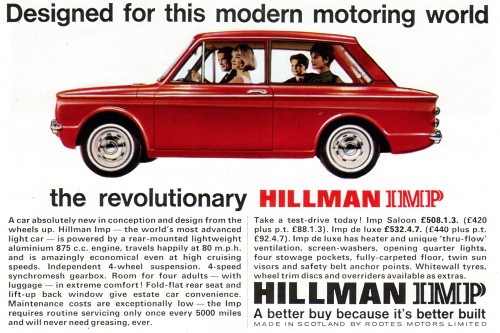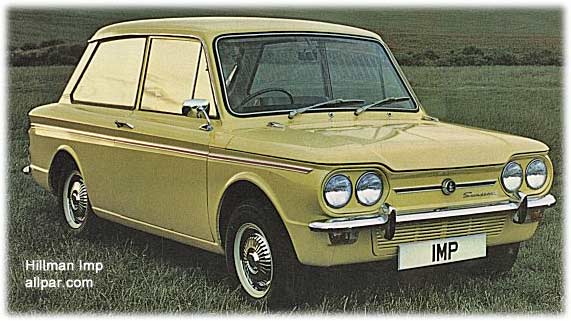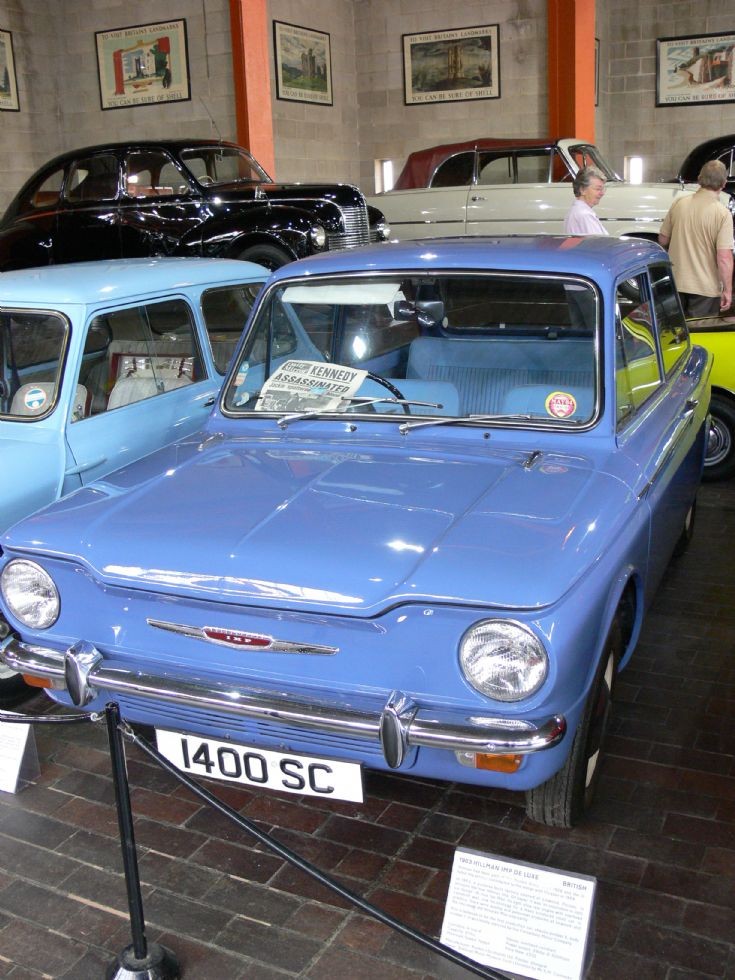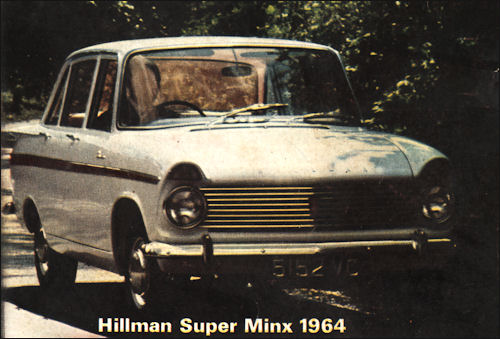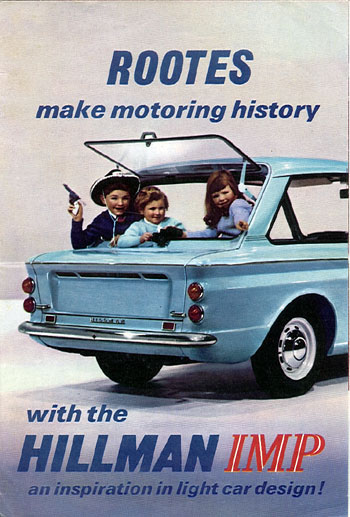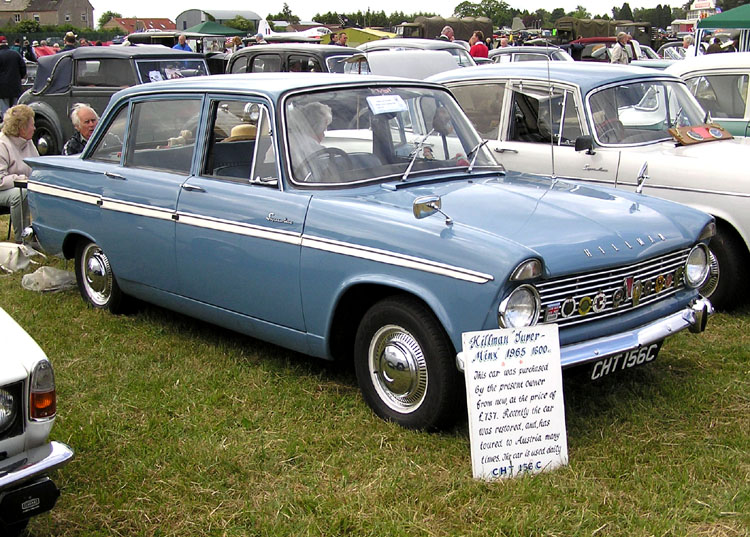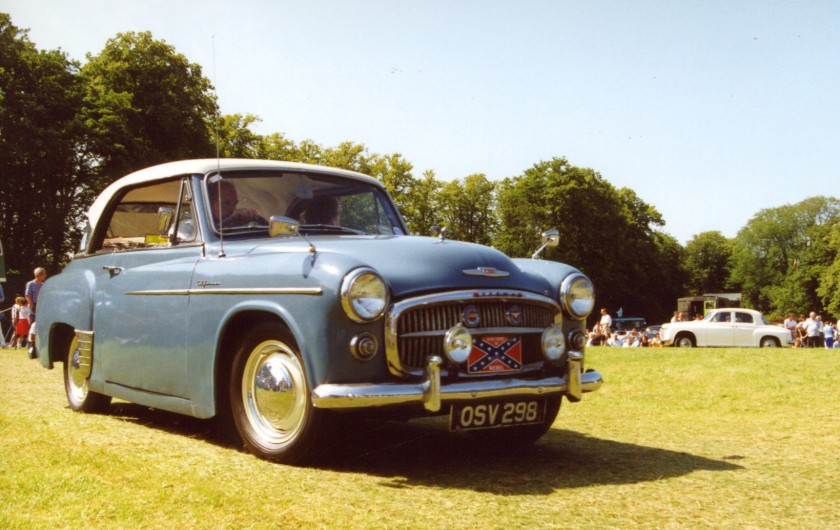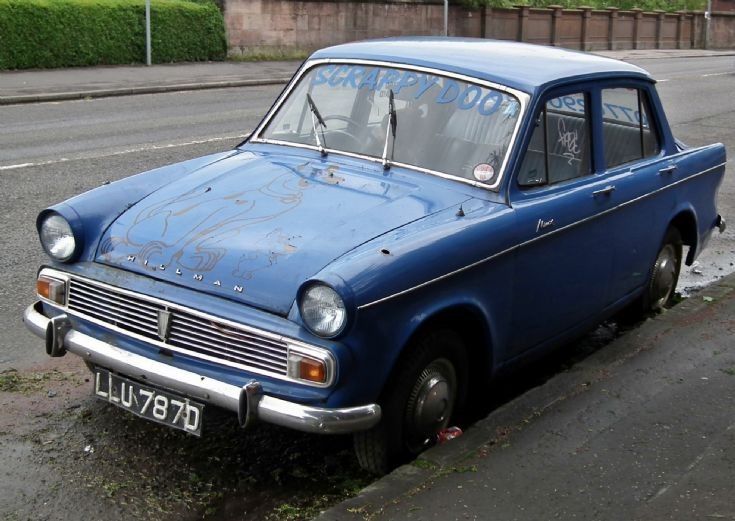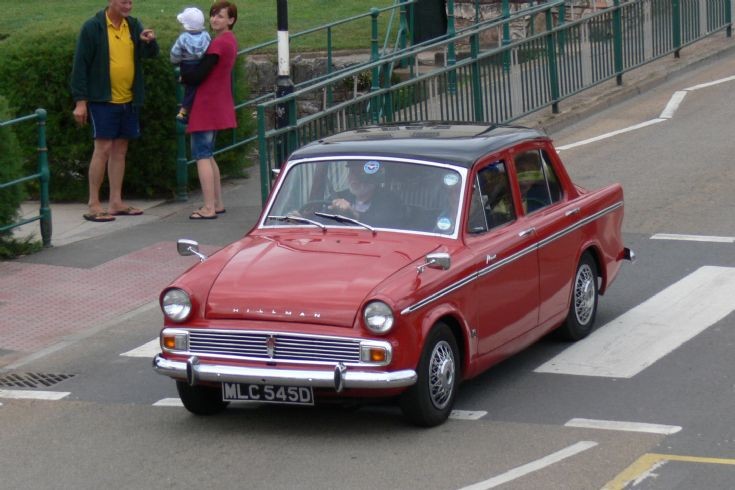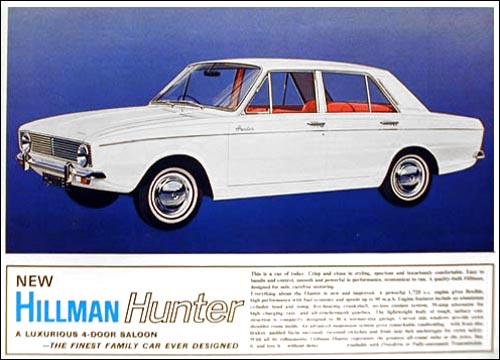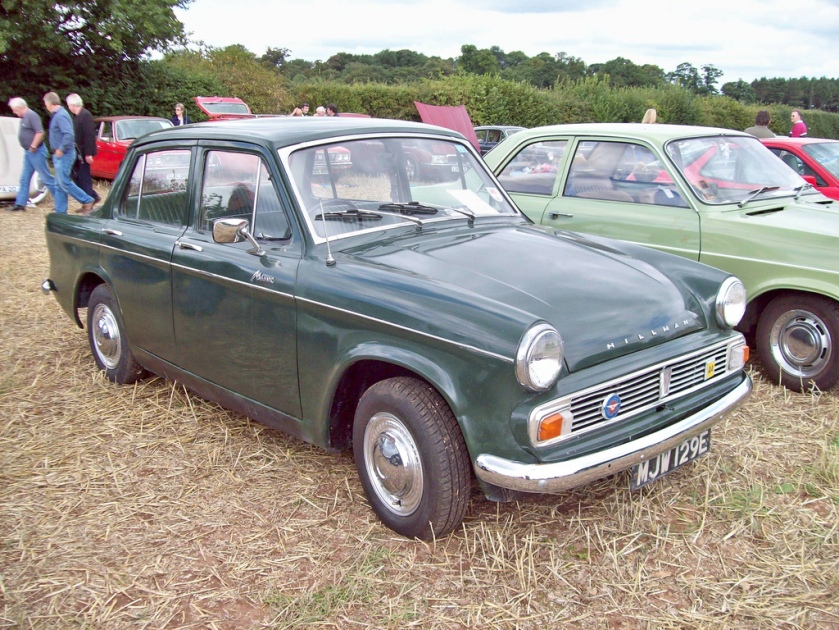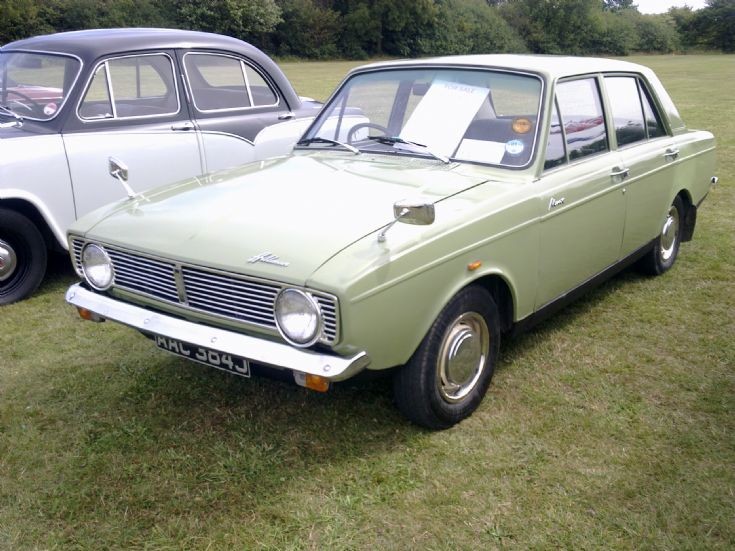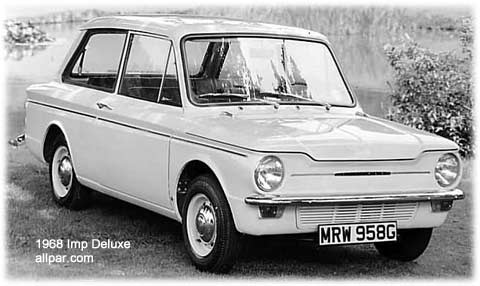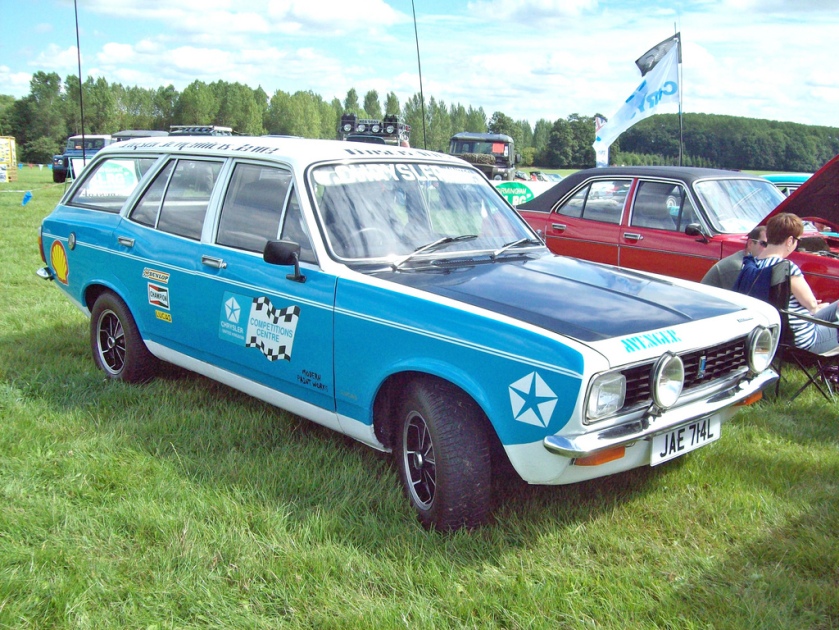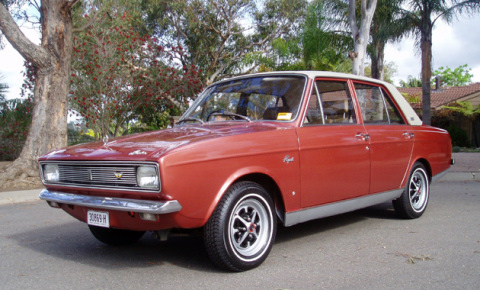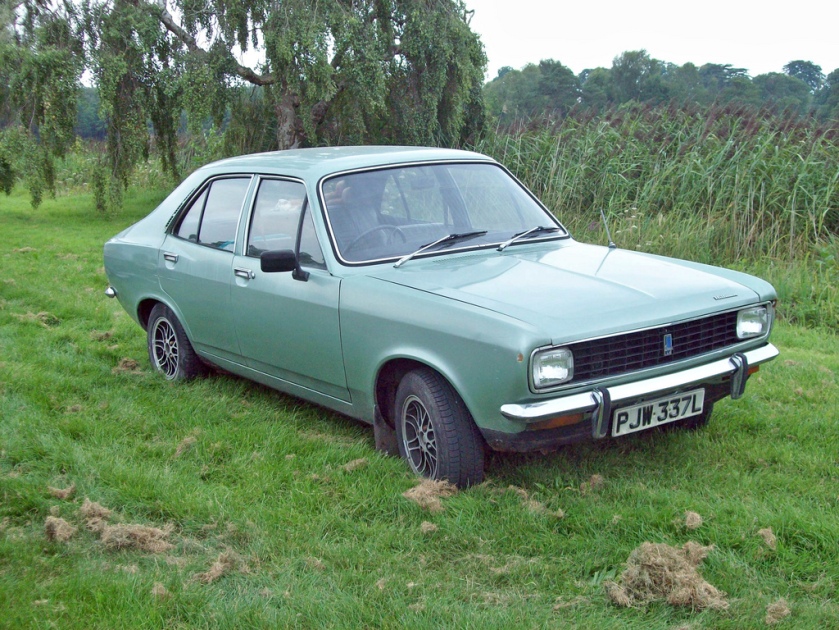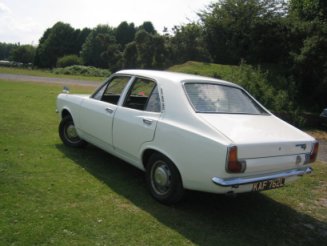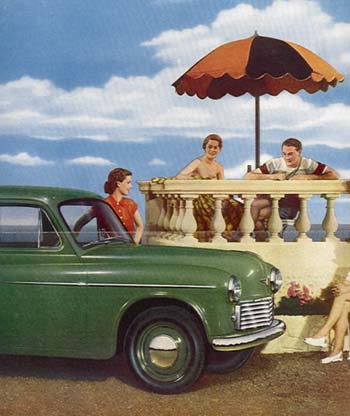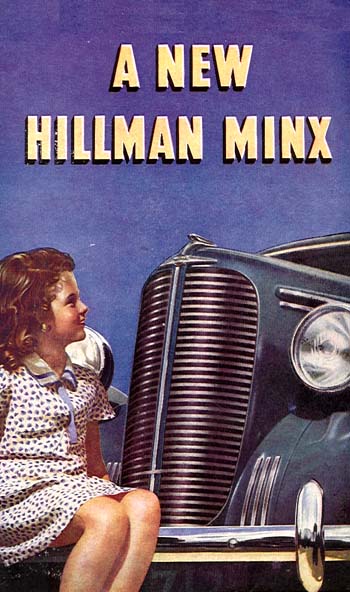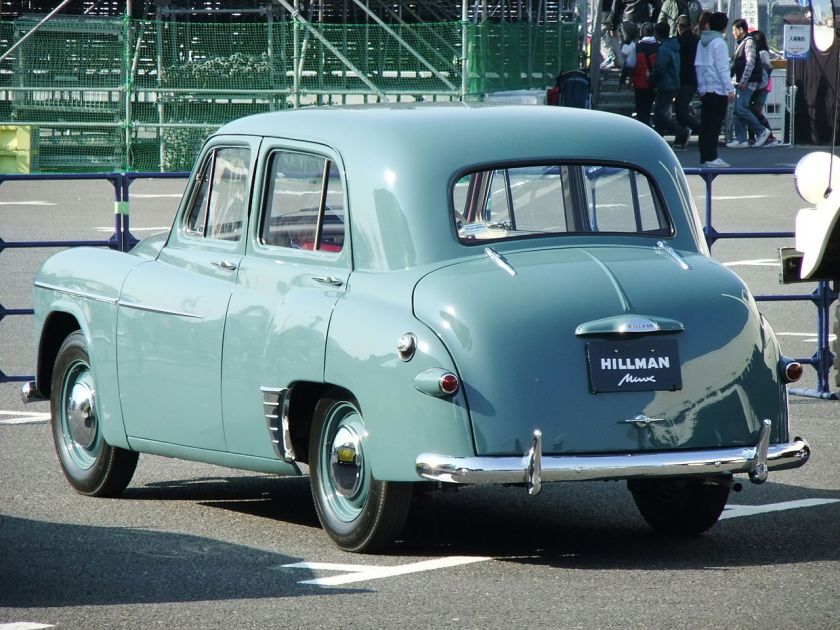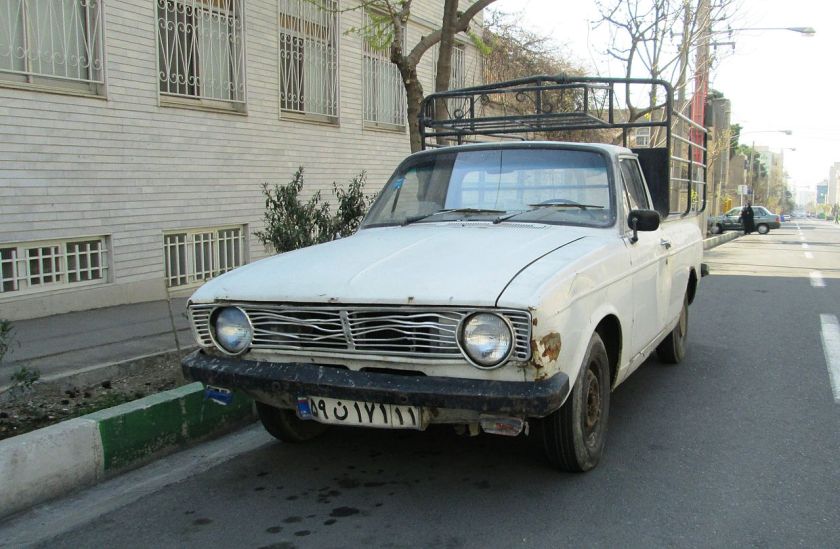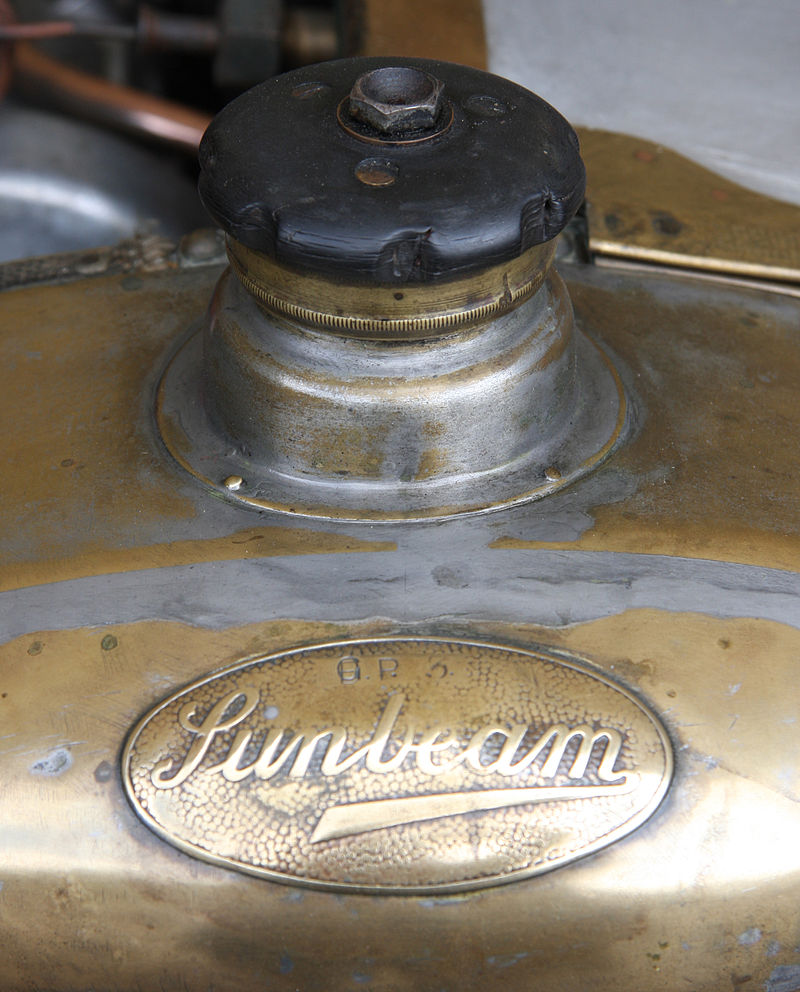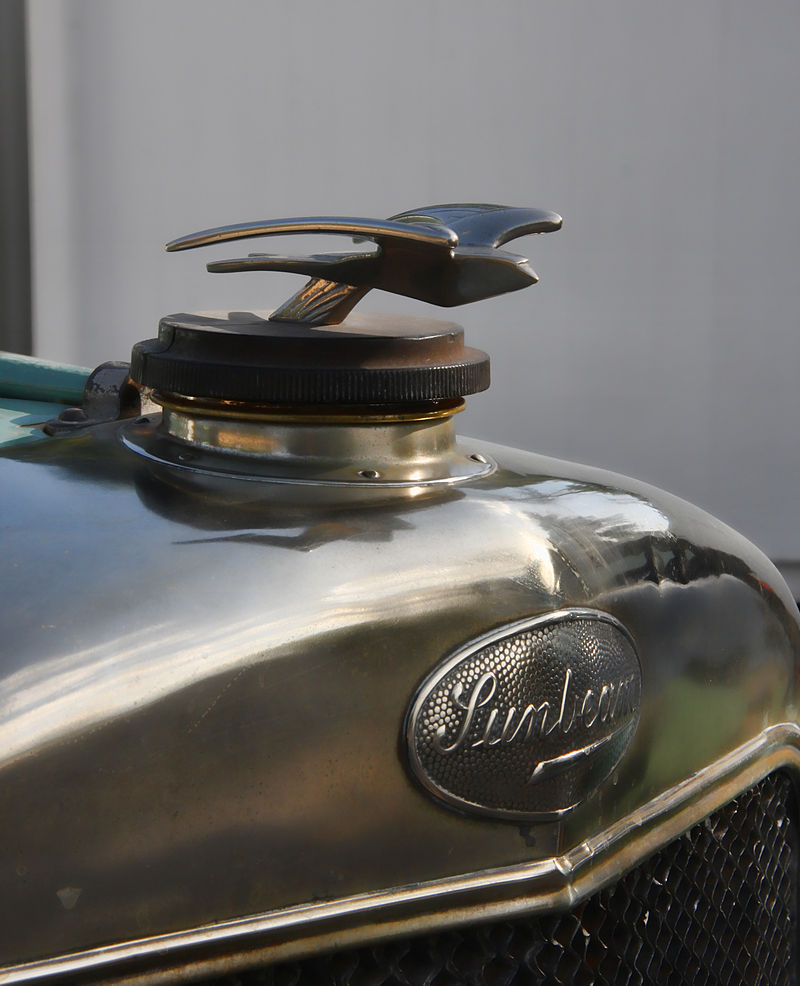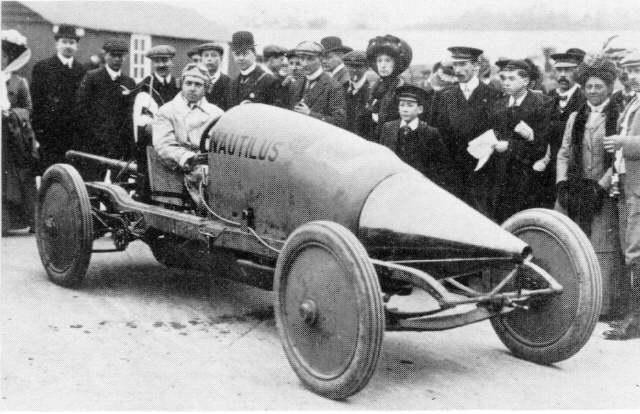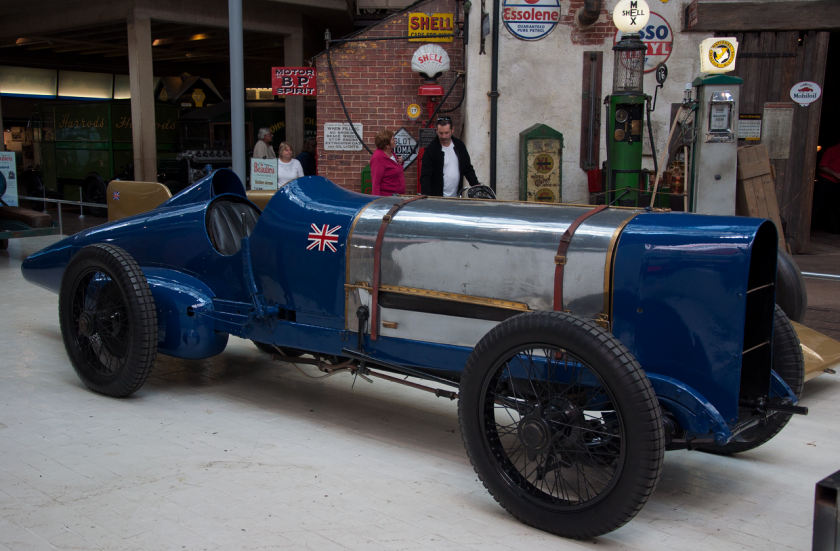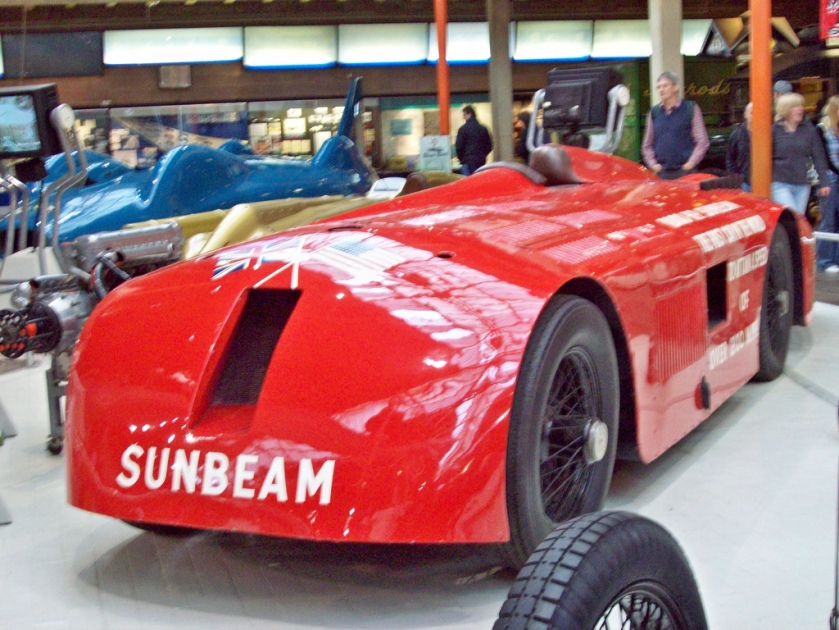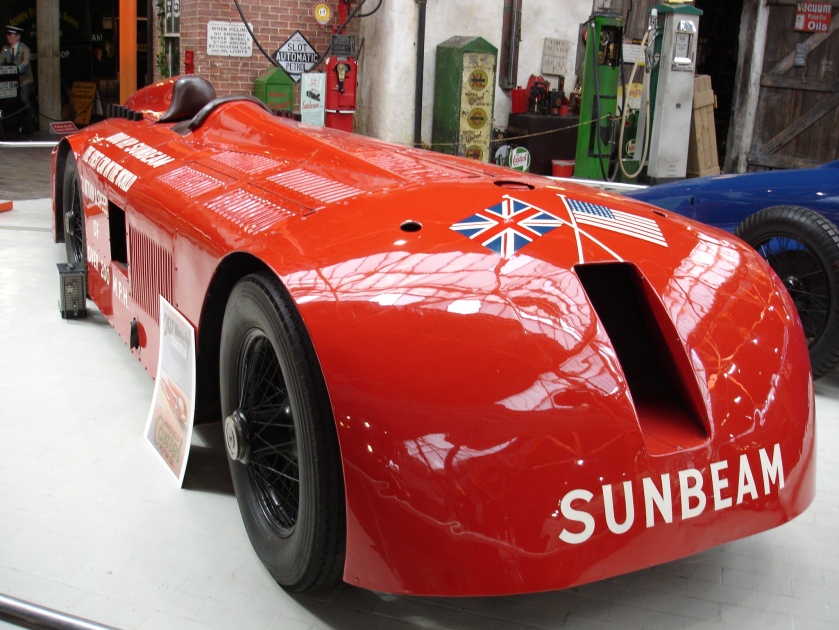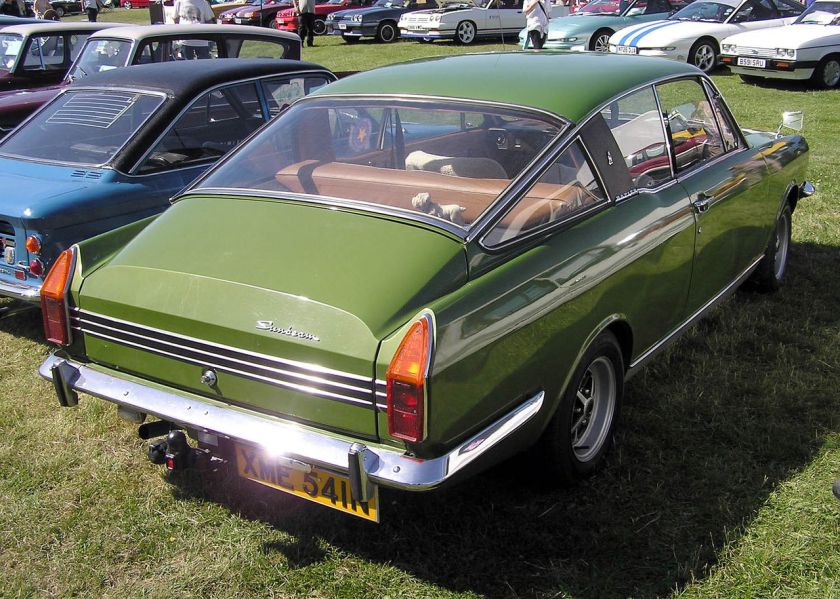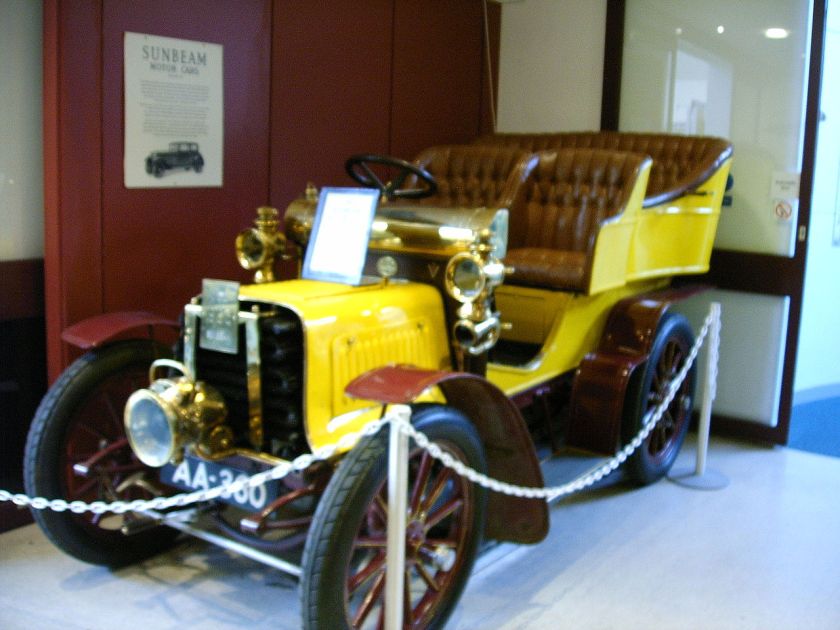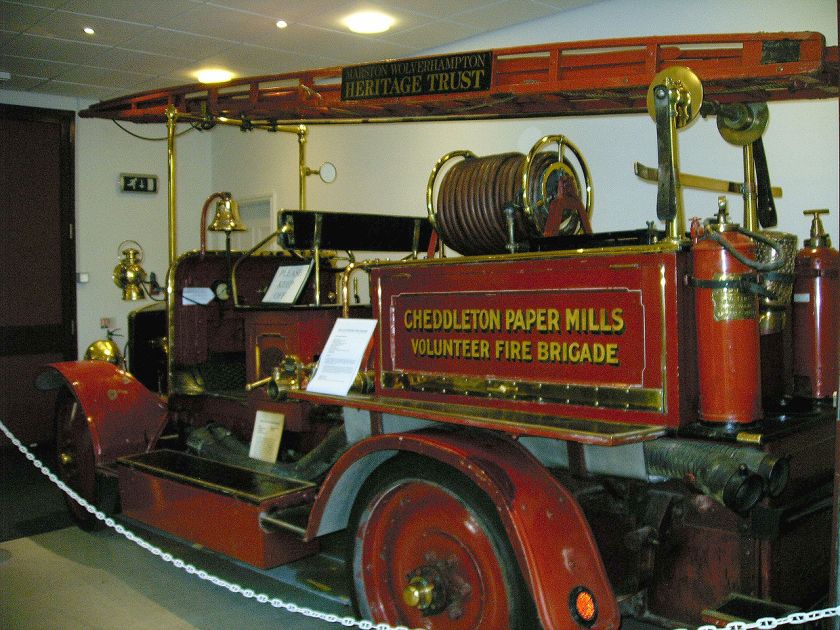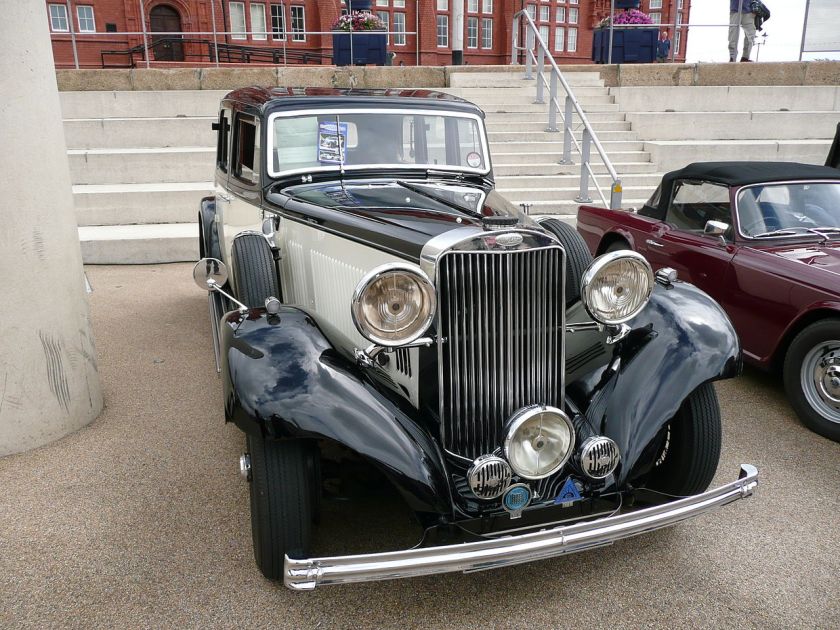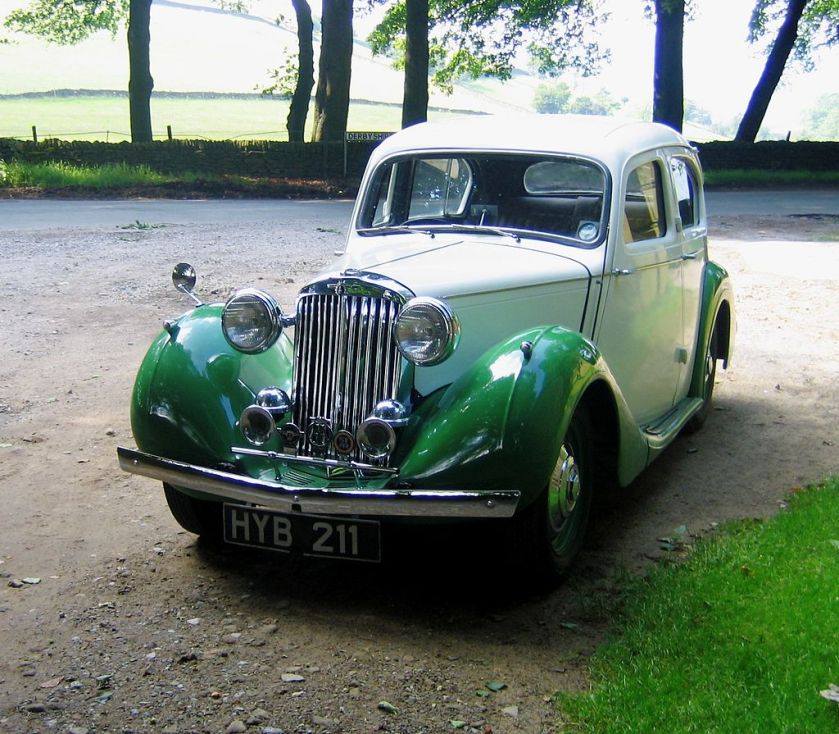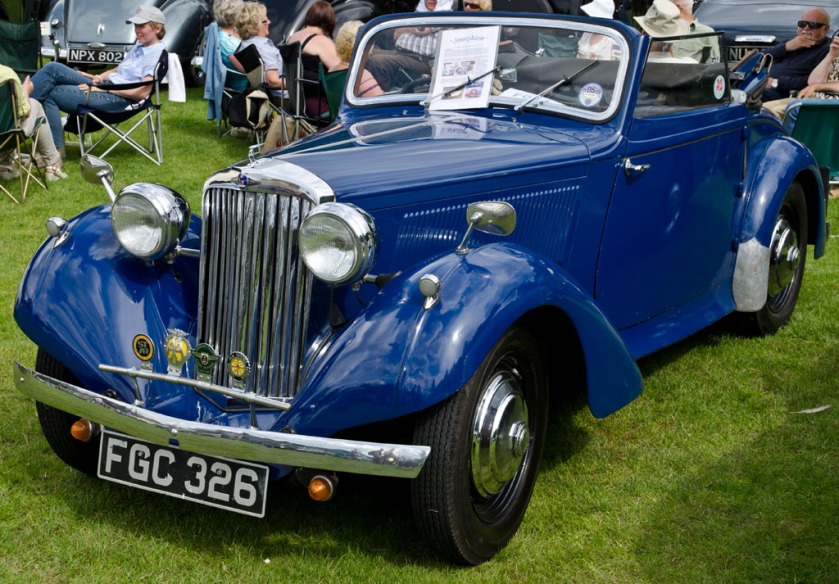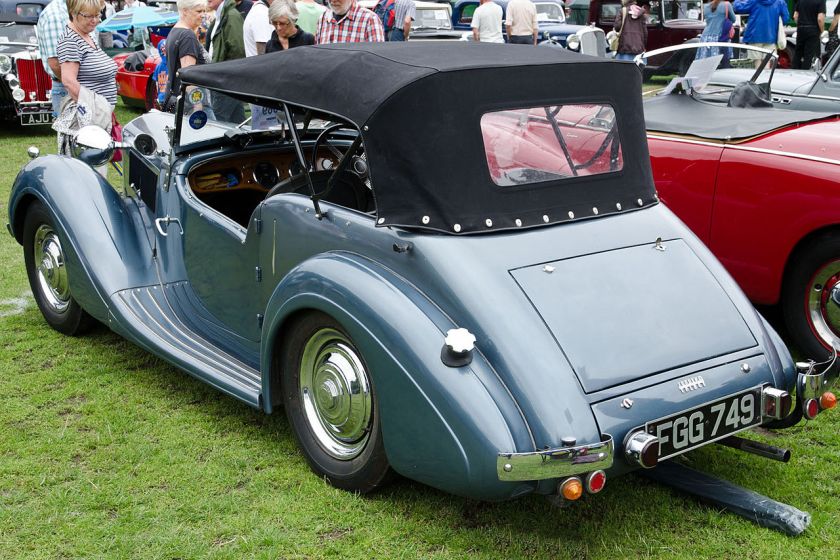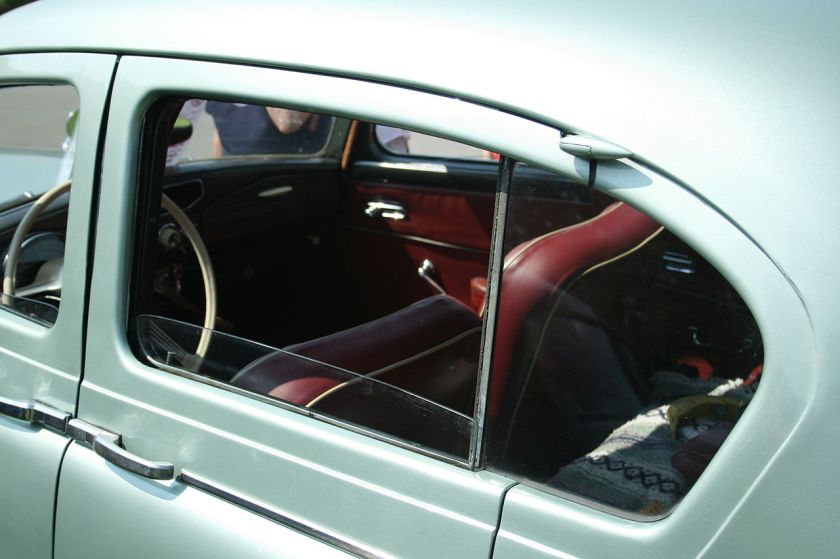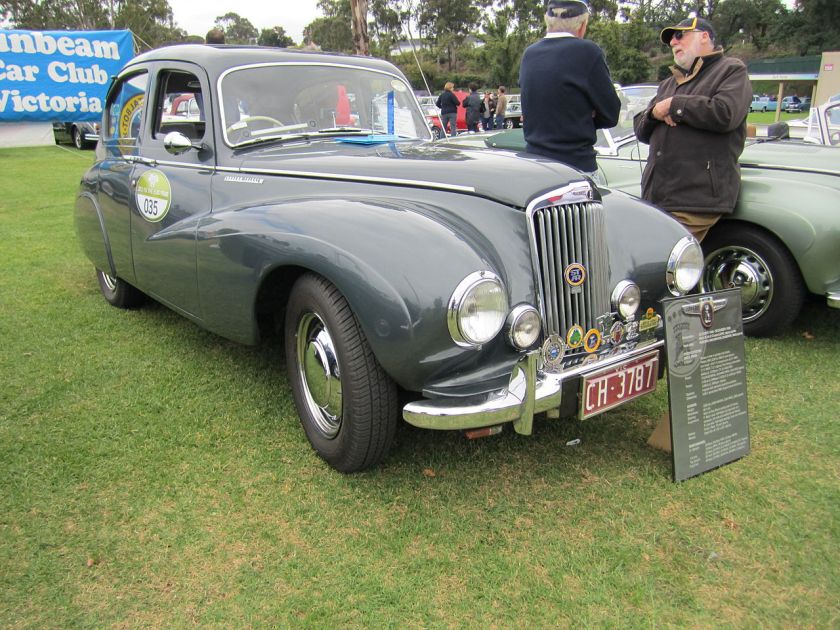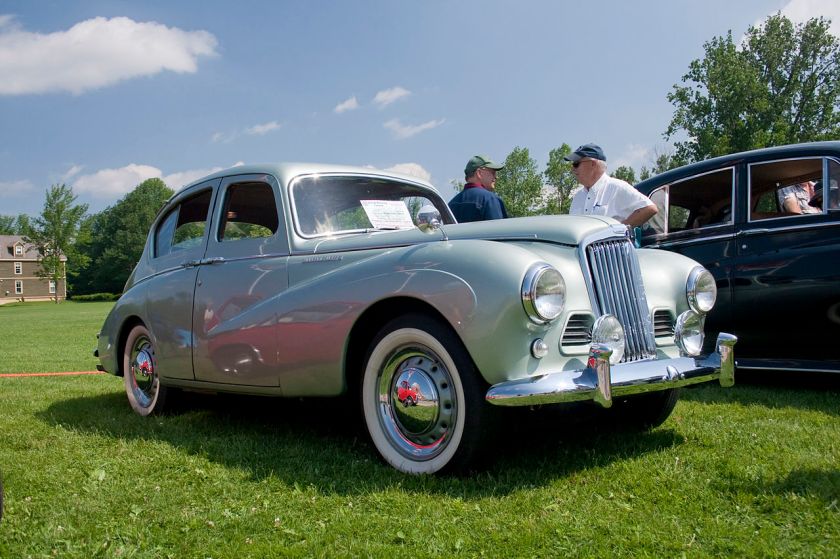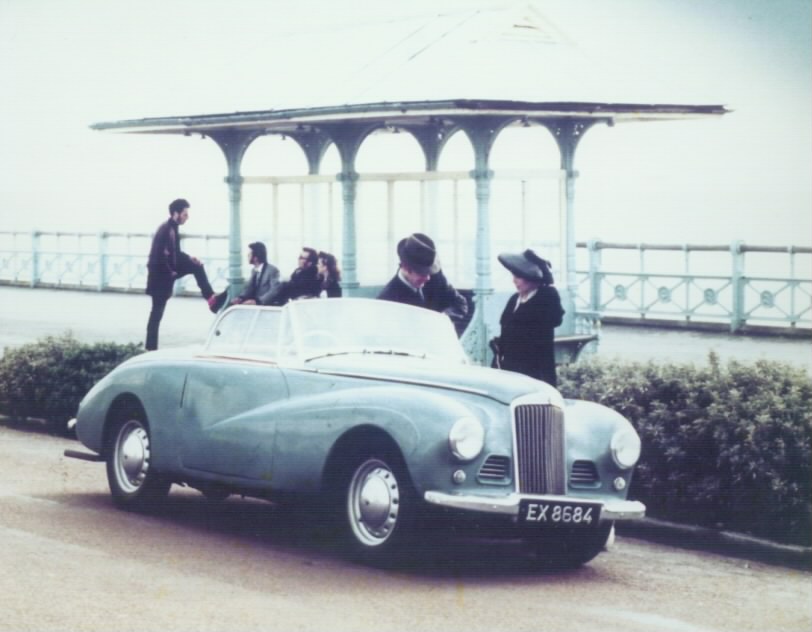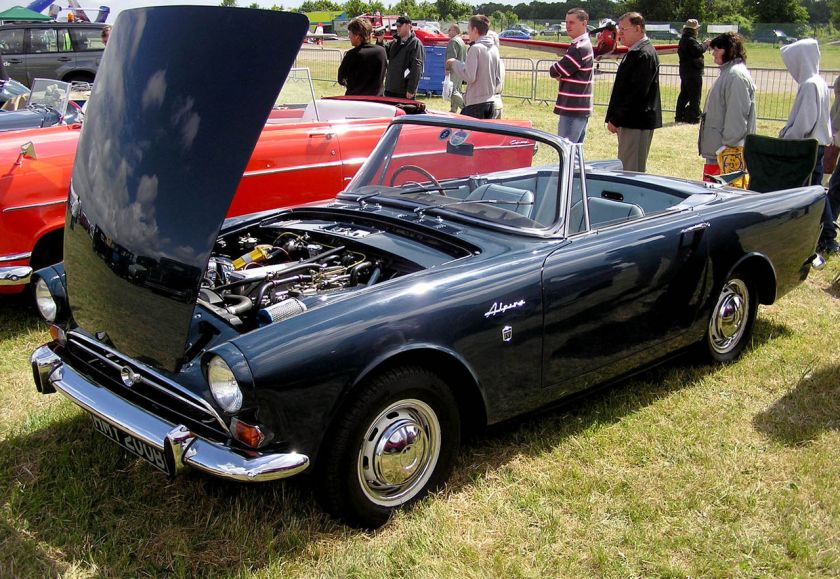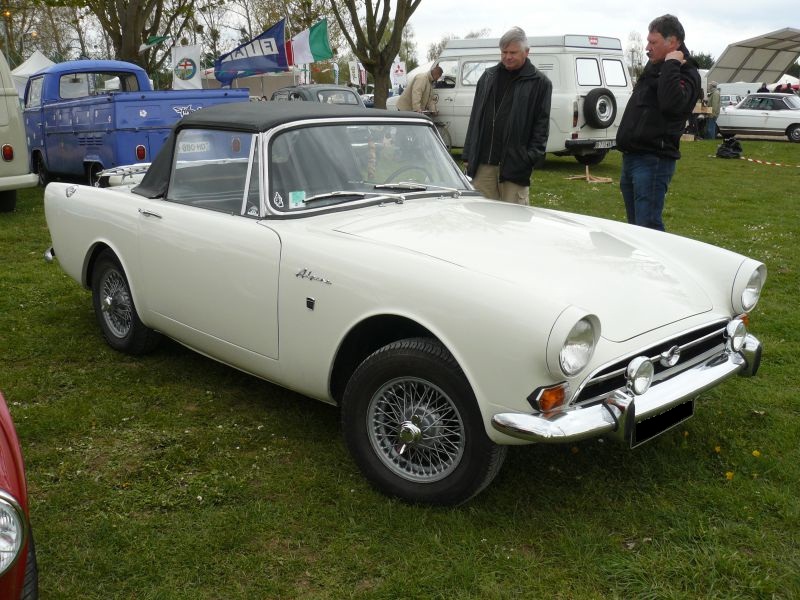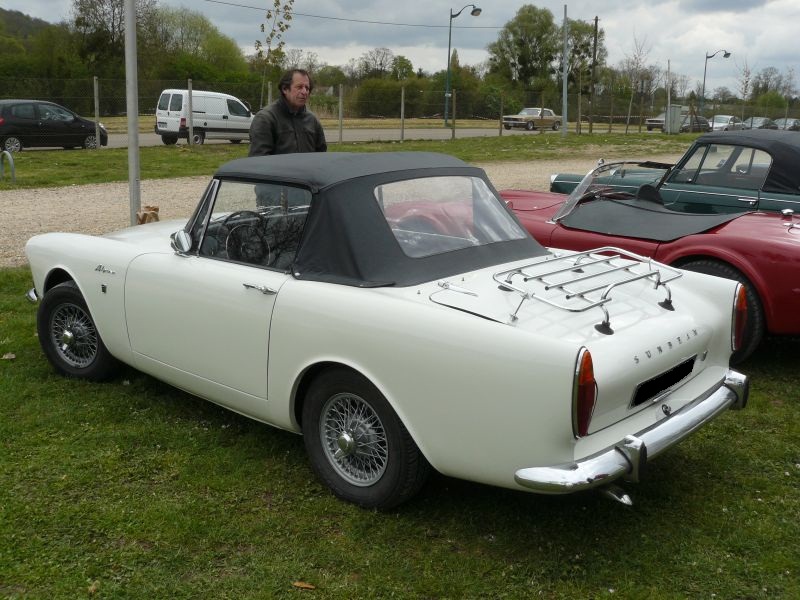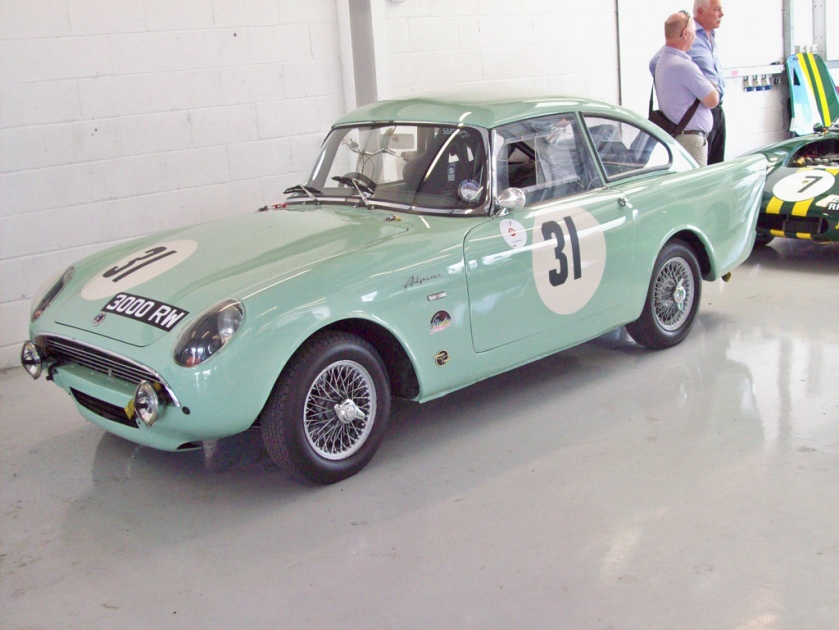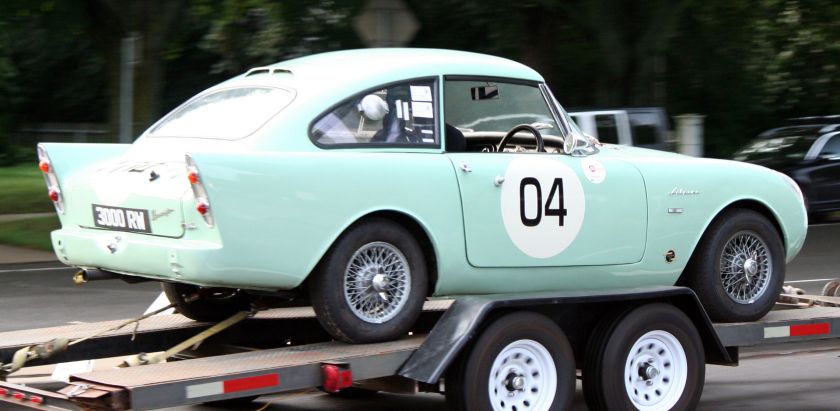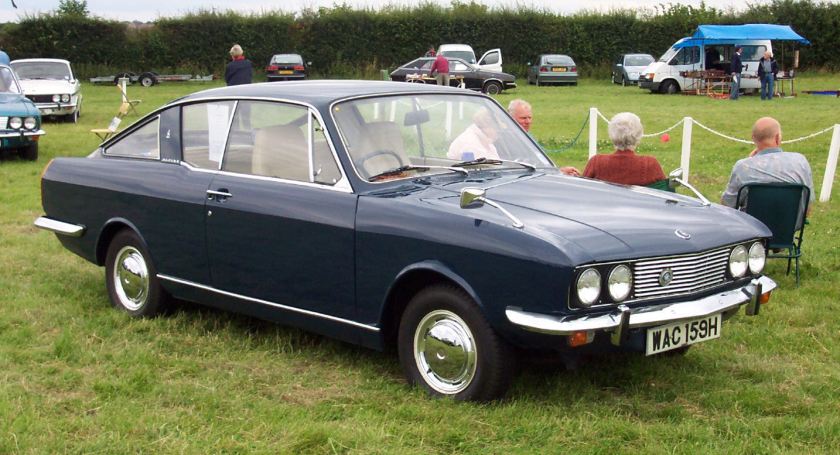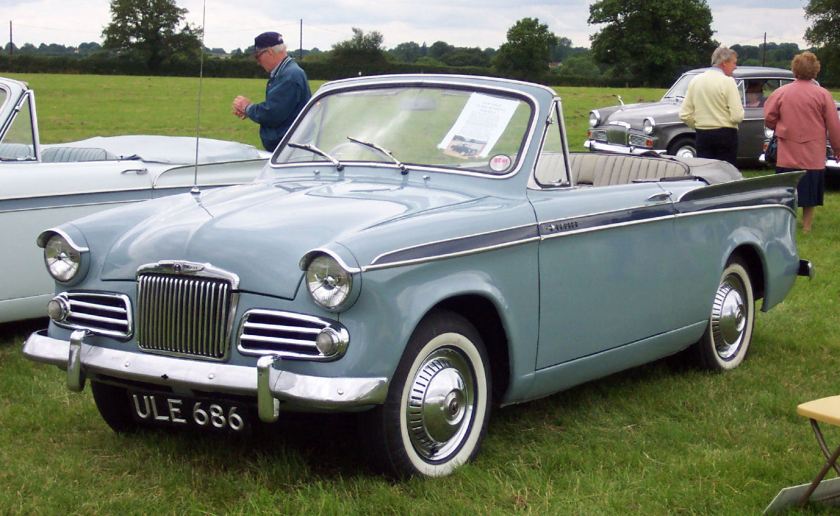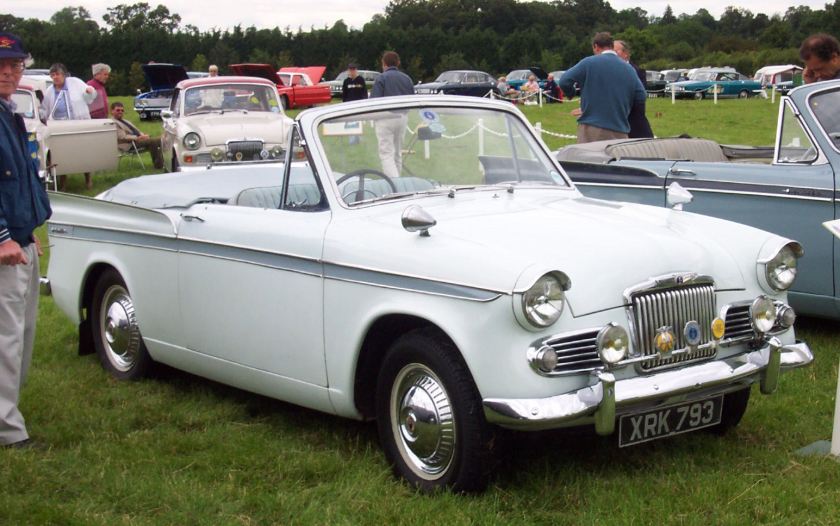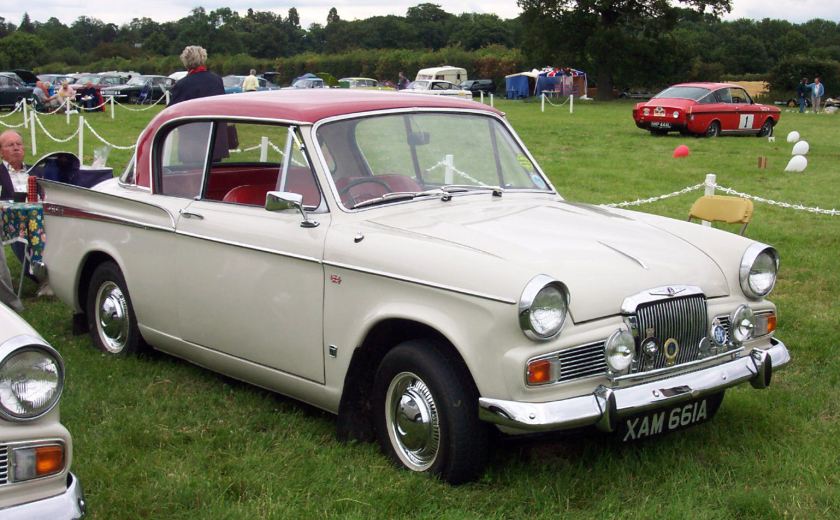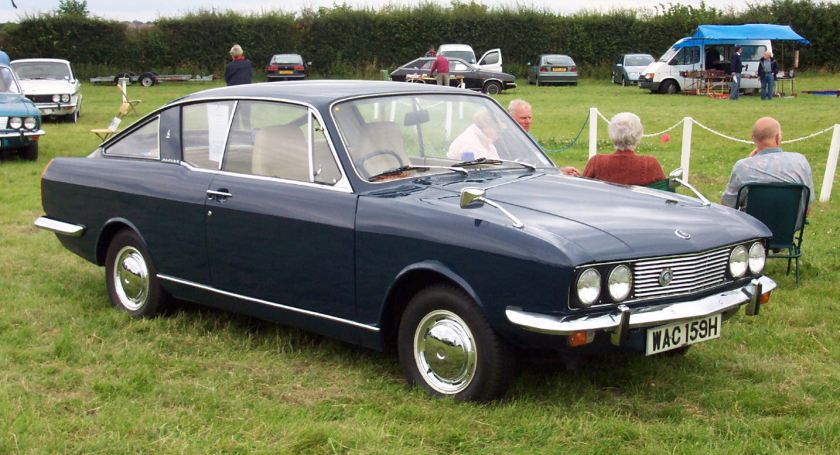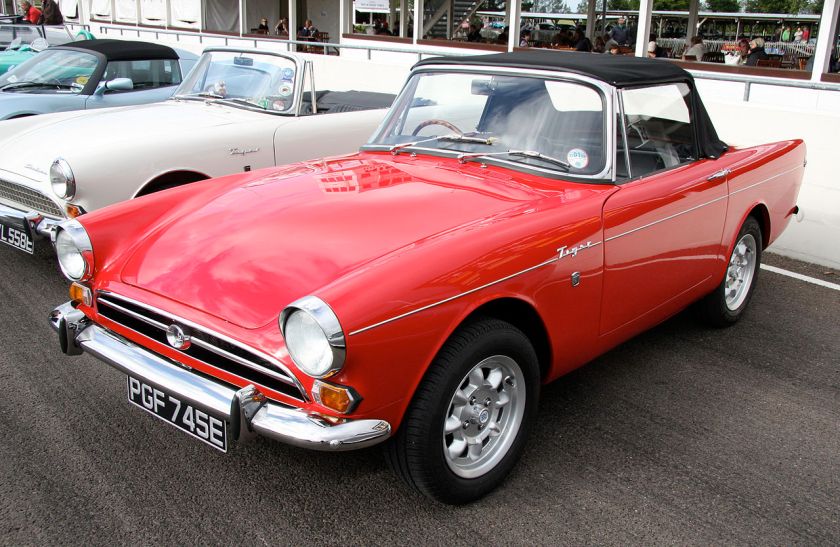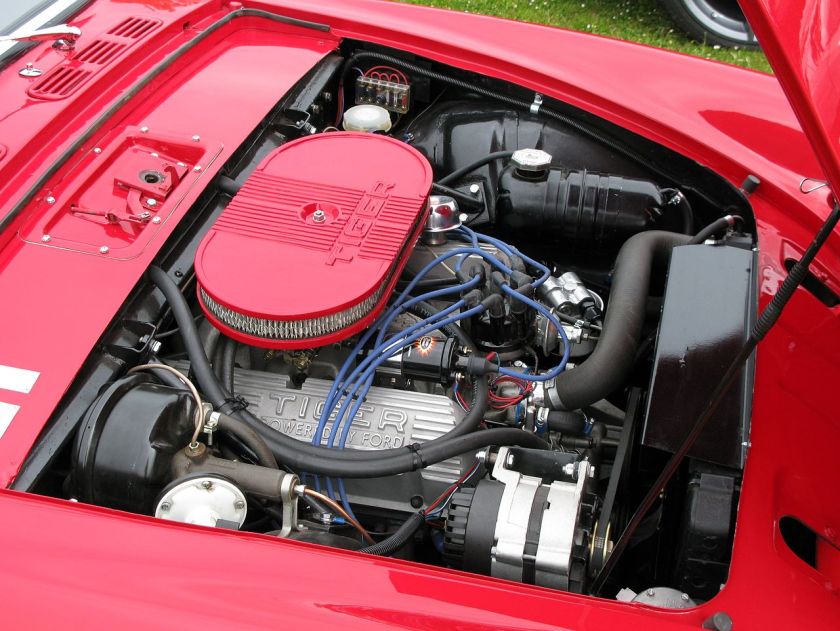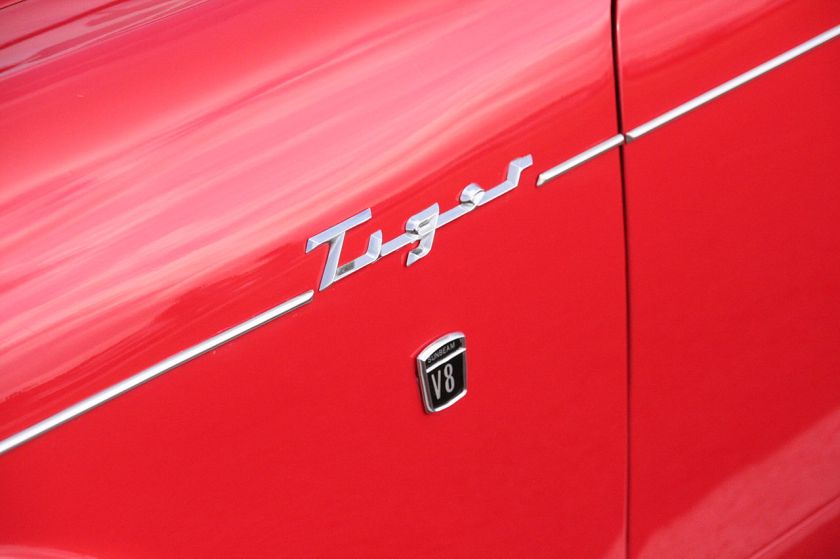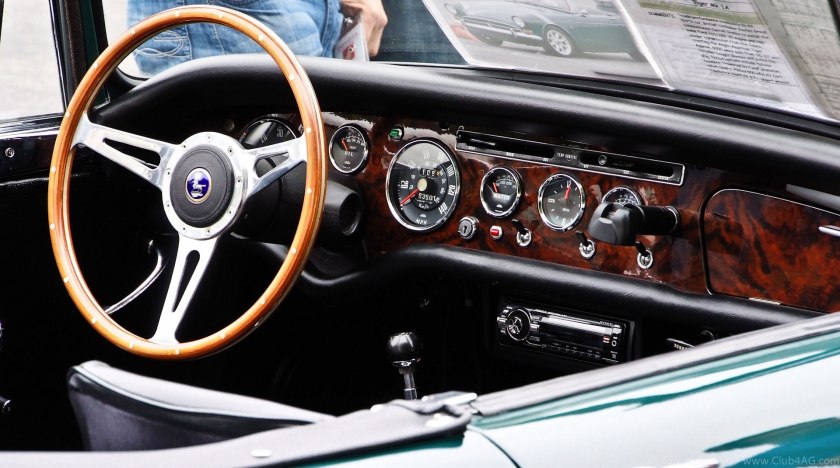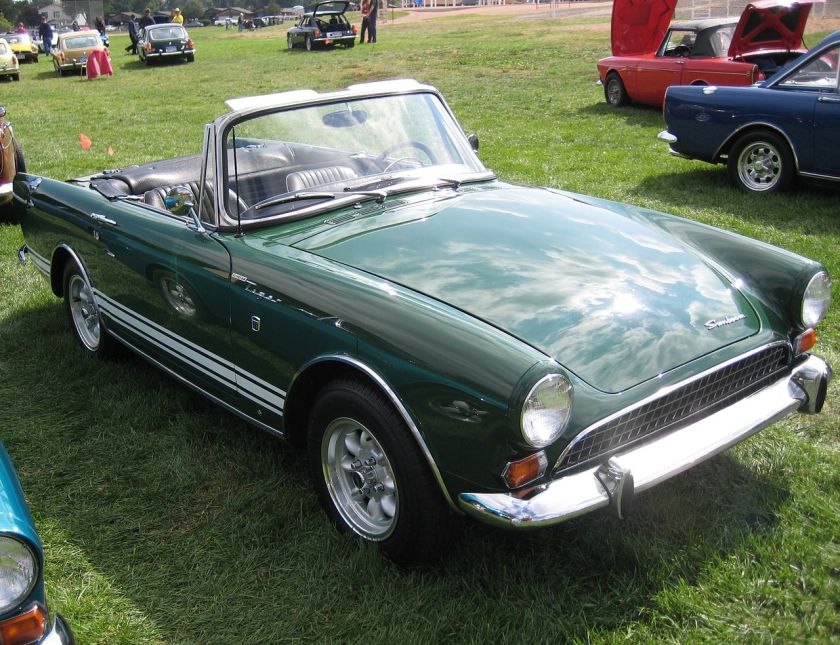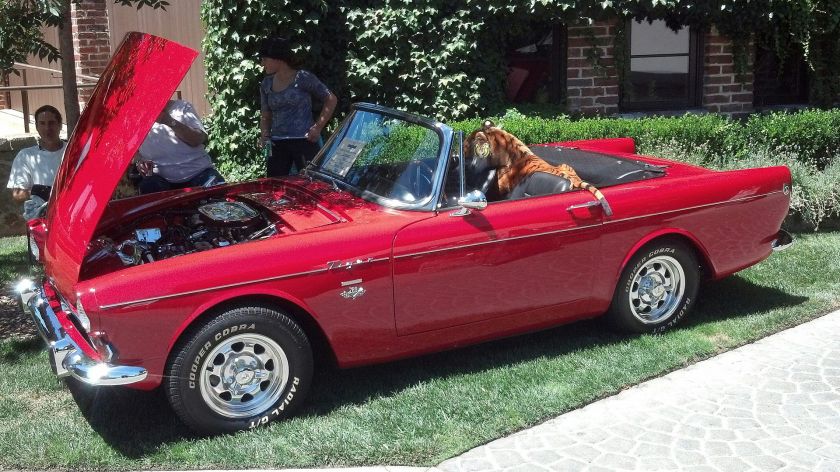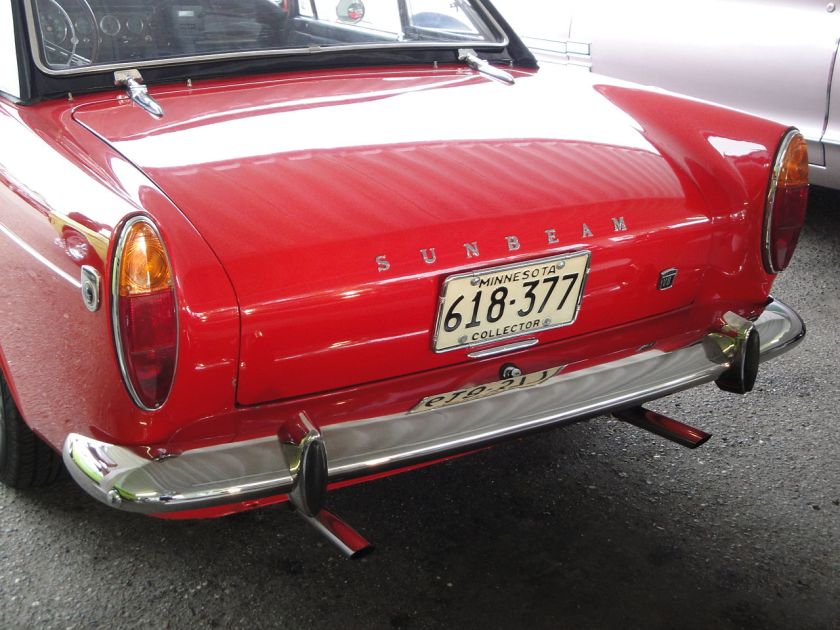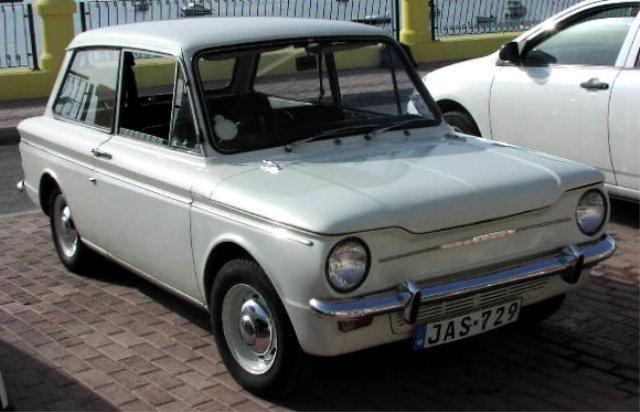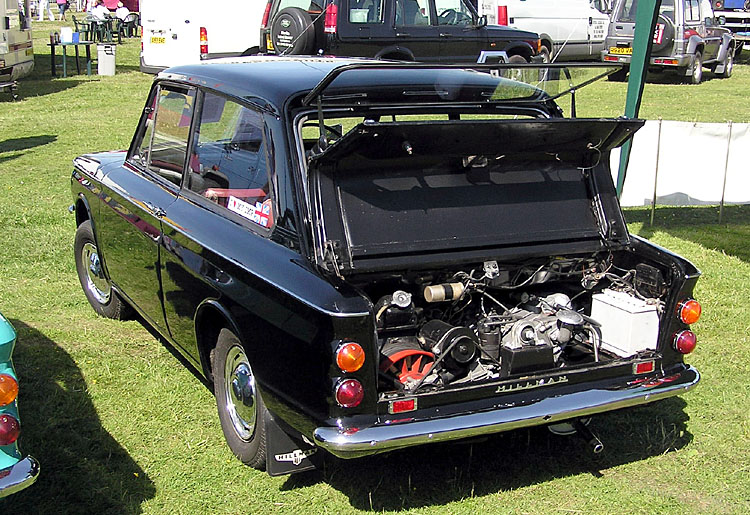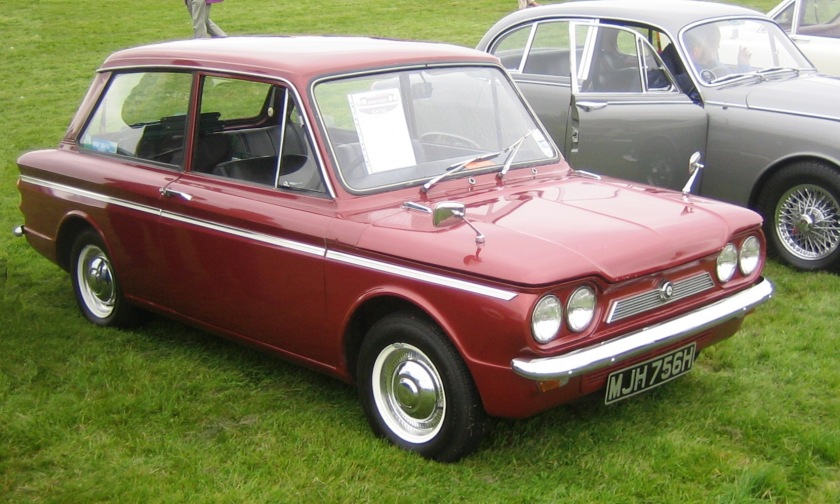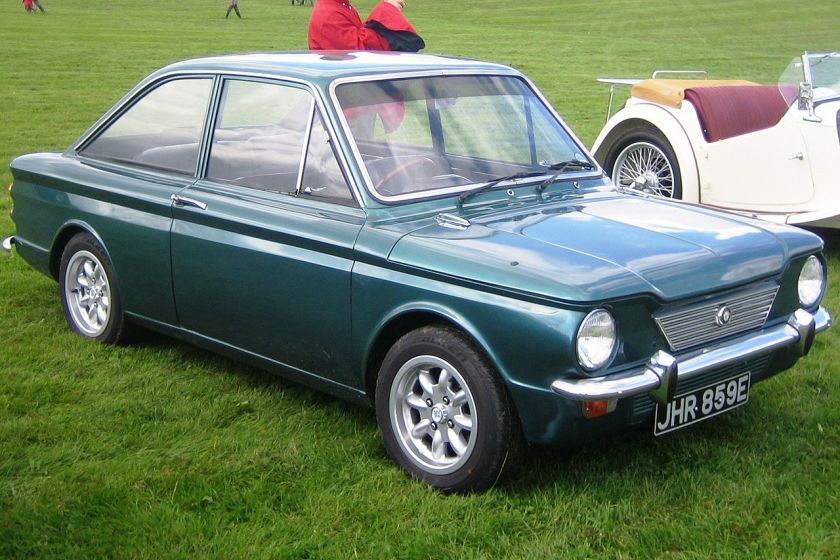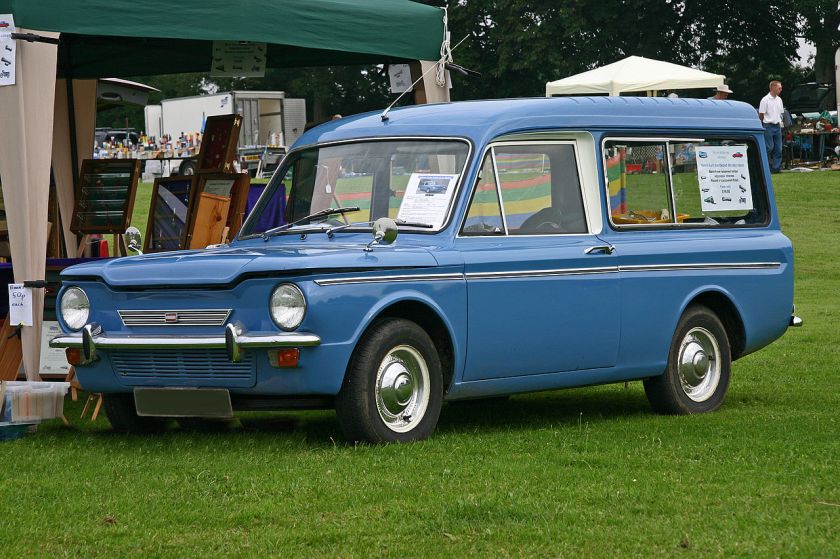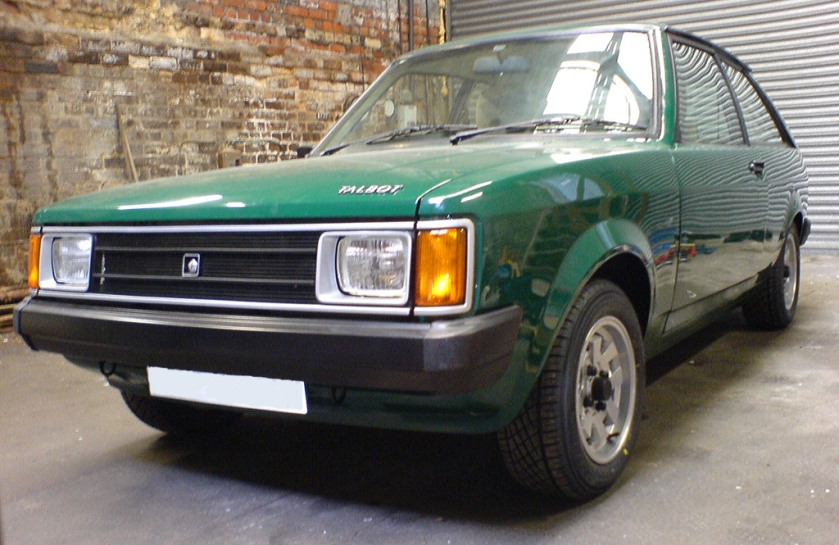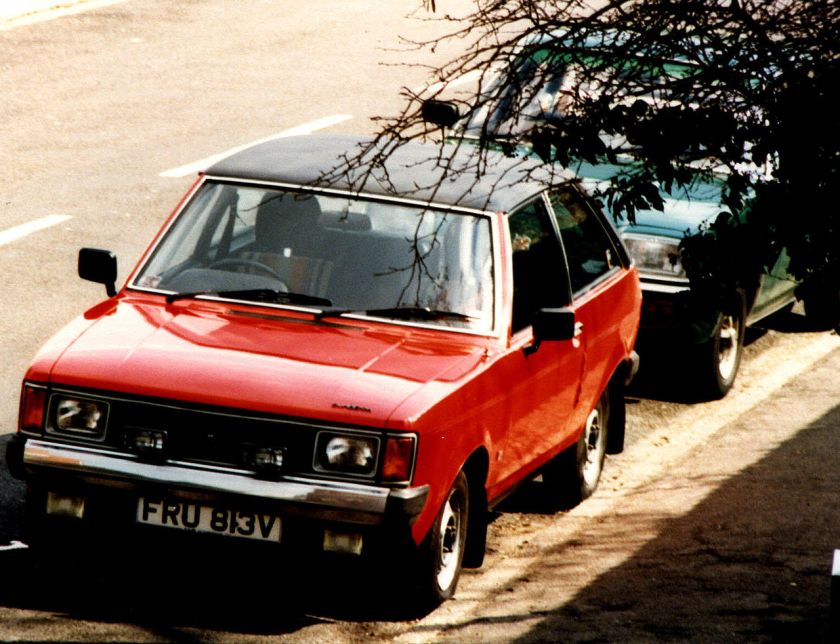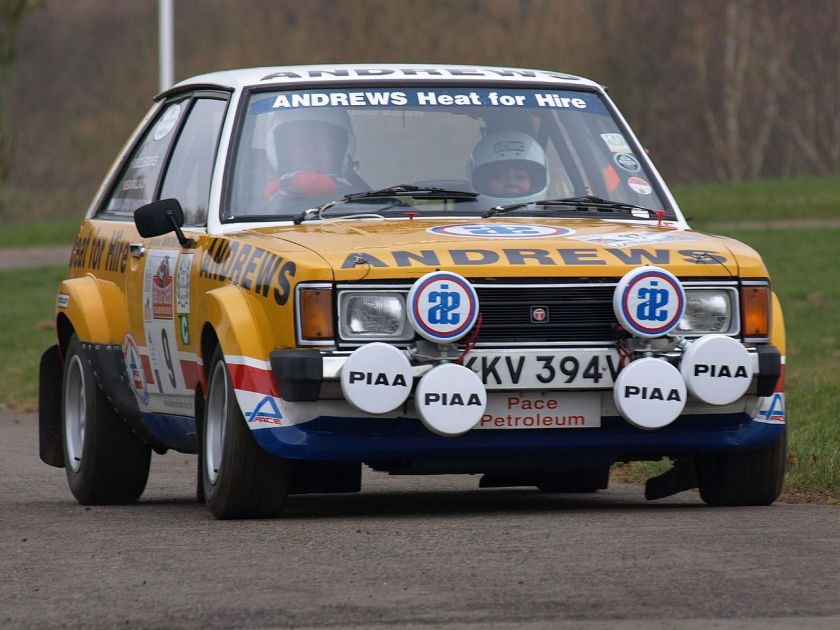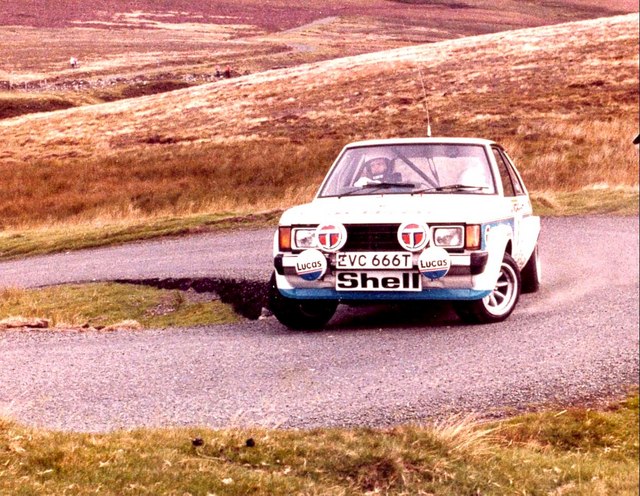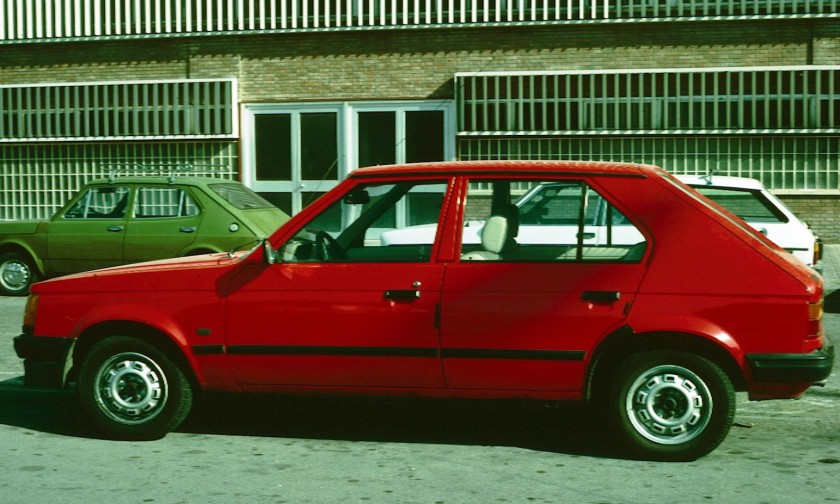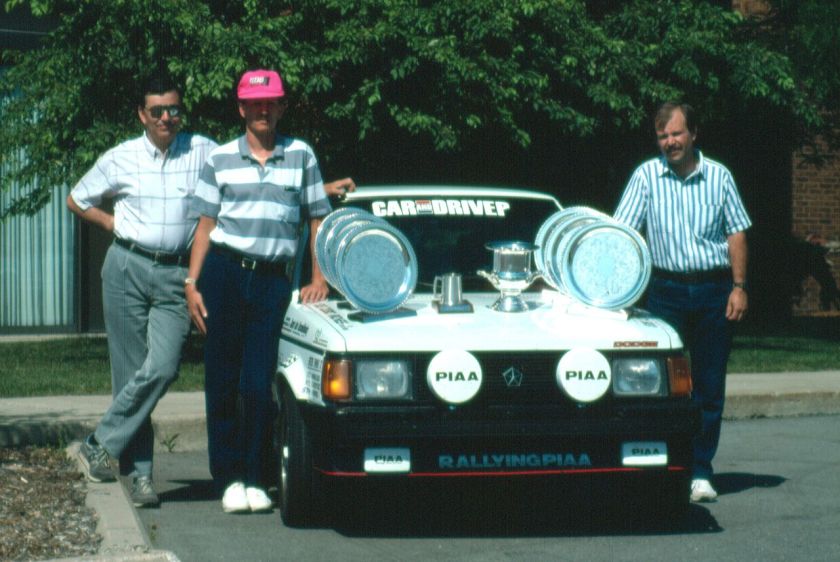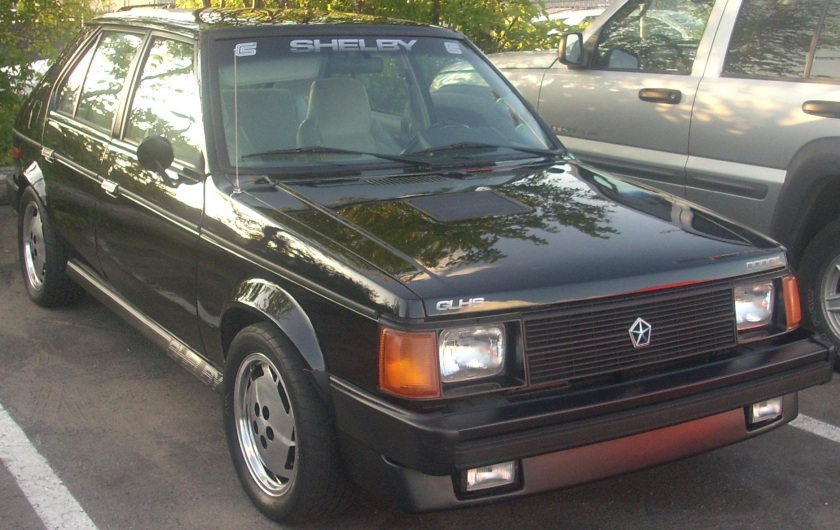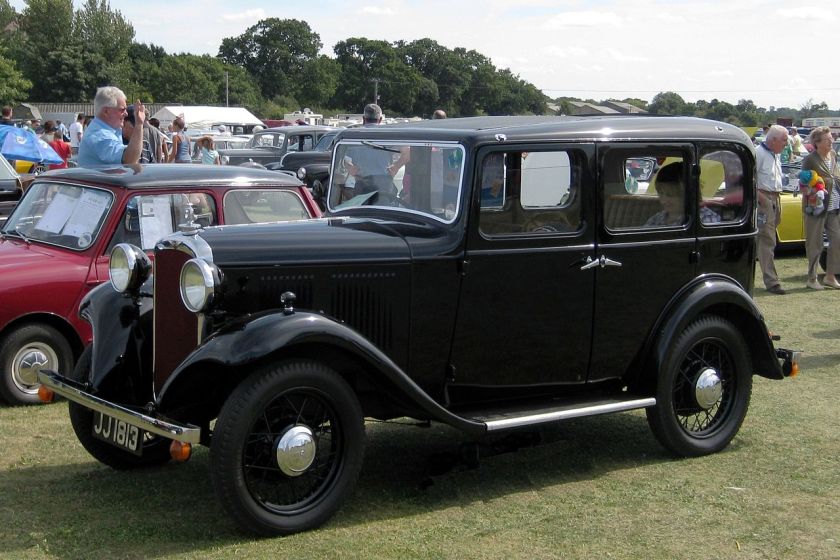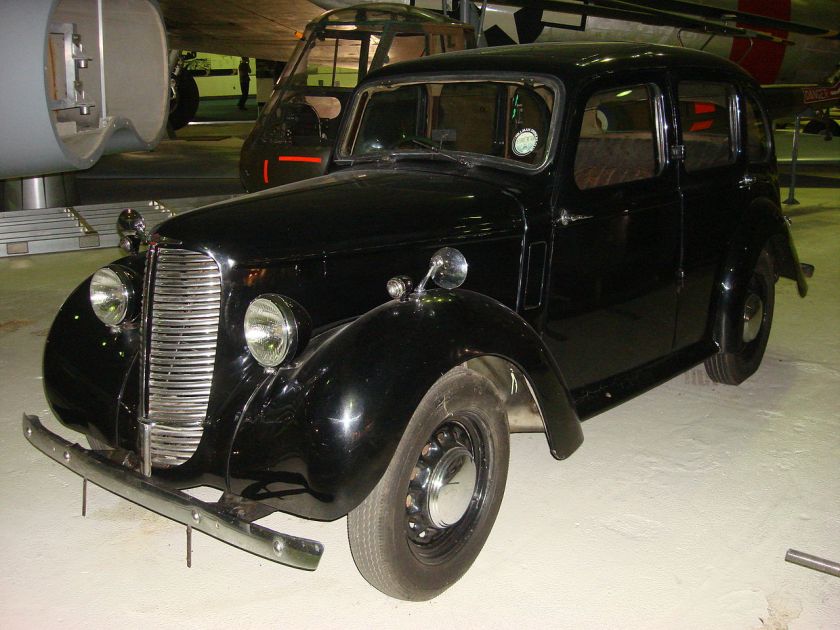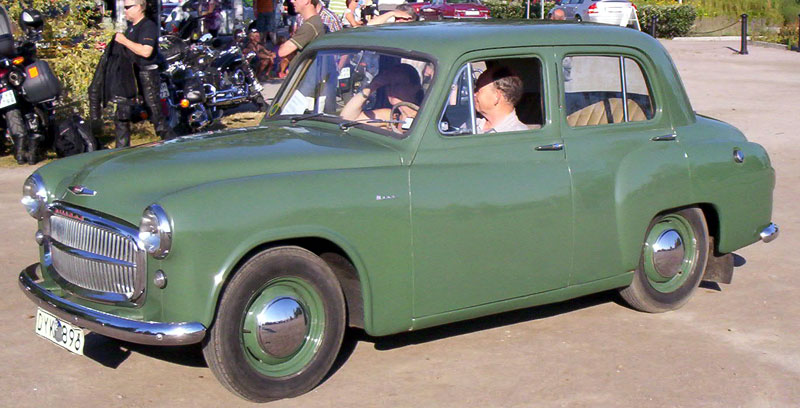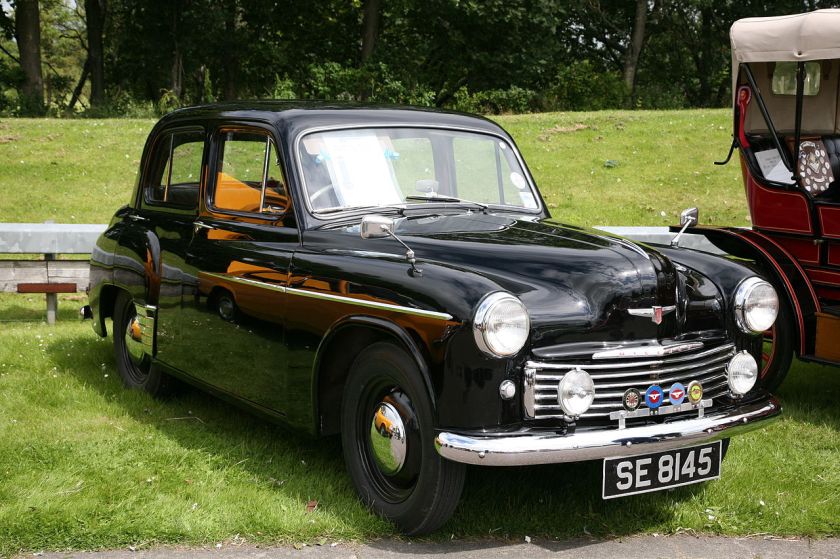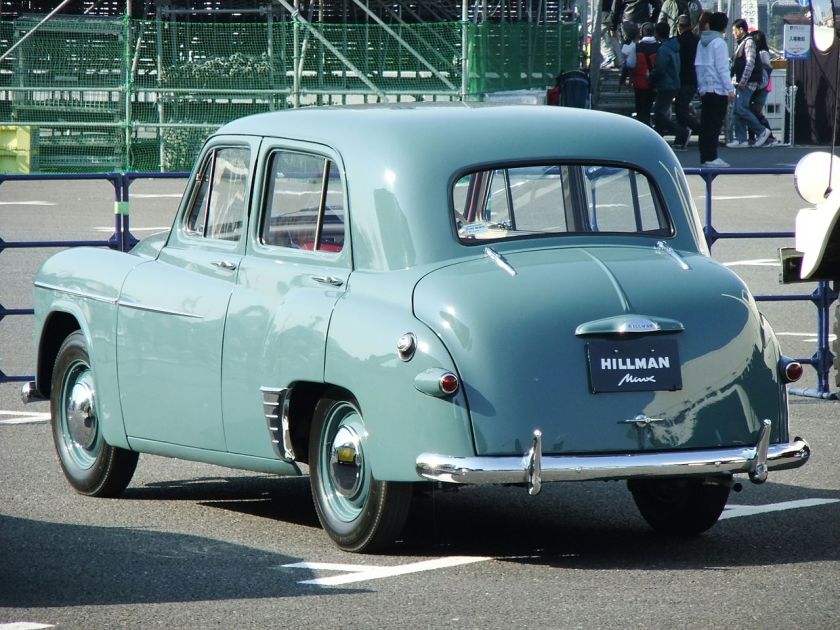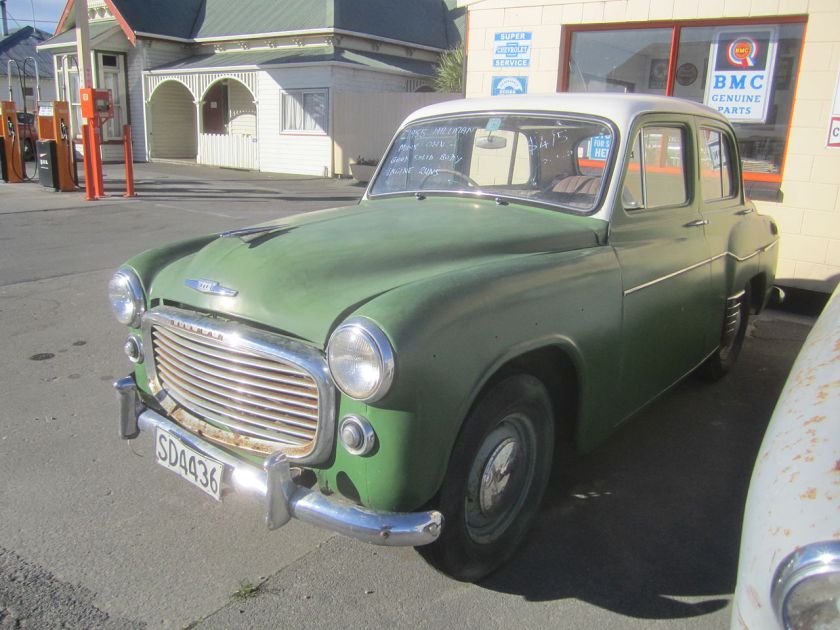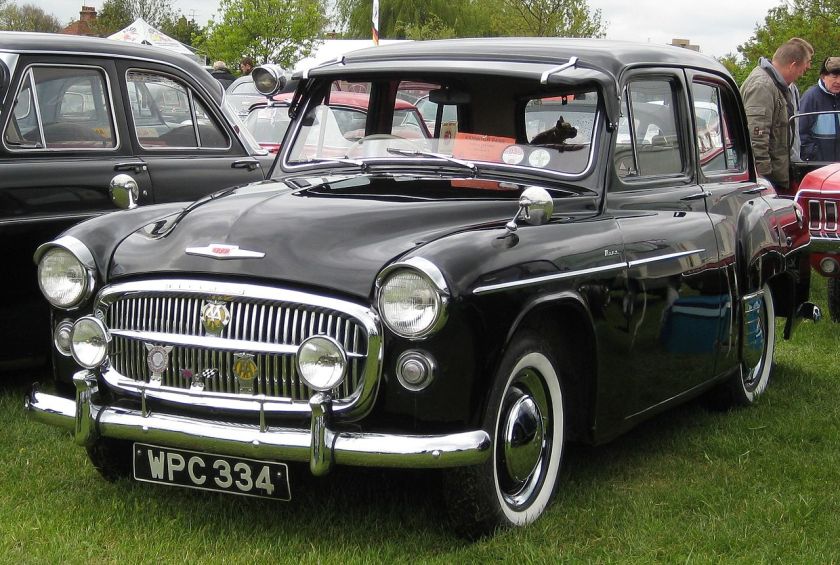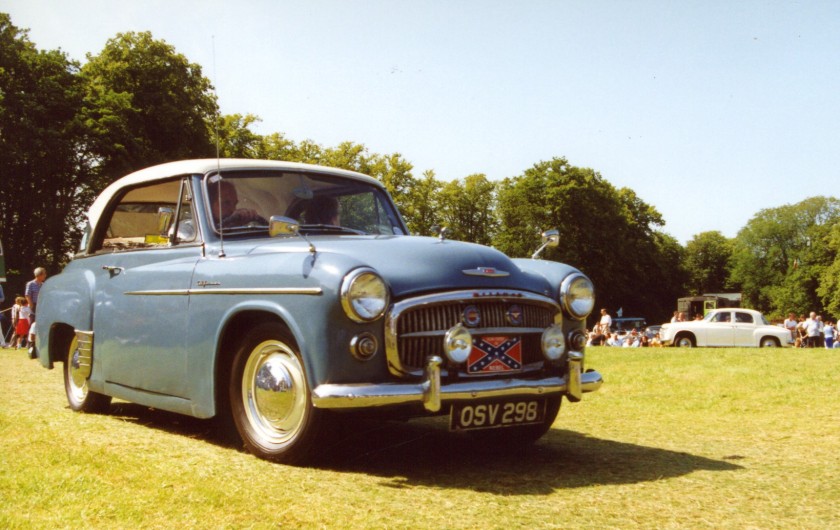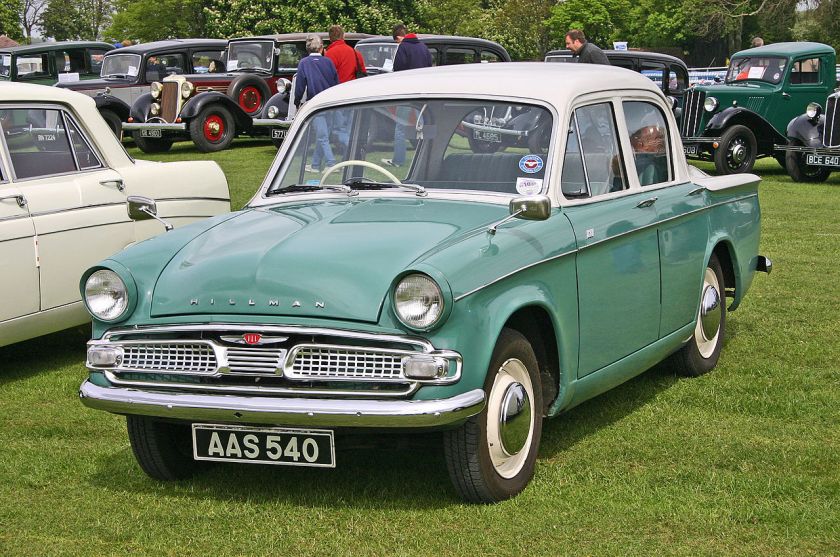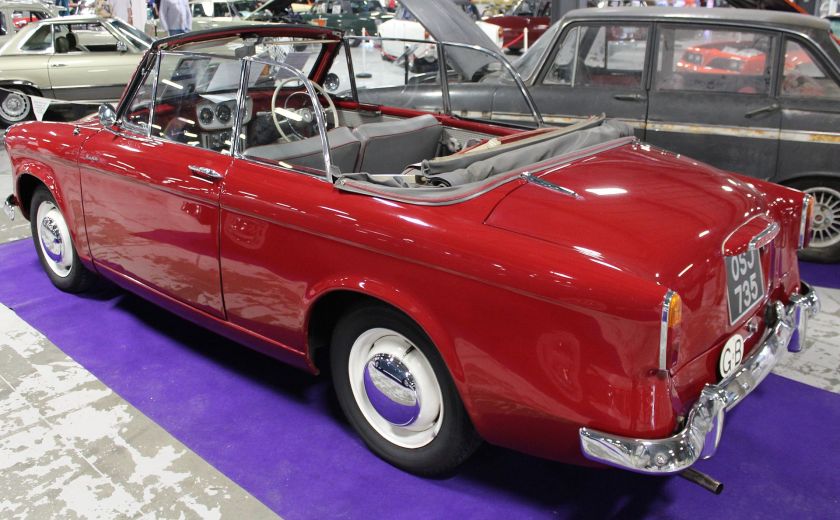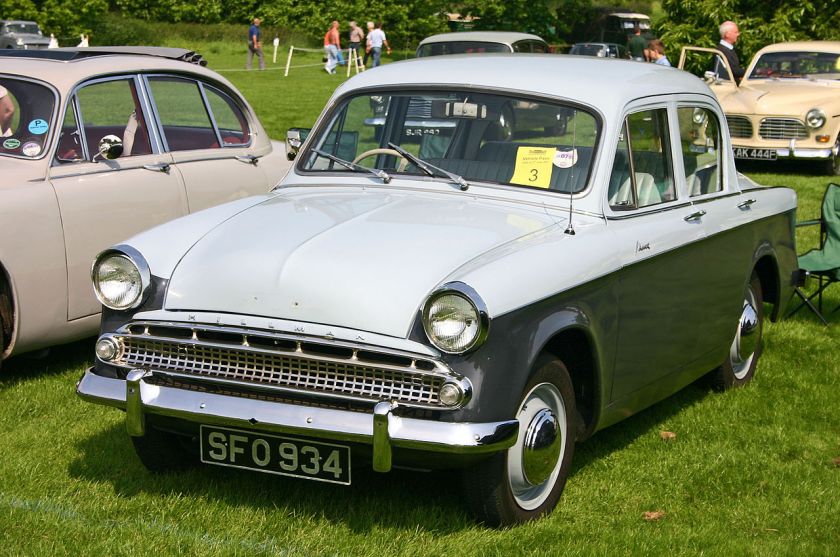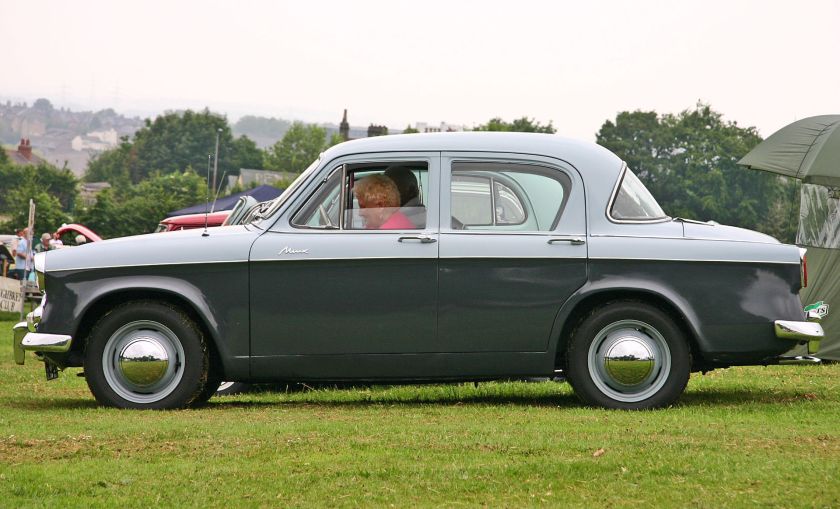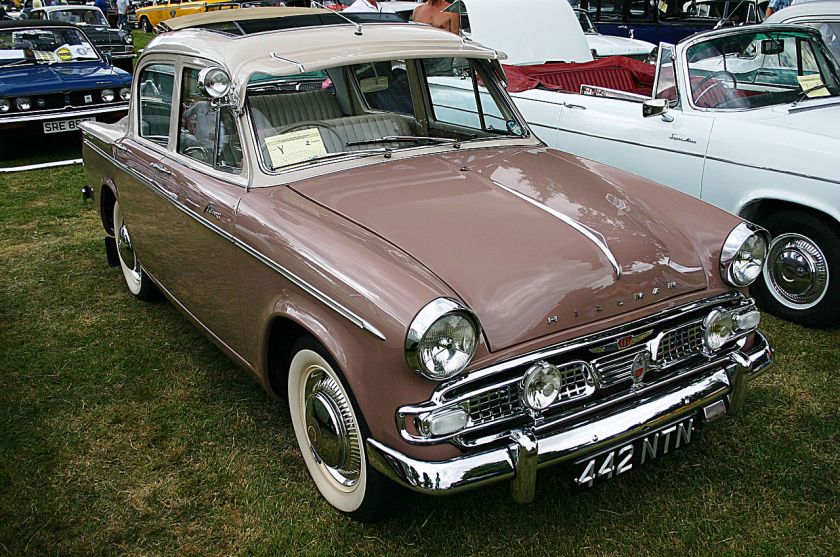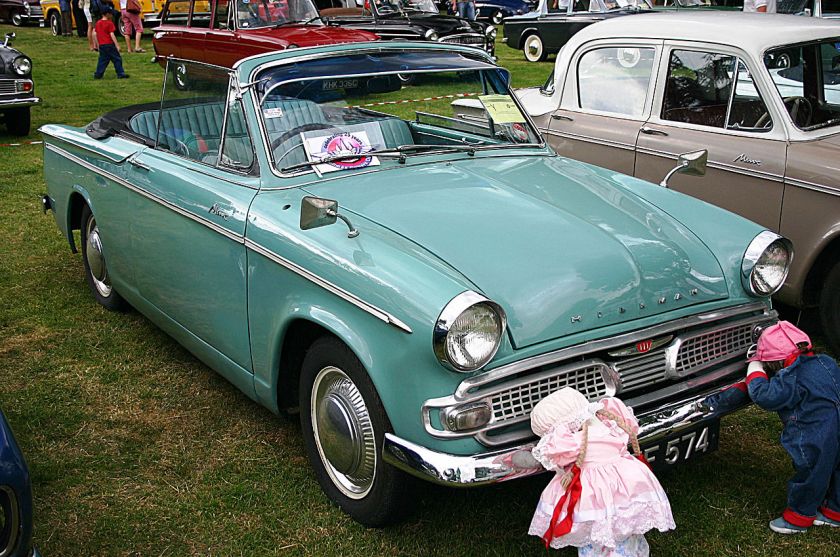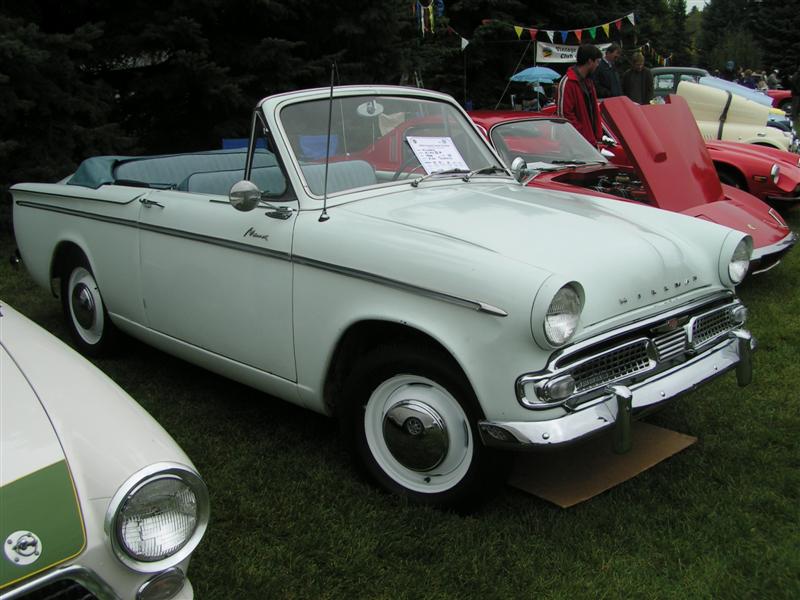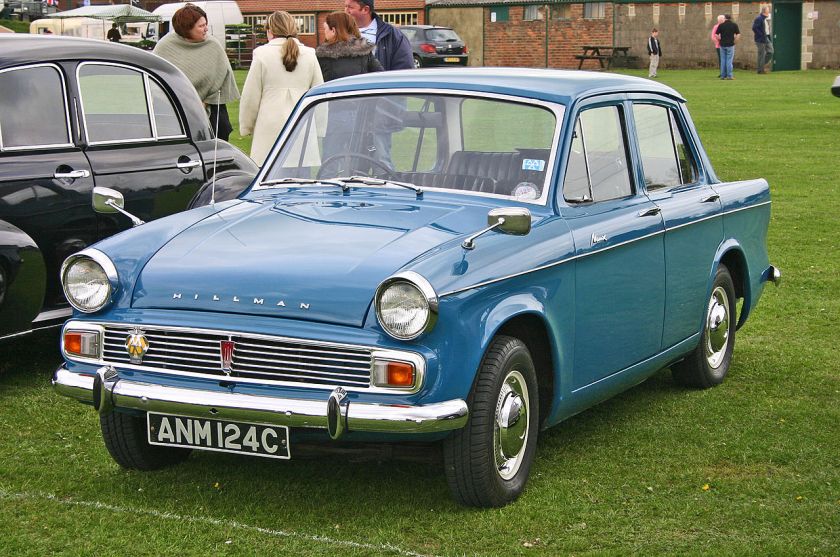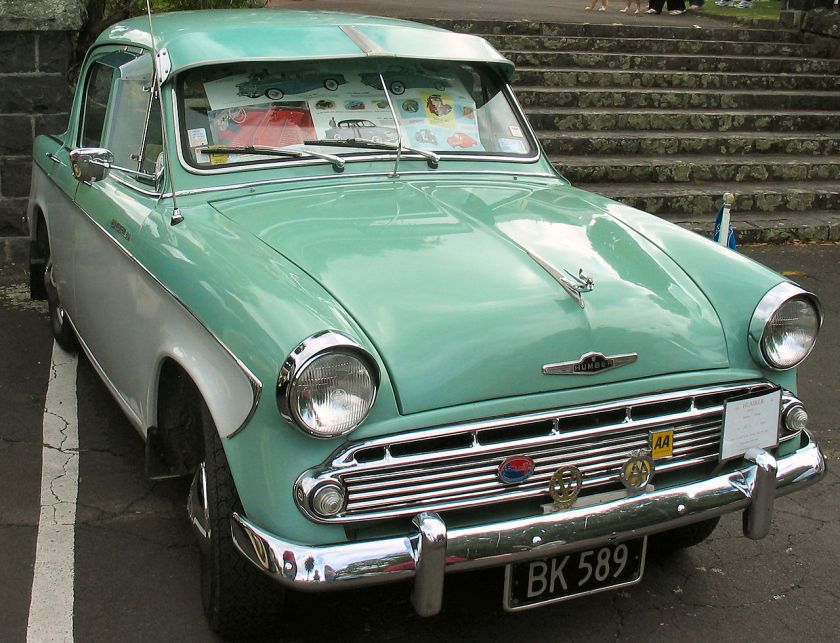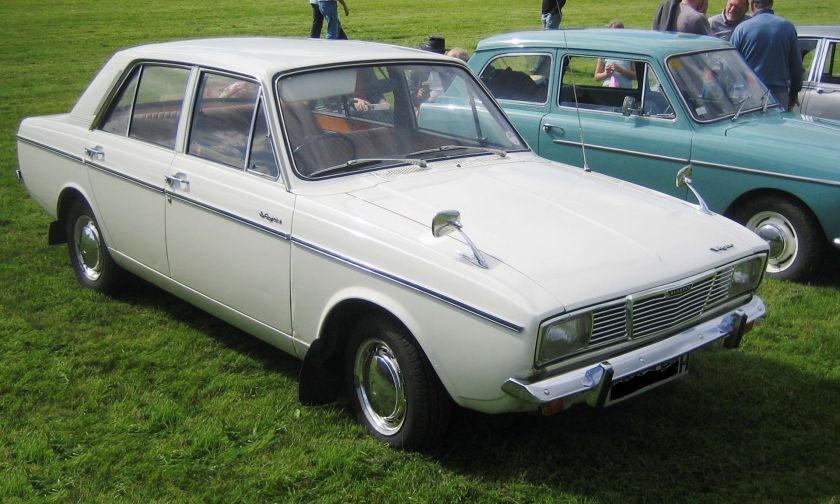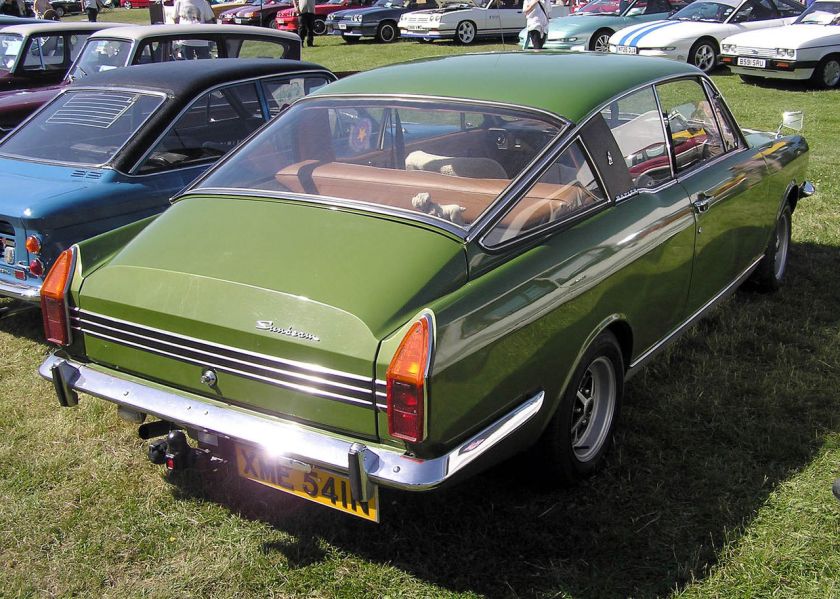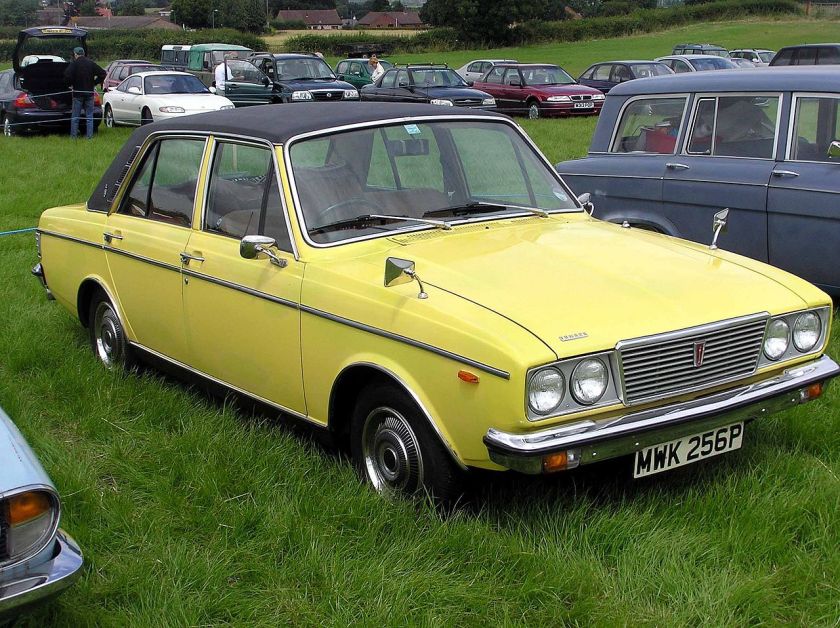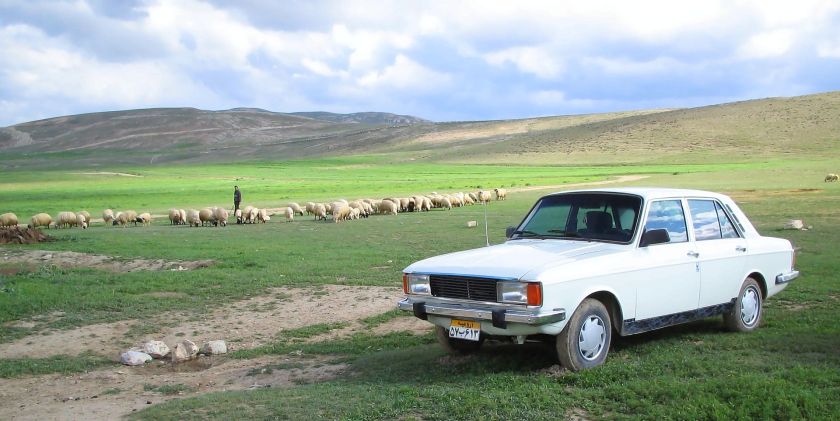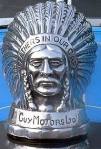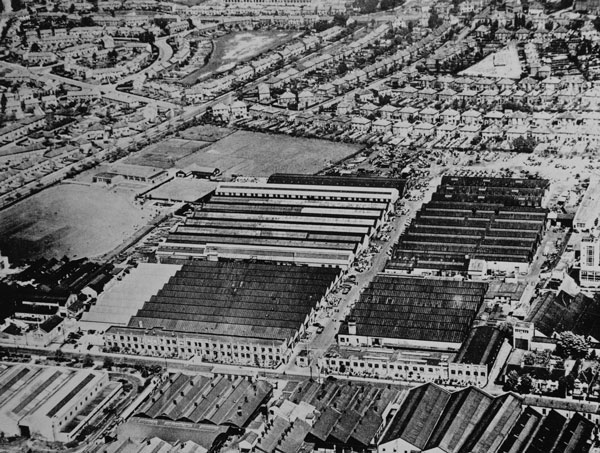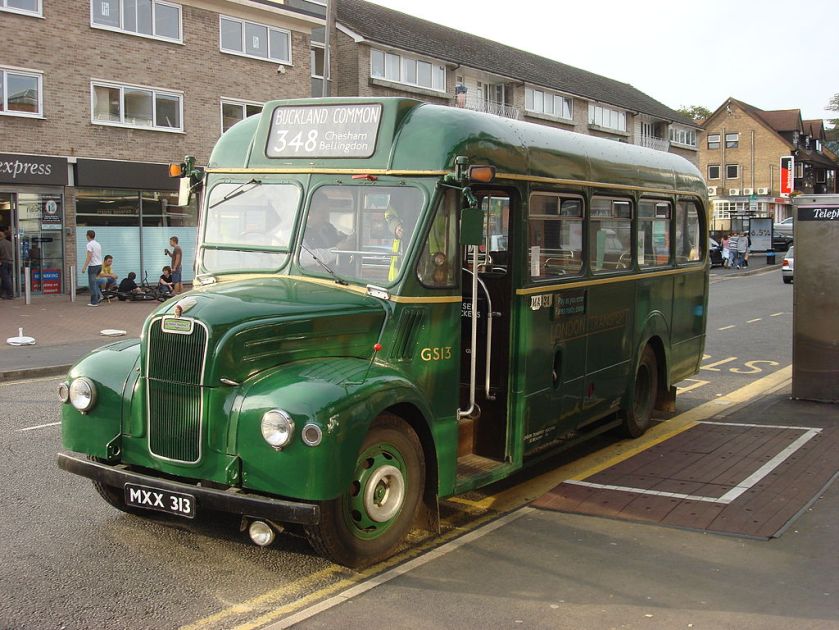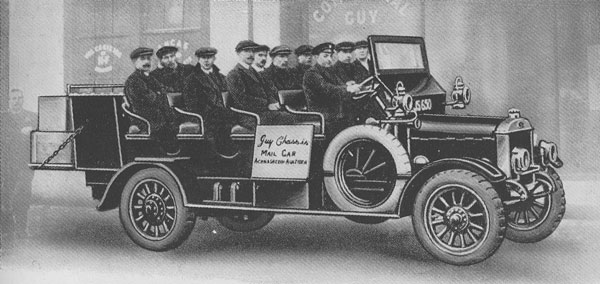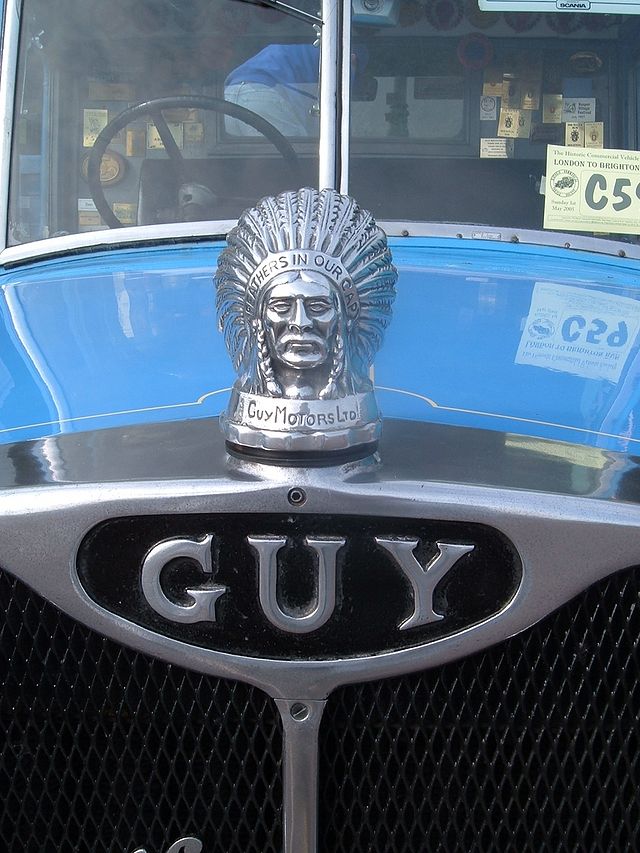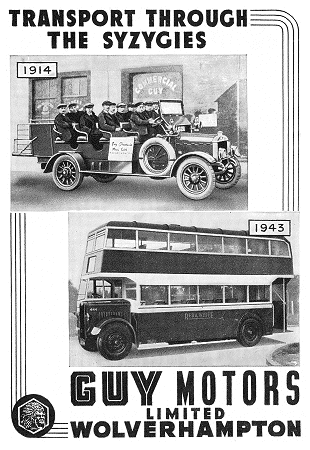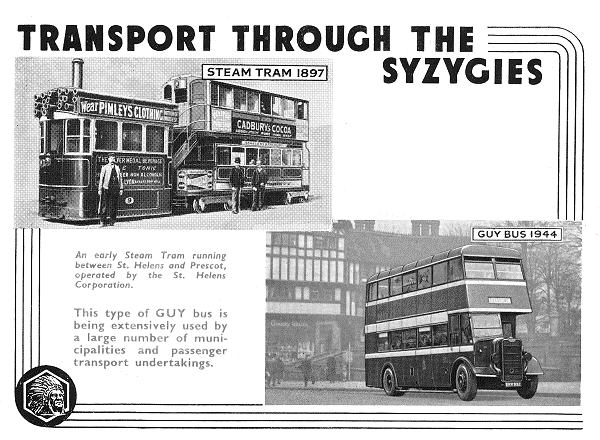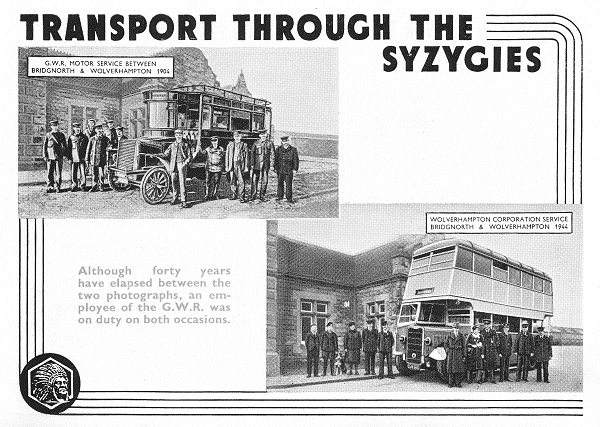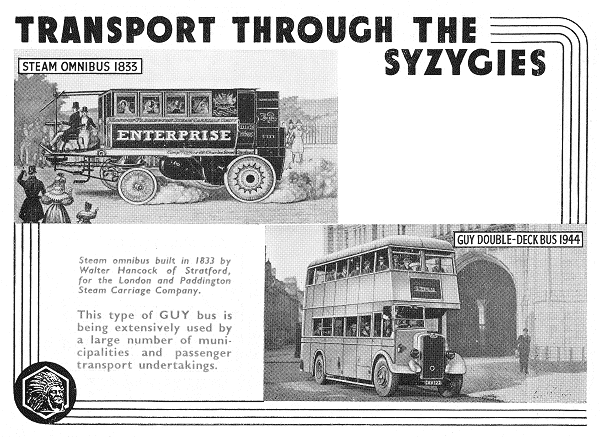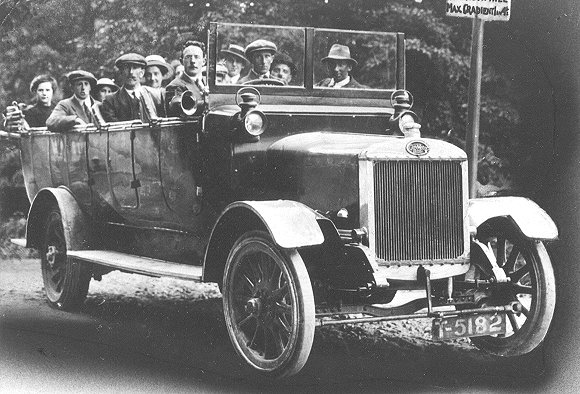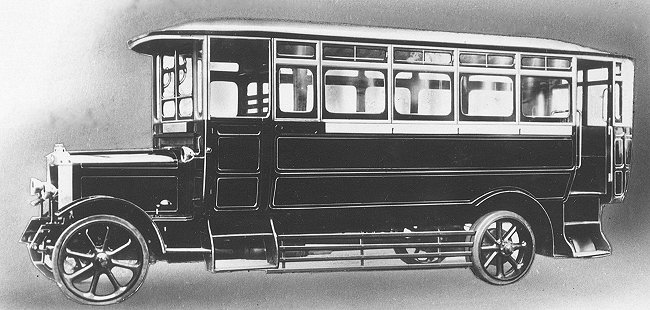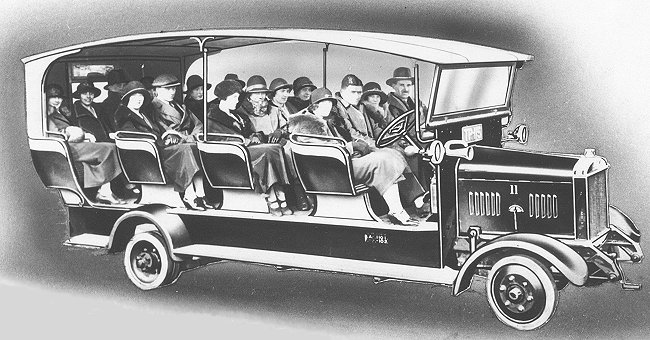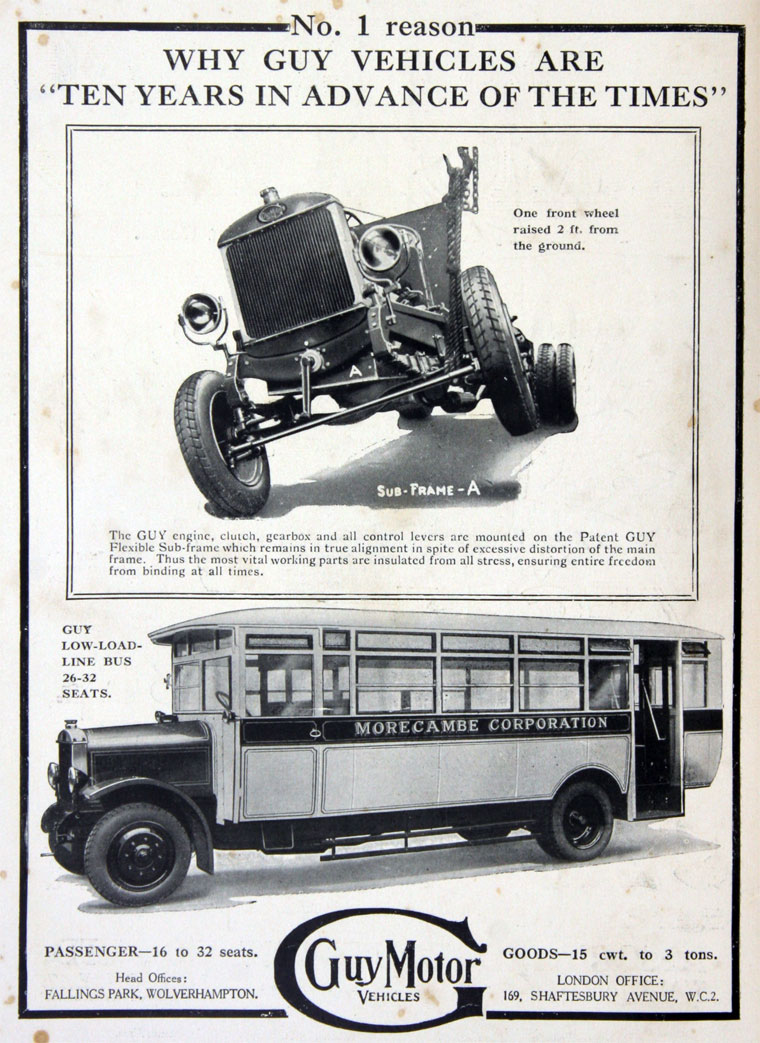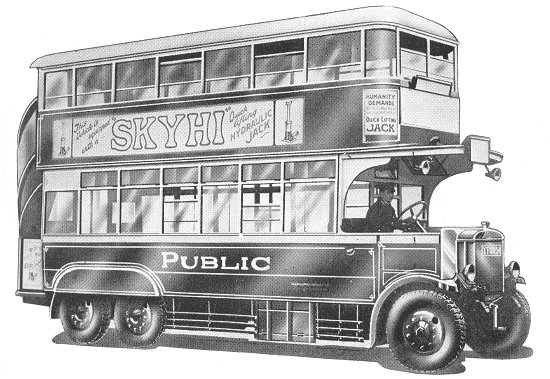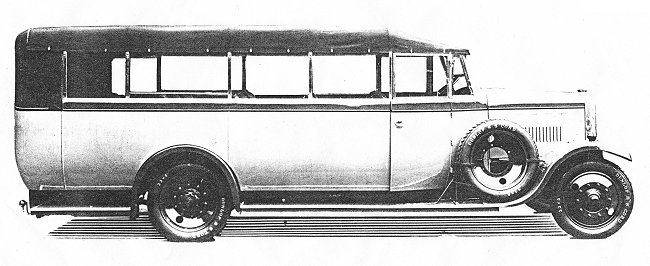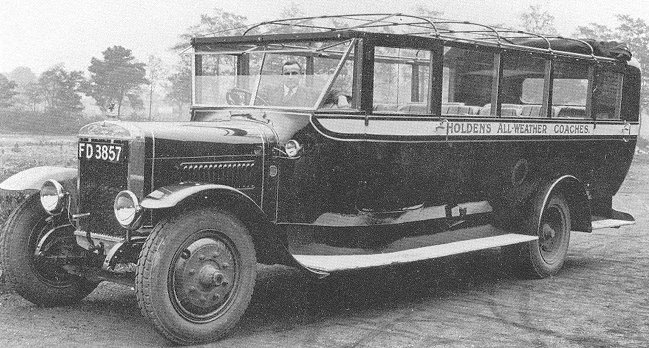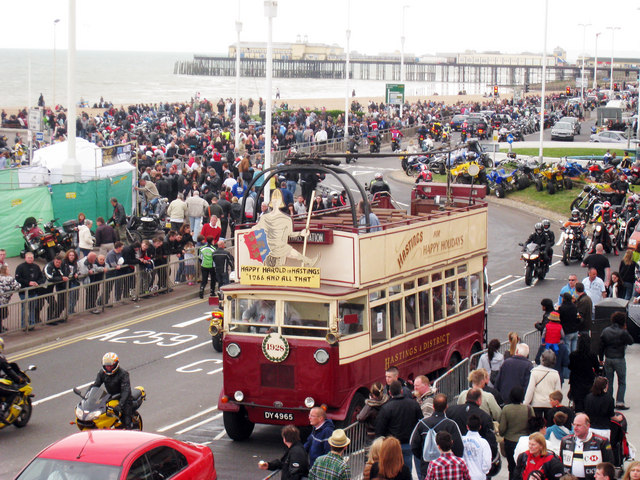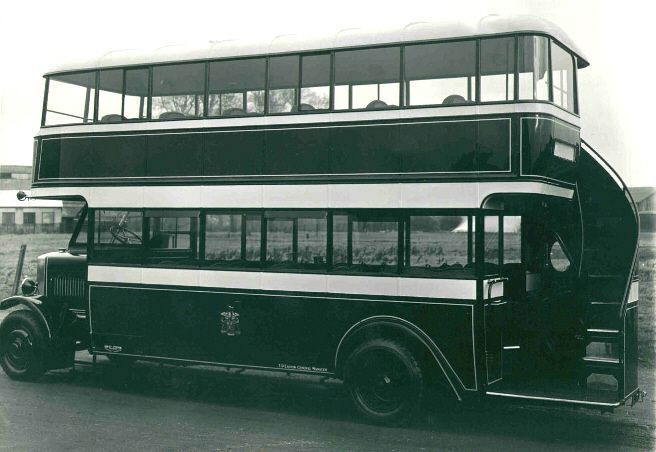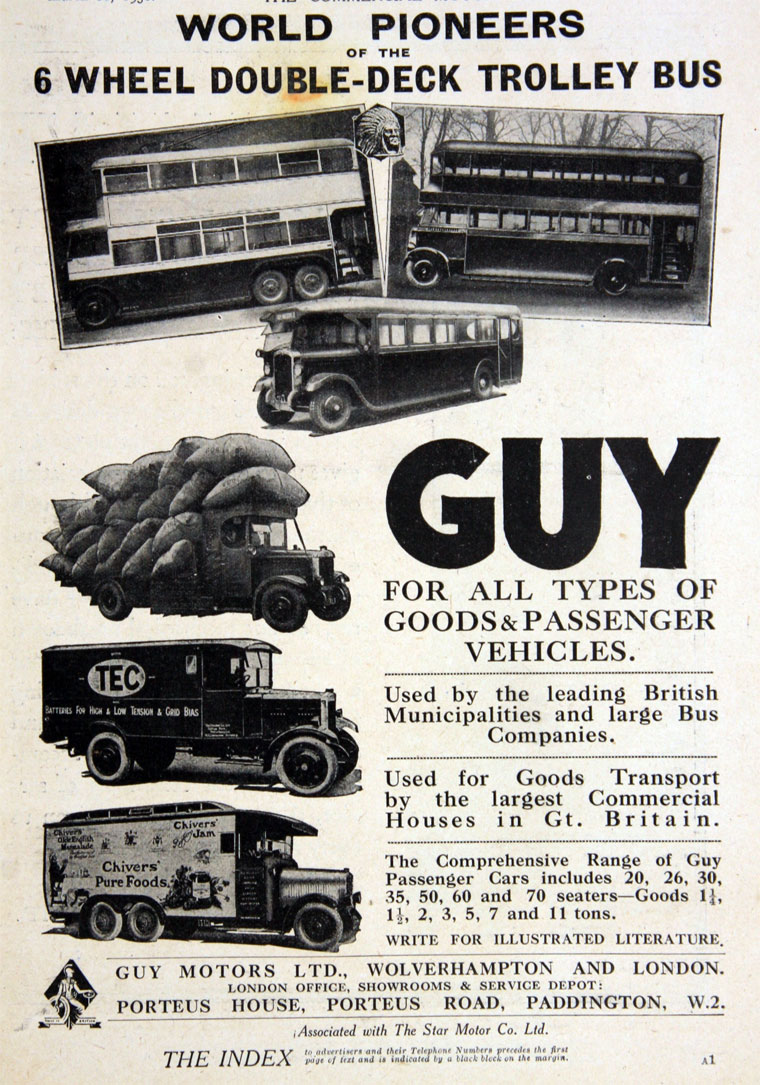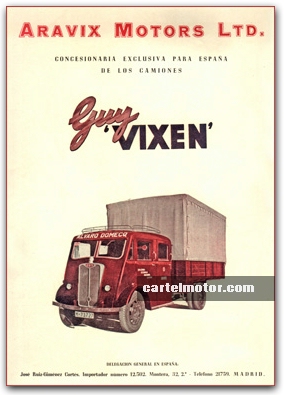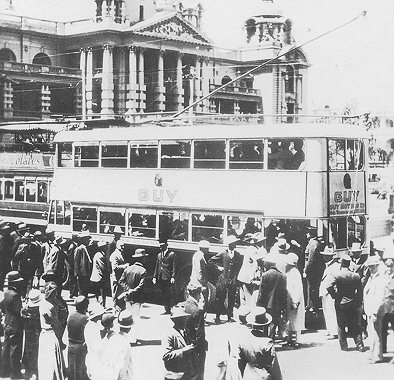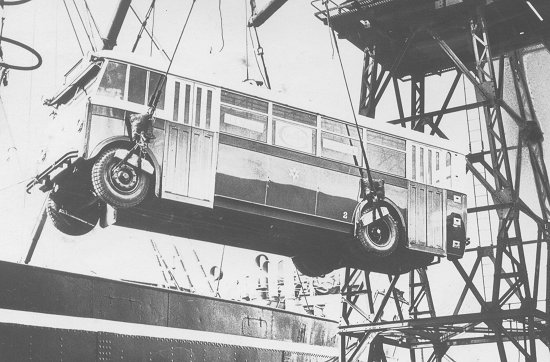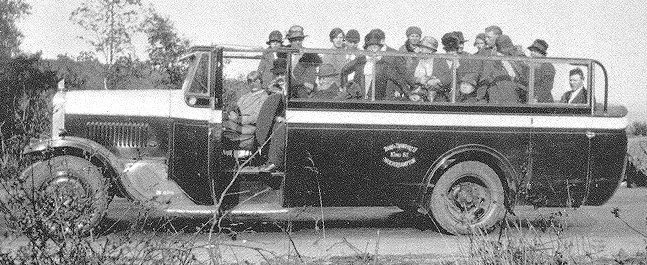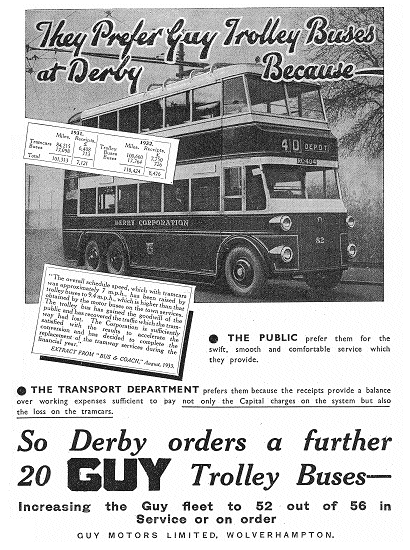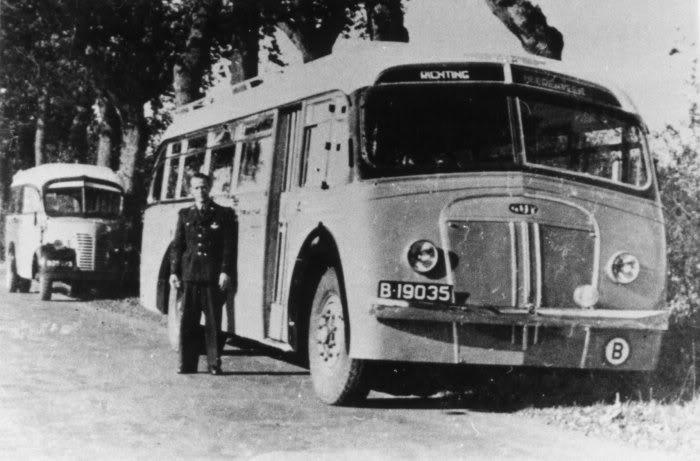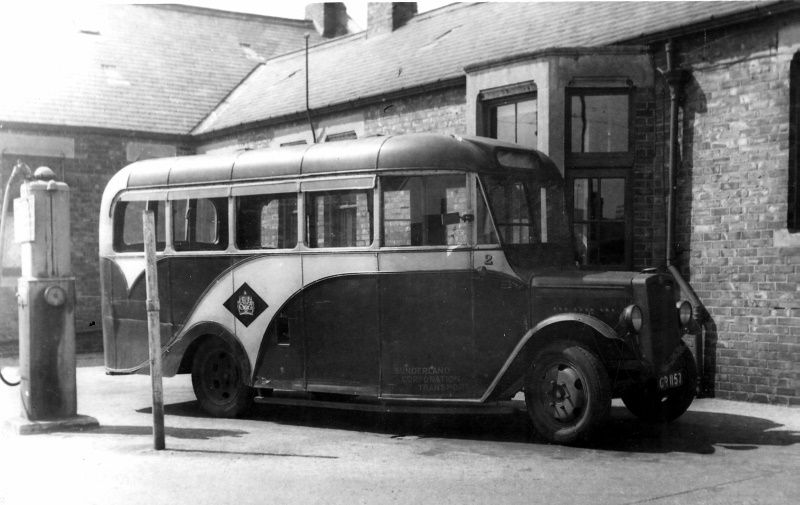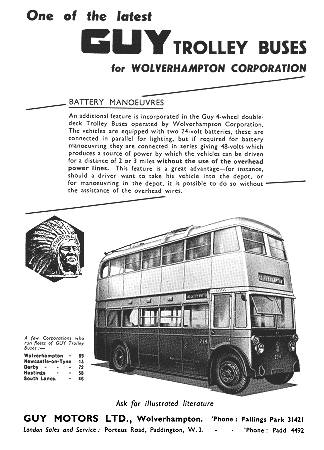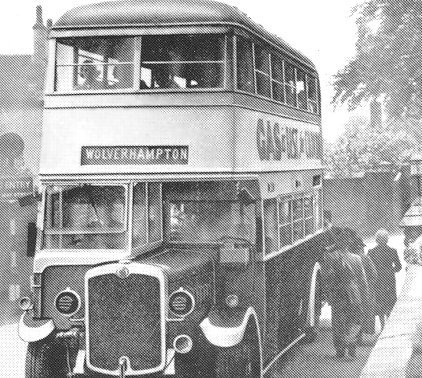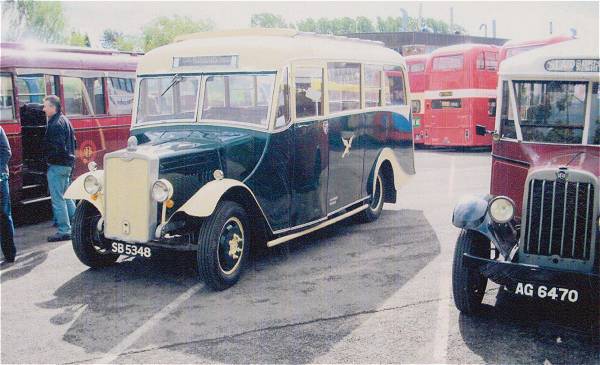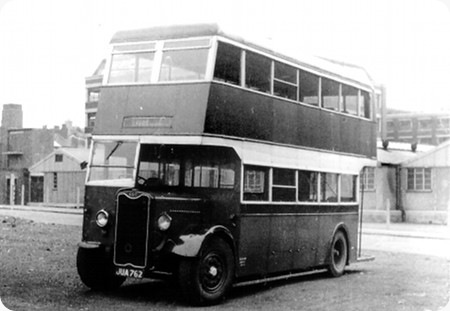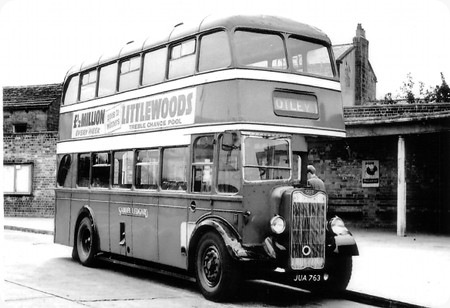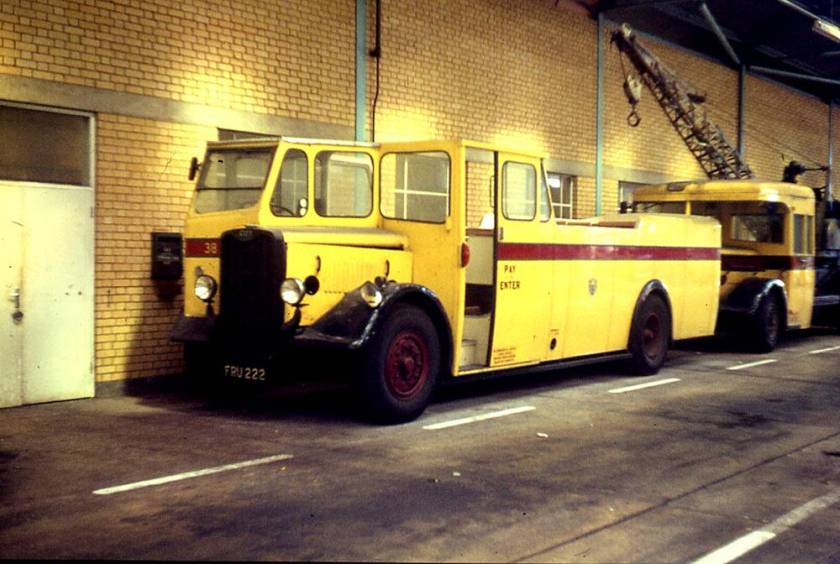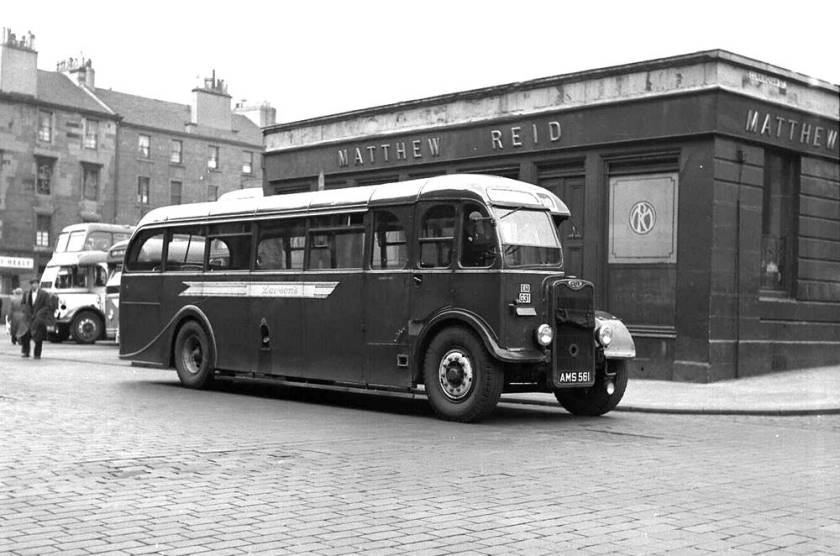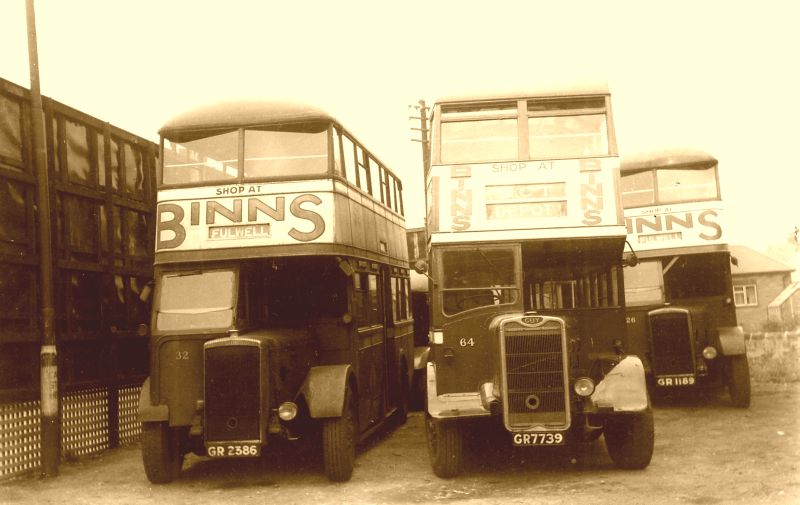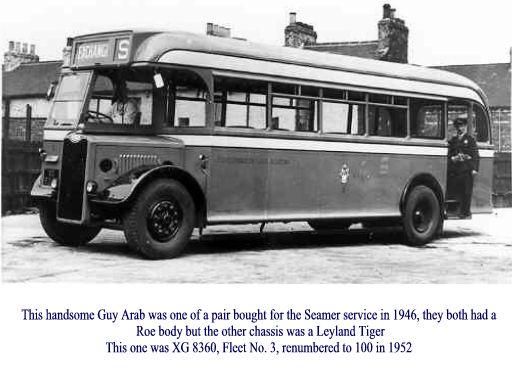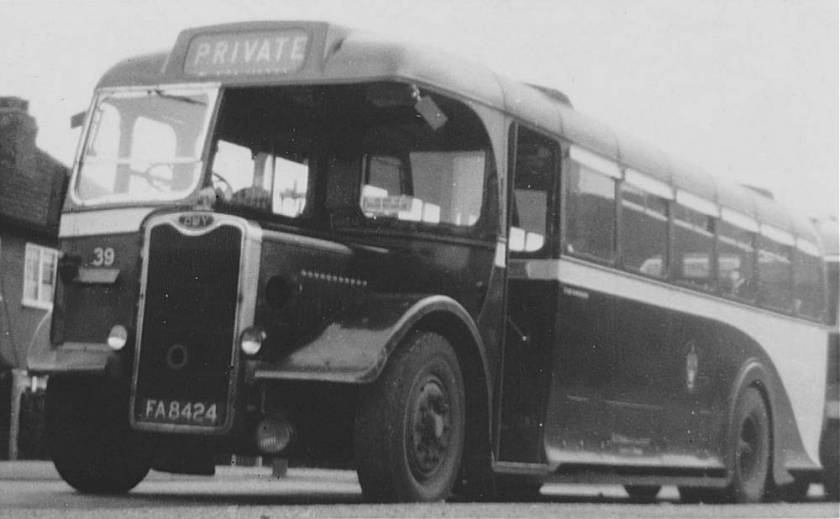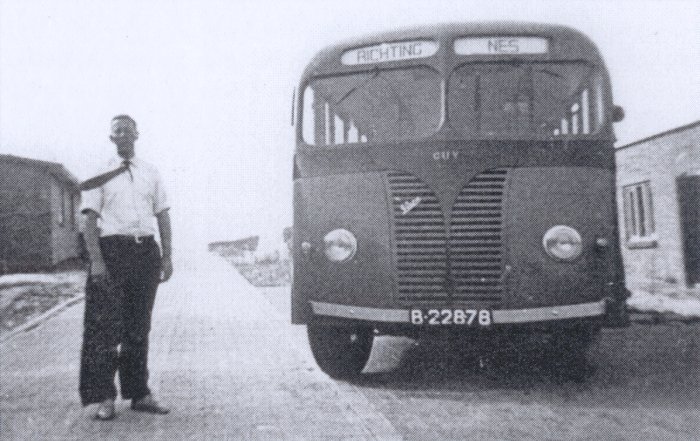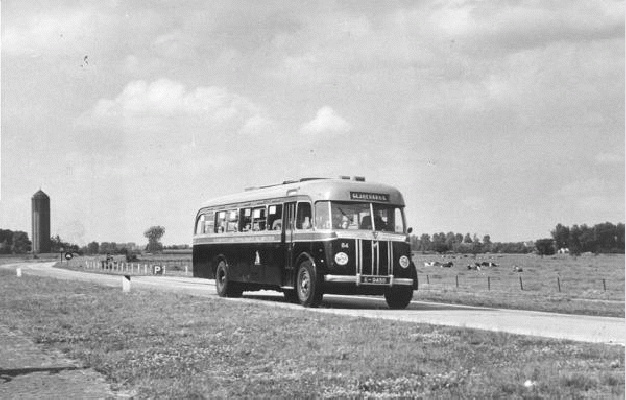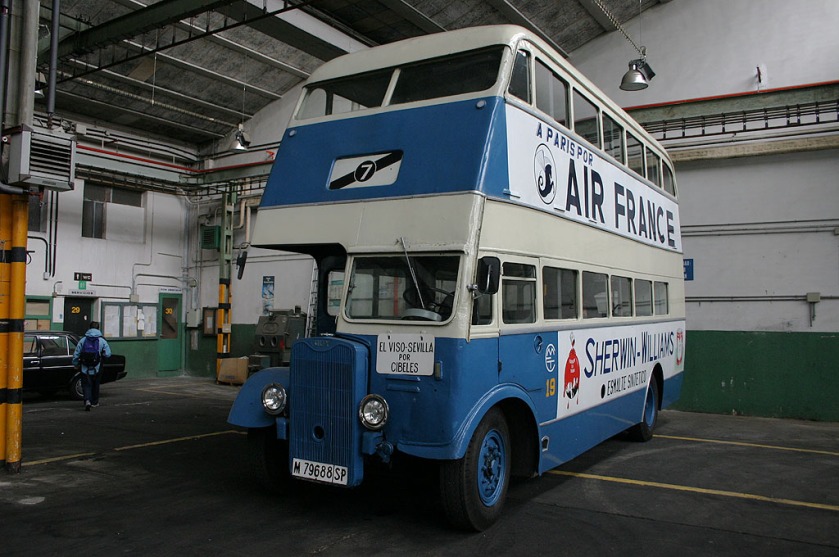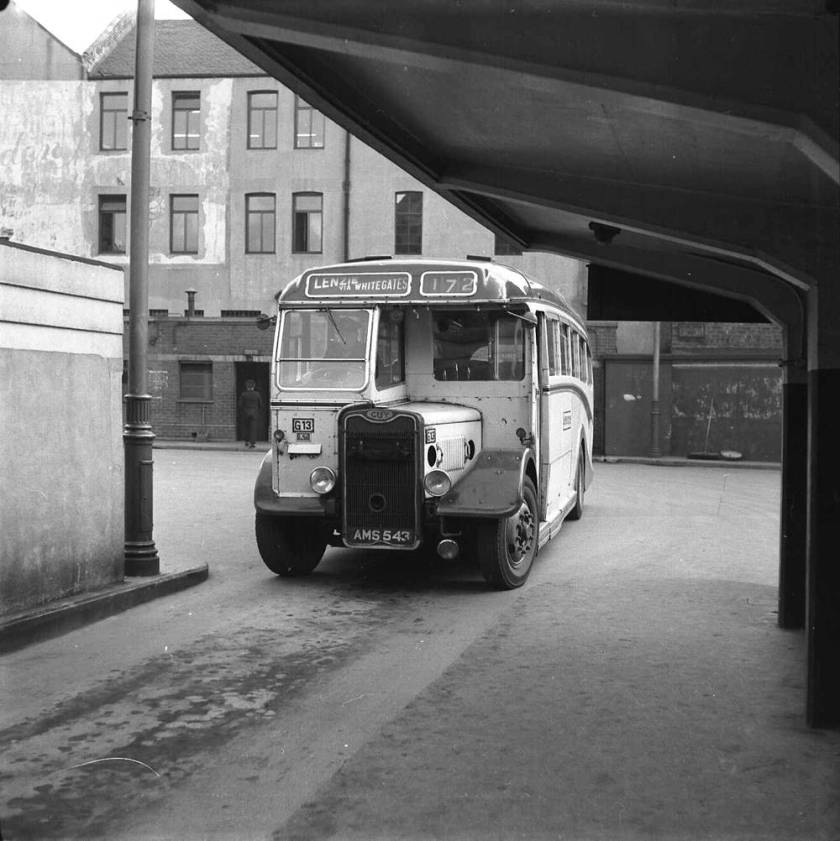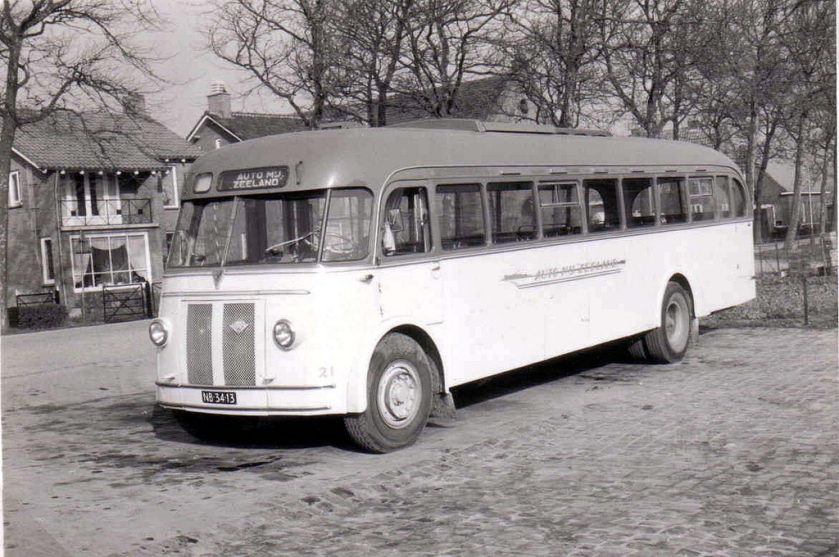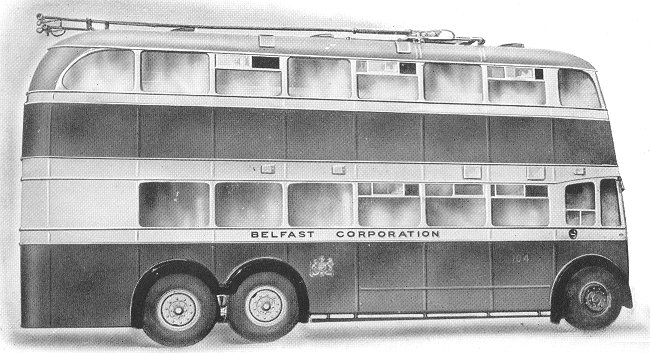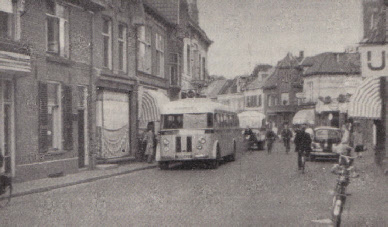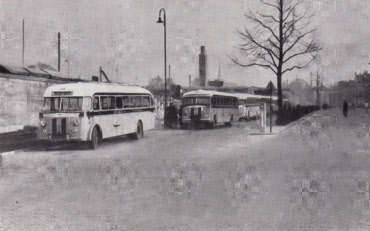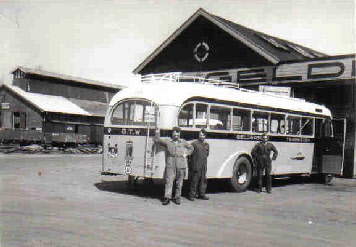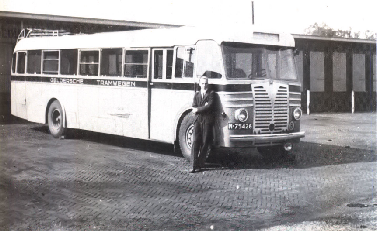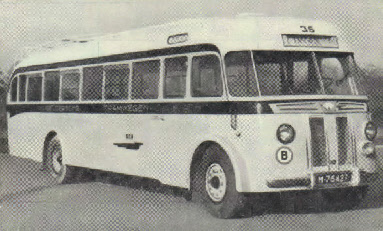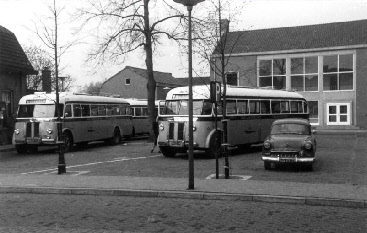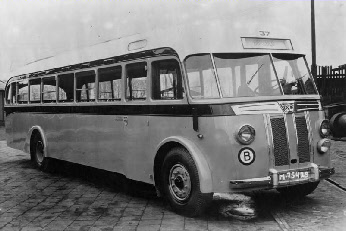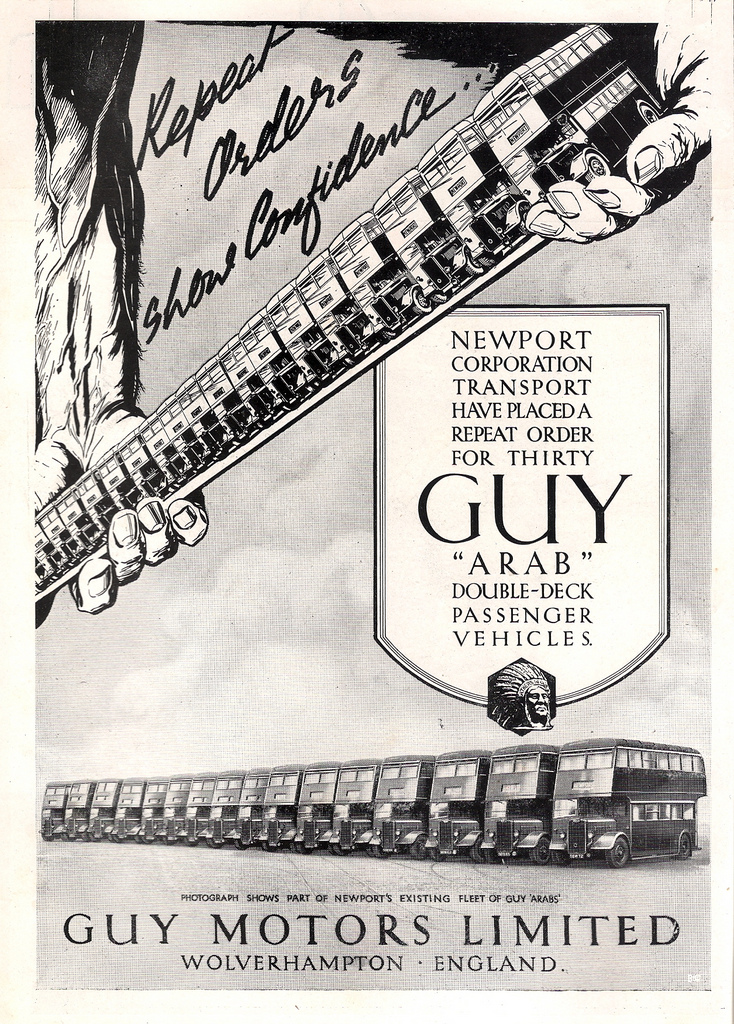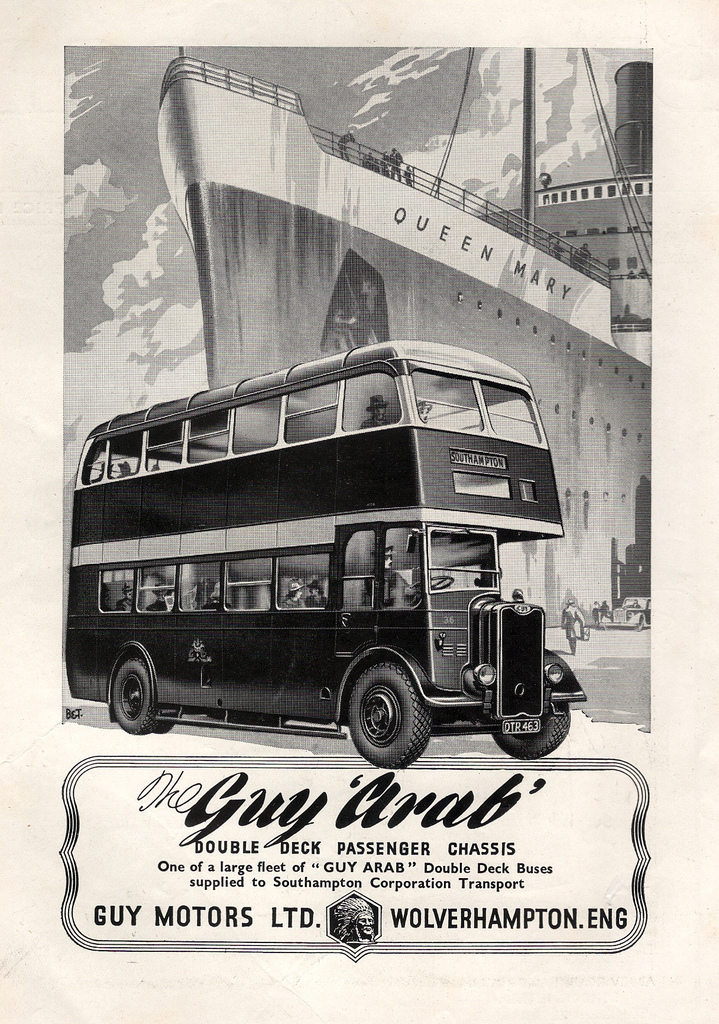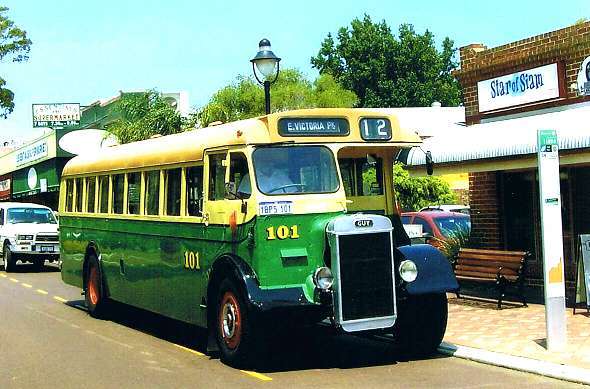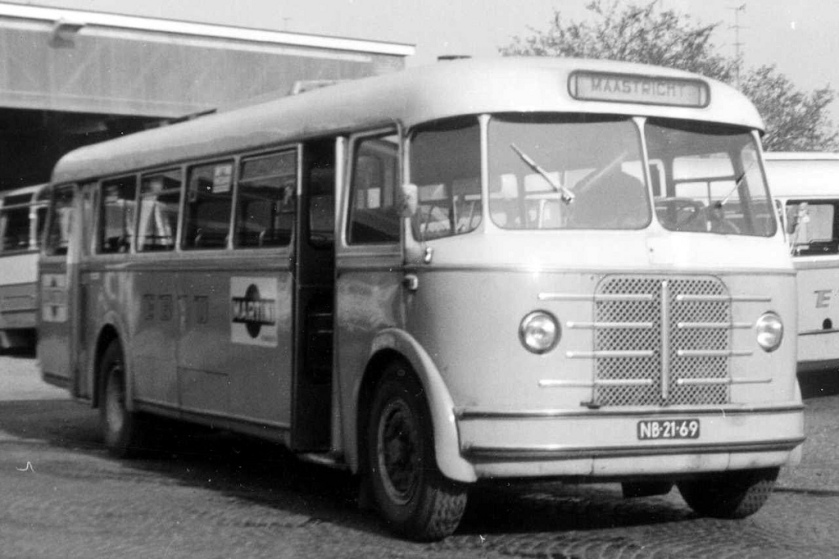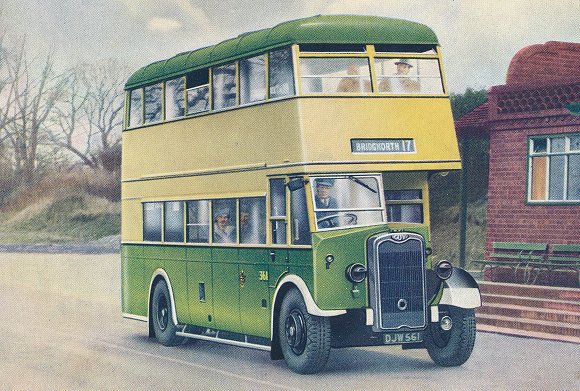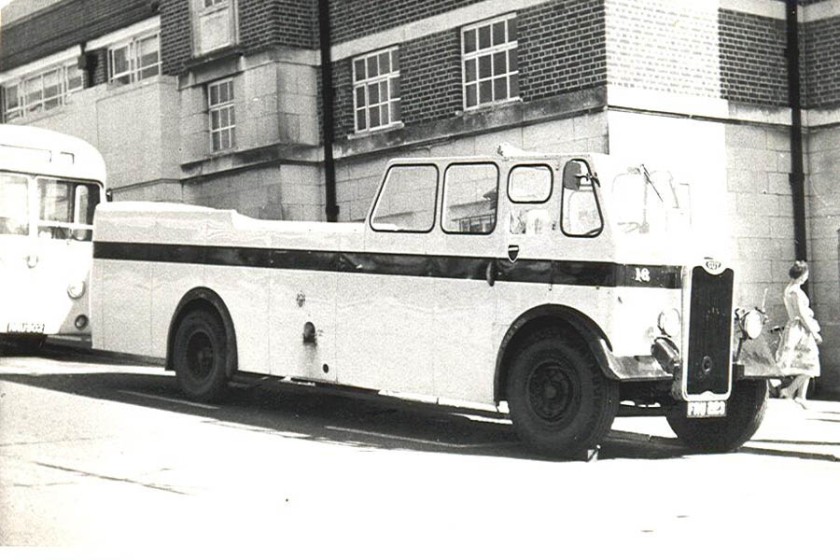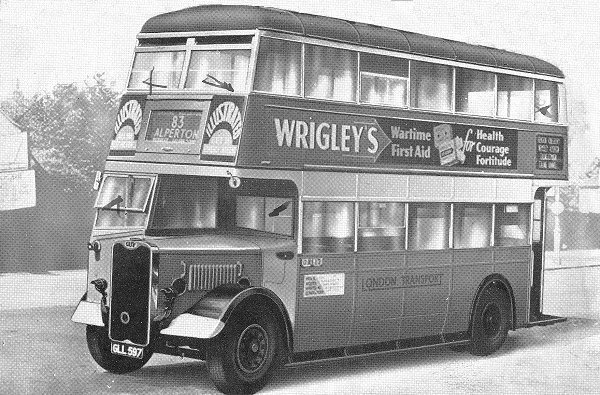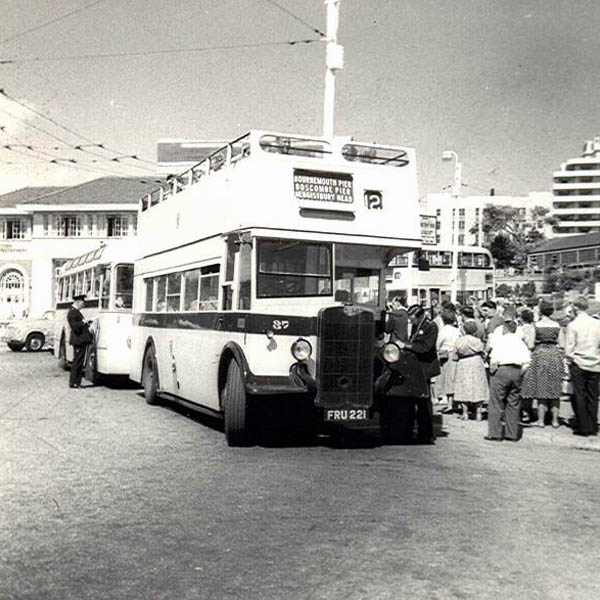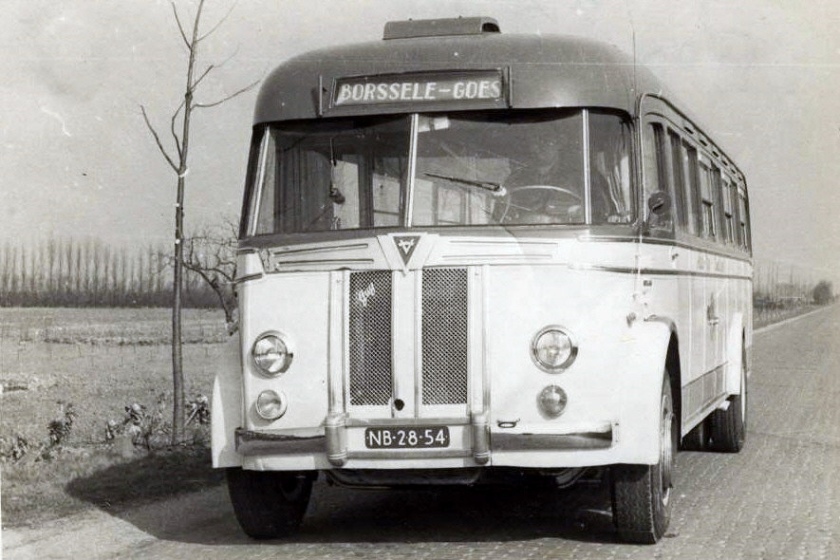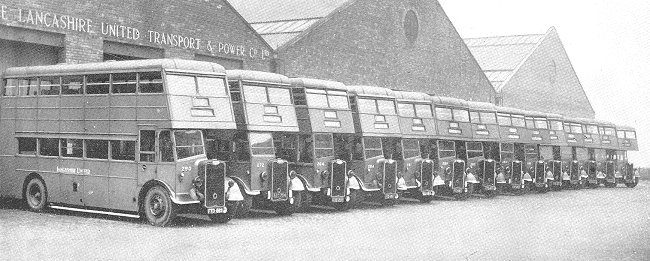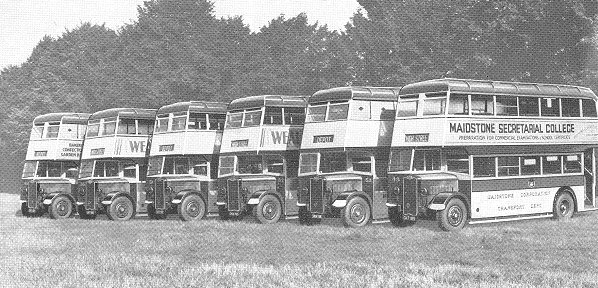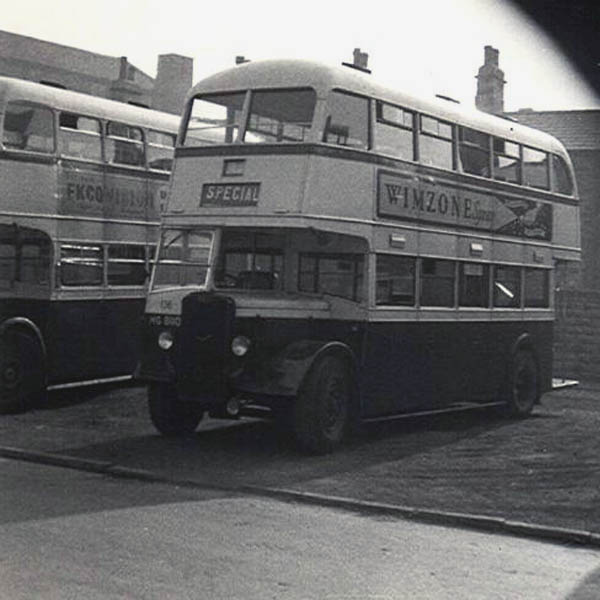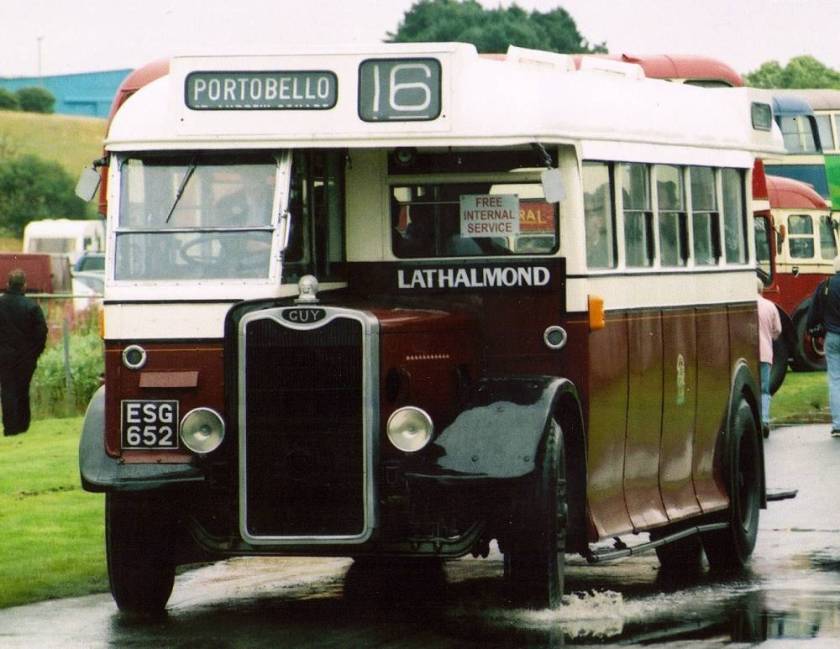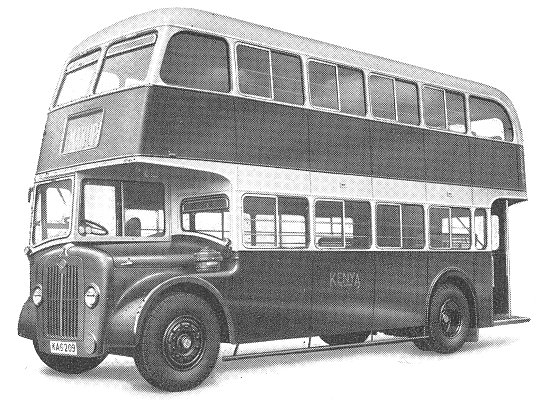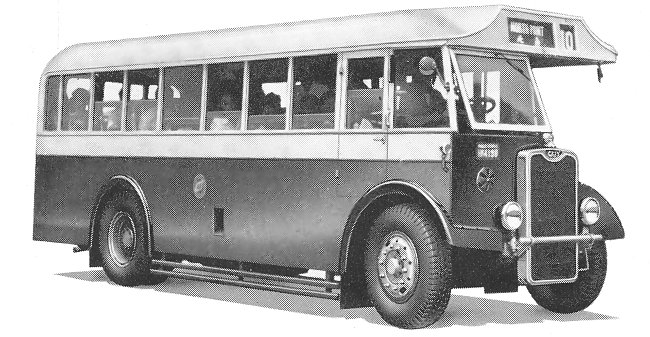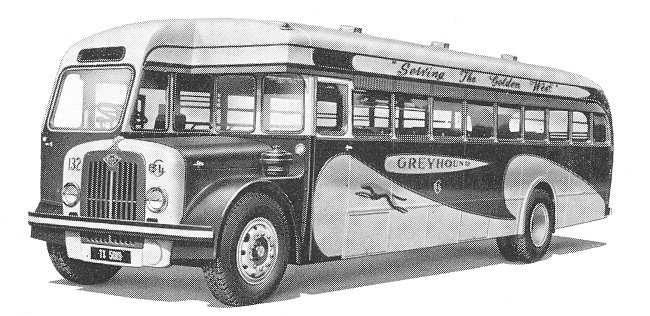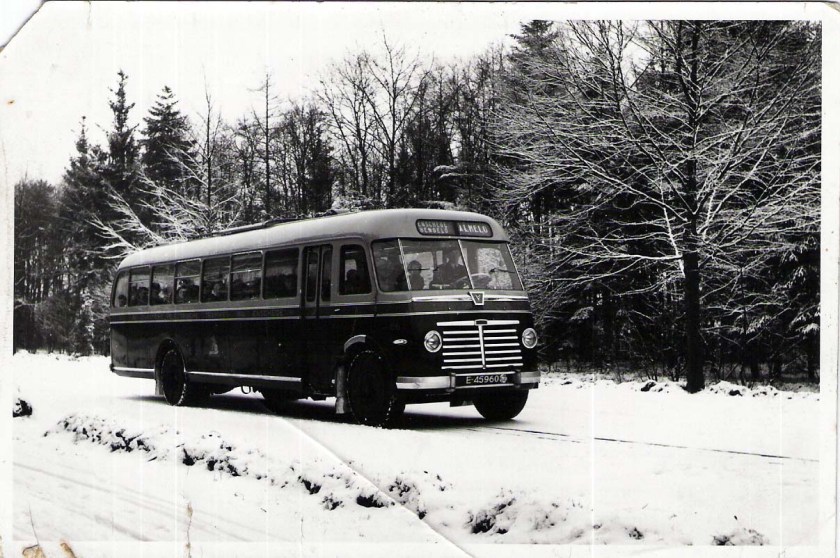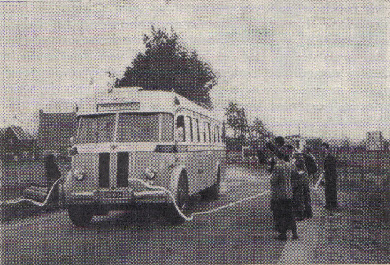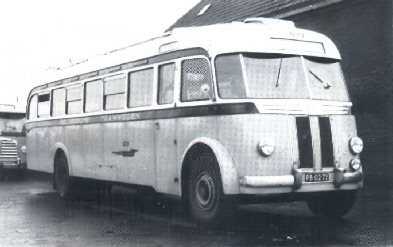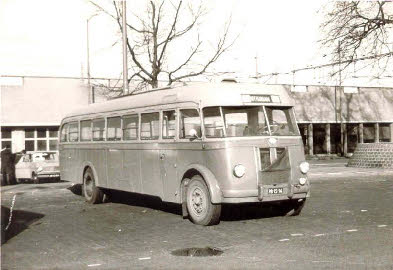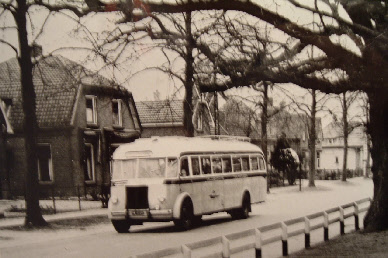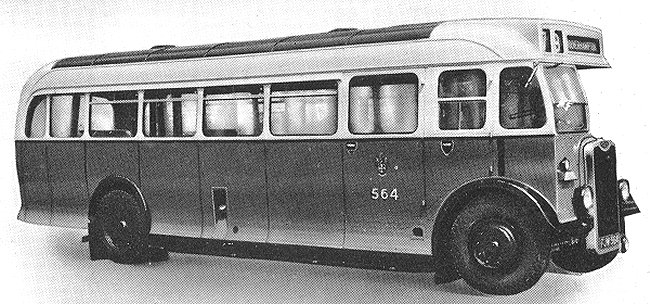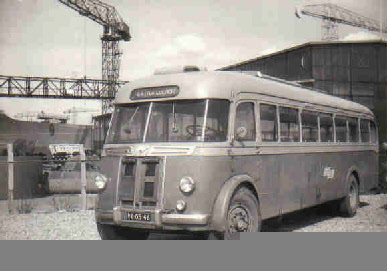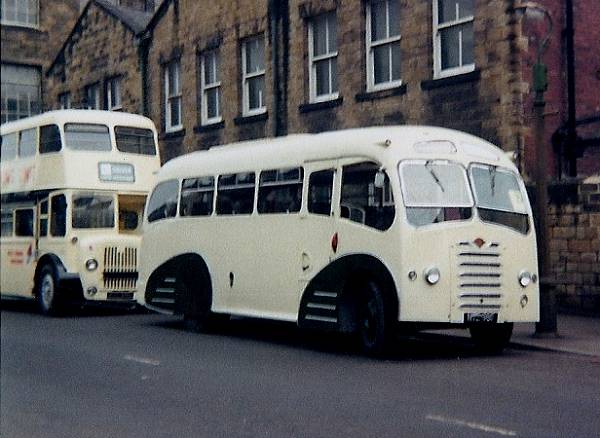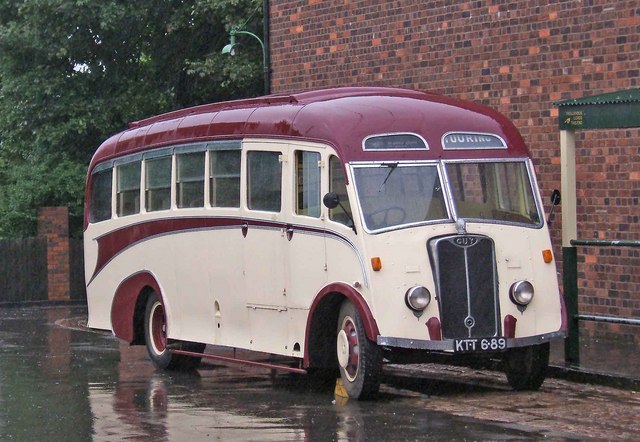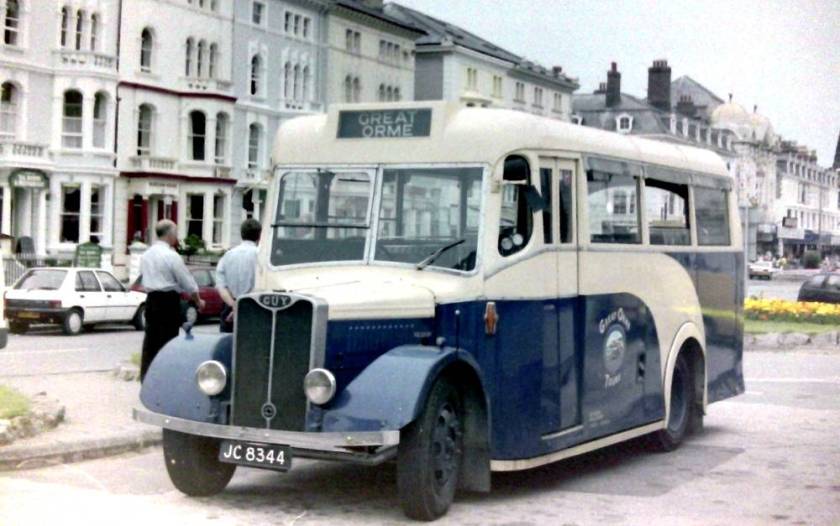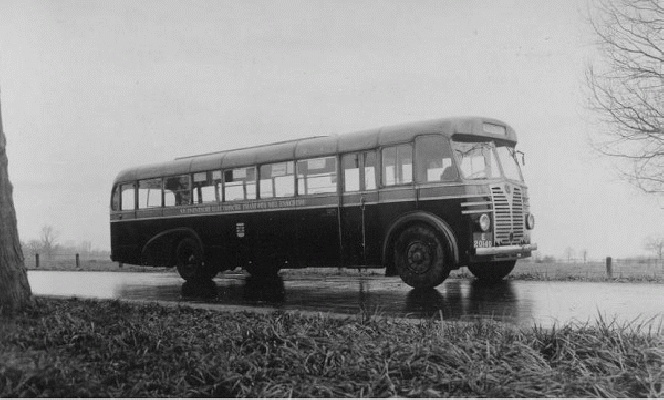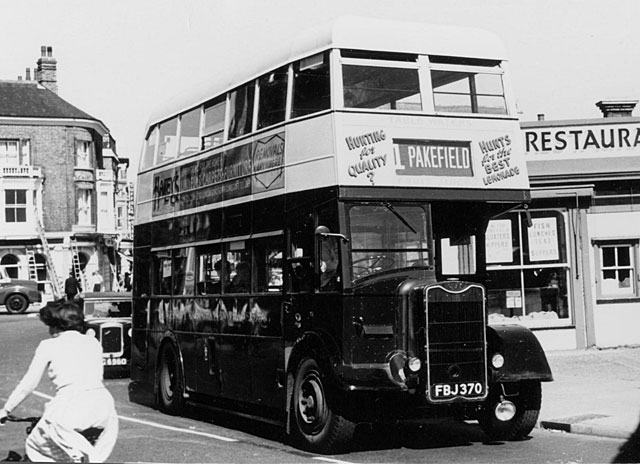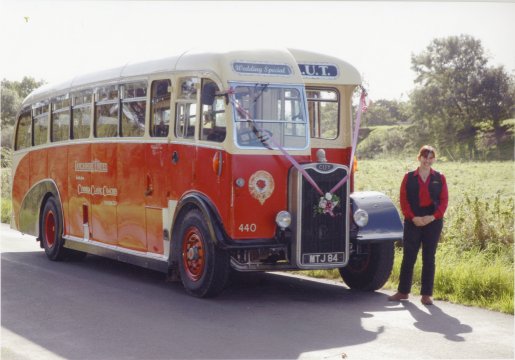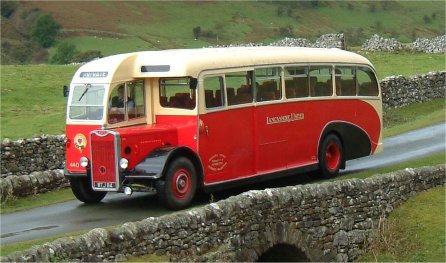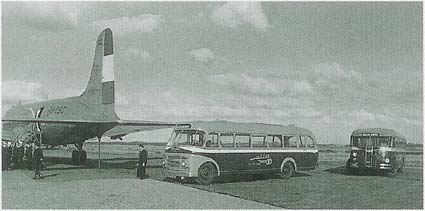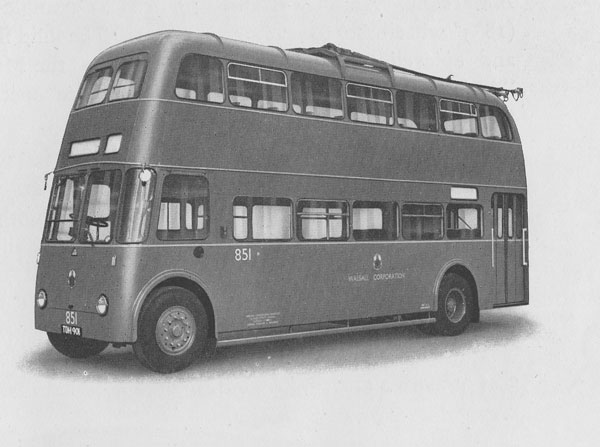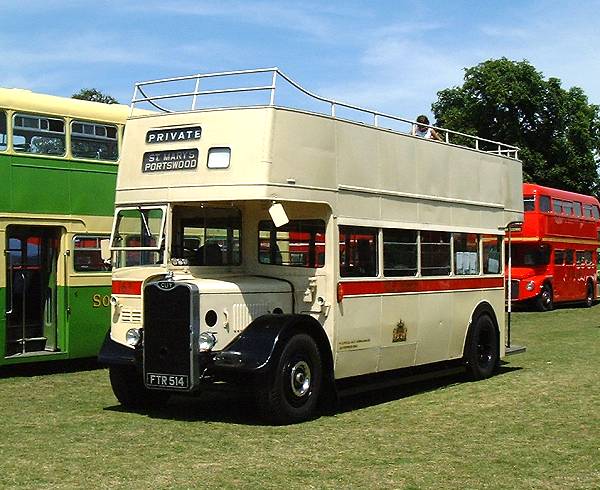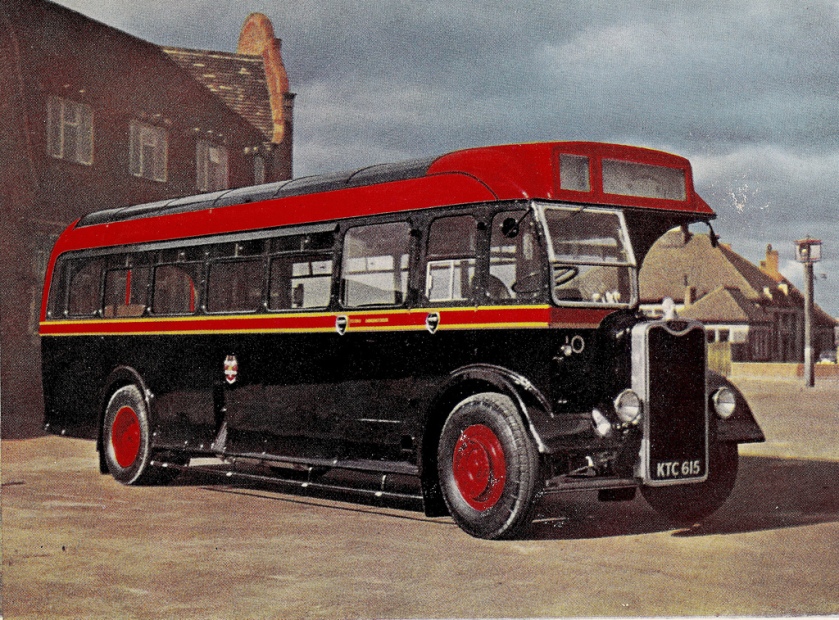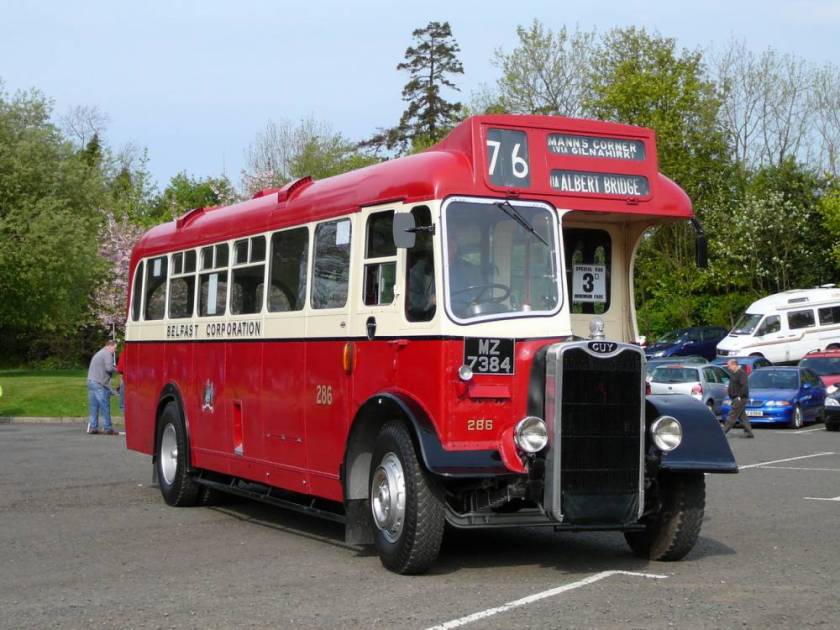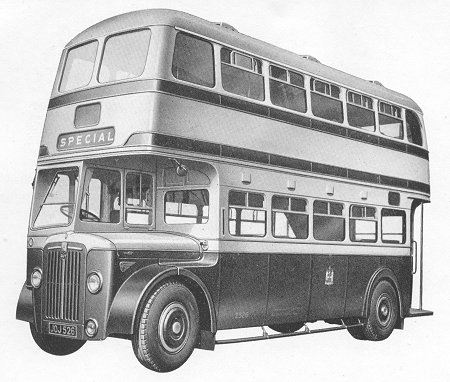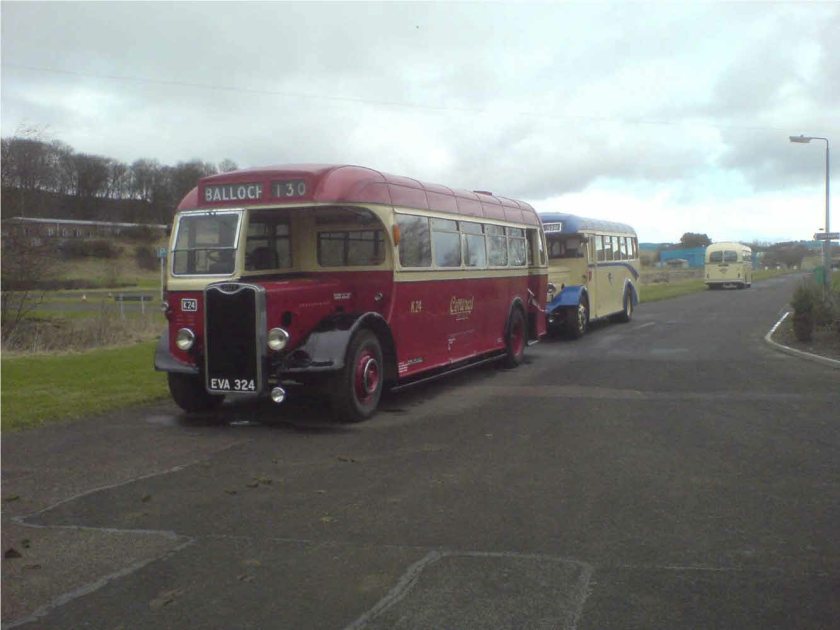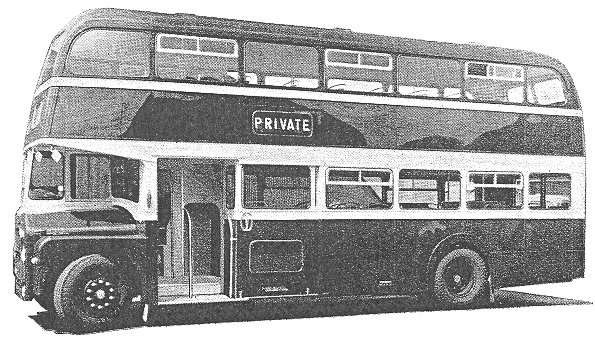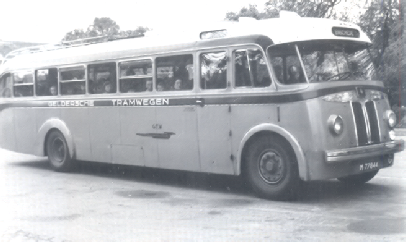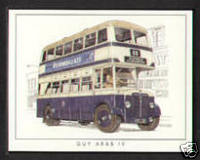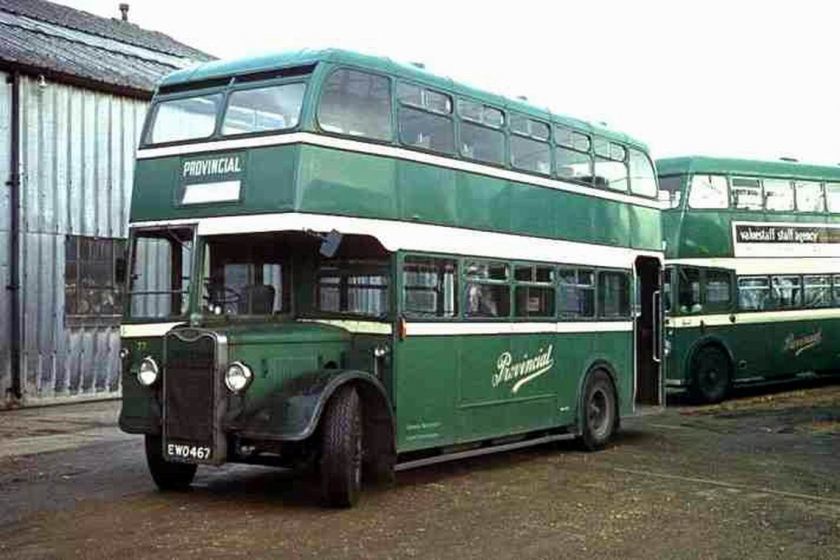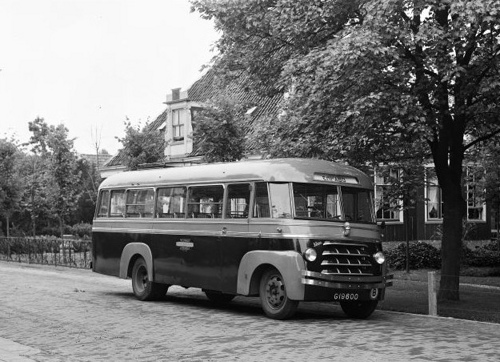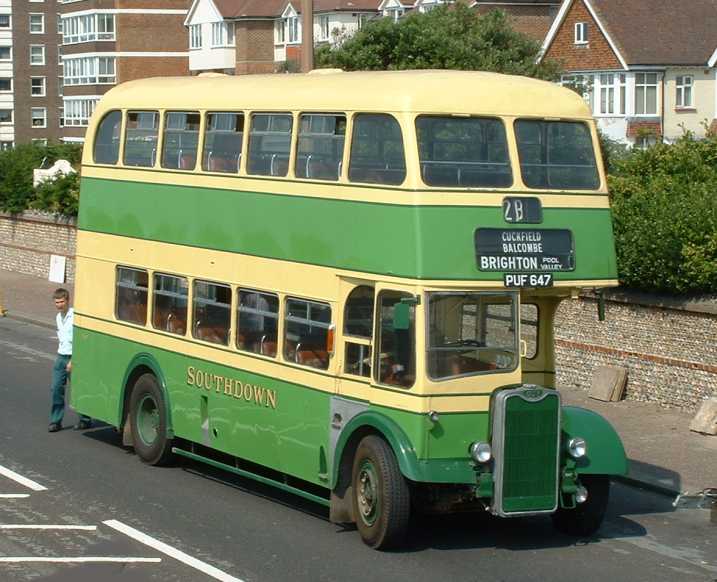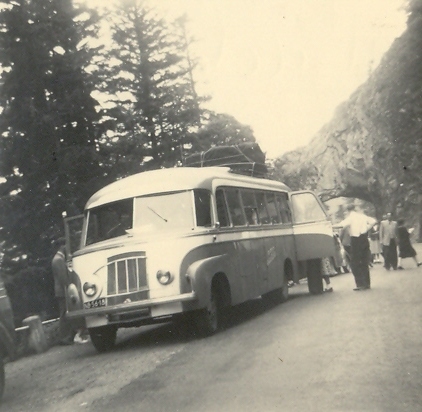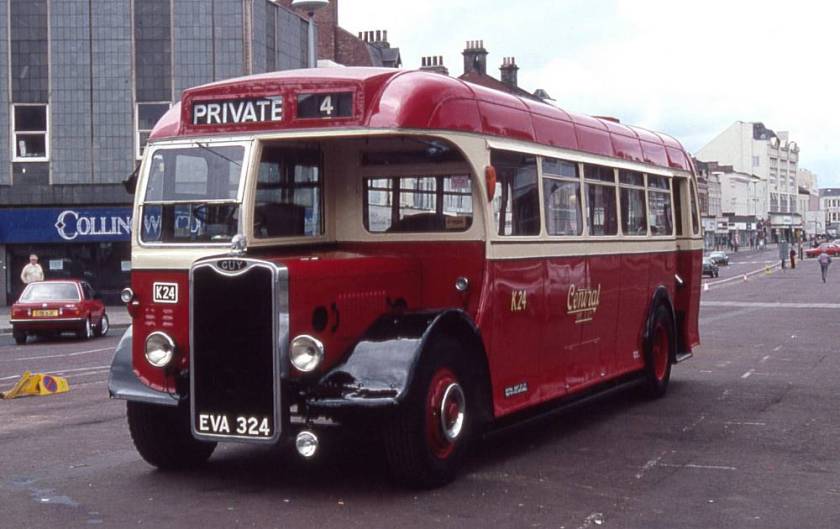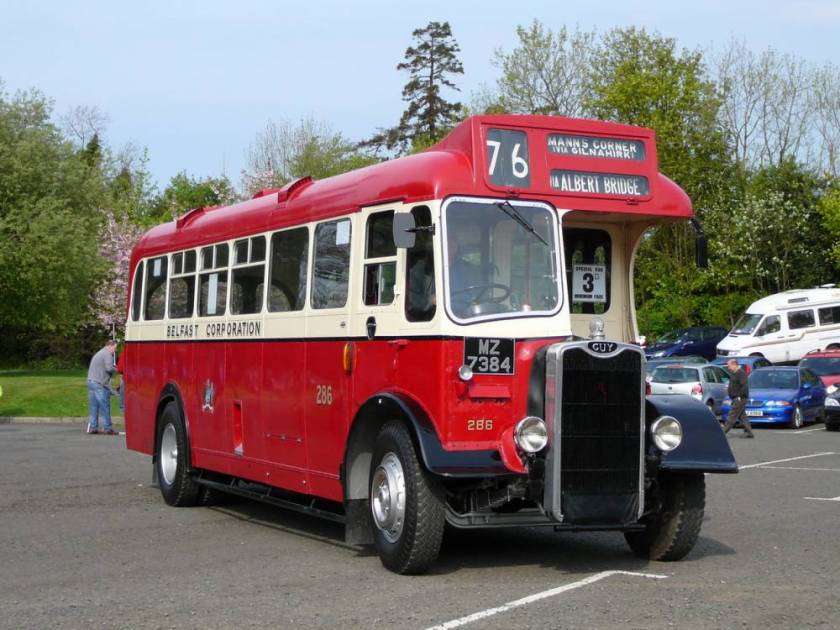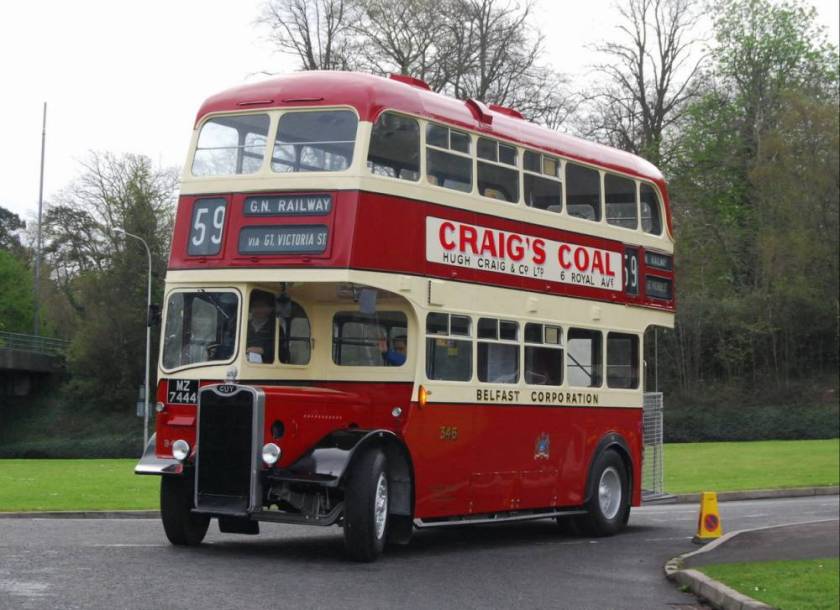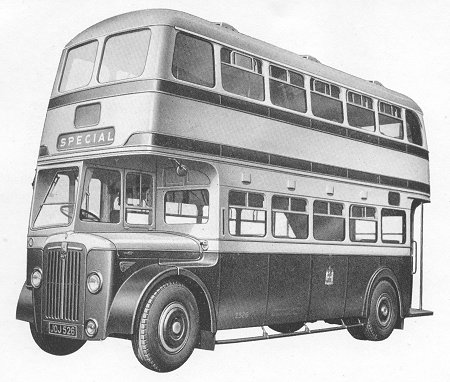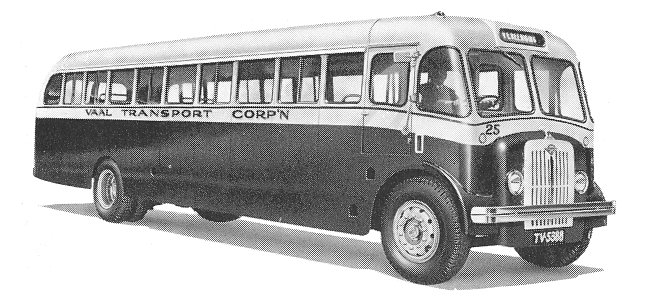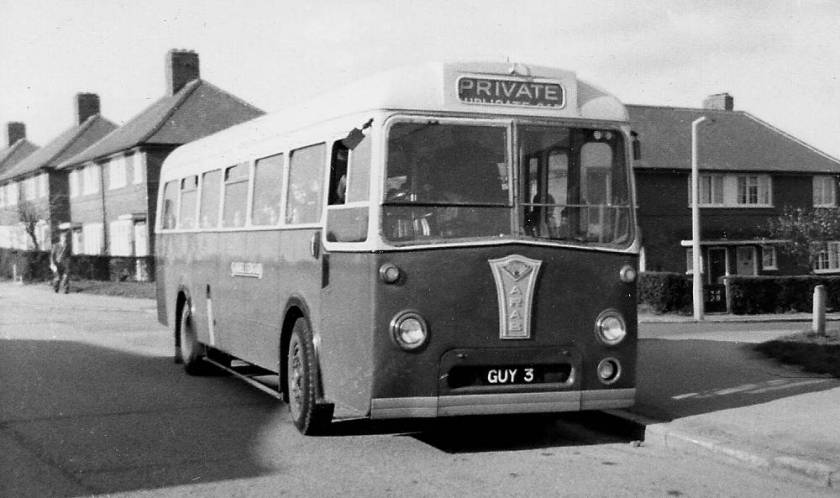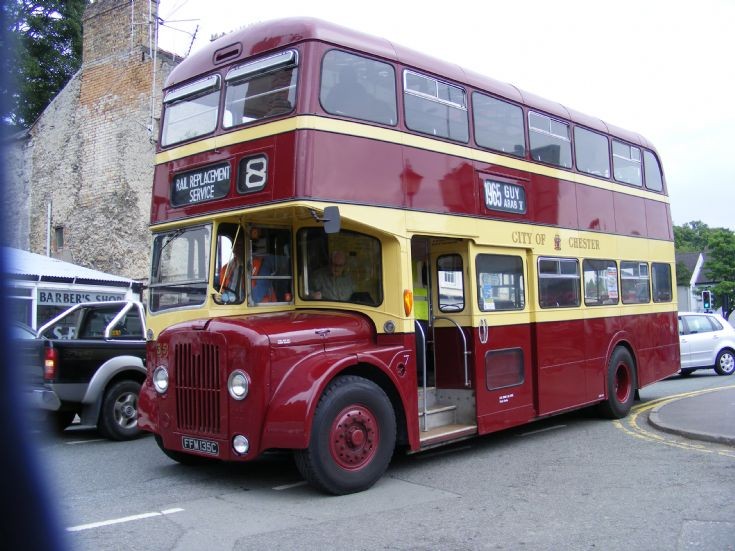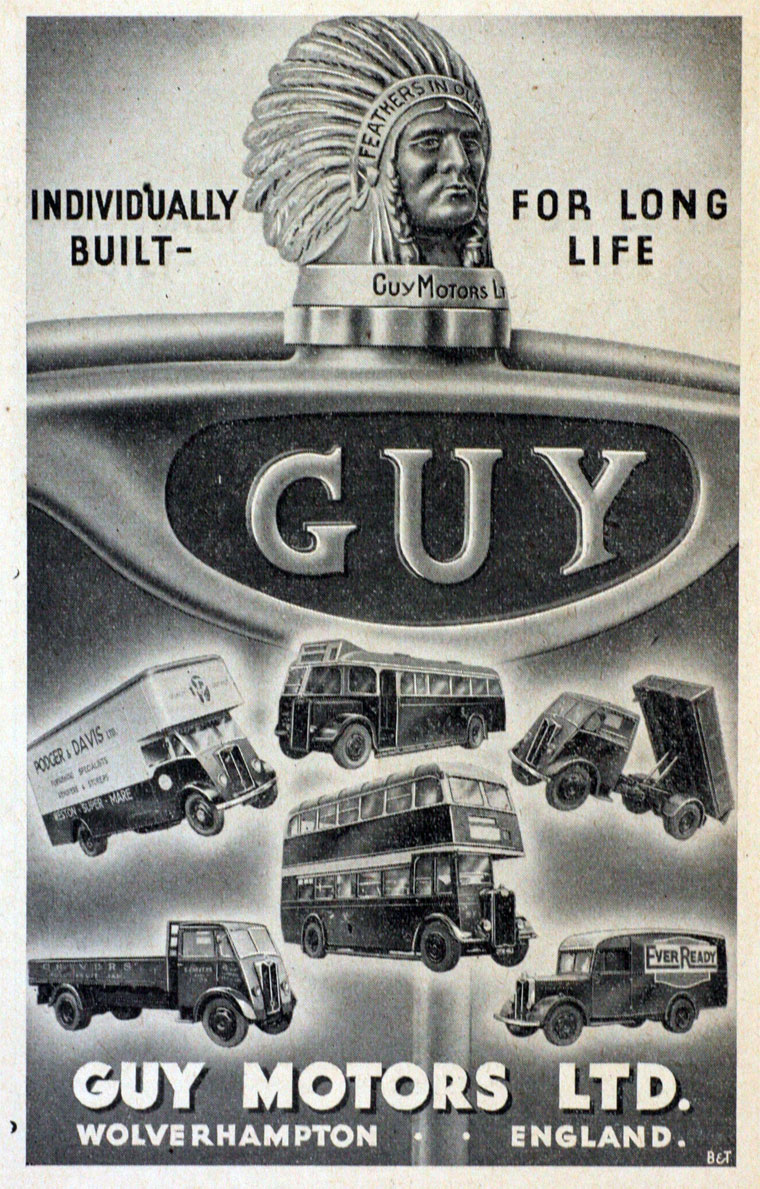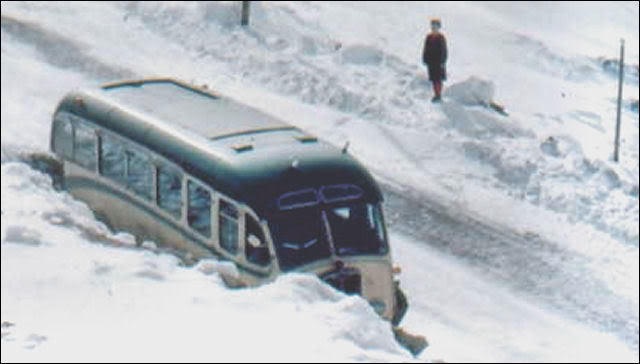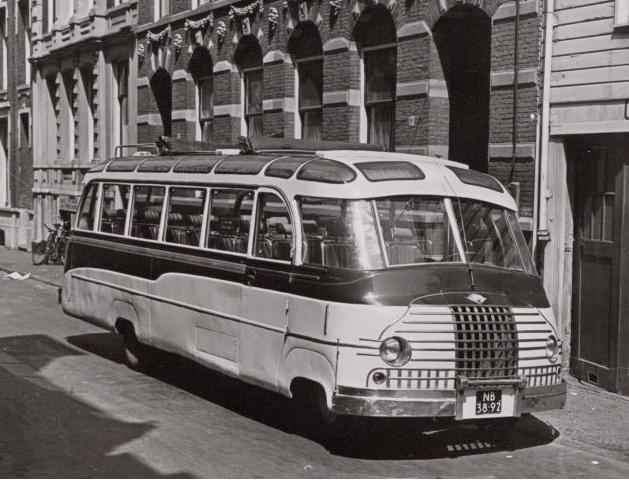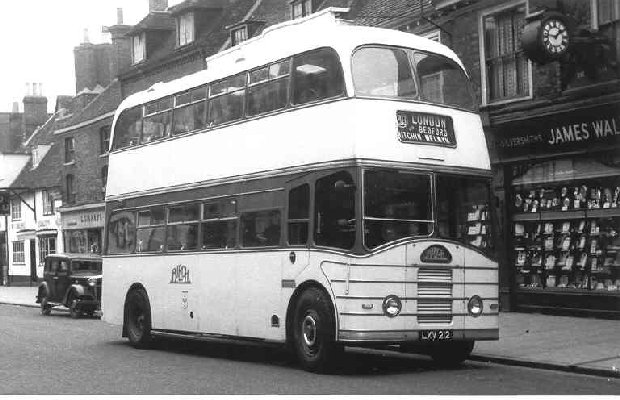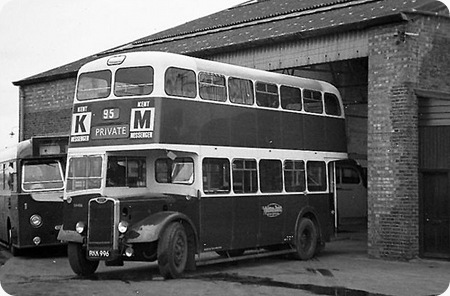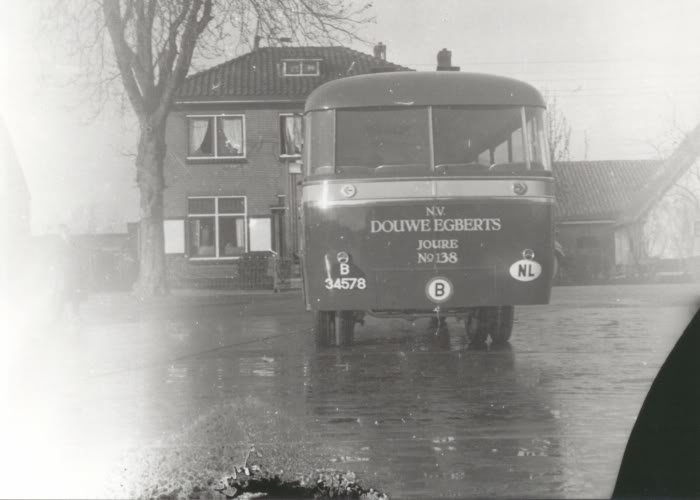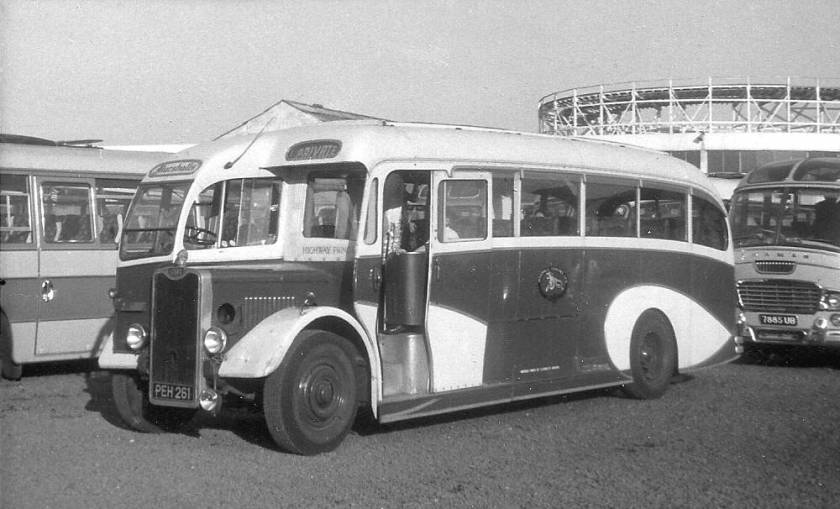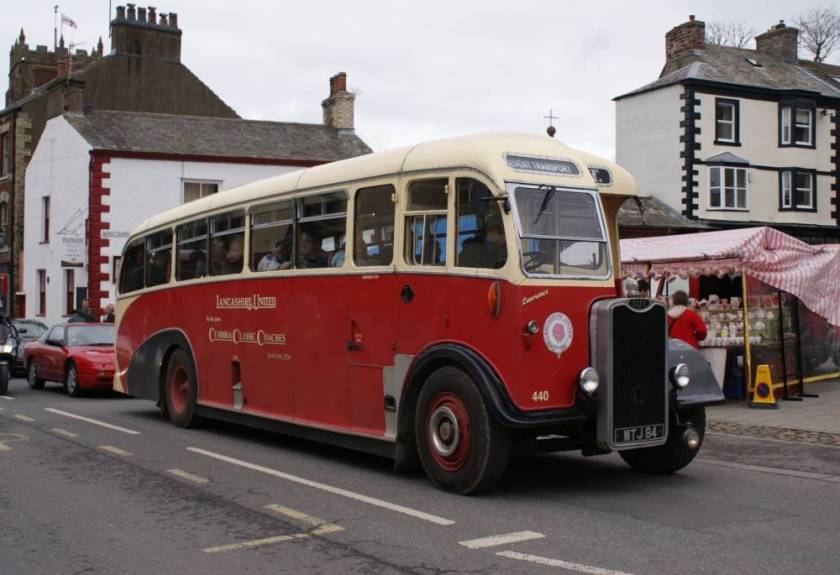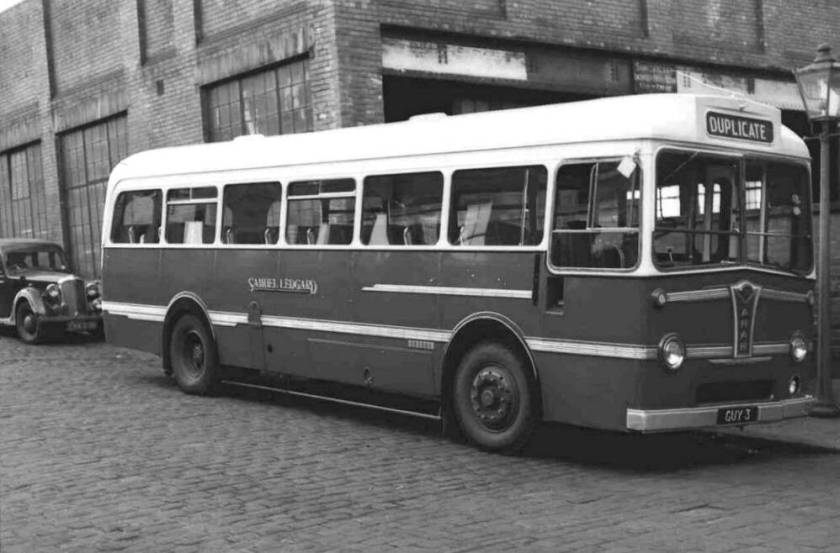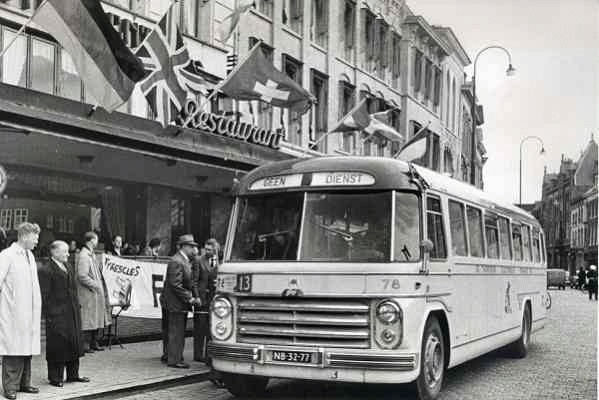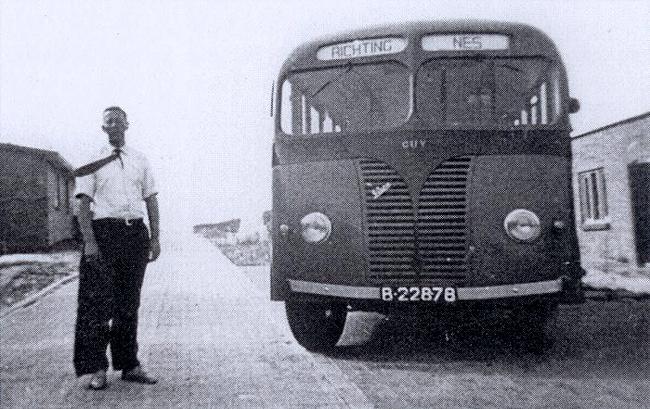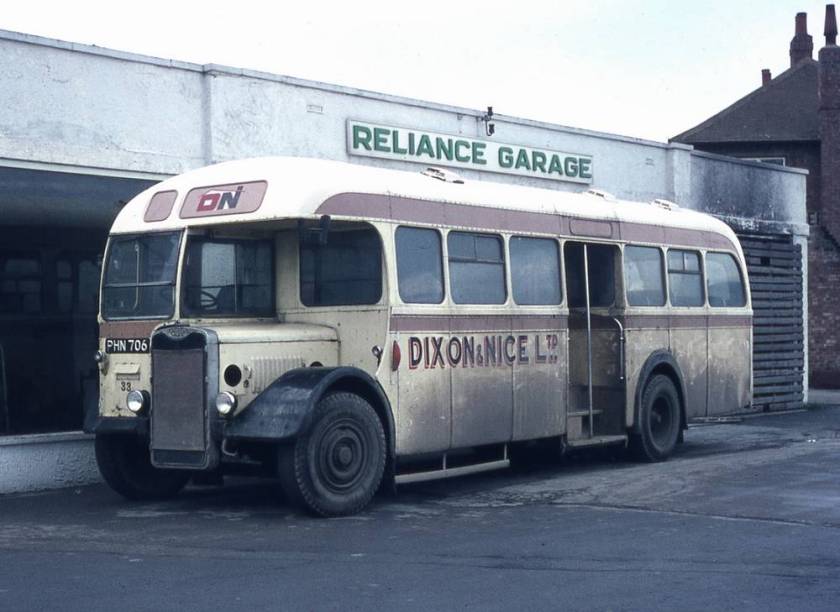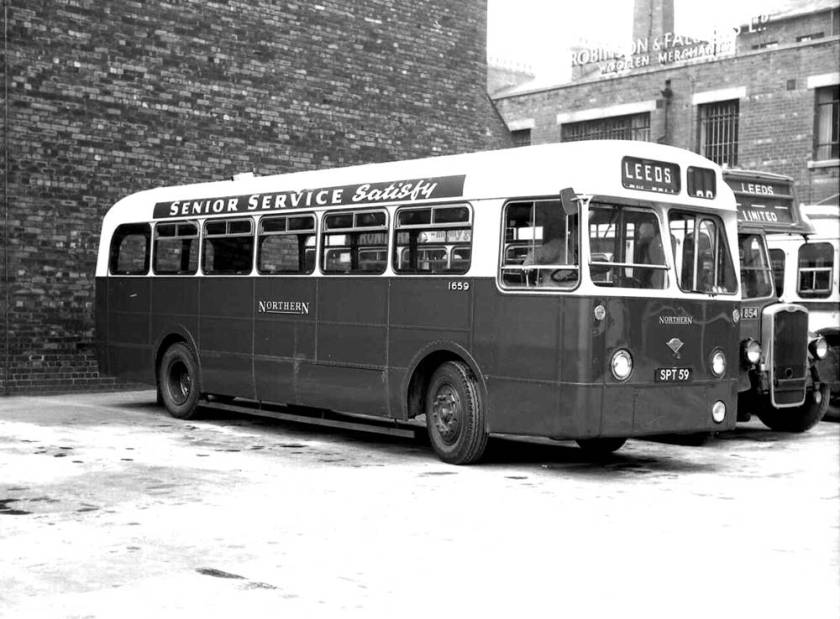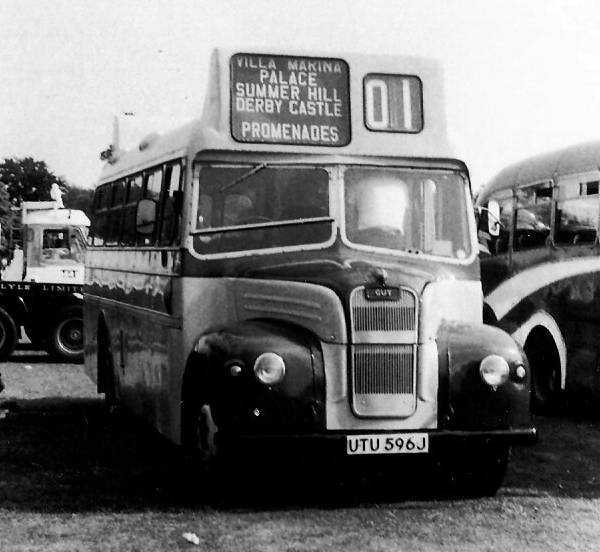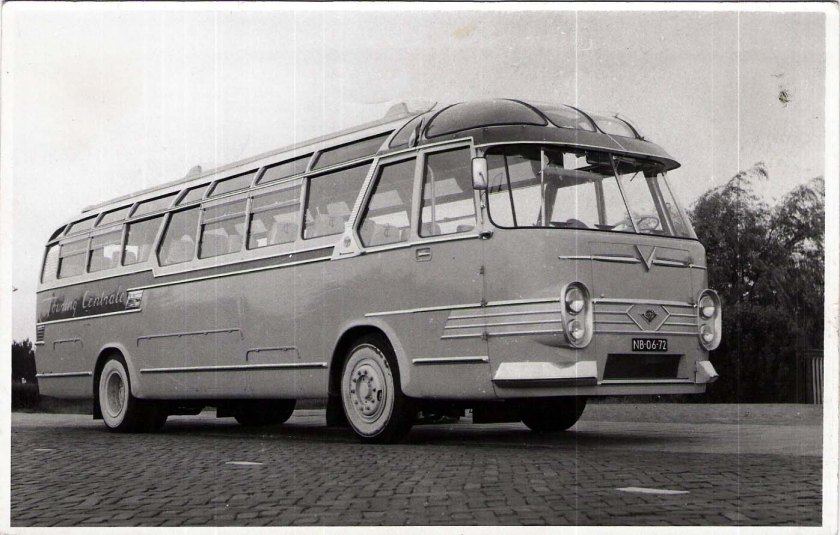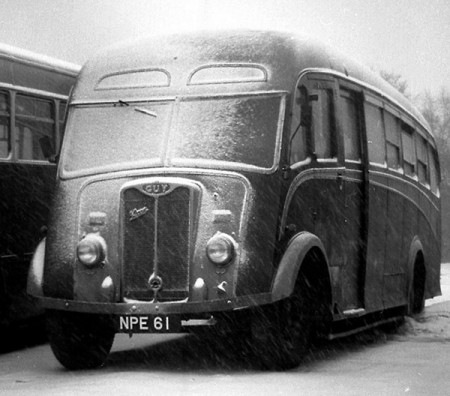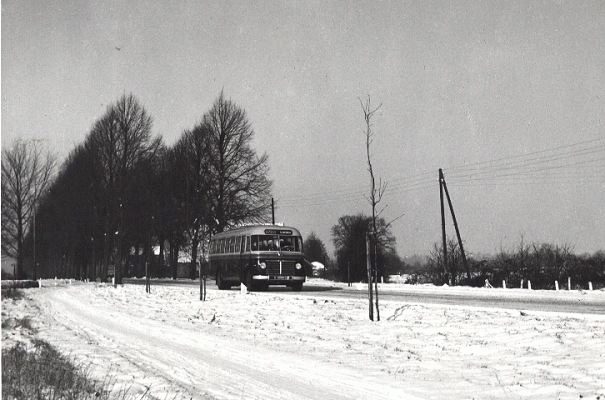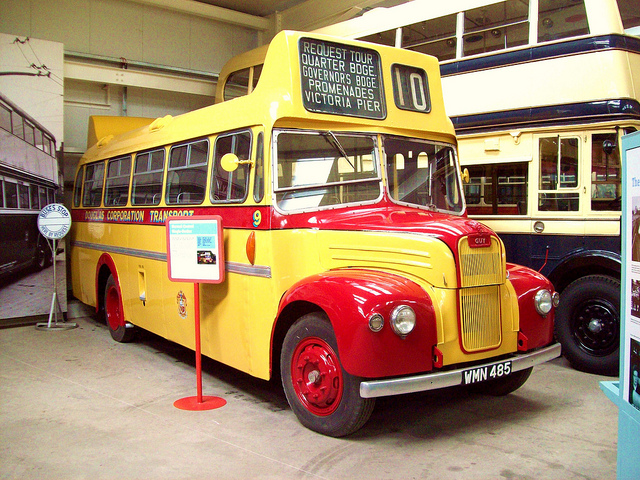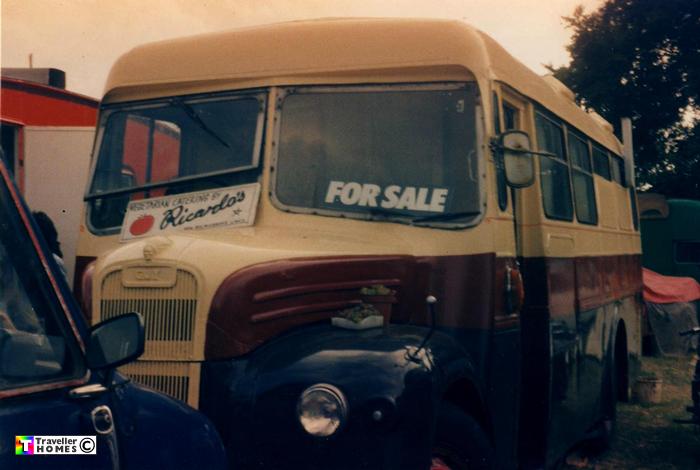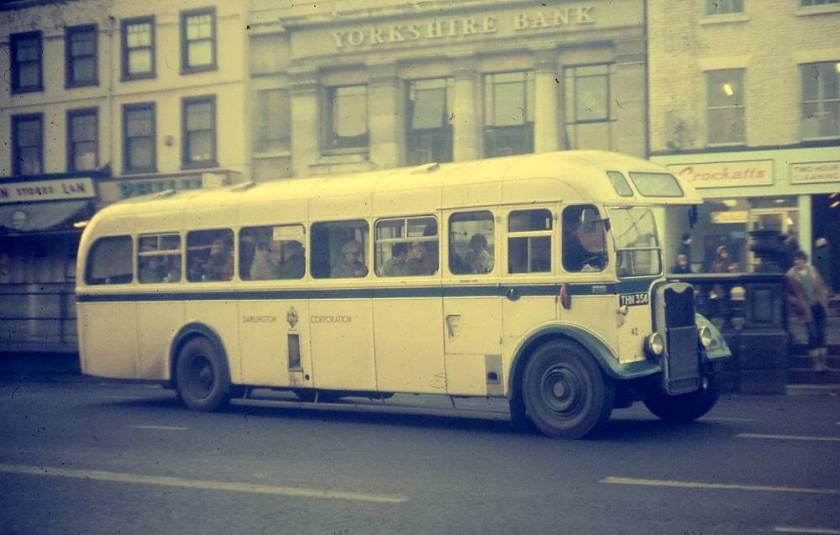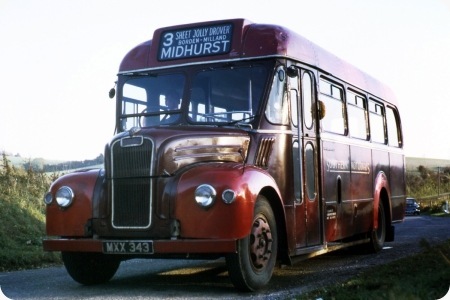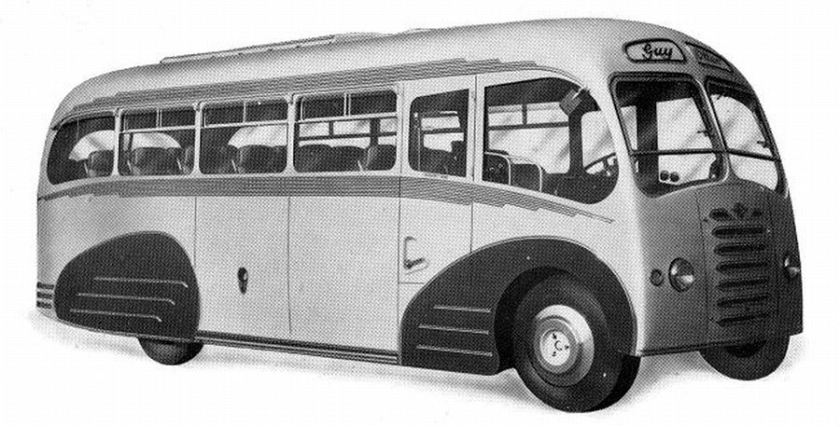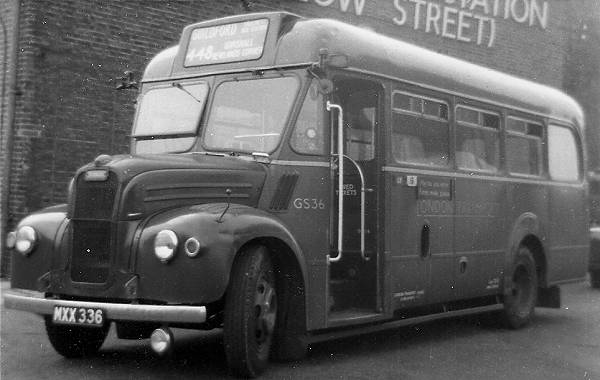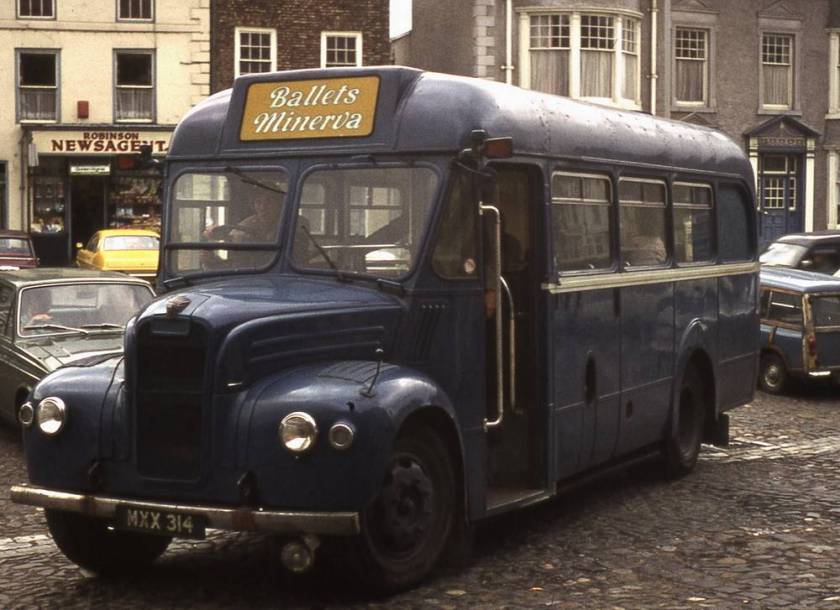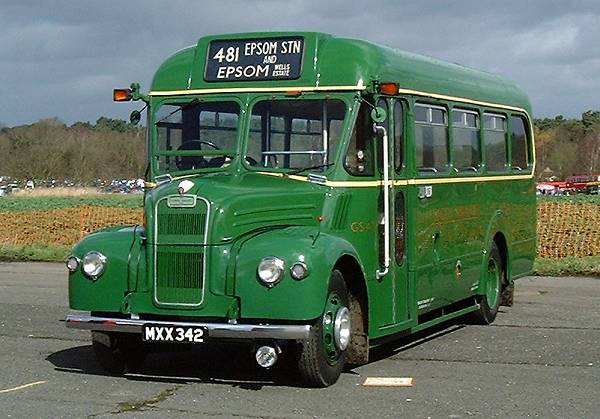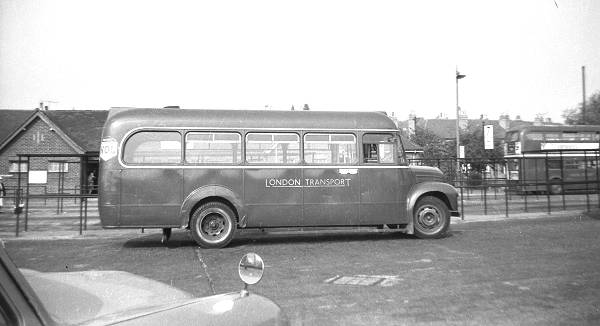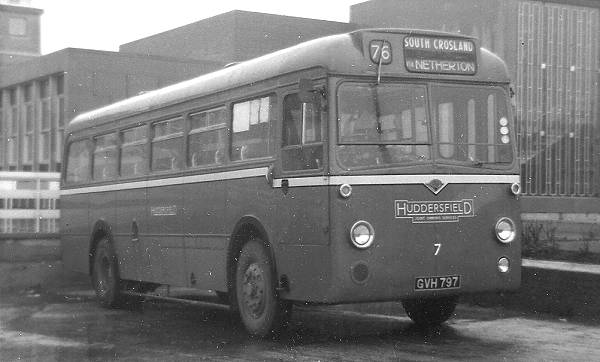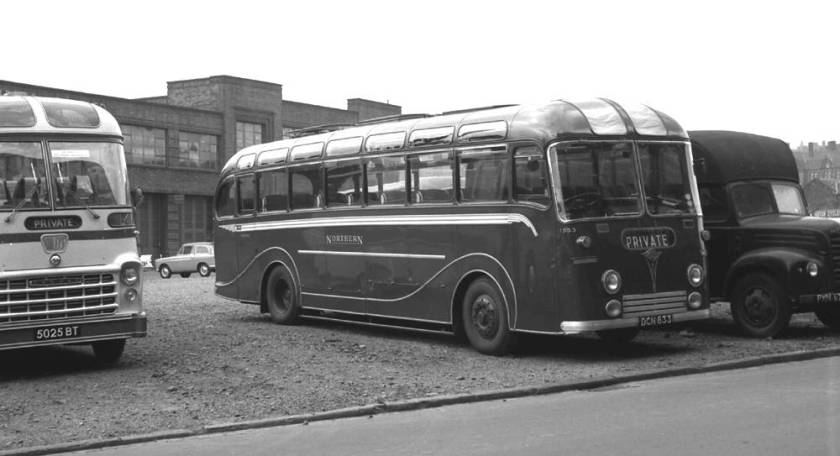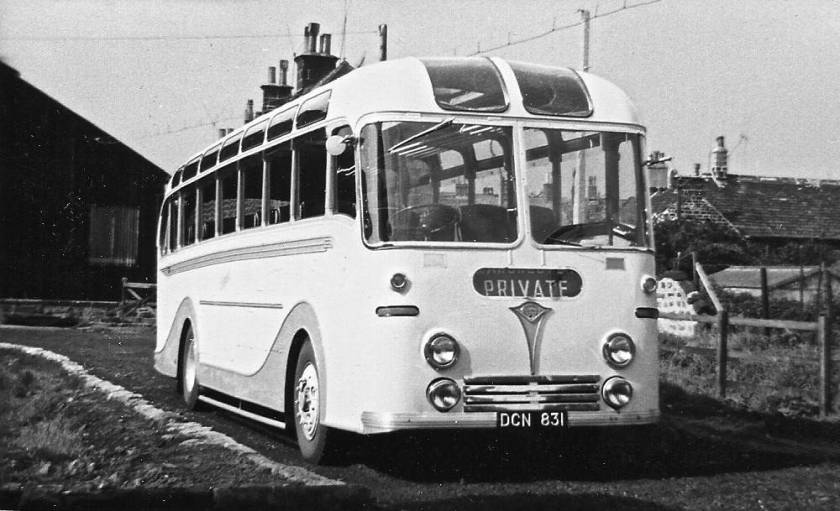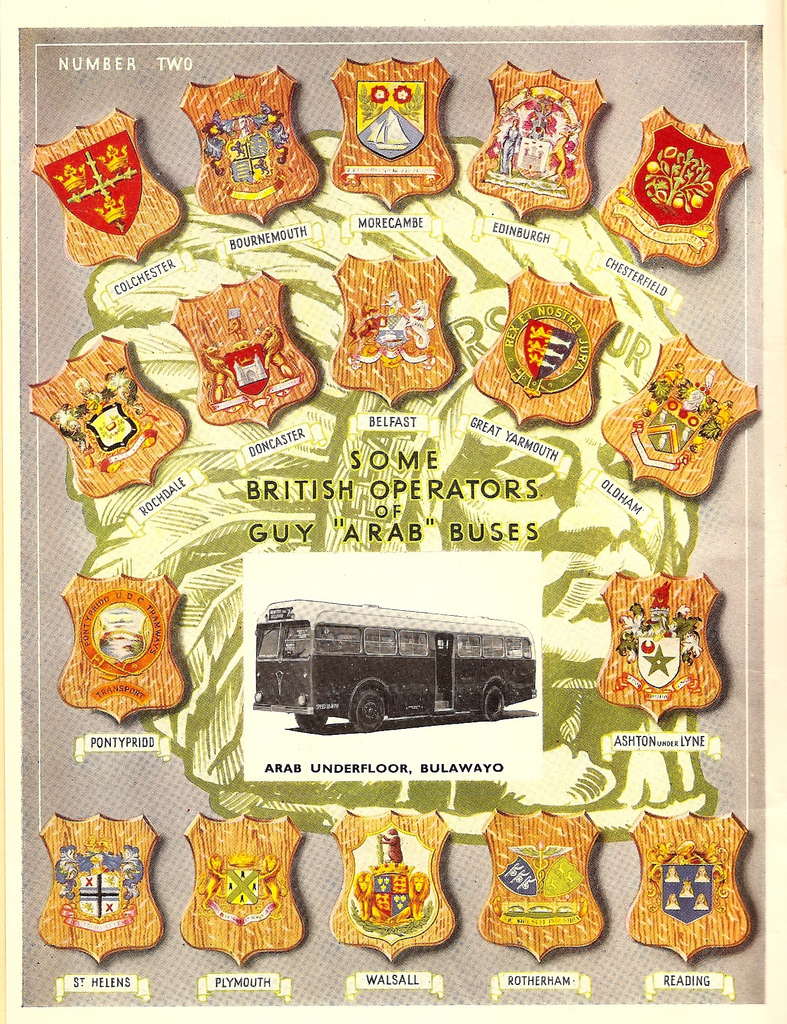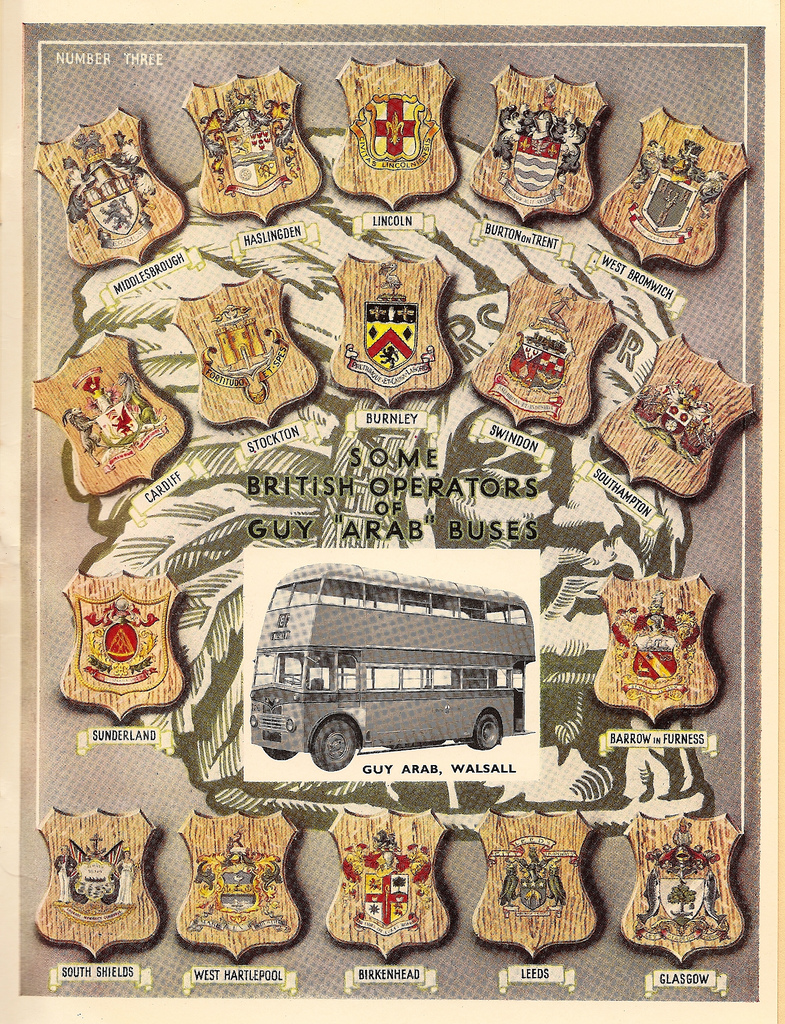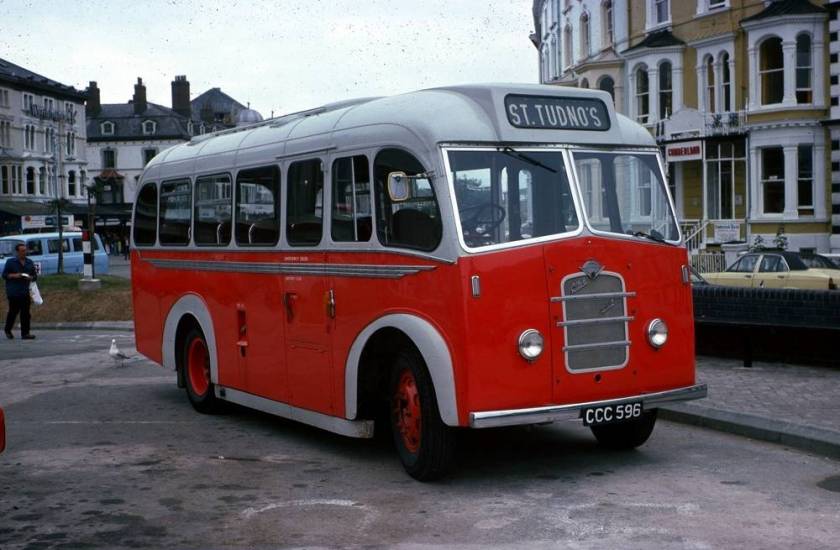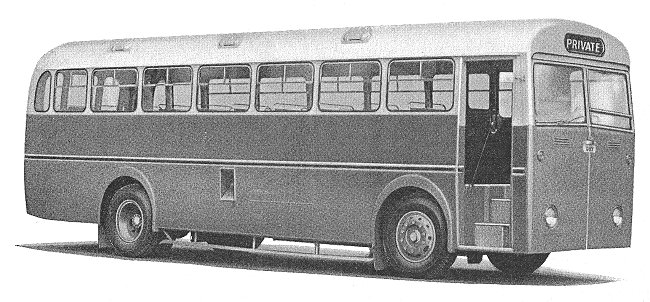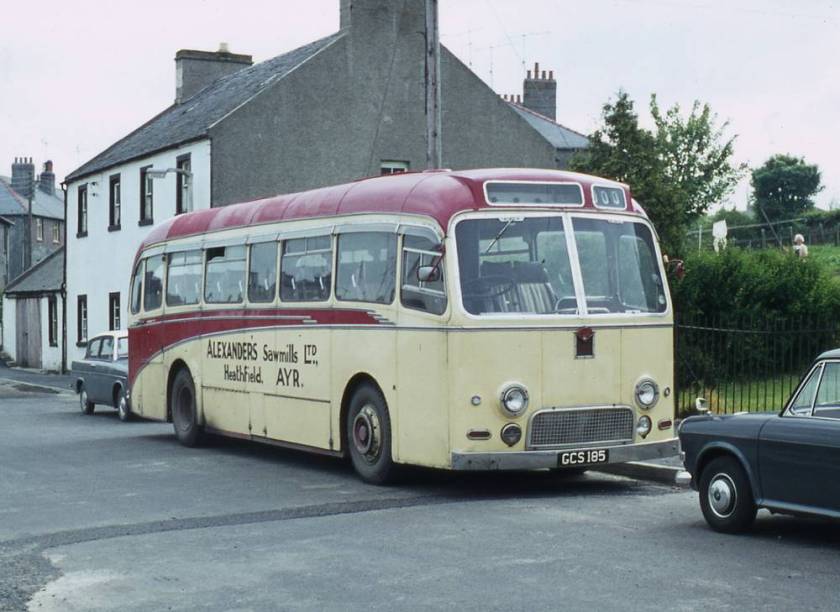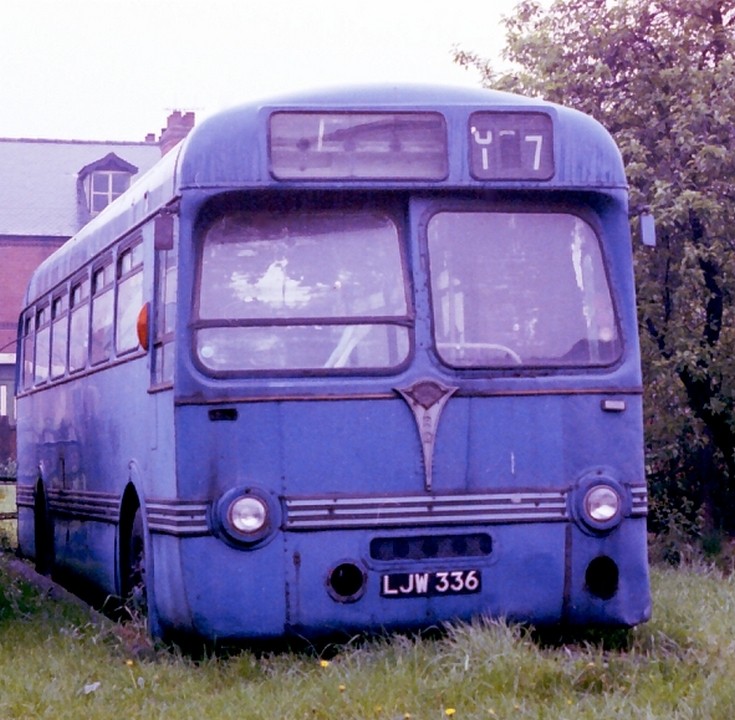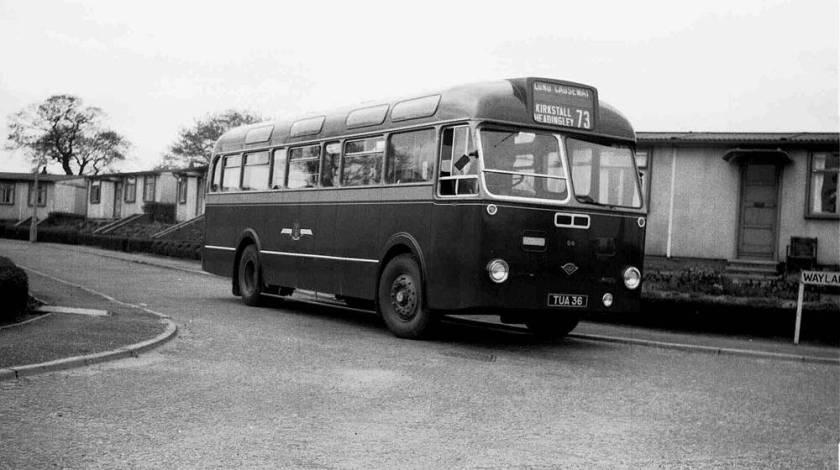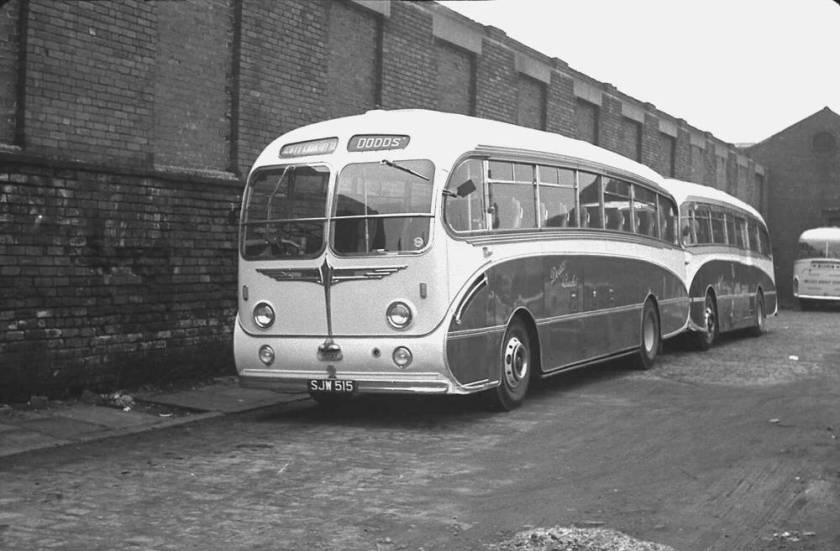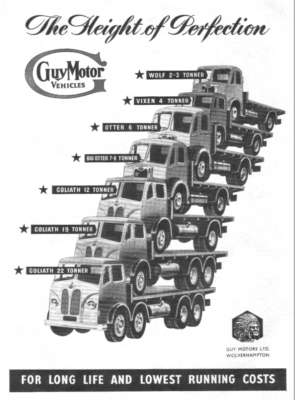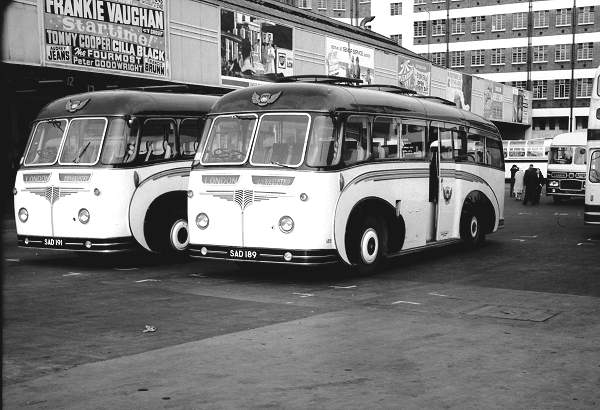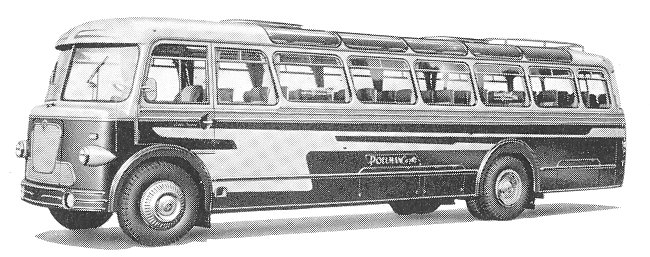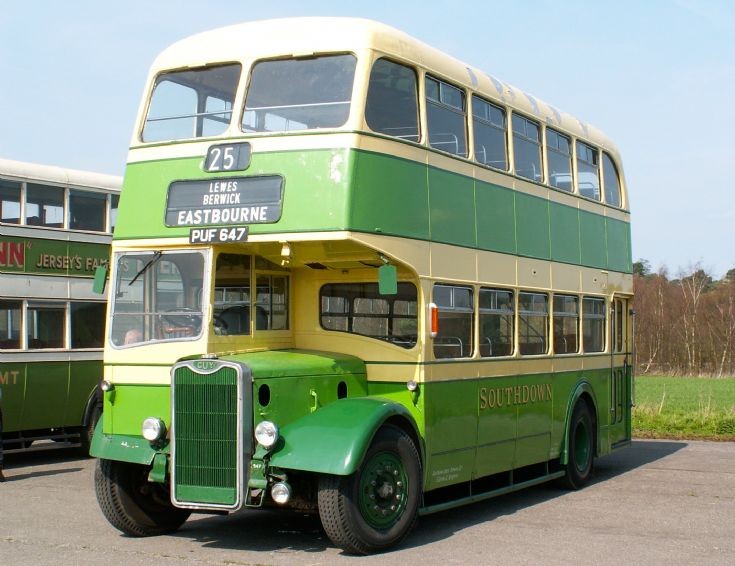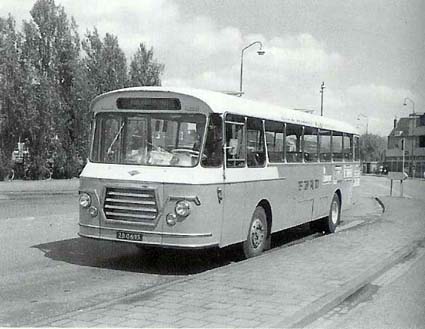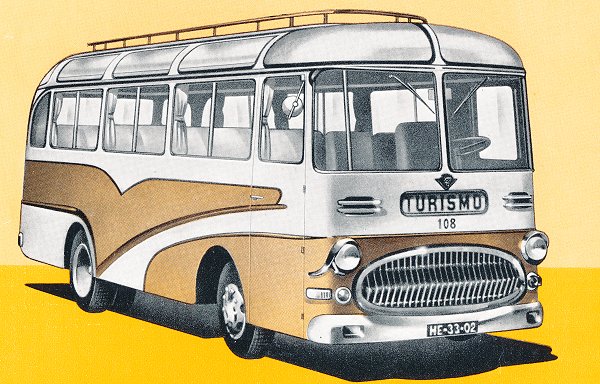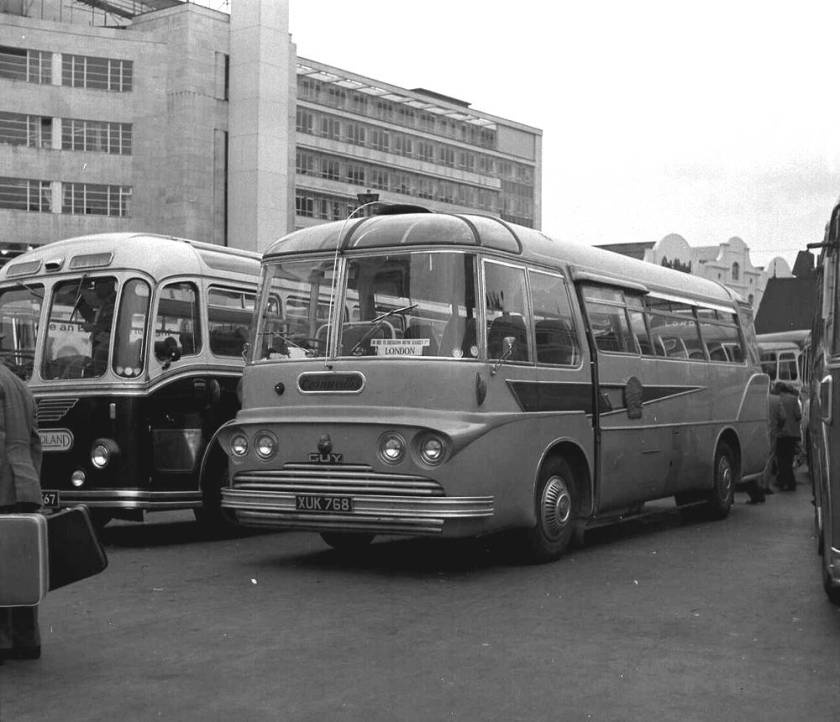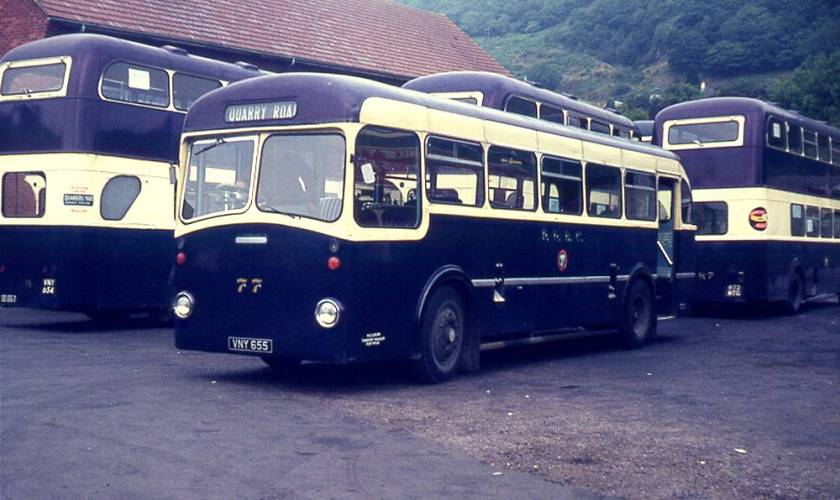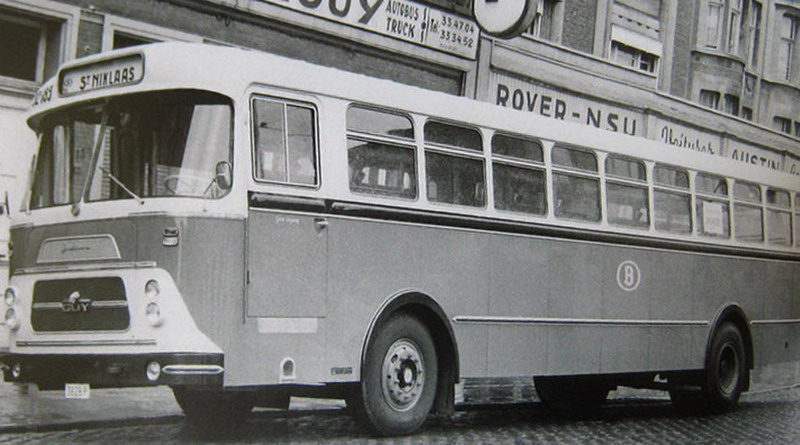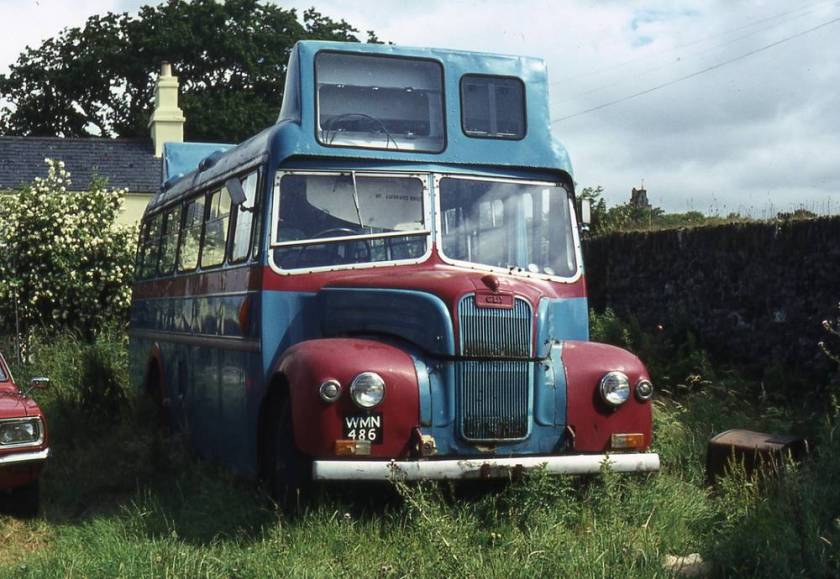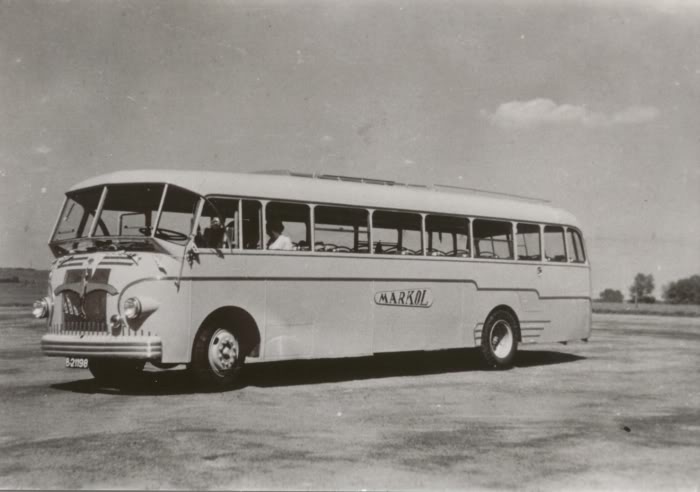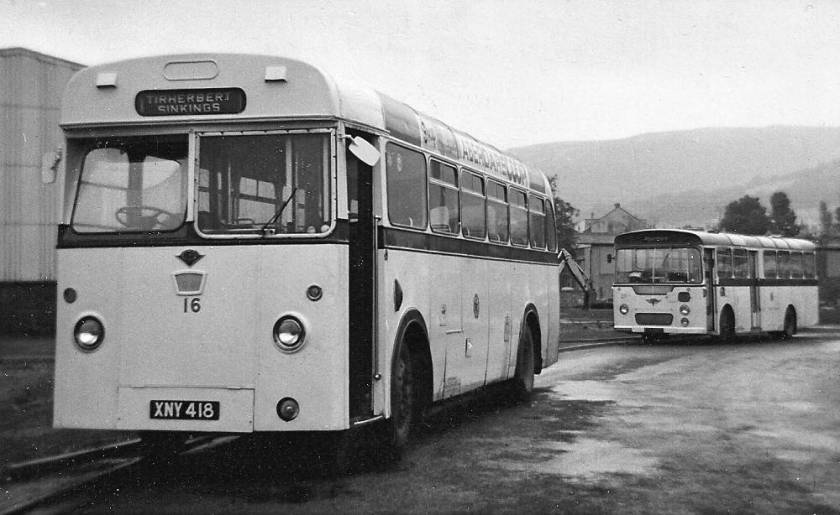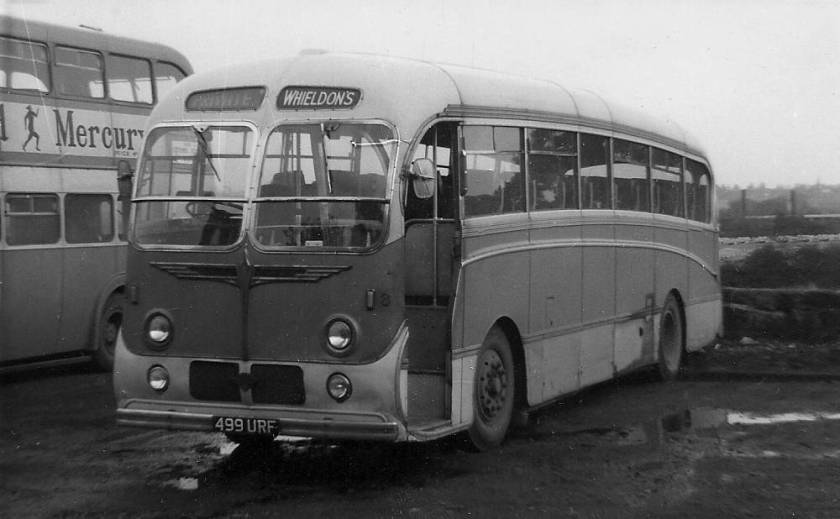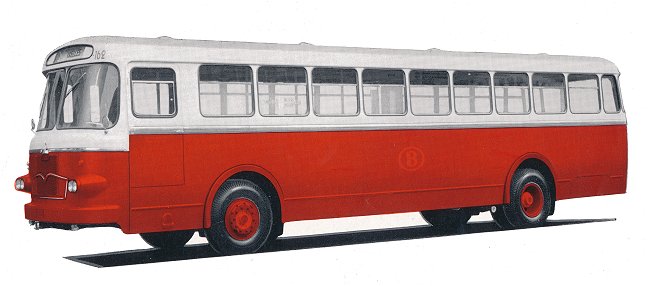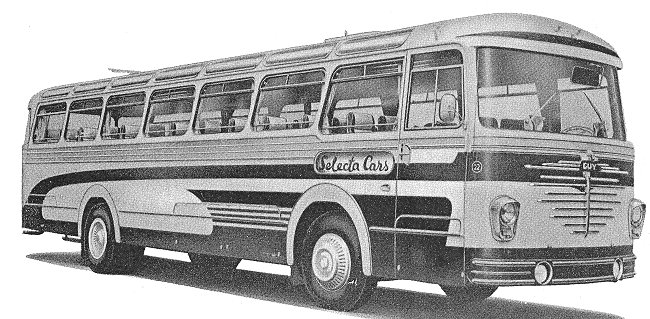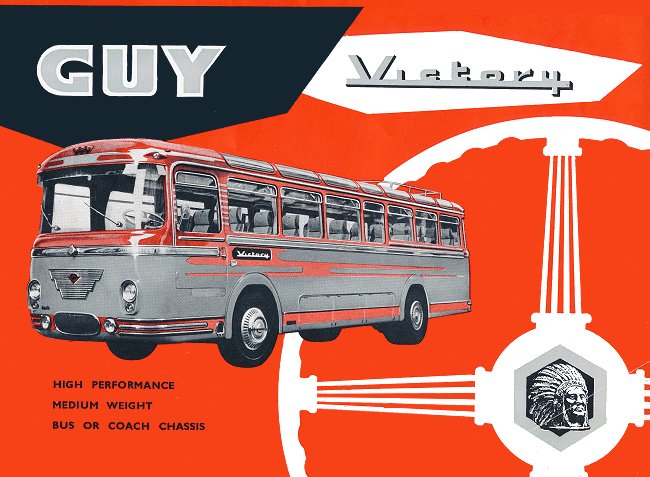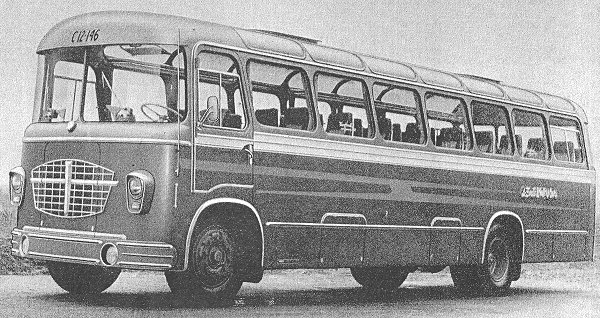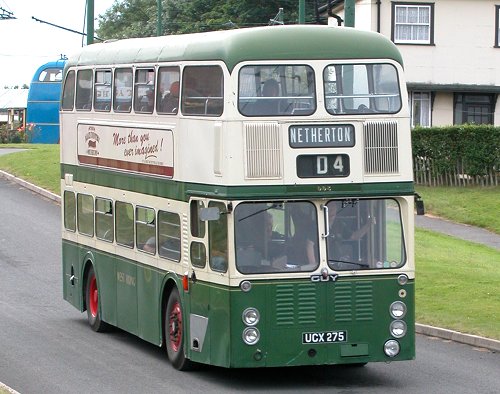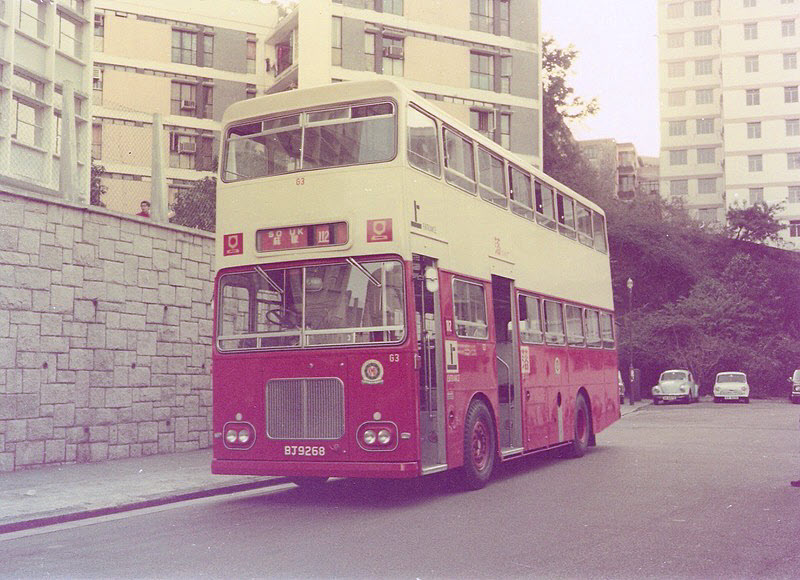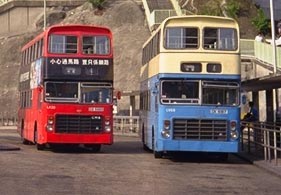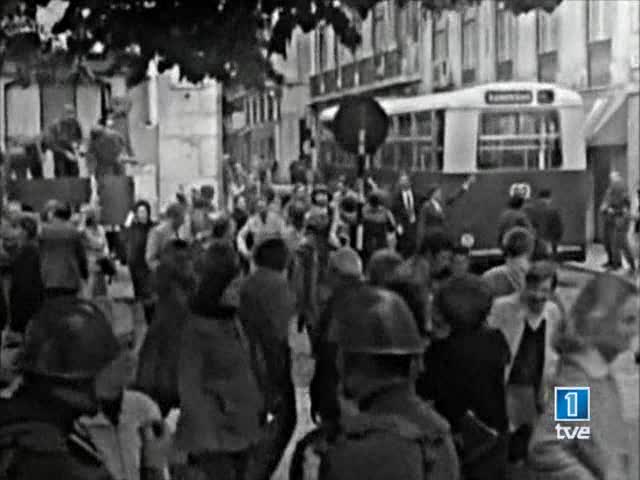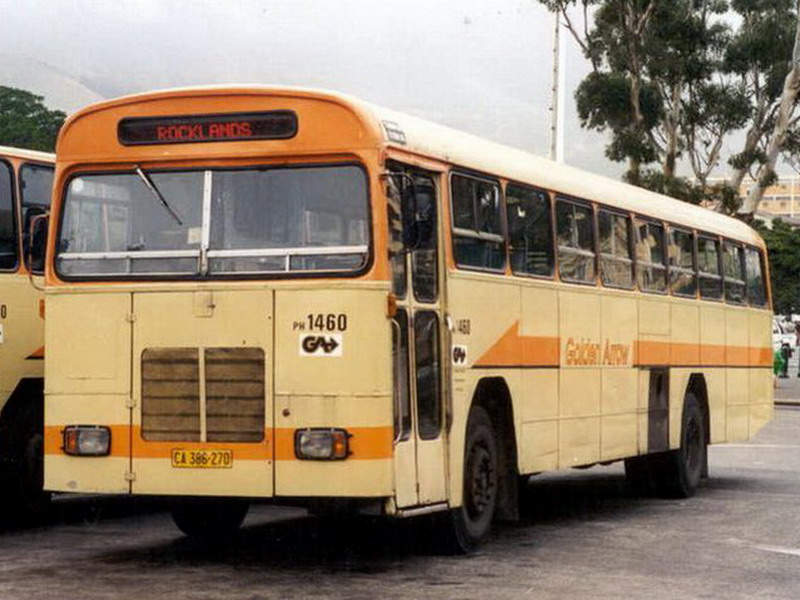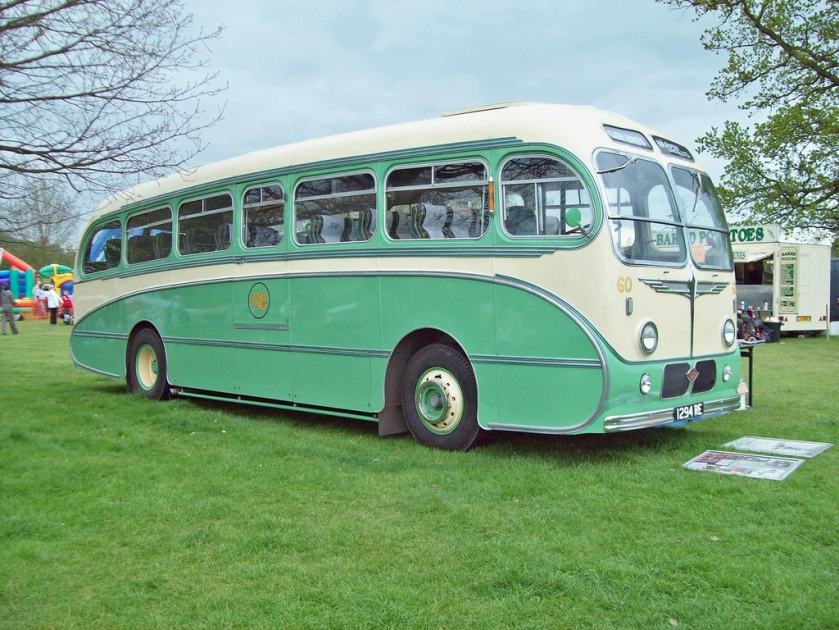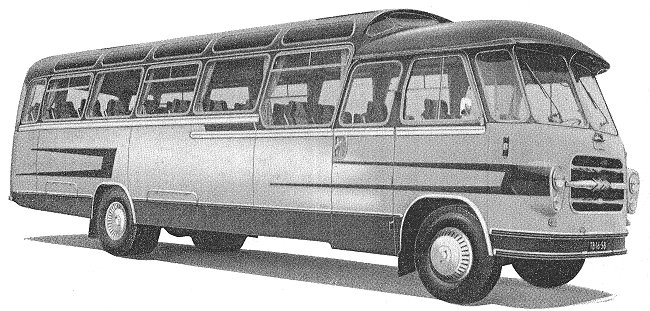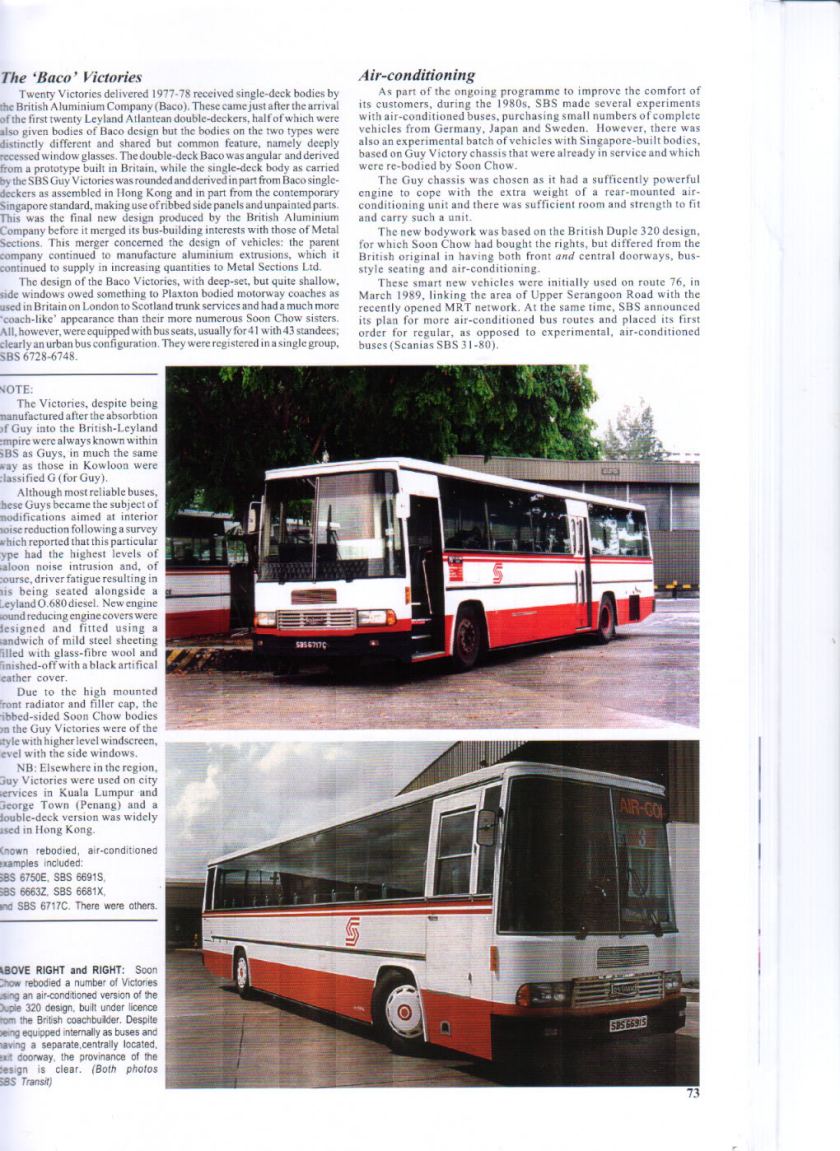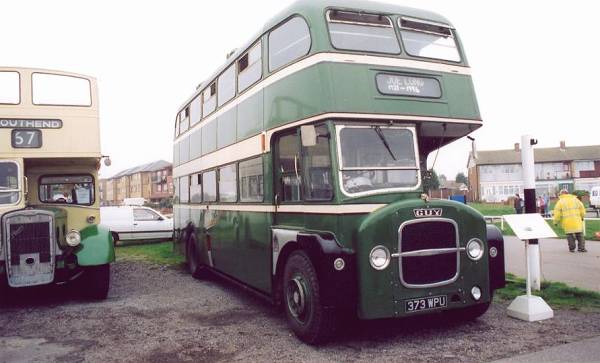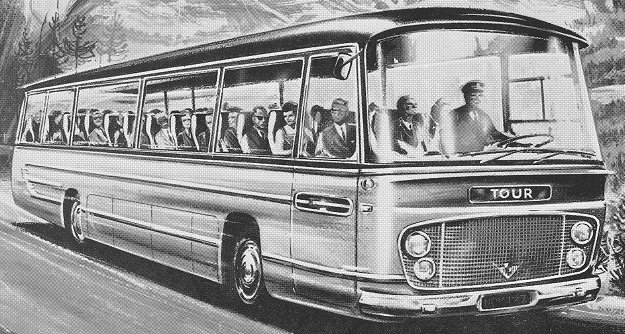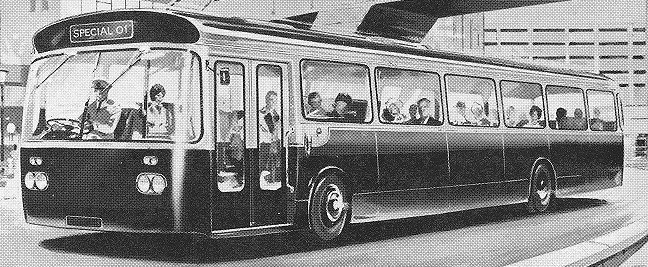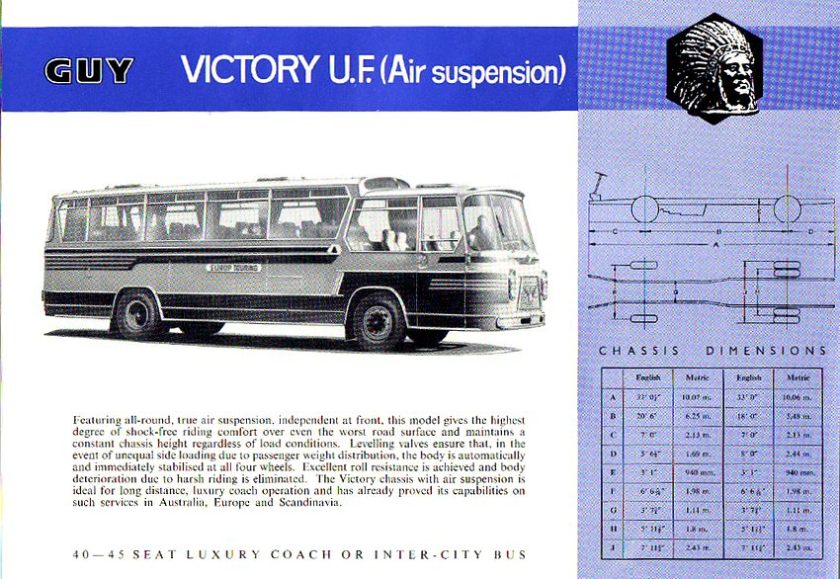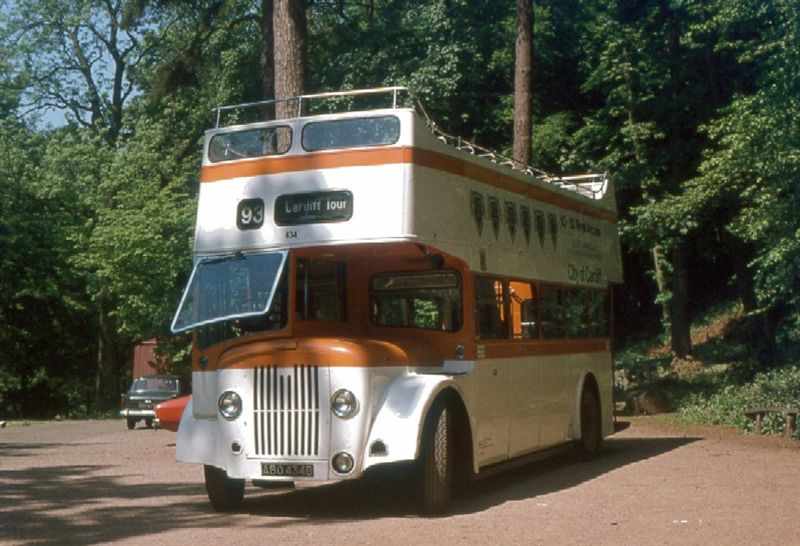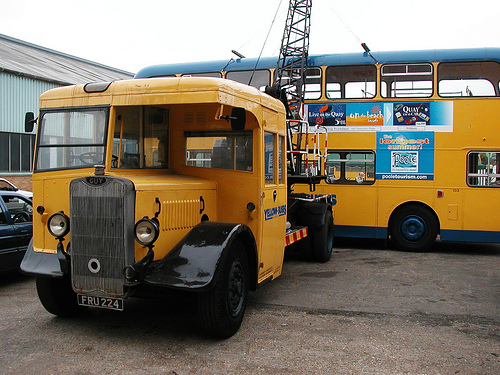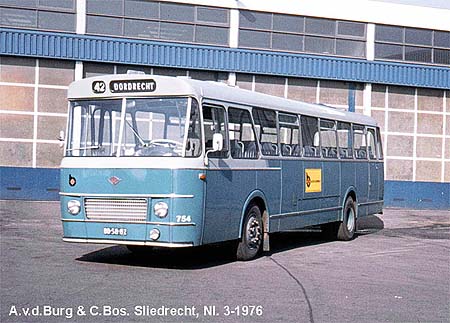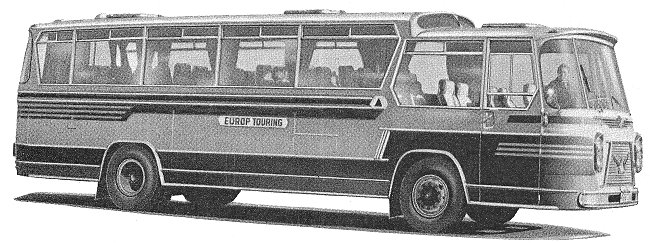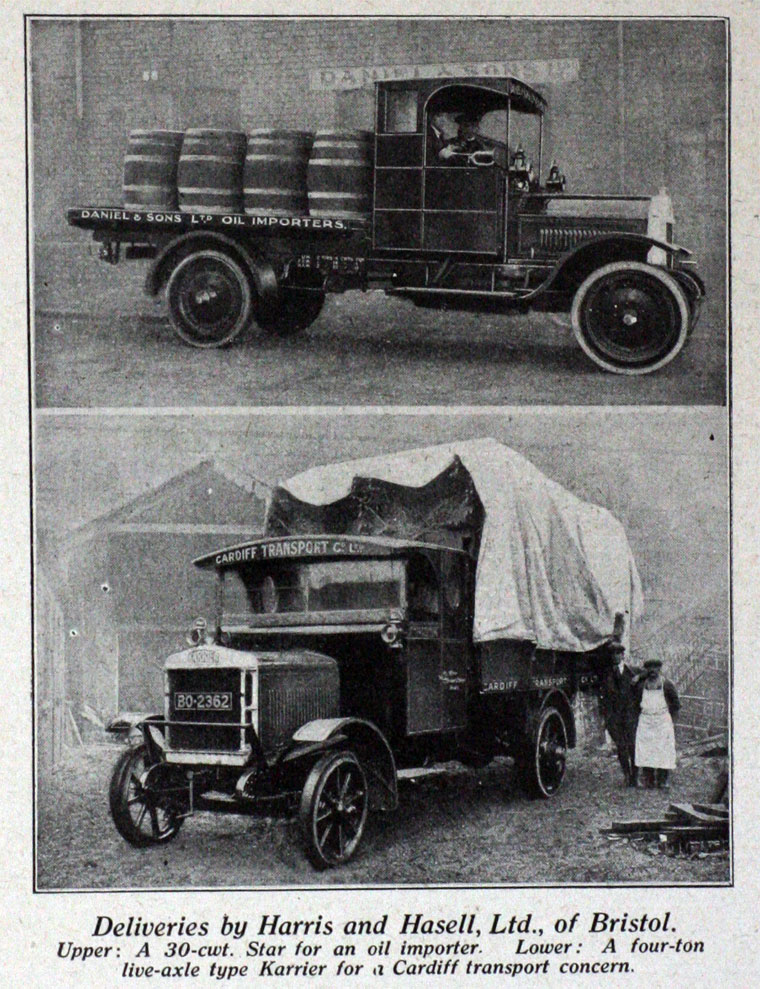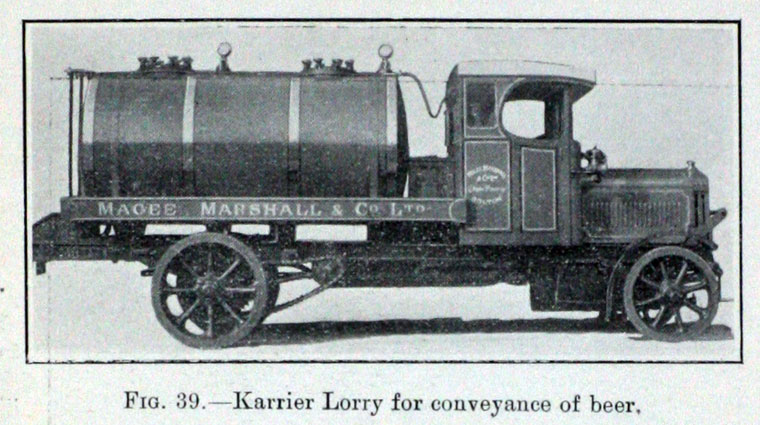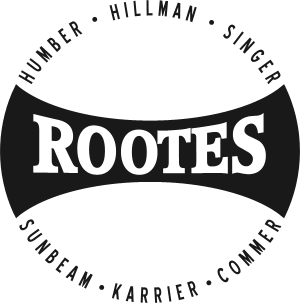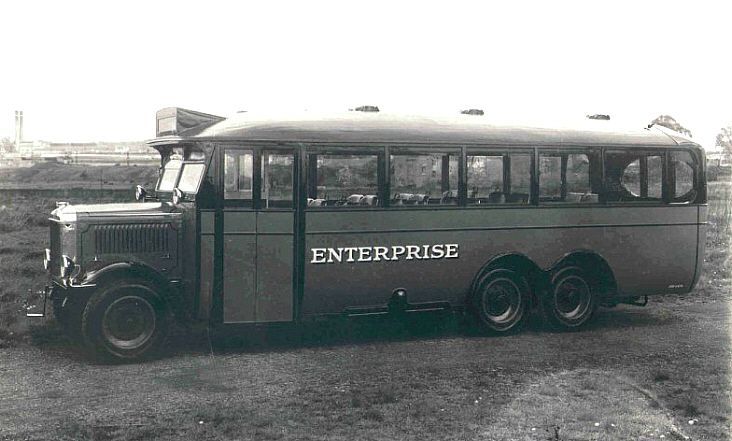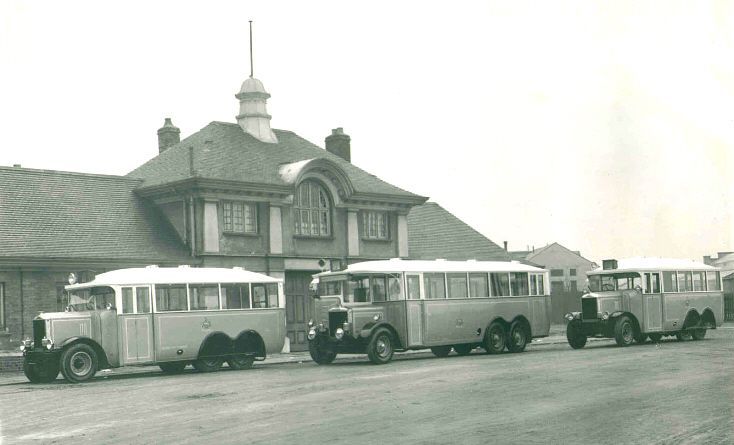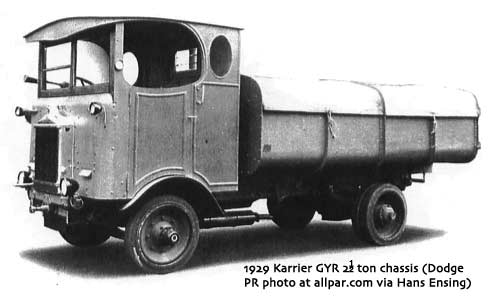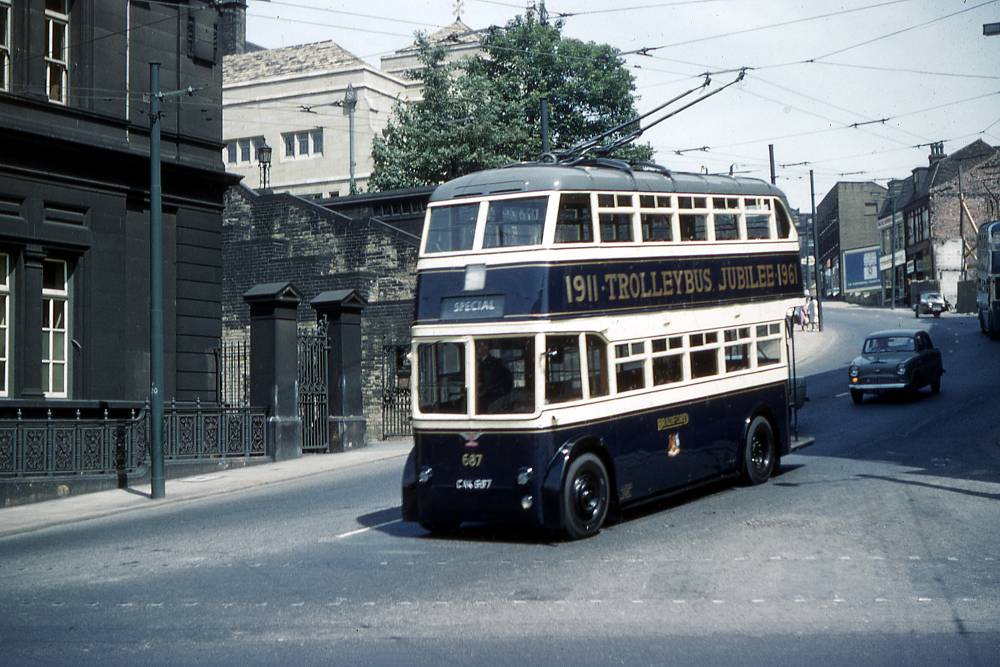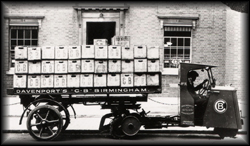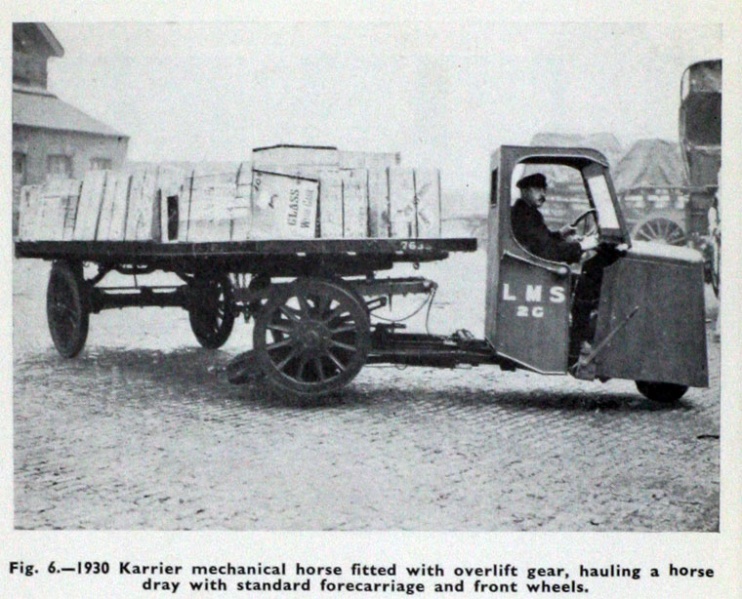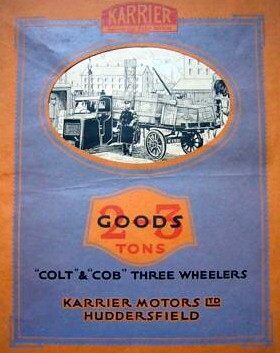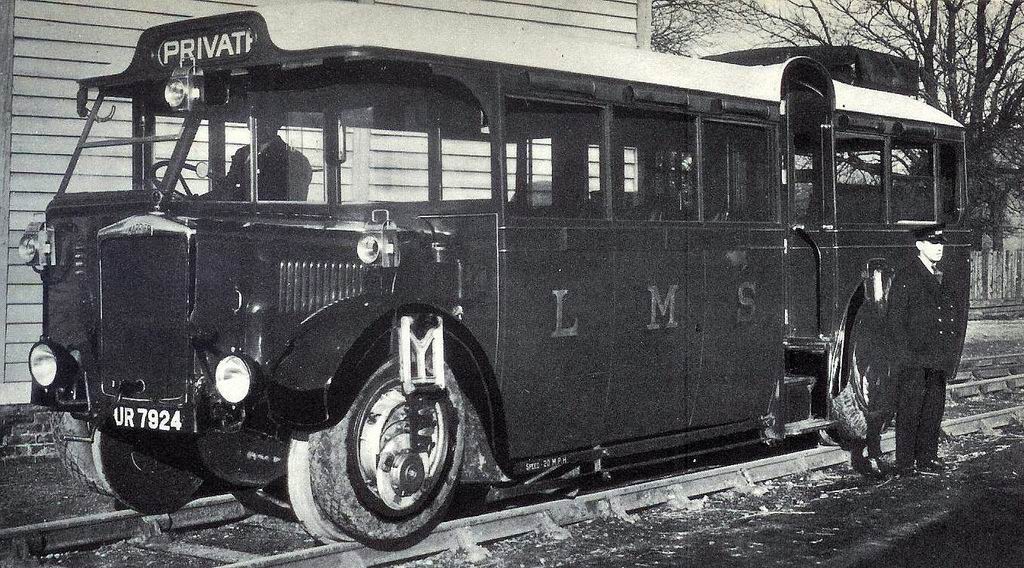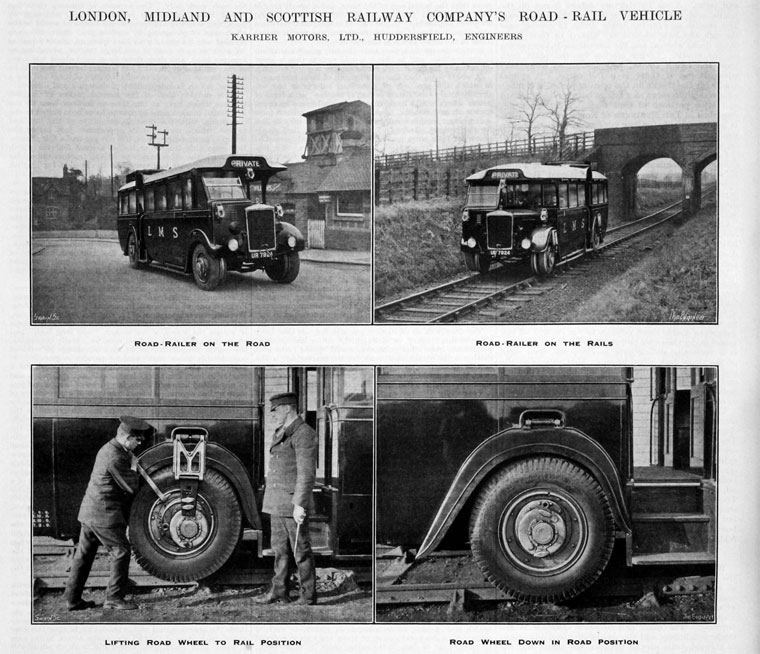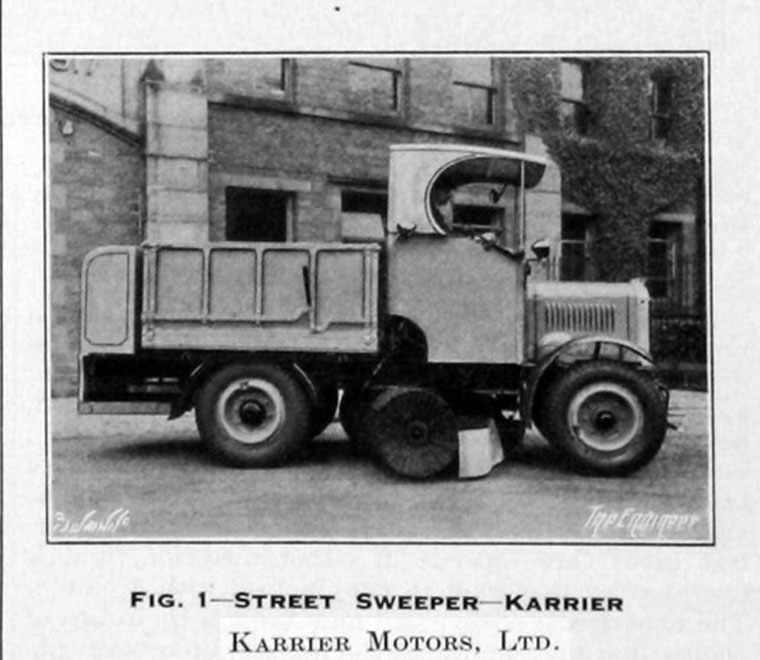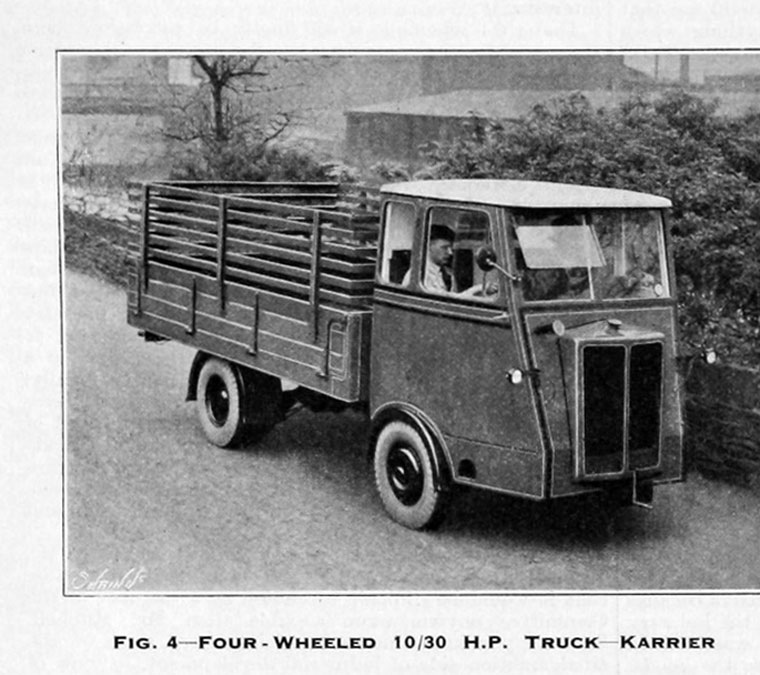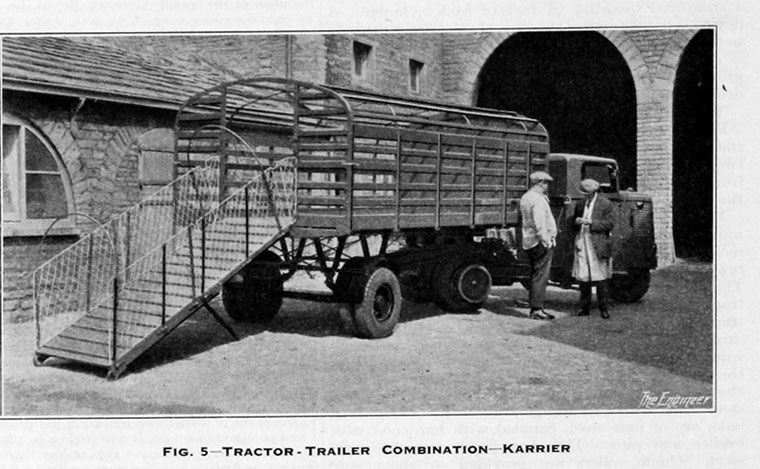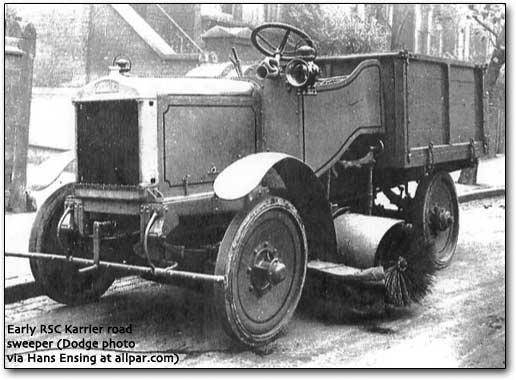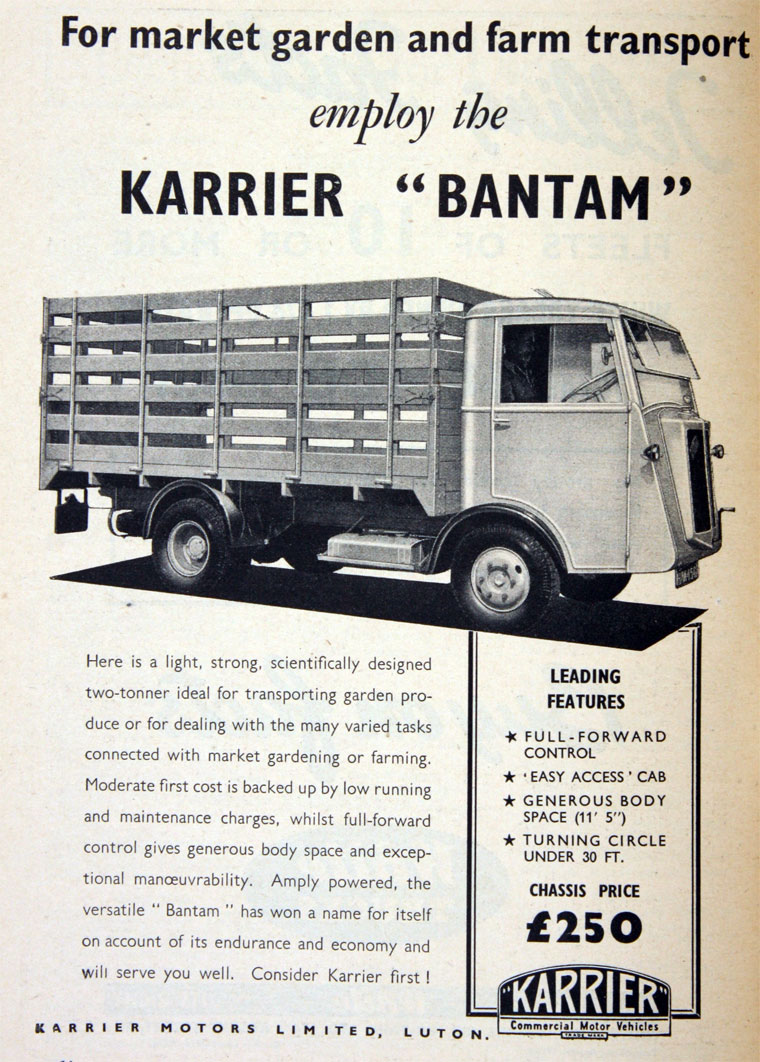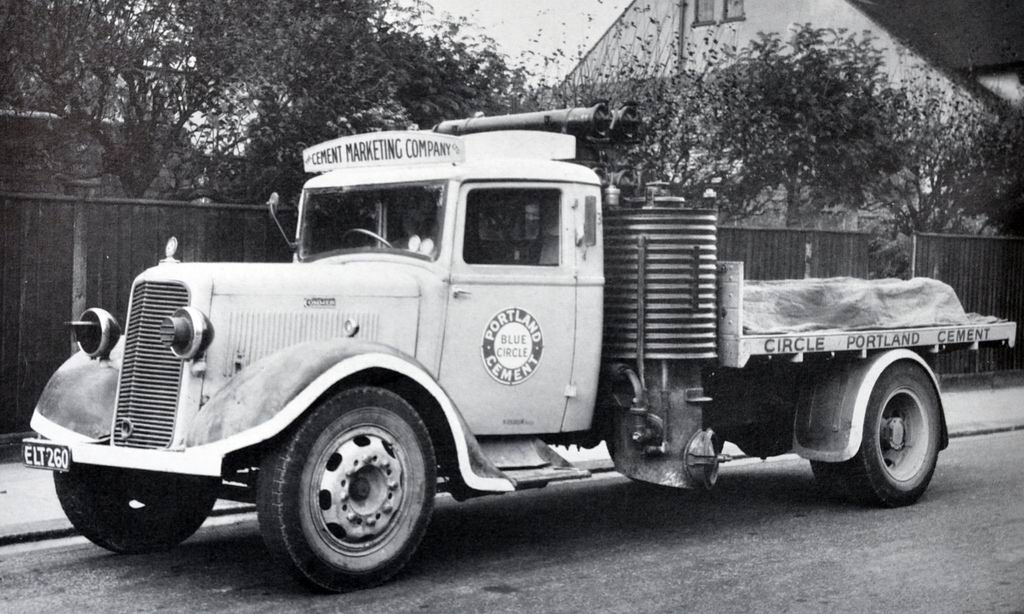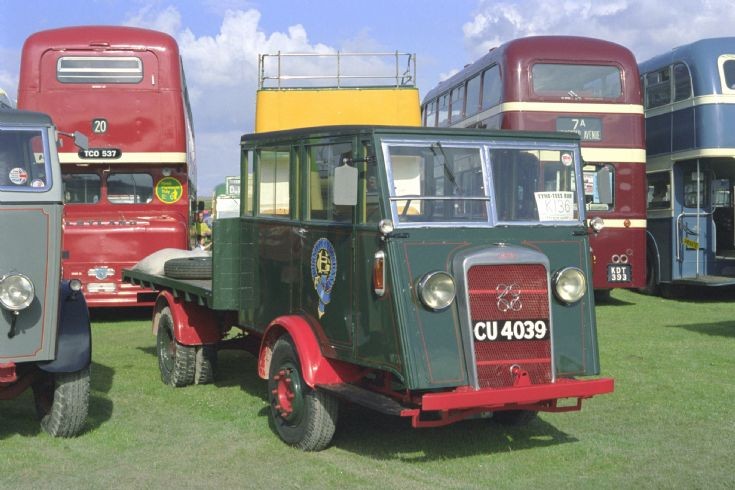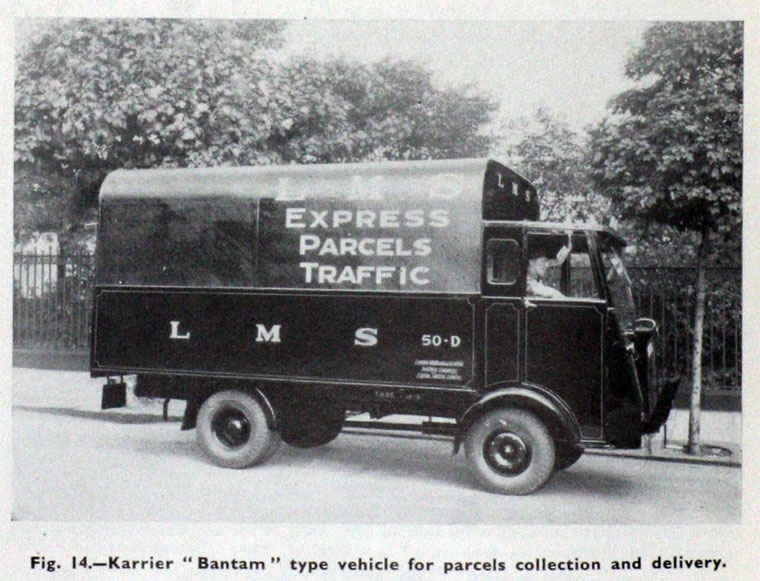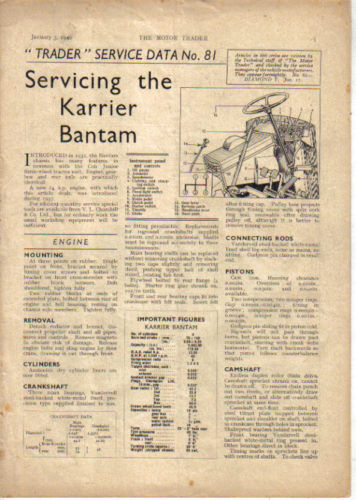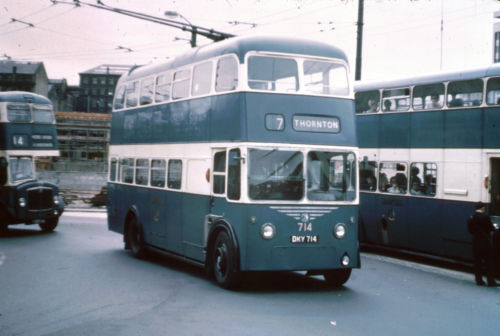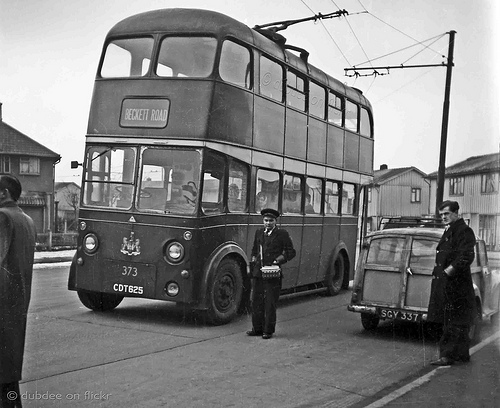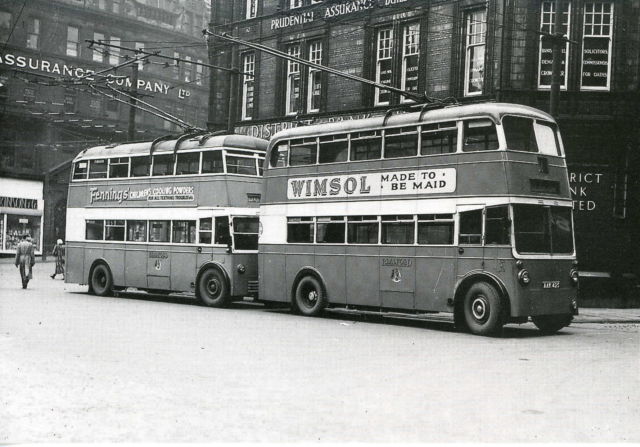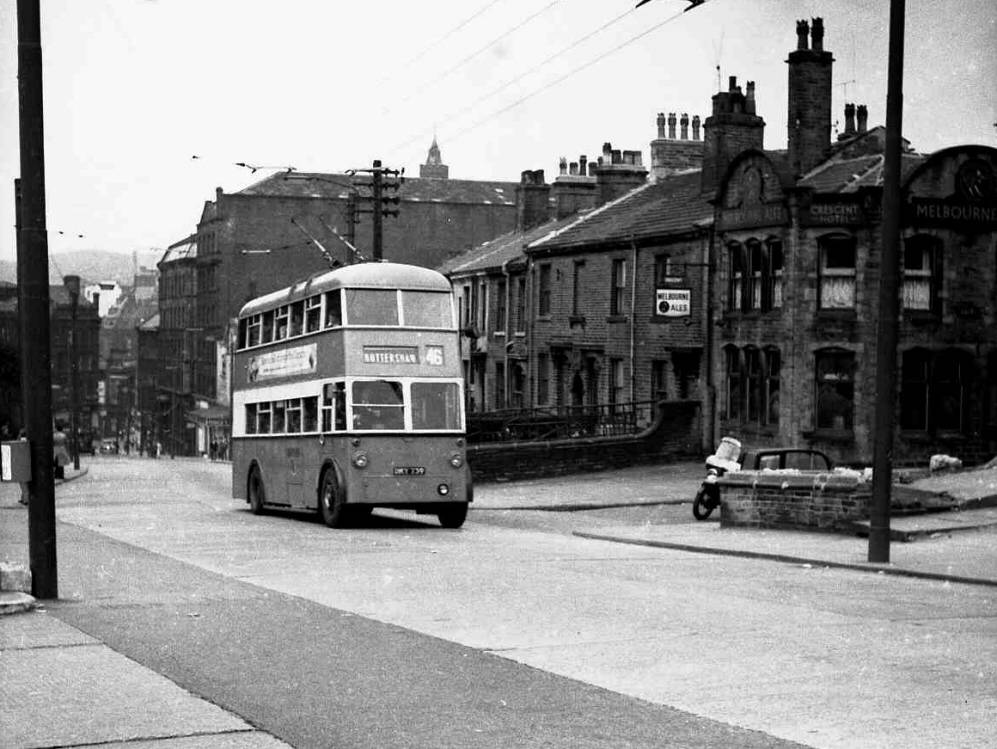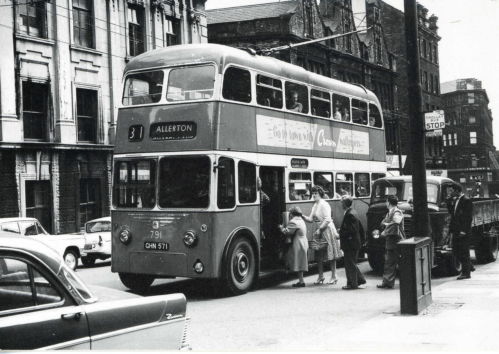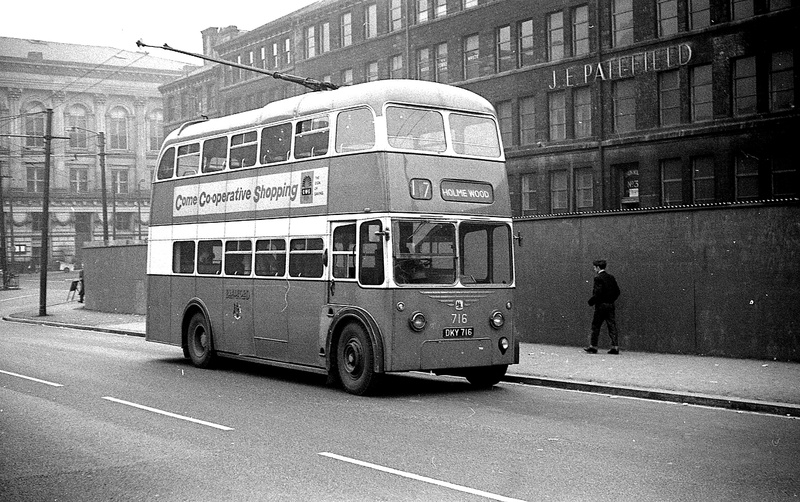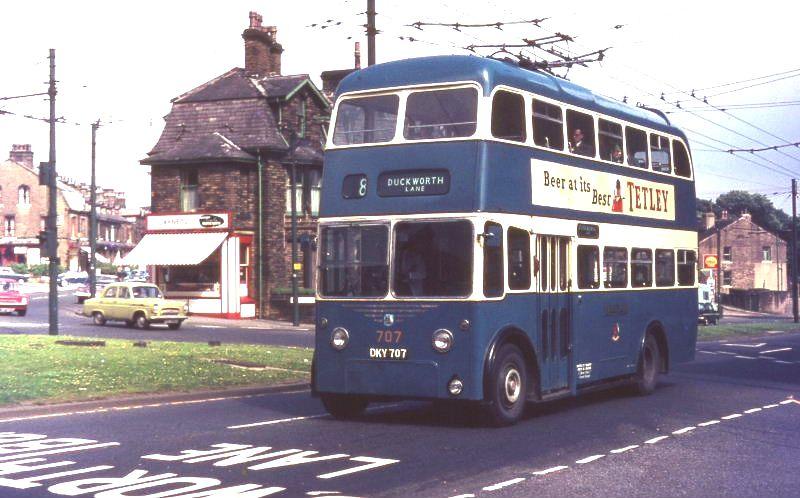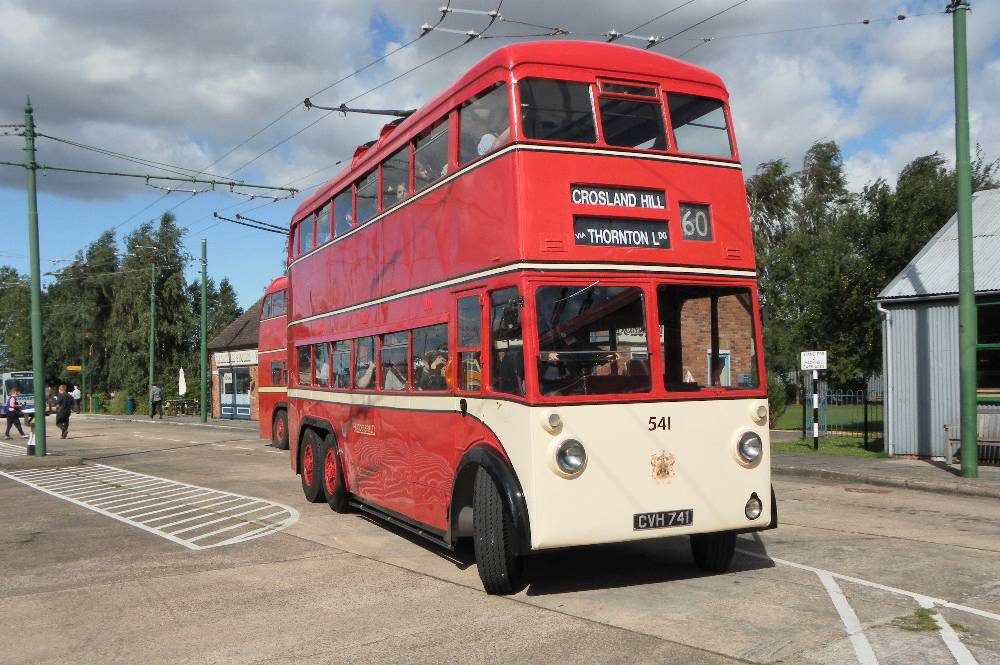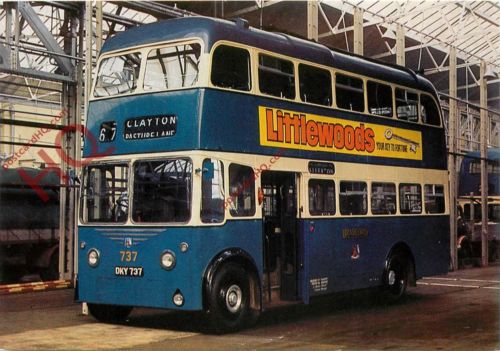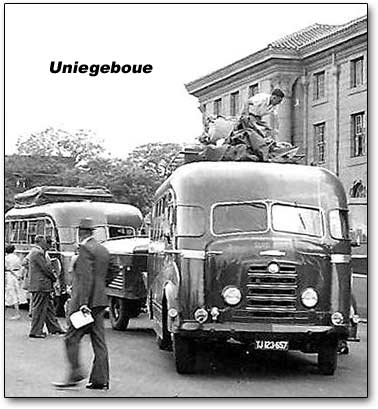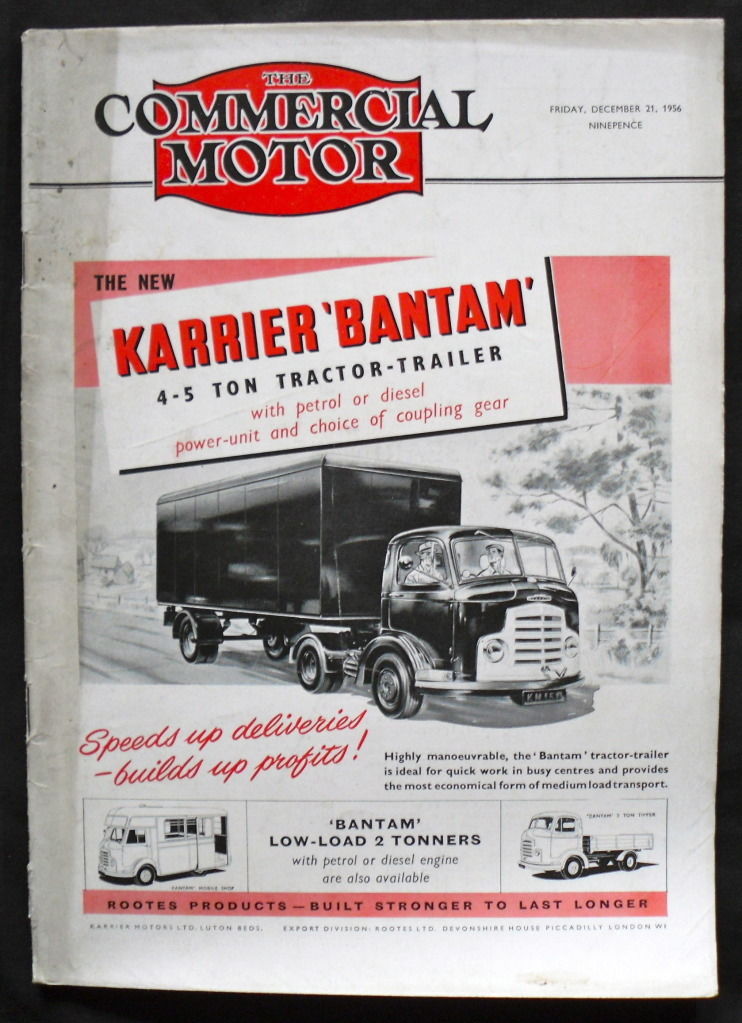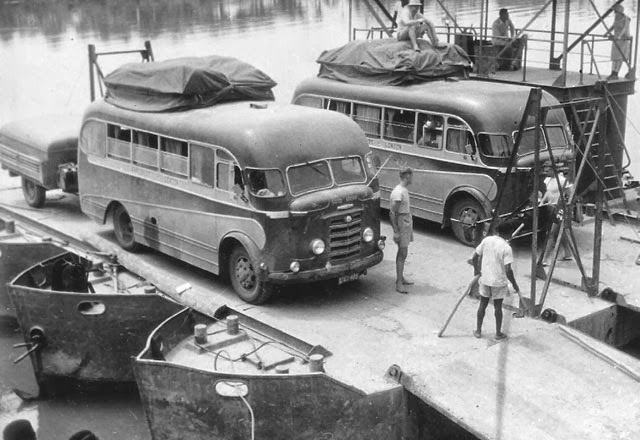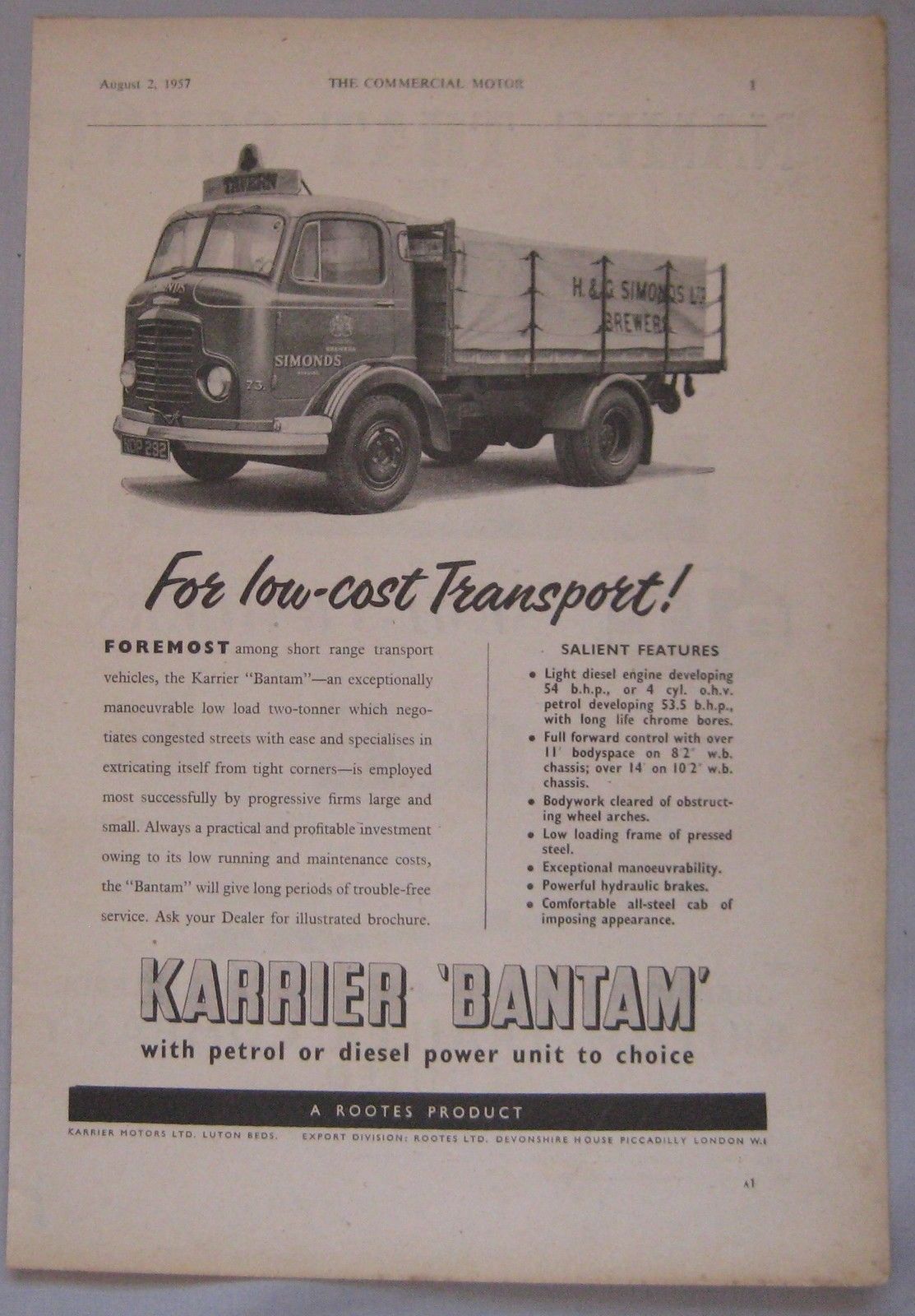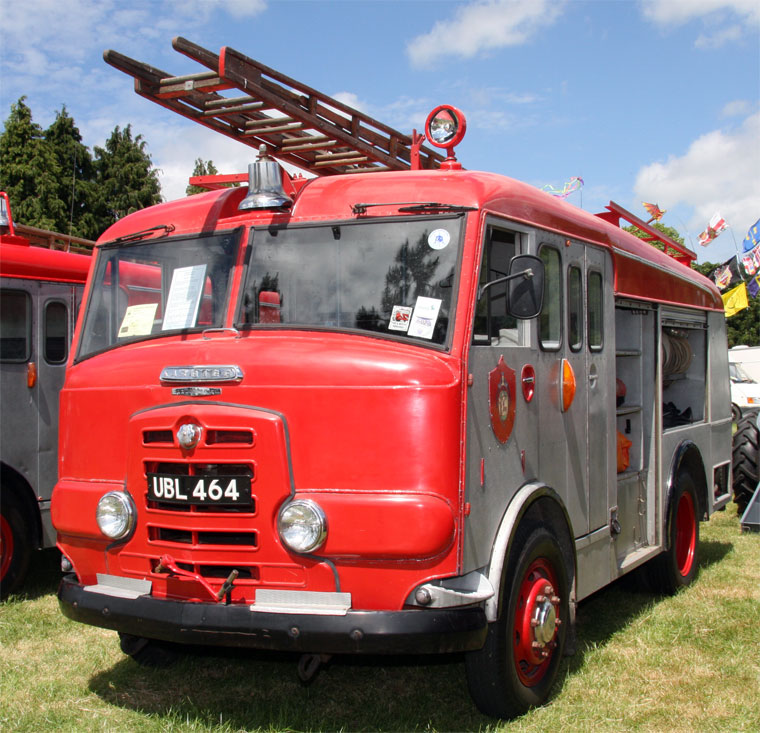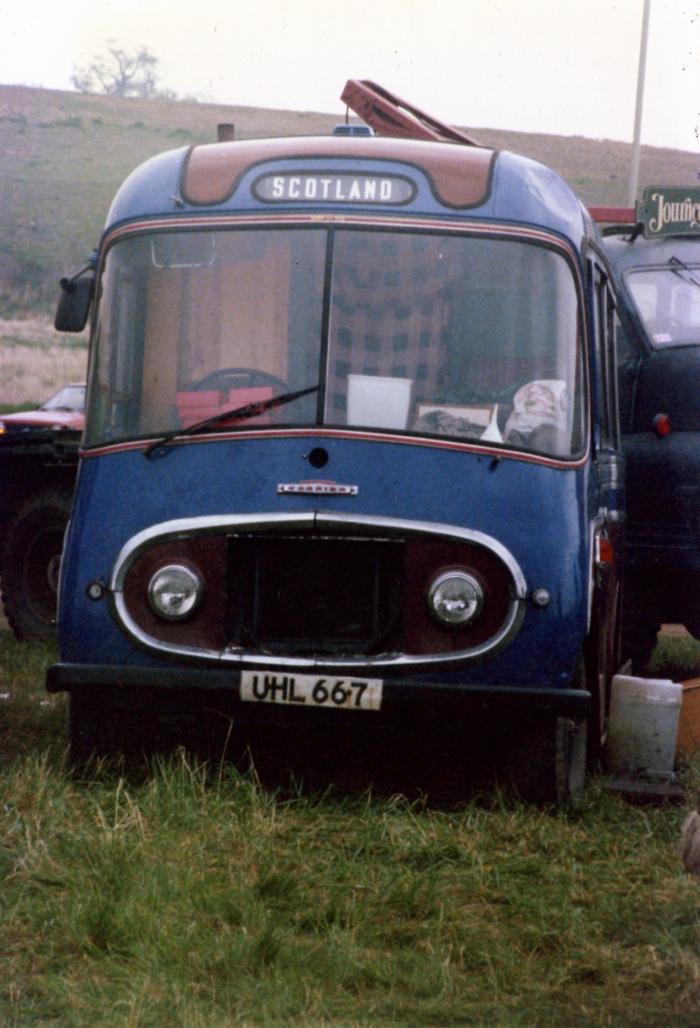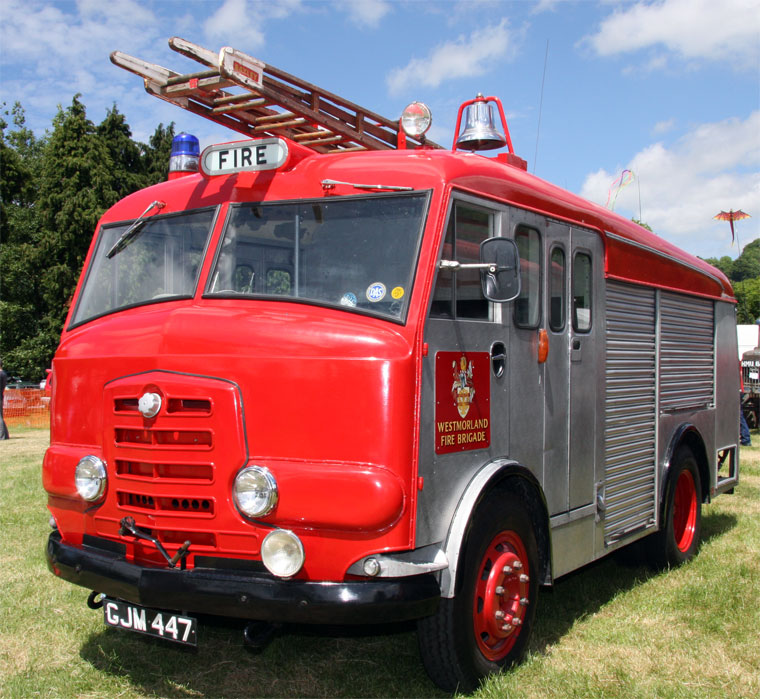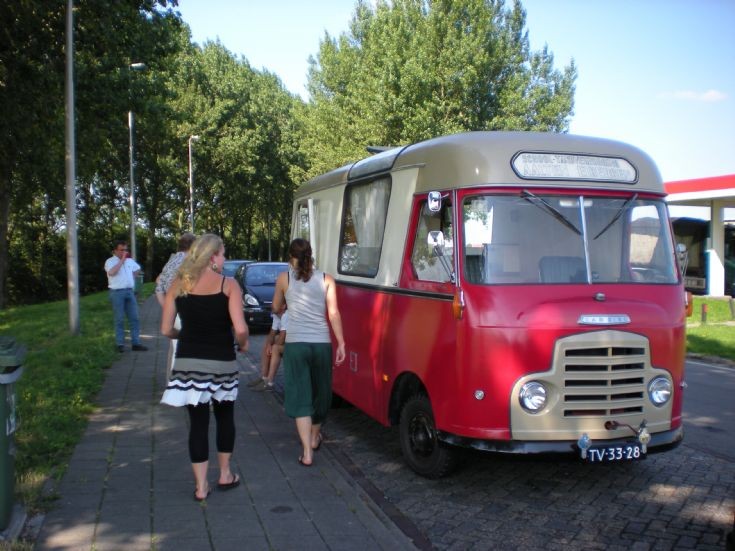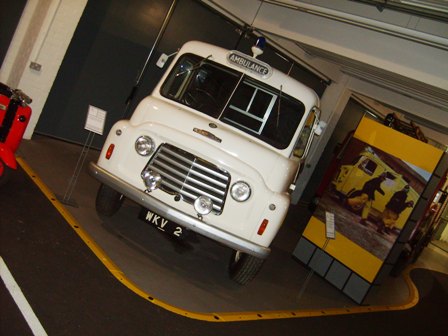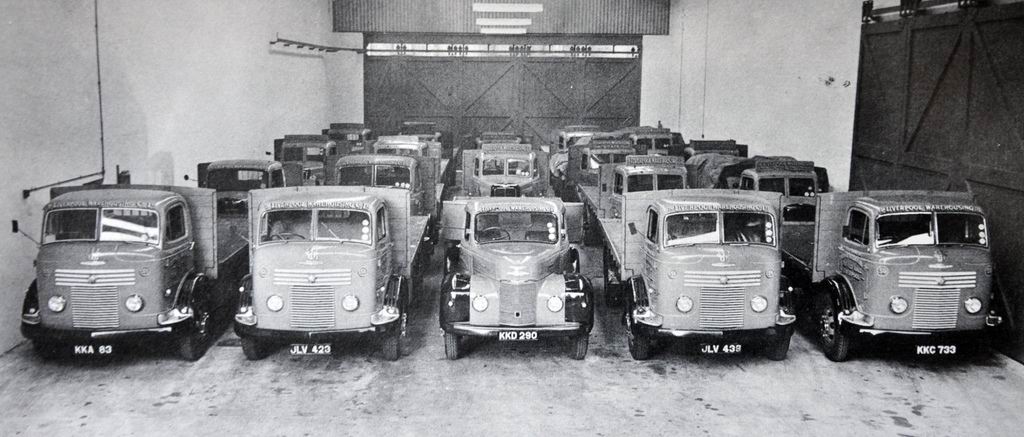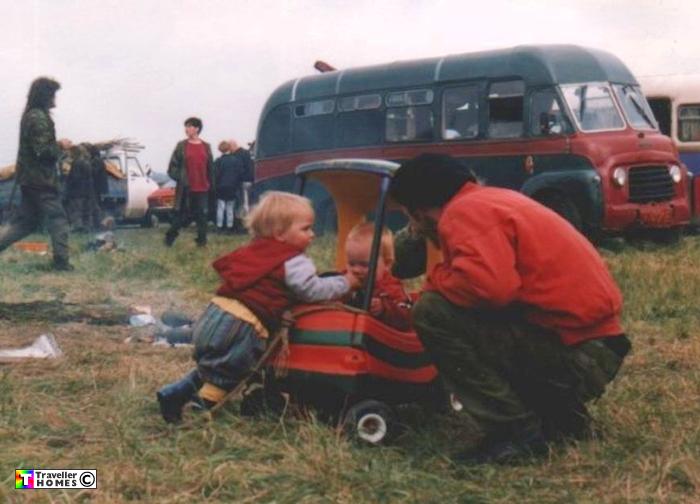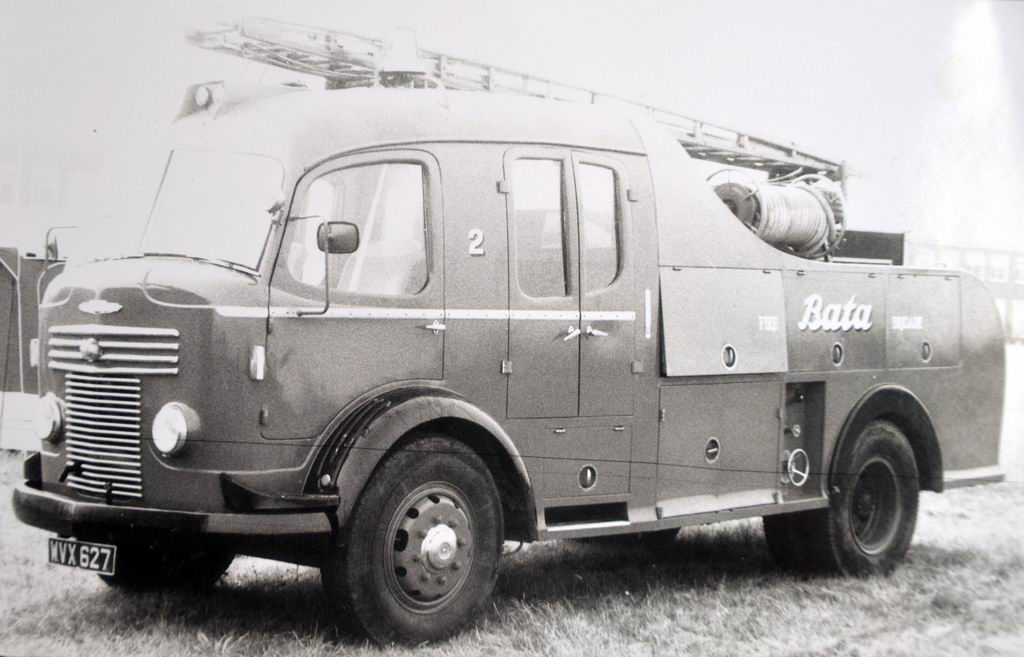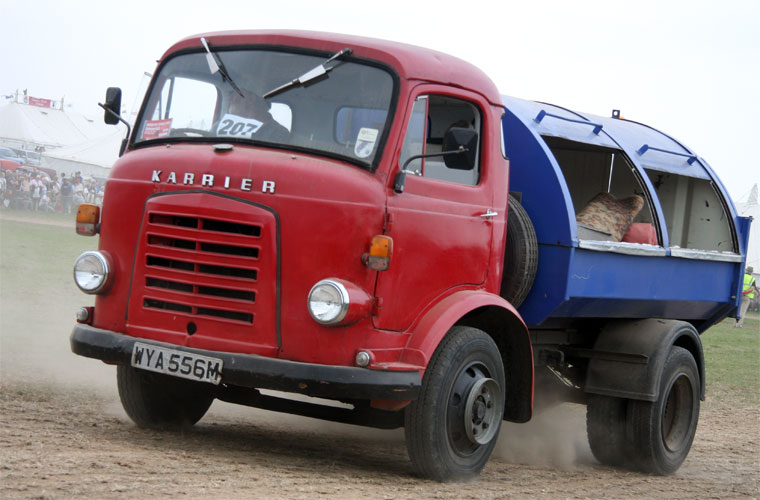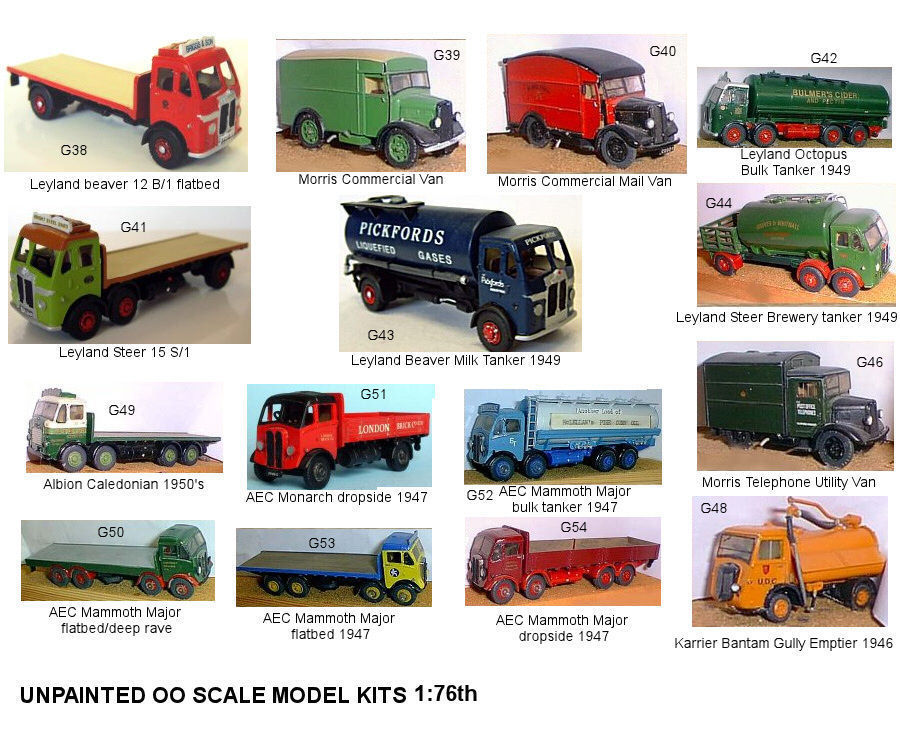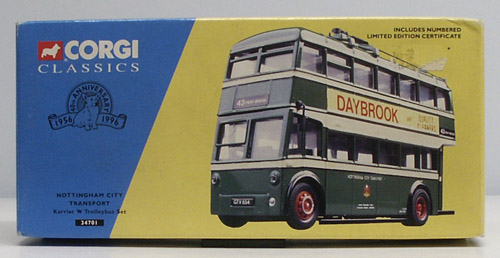Humber (car)
 |
|
| Industry | Automotive industry |
|---|---|
| Fate | Merged |
| Successor | Rootes Group |
| Founded | 1868 |
| Defunct | 1931 |
| Headquarters | Coventry, England |
| Products | Automobiles |
| Subsidiaries | 1929–1931 Hillman Motor Car Company |
| Owner | PSA |
|---|---|
| Country | United Kingdom |
| Discontinued | 1976 |
| Markets | Automotive |
| Previous owners | 1868–1931 Humber 1931–1967 Rootes Group 1967–1979 Chrysler |
Humber is a dormant British automobile marque which can date its beginnings to Thomas Humber‘s bicycle company founded in 1868. Following their involvement in Humber through Hillman in 1928 the Rootes brothers acquired a controlling interest and joined the Humber board in 1932 making Humber part of their Rootes Group. The range focused on luxury models, such as the Humber Super Snipe.
History
Cars
Rotary aero engine BR2. Humber Limited
design: W. O. Bentley for Humber
Sopwith F.1 Camel and 7F.1 Snipe; Nieuport B.N.1; Vickers F.B.26A Vampire II. and others
At Humber & Co’s third general meeting in 1897 the managing director said they had received many letters asking if they would produce a motorised vehicle, and they had in fact been working on this project for 2 years, but had delayed production until they found a suitably reliable engine. Having now found an engine they were gearing up for production.
The first Humber car was produced in 1898 under the guidance of Thomas Humber and was a three-wheeled tricar with the first conventional four-wheeled car appearing in 1901. See book Humber history to 1930] The company had factories in Beeston near Nottingham and Coventry. The Beeston factory produced a more expensive range known as Beeston-Humbers but the factory closed in 1908 after financial problems. Before the First World War a wide range of models were produced from the 600 cc Humberette to several six-cylinder 6-litre models. In 1913 Humber was the second largest manufacturer of cars in the United Kingdom. The Humber Motor Works in Coventry still survives—a rare thing as the majority of the city was destroyed in the November 1940 air raid.
In 1925 Humber moved into the production of commercial vehicles with the purchase of Commer. In 1928 Hillman was added but independence ended in 1931 when the Rootes Brothers bought a majority shareholding.
Prior to WWII and after, many large long wheel based Humber Limousines were built with English, Australian, American and even a few European coachbuilders’ special bodies. Thrupp and Maberly of London,later acquired by Rootes, built many of the coachbuilt bodies for the Pullman and Imperial limousines. Most of these surviving cars in Australia are fitted with Thrupp and Maberly aluminium bodies. the series V Imperial is bodied by Thrupp and Maberly and somewhat rare today.
Thrupp and Maberly built a special body for an eight cylinder Sunbeam in 1936 which was given to King Edward VIII. After his abdication the car was returned to the factory and significantly altered and then eventually sold as a Humber with a new six cylinder engine and altered grille and body.
During World War II, military ordered cars were produced for the armed services. several armoured cars These were produced under the Humber name, along with heavy-duty “staff” cars. The standard Humber cars, limousines,specially prepared war models and military 4×4 vehicles [ which were fitted with Rolls Royce engines], were almost literally bullet proof running gear and heavy duty suspension. gave excellent reliability and performance in difficult terrain in both Northern Africa and Europe.
General Montgomery,Commander of the British and Allied forces in Northern Africa during the Desert war of WWII, had two specially built Humber Super Snipe four door convertibles made with larger front wings or guards, mine proof floors,special appointments and long range fuel tanks. Two cars were built for him and used in the Africa campaign against General Rommel [ who used open tourer large, long range convertible Mercedes Benz’s. Montgomery’s Humbers are known as ‘Old Faithful’ and the ‘Victory Car’. Both cars still exist in full military regalia in museums in England and are a testament to the high engineering and manufacturing standards of Humber and Rootes Ltd. the victory car drove Montgomery and Churchill through the streets of London during the VE parades at the end of WWII.
These side valve, large Humber cars, trucks,4 x 4 vehicles and armoured cars were and still are remarkably robust, reliable and have amazing longevity if maintained and driven sensibly. In Australia many war surplus Humber cars and trucks spent over forty years on farms used by farmers and the Country fire authority in very reliable service in tough and harsh conditions.
In the postwar era, Humber’s mainstay products included the four-cylinder Hawk and six-cylinder Super Snipe. Being a choice of businessmen and officialdom alike [ ministerial,government cars before the Statesman and Fairlane ], Humbers gained a reputation for beautifully appointed interiors and build quality. The Hawk and the Super Snipe went through various designs, though all had a “transatlantic” influence. They offered disc brakes and automatic transmission at a time when these fitments were rare. Powersteering was also available in Australia. A top-flight model, the Imperial, had these as standard, along with metallic paintwork and other luxury touches such as extra courtesy lights and vinyl covered black roof and electricxally operated rear adjustable suspension. The last of the traditional large Humbers, the series VA Super Snipe[fitted with twin Stromberg CD 100 Carburettors, were sold in 1968, when Chrysler, who by then owned the Rootes group, pulled the plug on production. Several V8 models had been in pre-production at this time, but were never publicly sold. Several of these test examples survive today.
Rootes’ last car was the second generation of Humber Sceptre, a badge-engineered Rootes Arrow model. [ Audax range ]The marque was shelved in 1976 when all Hillmans became badged as Chryslers. The Hillman Hunter (another Arrow model) was subsequently badged as a Chrysler until production ceased in 1979 when Chrysler’s European division was sold to Peugeot and the marque renamed Talbot. The Talbot marque was abandoned at the end of 1986 on passenger cars, although it was continued on vans for six years afterwards.
Aviation
Humber produced a number of aircraft and aero-engines in the years before the First World War. In 1909 the company signed a contract to build 40 copies of the Blériot XI monoplane, powered by their own three-cylinder engine, and four aircraft were exhibited at the Aero Show at Olympia in 1910.
Photographs
Humber Humberette 5 HP Voiturette 1903
Humber 11,4 HP Saloon 1924
1926 Humber 9/20 tourer
Humber 14/40 HP Tourer 1928
Humber 14/40 HP 2-Seater Sports 1929
Humber Heavy Utility 1940
Humber Pullman
1965 Humber Sceptre Mark II
Main models
- Humber 8 1902
- Humber 12 1902
- Humber 20 1903
- Humberette Voiturette 1903-1911
- Humber 8/10 1905
- Humber 10/12 1905–07
- Humber 30/40 1908–09
- Humberette Cycle Car 1912-1915
- Humber 11 1912
- Humber 10 1919–21
- Humber 15.9 1919–25
- Humber 11.4 and 12/25 1921–25
- Humber 8/18 1922–25
- Humber 15/40 1924–28
- Humber 9/20 and 9/28 1925–30
- Humber 14/40 1926–29
- Humber 20/55 and 20/65 1926–29
- Humber 16/50 1928–32
- Humber Snipe 1929–47
1930-1948 Humber Snipe
| Humber Snipe | |
|---|---|
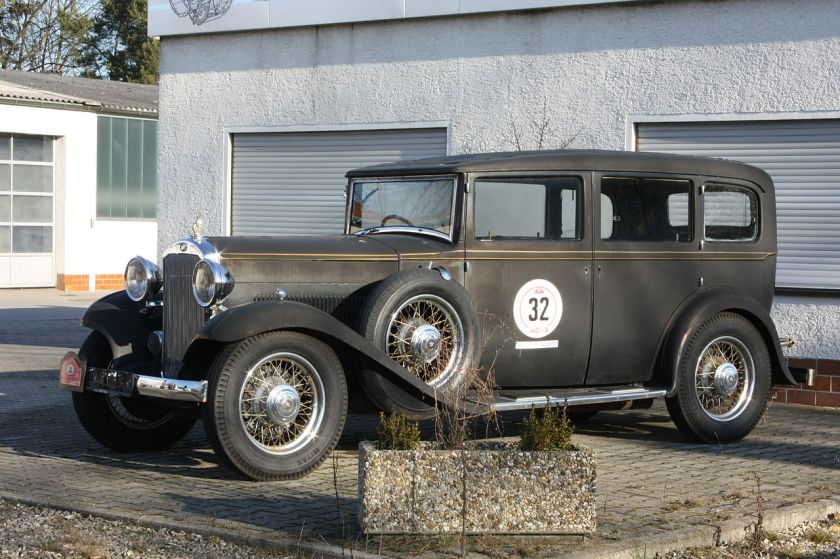
Snipe saloon early 1932
|
|
| Overview | |
| Manufacturer | Humber after 1931 Rootes Group |
| Production | 1930-1940 1945 – 1948 |
| Body and chassis | |
| Related | Humber Pullman |
| Chronology | |
| Predecessor | Humber 20/55hp |
The Humber Snipe was a four-door luxury saloon introduced by the British-based Humber company for 1930 as a successor to the Humber 20/55 hp (which remained in the catalogue as 20/65) at the same time as the similar but slightly longer Humber Pullman. Launched in September 1929 under the banner headline “Such Cars As Even Humber Never Built Before” twelve months after the Rootes brothers’ influence took effect formalized with the Hillman merger in December 1928. Humber nominally joined the Rootes Group as part of a necessary restructure of Humber’s capital in July 1932.
1930–35 Snipe 80
The Snipe, or from late 1932, Snipe 80 featured a 3498-cc six-cylinder engine of 80 mm bore and 116 mm stroke with the overhead-inlet, side-exhaust valve gear that had been a feature of the company’s six-cylinder engines since the mid-1920s. A single Stromberg carburettor was fitted. The four speed transmission had a right hand change lever (right hand drive cars) until 1931 when it moved to the centre of the car facilitating the production of left hand drive examples. The shutters on the radiator grille were opened and closed thermostatically to control the flow of cooling air. For 1933 the engine was redesigned to have overhead valves producing an extra 5 bhp. Bendix mechanical brakes were fitted.
The conservatively boxy 4 or 6 light saloon body with spare wheels mounted on the front wings incorporated rear-hinged doors for back passengers. A fabric saloon (until 1930), sports saloon, tourer and drophead coupé were also listed and bare chassis were also supplied to outside coachbuilders. In 1930 on the home market the chassis sold for £410, the tourer £495, coupé £565 and saloon £535. With a 120-inch wheelbase and a total length of 173 inches, the car was, by the standards of the British market, larger and more spacious than the average family car such as the more mainstream Hillman Minx of that time, the Hillman business having been acquired by Humber in 1928. With the success of the Snipe, Humber was seen to be succeeding, “where many had failed, in marketing large cars at competitive prices”.
There were several minor body updates for 1933 including windscreen wipers mounted below rather than above the screen, recessed direction indicators and two tone paint on the 4-light sports saloon. 1205 of the 1933 models were made.
In 1931 a fleet of Snipes was used by the Prince of Wales on his tour of the West Indies.
The body and chassis were shared with the smaller engined 16-50 (1930–32) and 16-60 (1933) models.
1936–37
1936 saw the wheelbase grow by 4 inches (10 cm) to 124 inches (315 cm) while the overall length of the standard-bodied car increased by 2 inches (5 cm). The chassis was new with independent front suspension using a transverse spring. A vacuum servo was fitted to the braking system. Body styles available were 4-light and 6-light saloons, a sports saloon and a drophead coupé. The car now featured a side-valve 6-cylinder engine of 4086 cc with a stated output of 100 hp which was later used in the post war Super Snipe. A top speed of 84 mph (135 km/h) was claimed.
2652 were made.
The same chassis and body range was used for the smaller engined Humber 18.
1938–40
Perhaps prompted by concern that the Snipe was outgrowing the wishes of the market place, the 1938 Snipe was the smallest-engined Snipe to date, with a wheelbase reduced to 114 inches, but the total length was still 175 inches, reflecting the more streamlined shape which the body, the same as on the Hillman 14, had now acquired. The six-cylinder side-valve engine of 3180 cc propelled the car to a claimed top speed of 79 mph (127 km/h), reflecting a power-output reduction to 75 hp.
1938 changes for the 1939 models saw a new cross braced chassis and hydraulic brakes. The Snipe and its sister model become more firmly differentiated from one another, since the Humber Pullman continued to be offered with the older, more powerful 4086-cc engine.
2706 were made.
1940–45
Civilian availability ended in 1940 when the factory was largely given over to production of the ’Ironside’ Reconnaissance Car, though Humber saloons based on pre-war designs continued to be built for government use.
1945–48
Before the end of 1945, Humber had announced its post-war model range. Four cars were listed, which closely resembled the Humbers offered just before the war. At the top of the range was the Humber Pullman. The other three models shared a body which, while smaller than that of the Pullman, nevertheless sustained the Humber tradition of offering a lot of car for the money. These were the four-cylinder Humber Hawk and the six-cylinder Humber Snipe and Humber Super Snipe.
The six-cylinder engine of the 1945 Snipe was a side-valve unit, of only 2731 cc. The engine block dated back to the Humber 18 of 1935. Maximum power output and speed were stated respectively as 65 hp and 72 mph (116 km/h). For customers who remembered the Snipe as a more powerful vehicle, the car could also be specified with the 4086-cc 100-hp engine which had been fitted in the 1930s and which was still the standard power unit in the 1945 Humber Pullman. Fitted with this engine, the car was branded as the Humber Super Snipe. When the Humber range was upgraded for 1948, the Snipe was withdrawn, leaving only the Hawk and the Super Snipe listed, alongside the larger Pullman.
1240 were made.
Humber Catalogue for 1930
“Such Cars As Even Humber Never Built Before”
| ‘ | NEW SEASON’S MODELS & PRICES | ‘ |
| Humber | “Snipe” Touring Car | £495 |
| Humber | “Snipe” Six-Light Weymann Saloon | £535 |
| Humber | “Snipe” Saloon | £535 |
| Humber | “Snipe” Four-Door Weymann Coupé | £545 |
| Humber | “Snipe” Drop-Head Coupé | £565 |
| Humber | “Pullman” Landaulette | £775 |
| Humber | “Pullman” Limousine | £775 |
| Humber | Cabriolet de Ville | £1,095 |
| (Coachwork by Thrupp & Maberly) |
- Humber 16–60 1933–35
- Humber 12 1933–37
- Humber 16 1936–40
- Humber Pullman 1930–54
1930-1967 Humber Pullman
| Humber Pullman Humber Imperial |
|
|---|---|

Post war Humber Pullman
|
|
| Overview | |
| Manufacturer | Rootes Group |
| Production | 1930-1940 1945 – 1954 1964 – 1967 |
| Body and chassis | |
| Related | Humber Snipe |
| Chronology | |
| Predecessor | Humber 20/65hp |
The Humber Pullman is a four-door limousine that was introduced by the British Humber company in 1930 as a successor to the Humber 20/65 hp and long-wheelbase version of the Humber Snipe.
In 1939 an ungraded version was launched badged as the Humber Imperial, but postwar the car reverted to the Pullman name. Between 1948 and 1954 the car was offered with a central partition (for chauffeured use) as the Pullman, but without a partition was badged as the Humber Imperial for owner-drivers.
The Pullman / Imperial was not offered for sale to the public during the Second World War; the factory’s limited output were used as staff cars. It returned to the market in 1945 and remained in production till 1954. At the present time only eight units of this vehicle are still extant.
Before World War II
The 1930 car came with a 3498cc straight six cylinder overhead inlet side exhaust valve engine and a claimed power output of 80 hp (60 kW). The classic limousine style body featured rear- hinged doors and in some respects resembled the Humber Snipe 80 with which it shared its engine, but the Pullman was longer and wider. For this heavy car Humber claimed a top speed of 73 mph (117 km/h). As well as the limousine, Landaulette and Sedanca de Ville bodies were available. Humber, the manufacturer lost its independence in 1931 when the Rootes Group acquired a majority share holding in it. A coupé was added to the body range in 1935 for one year only.
A rebodied Pullman with two-piece V windscreen appeared in 1936, sharing the 132 in (3,353 mm)[2] wheelbase of its predecessor, but with the overall length of the car increased to 196 in (4,978 mm).[2] Engine size was now raised to 4086cc while claimed power was 100 hp (75 kW). The power increase was also evident from the claimed top speed which now edged up to 75 mph (121 km/h). The chassis gained independent front suspension, and hydraulic brakes were fitted in 1940. As well as the factory body options, some cars were supplied in chassis form to independent coachbuilders, especially Thrupp & Maberly.
In 1939 the Pullman was joined by the Humber Imperial or Snipe Imperial which shared the engine with the Pullman, but was built on the 4 in (102 mm) shorter Snipe chassis and correspondingly brisker, with an advertised top speed of 81 mph (130 km/h). The car nevertheless remained spacious, and was favoured for use by British government ministers during the 1940s. Four and Six-light saloons and drophead coupé bodies were available. Civilian availability ended in 1940 when the factory was given over to production of the ’Ironside’ Reconnaissance Car. However, production of the newly introduced “razor-edge” Pullman continued throughout the war for the government and the military.
After World War II
The Pullman re-appeared in 1945 with seven-seat limousine and landaulette bodies, to be replaced in 1948 by a reworked and lengthened version on a lengthened chassis and designated the Humber Pullman Mk II. From 1948 the car was available with or without a partition between the front and rear of the cabin. The version with a division retained the Pullman name, while for the mechanically identical owner-driver version the Humber Imperial name was now revived. The headlamps were no longer standalone but fitted into the wings.
The Mark III version introduced in 1951 was little changed from the Mark II, apart from being even longer and having an all-synchromesh gearbox. At 212 in (5,385 mm) the Mk III Humber Pullman was the same length as the Rolls-Royce Silver Cloud which would emerge from Crewe in 1955. A total of 2200 Mk II and III Pullmans, and 1526 Imperials, were manufactured.
In 1953 more power was offered for the Mark IV Pullmans and Imperials, still with straight six cylinder engines, but now of 4139cc with overhead valves, and published power output of 113 hp (84 kW) or 116 hp (87 kW). Production ended in 1954.
Imperial revival
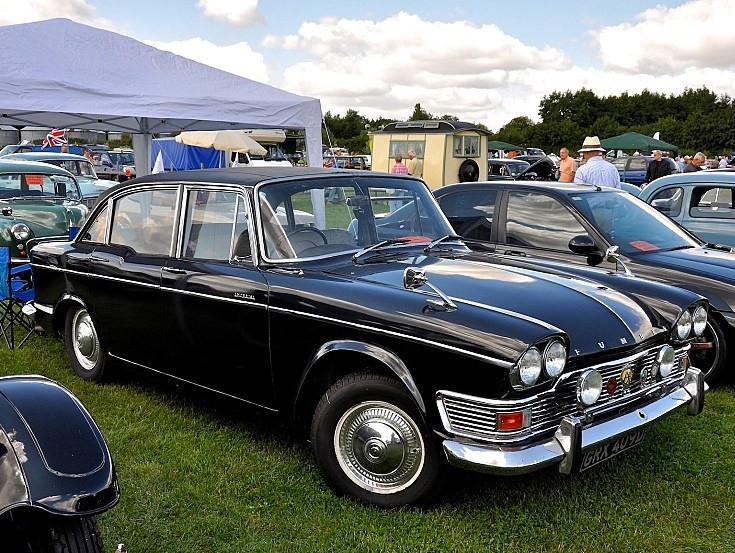 1966 One of the last Humber Imperials
1966 One of the last Humber Imperials
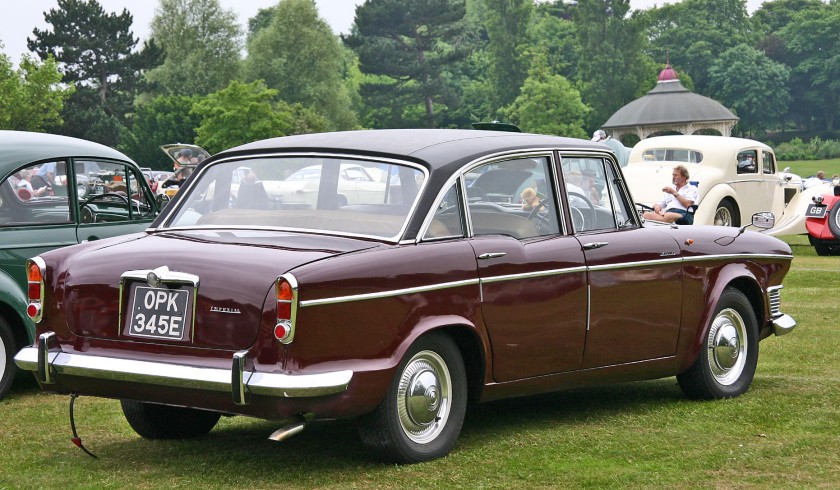 1964-67 Humber Imperial, the luxurious version of the Humber Super Snipe Series V
1964-67 Humber Imperial, the luxurious version of the Humber Super Snipe Series V
After 1954 the Pullman name was removed from the listings, but in 1964 the company revived the Humber Imperial name for a top-of-the-line Humber Super Snipe, distinguished by a slightly lower different-shaped coupé-like vinyl-clad roof. Automatic transmission was standard and there was a more luxuriously appointed interior. The range of large Humbers, including the Imperial, was withdrawn by Rootes in 1967.
- Humber Imperial 1938–67
- Humber Hawk 1945–67
1945-1967 Humber Hawk
| Humber Hawk | |
|---|---|
| Overview | |
| Manufacturer | Rootes Group |
| Production | 1945–1967 |
| Assembly | United Kingdom Port Melbourne, Australia |
| Chronology | |
| Predecessor | Hillman 16 (1936-37) six-cylinder; Hillman 14 (1938-40) four-cylinder;
Humber 16 (1938-44) six-cylinder |
| Successor | No Successor |
The Humber Hawk is a four-cylinder automobile which was produced from 1945 to 1967 by the British-based Humber car company, part of the Rootes Group.
Humber Hawk Mk I & II
| Humber Hawk MKI & II | |
|---|---|
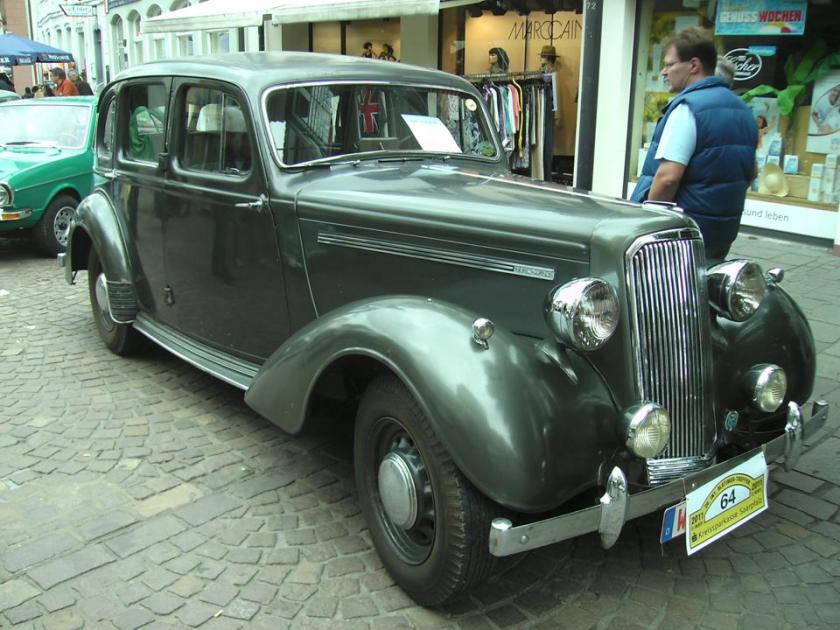 |
|
| Overview | |
| Production | 1945–1949 |
| Body and chassis | |
| Body style | 4-door saloon |
| Powertrain | |
| Engine | 1944 cc Straight-4 side-valve |
| Transmission | 4-speed manual |
| Dimensions | |
| Wheelbase | 114 inches (2896 mm) |
| Length | 178 inches (4521 mm) |
| Width | 69 inches (1753 mm) |
The Hawk was the first Humber car to be launched after World War II, but was not really a new vehicle, being heavily based on the designs of the pre-war six cylinder 1936-37 Hillman 16 & Hillman Hawk & the four cylinder Hillman 14 (1938-1940). It replaced the six-cylinder Humber 16 (1938-44) which itself was a rebadged version of the Hillman 16 (1936-37).
The engine dated back to the early 1930s, when it was first used in the Hillman 12 and was a 1944 cc, side-valve, four-cylinder unit and it drove a live rear axle through a four-speed gearbox with centrally located floor change.
The four-door body was mounted on a separate chassis and was of the six-light design (three windows on each side) with a sunshine roof as standard. Suspension was independent at the front using a transverse leaf spring, and at the rear the axle had half-elliptic springs.
The Mark II version of September 1947 was not even a facelift, the main difference being a column gear change with a control ring fitted to the gearbox making it impossible to crash the syncromesh gears. The engine was given a new water jacket, the petrol tank received a breather to prevent air-locks and provision was made for a car-radio and retracting aerial. There was no change to the car’s external appearance.
Top speed was around 65 mph (105 km/h).
Humber Hawk Mark III to V
| Humber Hawk Mark III-V | |
|---|---|
 |
|
| Overview | |
| Production | 1948–1954 production 10,040 (III) 6,492 (IV) 14,300 (V) |
| Body and chassis | |
| Body style | 4-door saloon Limousine (Mk V only) |
| Powertrain | |
| Engine | 1944 cc Straight-4 side-valve (Mk III) 2267 cc Straight-4 side-valve (Mk IV & V) |
| Transmission | 4-speed manual |
| Dimensions | |
| Wheelbase | 105.5 inches (2678 mm) |
| Length | 174 inches (4420 mm) |
| Width | 70 inches (1778 mm) |
| Height | 64.75 in (1,645 mm) |
The Mark III Hawk was a completely new car and was first shown at the London Motor Show in October 1948, but it still retained the earlier engine (side-valves, 1944 cc, 56 bhp at 3800 rpm) and transmission albeit with new rubber mountings. The new body was styled by the Loewy Studio and the separate headlights of the old model were gone, along with the separate front wings. The chassis was new, with coil-sprung independent front suspension replacing the previous transverse leaf spring. The body was now an integral component of the car’s structure. The rear axle was also a new design with hypoid gearing. The body could be finished in a wide range of colours, both as two-tone and metallic. The metallic finishes would be offered on all the Hawks until the model’s demise in late 1967/early 1968.
When compared with the prewar style body with vestigial running boards the car’s weight was less by 3 cwt or 336 lb (152 kg) and the new flush-sided body gave room for the front bench seat to be three inches (75 mm) wider. The rear seat was a full five inches (125 mm) wider. Overall the car was six inches (150 mm) shorter and one and a half inches (40 mm) lower. Despite the lower height the new hypoid back axle allowed more head room in the rear seat.
- Mark IV
In the early spring of 1951 the Mark IV version arrived with a larger, 2267 cc engine incorporating, as before, an aluminium cylinder head and with a 58 instead of 56 bhp output. However at mid range speeds around 15 percent more power was generated. The Mark IV also used larger, 15-inch wheels. The steering was now more highly geared and was commended by commentators for its lightness when manoeuvering the car in a confined space despite 53% of the car’s 2996 (British) pounds (1358 kg) being carried by the front wheels.
A 2267 cc Mk IV car tested by the British magazine The Motor in 1951 had a top speed of 71.4 mph (114.9 km/h) and could accelerate from 0–60 mph (97 km/h) in 30.0 seconds. A fuel consumption of 24.2 miles per imperial gallon (11.7 l/100 km; 20.2 mpg-US) was recorded. The test car cost £850, including taxes.
- Mark V
The Mark V Hawk announced in September 1952 was given a larger clutch, larger rear shock absorbers, a strengthened body-frame and other minor mechanical changes. A new treatment was given to the car’s front. It was also available as a “luxury touring limousine”. A lowered bonnet line and wrap-around bumpers with over-riders distinguished this model from the Mk IV
Humber Hawk Mark VI and VIA
| Humber Hawk Mark VI-VIA | |
|---|---|
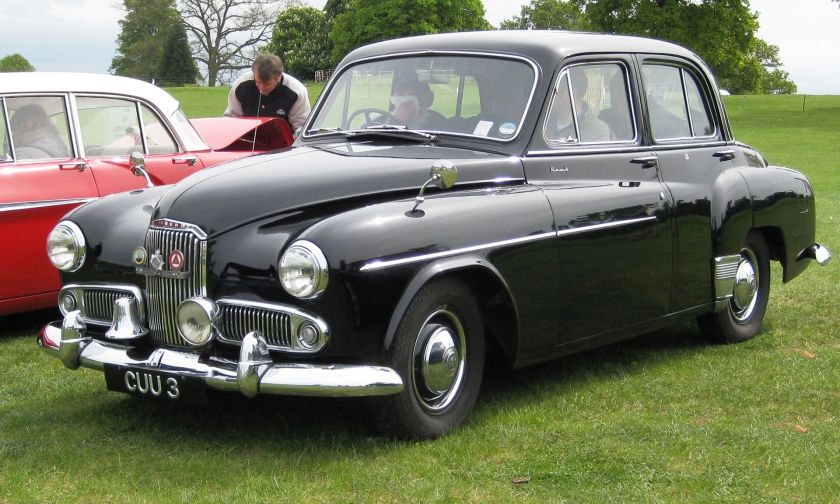 |
|
| Overview | |
| Production | 1954–1957 production 18,836 (Mk VI) 9614 (MkVIA) |
| Body and chassis | |
| Body style | 4-door saloon estate |
| Powertrain | |
| Engine | 2267 cc Straight-4 overhead valve |
| Transmission | 4-speed manual with optional overdrive |
| Dimensions | |
| Wheelbase | 105.5 in (2,680 mm) |
| Length | 181 inches (4597 mm) (saloon) |
| Width | 72 inches (1829 mm) |
| Height | 65 in (1,651 mm) |
| Curb weight | 27.75 cwt or 3,108 lb (1,410 kg) |
The main change with the Mk VI, which was new in June 1954, was the fitting of an overhead-valve cylinder head to the engine. The rear of the body was slightly changed, which made the car longer. In 1955 an estate version with fold-down tailgate appeared.
The April 1956 Mk VIA was a fairly minor upgrade, with changes mainly to the interior. A de-luxe version was added to the range.
A replacement, slightly more powerful and with an entirely new body was announced in May 1957.
- Road test
The motoring correspondent of The Times claimed that any previous Hawk owner would be “astonished” by the Mark VI’s 20 per cent more powerful engine’s ability to effortlessly swing the car along at 70 mph. Cold starting was very good. The engine was not always so willing to start when cold. The tyres were inclined to squeal on not very sharp corners taken at any more than a modest speed.The brake lining area is now 40 per cent more than on the Mark V. The driver’s windscreen wiper is badly located.
A Mk VI estate car with overdrive tested by the British magazine The Motor in 1956 had a top speed of 79.7 mph (128.3 km/h) and could accelerate from 0-60 mph (97 km/h) in 25.2 seconds. A fuel consumption of 22.8 miles per imperial gallon (12.4 l/100 km; 19.0 mpg-US) was recorded. The test car cost £1405, including taxes.
Humber Hawk Series I to IVA
| Humber Hawk Series I-IVA | |
|---|---|
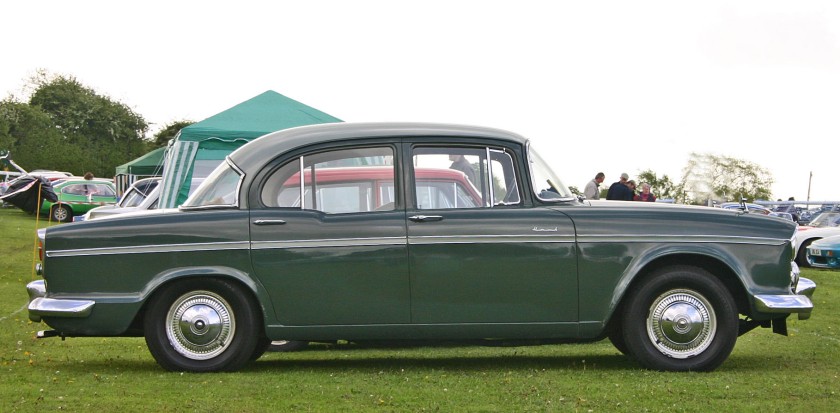 |
|
| Overview | |
| Production | 1957–1967 production 15,539 (I) 6813 (IA) 7,230 (II) 6,109 (III) 1,746 (IV) 3,754 (IVA) |
| Body and chassis | |
| Body style | 4-door saloon Estate car limousine |
| Powertrain | |
| Engine | 2267 cc Straight-4 ohv |
| Transmission | 4-speed manual all-synchromesh Overdrive and automatic optional |
| Dimensions | |
| Wheelbase | 110 in (2,800 mm) |
| Length | 185 in (4,700 mm) |
| Width | 70 in (1,800 mm) |
| Height | 61.5 in (1,560 mm) |
The new Hawk announced in May 1957 had a completely new body with unitary construction which it would go on to share with the 1958 Humber Super Snipe. This was the biggest bodyshell for a saloon/estate car built in Great Britain at the time. The 2267 cc engine was carried over, though with modifications to the distributor mounting, and other details; and an automatic transmission, the Borg Warner D.G. model, was now available. The body was styled in Rootes’ own studios and featured more glass than previous models, with wrap-around front windscreen, which gave it a considerable resemblance to a base model 1955 Chevrolet 4-door sedan. The missing rear quarter-lights were returned in series IV. The estate version featured a horizontally split tailgate—the lower half opening downwards (to provide an extra length of luggage-platform if necessary) and the upper half upwards. The fuel-filler cap was concealed behind the offside rear reflector.
There were several revisions during the car’s life, each resulting in a new Series number.
The 1959 Series 1A had changed gear ratios and minor trim changes.
The Series II launched in October 1960 had disc front brakes, servo-assisted. The automatic option was no longer available on the home market.
The Series III of September 1962 had a larger fuel tank and bigger rear window. The export model automatic option was also dropped.
More significant changes came with the October 1964 Series IV. The roof was made flatter, the rear window smaller and an extra side window fitted behind the rear doors. Synchromesh was fitted to bottom gear. An anti-roll bar was fitted at the rear.
The final Series IVA of 1965 saw the automatic option re-introduced, this time being the Borg Warner Model 35.
Some “Series” cars are found with a floor-type gear change replacing the (good quality) standard column-mounted gearstick — these are later owner modifications resembling the original factory option, and the parts necessary for this were obtained from the Commer Karrier Walk-thru–type vans and light lorries which were also made by the Rootes Group at this time. All of the automatic transmission–optioned cars were fitted with the column-type selectors only.
A Series I car without overdrive was tested by the British The Motor magazine in 1957 had a top speed of 83.9 mph (135.0 km/h) and could accelerate from 0-60 mph (97 km/h) in 19.7 seconds. A fuel consumption of 22.5 miles per imperial gallon (12.6 l/100 km; 18.7 mpg-US) was recorded. The test car cost £1261, including taxes of £421.
In March 1967 Rootes announced that production of the Humber Hawk, along with that of the Super Snipe and Imperial had ceased. The announcement stated that the cars’ place in their range would be filled by Chrysler Valiants imported from Australia, although there is no evidence of the UK car market having been flooded by Valiants following the announcement.
After Hawk production ended, Rootes came to concentrate on sectors offering greater volume, no longer featuring as a UK provider of large family cars. It had, in particular, been unusual for UK manufactured cars of this size to feature a spacious station wagon / estate car version; and, following the demise of the Humber Hawk, the UK market for large estate cars quickly came to be dominated by the Volvo 145, introduced to the UK in March 1968, and its successors.
-
Humber Hawk Series I Saloon
- Humber Super Snipe 1938–67
1938-1967 Humber Super Snipe
| Humber Super Snipe | |
|---|---|
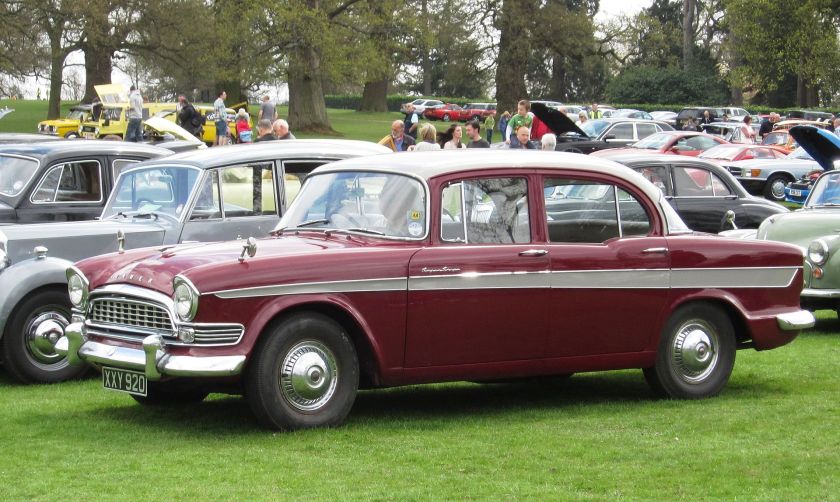
Humber Super Snipe Series II
|
|
| Overview | |
| Manufacturer | Rootes Group |
| Production | 1938-1967 |
| Assembly | United Kingdom Australia |
| Body and chassis | |
| Related | Humber Hawk Humber Snipe Humber Pullman Humber Imperial |
The Humber Super Snipe is a car which was produced from 1938 to 1967 by the British-based Humber car company, part of the Rootes Group.
Pre-war Super Snipe
| Humber Super Snipe | |
|---|---|
 |
|
| Overview | |
| Production | 1938-1940 1500 (approx) made |
| Body and chassis | |
| Body style | 4-door saloon Sports saloon Drophead coupé |
| Powertrain | |
| Engine | 4086 cc Straight-6 side valve |
| Dimensions | |
| Wheelbase | 114 in (2,896 mm) |
| Length | 175 in (4,445 mm) |
| Width | 70 in (1,778 mm) |
| Chronology | |
| Predecessor | Humber Snipe |
The Super Snipe was introduced in October 1938, derived by combining the four-litre inline six-cylinder engine from the larger Humber Pullman with the chassis and body of the Humber Snipe, normally powered by a three-litre engine. The result was a car of enhanced performance and a top speed of 79 mph (127 km/h) —fast for its day. Its design was contributed to by American engine genius Delmar “Barney” Roos who left a successful career at Studebaker to join Rootes in 1936.
The Super Snipe was marketed to upper-middle-class managers, professional people and government officials. It was relatively low-priced for its large size and performance, and was similar to American cars in appearance and concept, and in providing value for money.
Within a year of introduction, World War II broke out in Europe but the car continued in production as a British military staff car, the Car, 4-seater, 4×2, while the same chassis was used for an armoured reconnaissance vehicle, the Humber Light Reconnaissance Car.
Military operators
Super Snipe Mark I to III
| Humber Super Snipe Mark I-III | |
|---|---|

Humber Super Snipe 1951 ex military
|
|
| Overview | |
| Production | 1945-1952 production 3909 (Mk I) 8,361 (Mk II) 8,703 (Mk III) |
| Body and chassis | |
| Body style | 4-door saloon drophead coupe estate car |
| Powertrain | |
| Engine | 4086 cc Straight-6 side valve (I to III) |
| Dimensions | |
| Wheelbase | 114 in (2,896 mm) (I) 117 in (2,972 mm) (I to III) |
| Length | 180 in (4,572 mm) (I) 187 in (4,750 mm) (II) 191 in (4,851 mm) (III) |
| Width | 69 in (1,753 mm) (I) 74 in (1,880 mm) (II & III) |
In 1946, post-war civilian production resumed and the Super Snipe evolved though several versions, each designated by a Mark number, each generally larger, more powerful, and more modern, until production ended in 1957 with the Mark IVB version.
Mk I
The Mark I was essentially a 6 cylinder version of the 1945 Humber Hawk, itself a facelifted pre-war car. A version of the 1930s Snipe remained available, with the 1936-introduced 2731 cc engine. However, the standard Super Snipe engine was the 4086cc side-valve engine that had appeared in the Humber Pullman nearly a decade earlier, in 1936, and which would continue to power post-war Super Snipes until 1952. Throughout the years 1936 – 1952 the maximum power output of the engine was always given by the manufacturer as 100 bhp at 3400 rpm.
Mk II
The Mark II announced in mid-September 1948 was mostly redesigned in chassis and body. Now a full six-seater with a bench-type front seat it was given a wider track and a variable ratio steering unit. The gear lever was now mounted on the steering column. Like Humber’s Pullman the headlights were fitted into the wings and running-boards were re-introduced. The transverse-spring independent suspension, first introduced on the Snipe and Pullman in 1935, continued but with 14 leaves instead of eight.
The smaller-engined Snipe was discontinued. Early Mark II Super Snipes can be distinguished by round lamps below the head lamps.The left one was a fog lamp,and the right one was a “pass” lamp with a low narrow beam for passing cars when using dipped headlights. These were dropped in 1949 in favour of rectangular side lamps which were continued in the Mark III.
The Times motoring correspondent tested the new car at the end of 1948. The spare tyre was difficult to extract and the indirect gears, he thought, were not as quiet as they might be. Overall the finish reflected the excellent taste that distinguishes Rootes Group products
125 drophead coupés were made by Tickford in 1949 and 1950.
| 1949 drophead coupé by Tickford | ||||||
|---|---|---|---|---|---|---|
|
|
Mk III
The Mk III followed in August 1950. Easily identifiable by spats over the rear wheels it had a Panhard rod added to the rear suspension which limited sideways movement of the rear wheels and so permitted the use of softer springs. The 1950 car can be readily distinguished from the previous model by the simpler dome-shaped bumpers and the rectangular stainless-steel foot-treads on the running-boards.
A Mk III tested by The Motor magazine in 1951 had a top speed of 81.6 mph (131.3 km/h) and could accelerate from 0-60 mph (97 km/h) in 19.1 seconds. A fuel consumption of 17.7 miles per imperial gallon (16.0 L/100 km; 14.7 mpg-US) was recorded. The test car cost £1,471 including taxes.
Mk IV
| Humber Super Snipe Mark IV | |
|---|---|
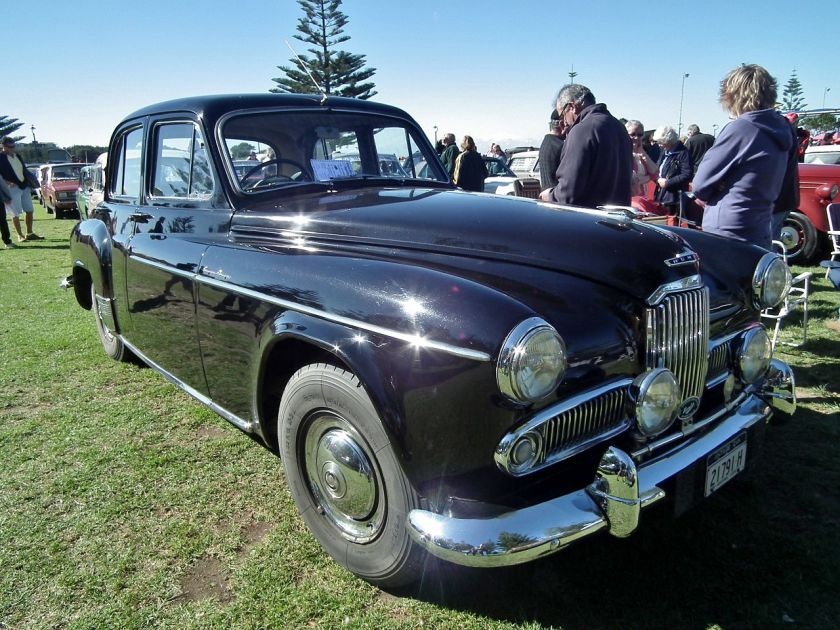
1955 example
|
|
| Overview | |
| Production | 1952-1958 production 17,993 (IV) |
| Body and chassis | |
| Body style | 4-door saloon |
| Powertrain | |
| Engine | 4138 cc Straight-6 ohv |
| Transmission | 4-speed manual |
| Dimensions | |
| Wheelbase | 116 in (2,946 mm) |
| Length | 197 in (5,004 mm) |
| Width | 71 in (1,803 mm) |
| Height | 54 in (1,400 mm) |
The all-new Mark IV Super Snipe announced mid-October 1952, Earls Court Motor Show time, used a Hawk Mk IV body shell lengthened by 6 in (152 mm) but with a 4138 cc 113 bhp (84 kW) overhead-valve engine also used in a Rootes Group Commer truck. Chassis and suspension components were uprated to take the greater weight and power of the Super Snipe, those parts ceasing to be interchangeable with those of the Hawk. From 1955, overdrive was available as an option, followed in 1956 by an automatic gearbox.
Shortly after the announcement a new silver-grey Humber Super Snipe driven by Mr Stirling Moss and Mr Leslie Johnson, the racing motorists, and two Rootes Group staff set off from Oslo and drove through 15 European countries coming into Italy from the East and finishing at Lisbon, Portugal. Accomplished in 3 days 17 hours and 59 minutes the run demonstrated the cars high speed reliability in far from ideal conditions.
In 1953 The Motor tested a Mk IV and found the larger engine had increased performance with the top speed now 91 mph (146 km/h) and acceleration from 0-60 mph (97 km/h) in 14.7 seconds. Fuel consumption had decreased to 15.5 miles per imperial gallon (18.2 L/100 km; 12.9 mpg-US). The test car cost slightly more at £1,481, including taxes.
In 1957 “The Times” commented that the handsome vehicle, if somewhat dated, attracted favourable attention from passers-by and gave driver and passengers a satisfying sense of solidity and respectability. The two separate front seats were described as “enormous” and it was noted their backs might be let down horizontal for a passenger to sleep. The steering was found to be imprecise in its action as a whole and uncomfortably low geared for parking, power assistance would be an improvement. The car represented remarkably fine value for money.
New Super Snipe Series I to V
| Humber Super Snipe Series I-V | |
|---|---|
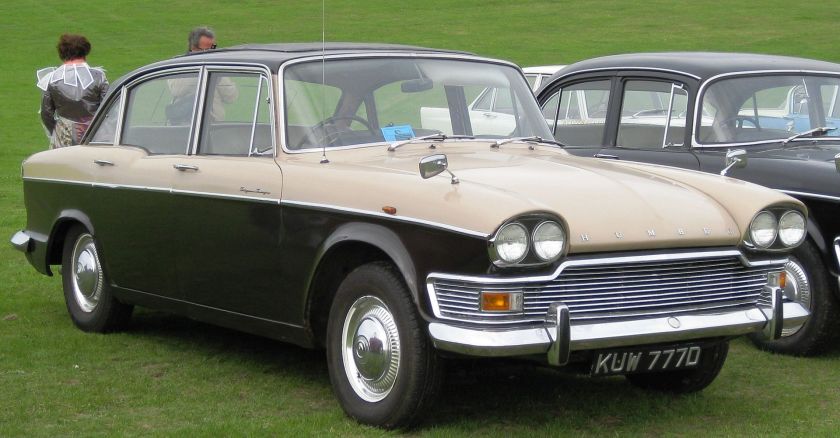
series V registered July 1966
|
|
| Overview | |
| Production | 1958-1967 production 6,072 (I) 7,175 (II) 7,257 (III) 6,495 (IV) 3,032 (V) |
| Body and chassis | |
| Body style | 4-door saloon Estate car limousine |
| Powertrain | |
| Engine | 2651 cc Straight-6 ohv (I) 2965 cc ohv (II-V) |
| Transmission | 3 speed manual Overdrive and automatic optional |
| Dimensions | |
| Wheelbase | 110 in (2,794 mm) |
| Length | 185 in (4,699 mm) (I & II) 188 in (4,775 mm) (III to V) |
| Width | 69.5 in (1,765 mm) |
| Height | 62 in (1,575 mm) |
Series I
In October 1958, a new Super Snipe was introduced and first presented to the public at the opening of the Paris Salon de l’Automobile. Confusingly, the designation returned to the Super Snipe I, but this time the variants were identified by a series number. The new car was based on the unitized chassis and body of the four-cylinder Humber Hawk, but with a new 2.6 litre, 2,651 cc, six-cylinder overhead-valve engine based on an Armstrong Siddeley design with bore and stroke of 82.55 millimetres (3.250 in) and near-hemispherical combustion chambers producing 112 bhp at 5000 rpm.
This engine was matched to a three-speed manual transmission with optional Laycock de Normanville overdrive on second and top gears, or Borg Warner DG automatic transmission. Power steering was available as an option. Also offered was a touring limousine model with glass partition.
The new car was smaller on the outside, but larger on the inside, with improved performance and the appearance of a reduced size 1955 Chevrolet 4-door sedan.
Series II
After twelve months a Series II was announced with its engine enlarged to 3 litres, 2,965 cc, by increasing the bore to 87.2 mm (3.4 in). A new Zenith carburettor is now fitted and the engine’s output is now 129 bhp at 4800 rpm. A new eight-bladed fan improved engine cooling. Girling 11.5 in (292 mm) disc brakes were introduced on the front wheels with 11 in (279 mm) drums on the rear axle. A stiffer anti-roll bar was fitted to the front suspension.
A Series II with overdrive and power steering was tested by The Motor in 1960 and had a top speed of 94.7 mph (152.4 km/h) and could accelerate from 0-60 mph (97 km/h) in 16.5 seconds. A fuel consumption of 24.6 miles per imperial gallon (11.5 L/100 km; 20.5 mpg-US) was recorded. The test car cost £1,601 including taxes. The basic car cost £1453.
Series III
The styling of the Series III which Rootes Group announced in October 1960 is distinguishable by its four headlights and revised full-width grille. This Snipe was the first British car to fit two pairs of headlamps. The suspension of the car has been considerably modified along with the car’s floor structure which has improved the car’s high speed stability. The front of the car was redesigned to give a lower bonnet line. The nose of the car had also been lengthened by 3.25 inches (83 mm) to accommodate an additional pulley mounted on the front of the crankshaft so that air conditioning could be included as an option, principally for the North American market. Separate ducts are now provided for heating and cooling air to the passenger compartment. The engine received improved bearings and a changed lubrication system and it has been given better cooling with a quieter fan. Seats were redesigned to give more leg space for backseat passengers.
When tested by The Times complaints focussed on a perceived need for more logical grouping of instruments, a horn ring obstructing the driver’s view of the instruments and and an over-bright white choke warning light. To some extent the power steering lacked “feel”. In direct top gear a speed of 95 mph was obtained, less if overdrive had been engaged.
Series IV
For the October 1962 Motor Show there were minor improvements. The rear window was changed to give the roof line an improved appearance. Engine output was now rated at 132.5 bhp (99 kW) bhp and the rear axle had been given a higher gear ratio. Manual gearbox cars received a new type of diaphragm clutch made by Borg and Beck and the petrol tank was enlarged from 12.5 to 16 gallons capacity. It can be distinguished by its revised rear-window treatment (doesn’t wrap around quite as much as earlier models), Snipe bird badge on grille, opening quarter-light windows in the rear doors, and other trim differences.
Series V
In October 1964 the final Series V version of the Saloon saw an upper body restyle, (also applied to the Hawk Saloon) with a flat roofline and rear window, six-light side windows and a larger, taller windscreen. The Estate body in both marques remained unchanged. Twin Zenith Stromberg 175CD carburettors were fitted along with a Harry Weslake tuned cylinder head, increasing the power to 137.5 bhp (102.5 kW), and synchromesh was fitted to all ratios in the gearbox—on the previous versions it had only been on the upper two. Major modifications were made to front and rear suspensions and they required less maintenance. Sound insulation was further improved.
Hydrosteer power steering was available as an optional extra, as was an automatic transmission (Borg Warner Type 35 on Series VA), and metallic paint finishes.The motoring correspondent of the Motoring and Driving Register (July 1967) had this to say of the car: “The Humber Super Snipe is an assured car for travelling comfortably from town to town and even on the new fast motorways. Yet its powerful engine allows it to handle the challenges of smaller lanes where the speeds rise and fall with each change of direction and each corner negotiated”.
Humber Imperial
Intended to match BMC’s Rolls-Royce engined Vanden Plas Princess 4-litre R the Imperial shared the basic specification and performance of the Super Snipe and then had a vinyl roof, fully reclinable front seats, automatic transmission and hydrosteer power steering as standard, though a manual 3-speed transmission could be ordered. It also featured electrically adjustable rear shock absorber settings, a separately controlled rear passenger heater and optional West-of-England cloth-trimmed seats as well as many smaller amenities including individual reading lamps.
The Rootes Group ceased production of the Series VA version in July 1967, by which time the group was under the control of the American Chrysler Corporation. The last of the big Humbers were assembled by Chrysler in Melbourne, Australia. Plans to introduce a V8 engine, and for the Chrysler 180/2L to be marketed as a Humber in the UK did not eventuate.
- Humber Sceptre 1961–67,1967–76
1963-1976 Humber Sceptre
| Humber Sceptre | |
|---|---|
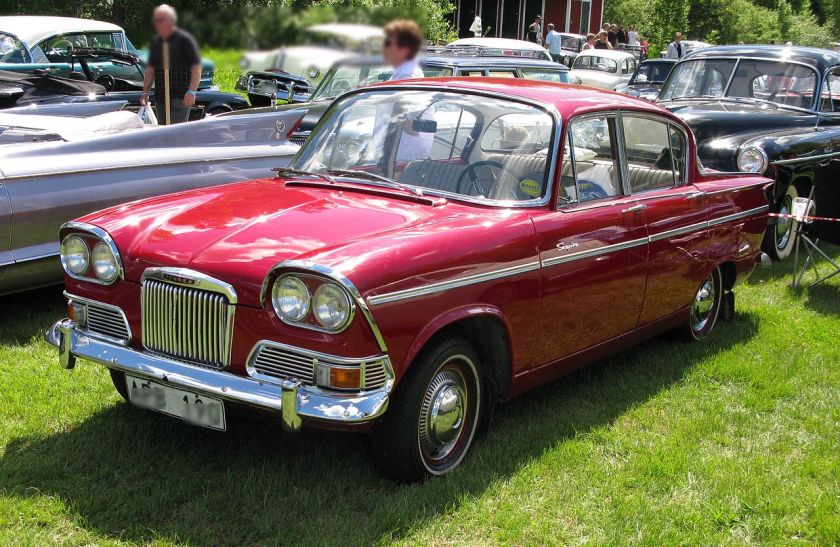
1964 Humber Sceptre MK I
|
|
| Overview | |
| Manufacturer | Rootes Group Chrysler (UK) Ltd |
| Also called | Sunbeam Sceptre |
| Production | 1963 to 1976 |
| Assembly | United Kingdom |
| Body and chassis | |
| Body style | 4-door saloon 4-door estate car |
| Layout | FR layout |
The Humber Sceptre is an automobile which was produced in the United Kingdom from 1963 to 1976 by the Rootes Group and its successor Chrysler (UK) Ltd.
MK I (1963 to 1965)
The Humber Sceptre MK I, introduced in 1963, was a luxury car based on the Hillman Super Minx. It featured a unique roof, glass and upper/rear bodywork not shared with the Super Minx or the related Singer Vogue. The Sceptre was originally intended as a four-door replacement for the Sunbeam Rapier, but was launched as a Humber, while the Rapier continued in production with little modification until 1967. This resulted in the Sceptre being more sporty in character than traditional Humbers. The Sceptre was positioned at the top of the mid-range Rootes Group cars, above the Hillman Super Minx and Singer Vogue. It featured similar twin headlight styling to the Vogue and a more powerful 80 bhp version of the 1600 Minx engine. The high level of equipment included disc front brakes, overdrive, screen washers, reversing lamp, rev counter and a full range of instruments. Automatic transmission was made available later. A MK IA was introduced in 1964.[2] Whilst the Super Minx and Vogue received revised six light styling in 1964, the Sceptre body continued unchanged until 1965 when it was replaced by the MK II. Production of the MK I and IA models totaled 17,011 units.
MK II (1965 to 1967)
The Sceptre MK II, introduced in 1965, featured revised front end styling and a twin carburettor version of the 1725cc engine. It was produced until 1967. Production of the MK II totaled 11,983 units.
MK III (1967 to 1976)
The Sceptre MK III, introduced in 1967, was a derivative of the Rootes Arrow design and was the best-appointed version of this model offered by Rootes. It continued Humber’s tradition of building luxury cars and featured wood-veneer fascia, complete instrumentation, adjustable steering column, vinyl roof and extra brightwork on the wheel arches and rear panel. The MK III had a more powerful version of the 1725 engine with twin carburettors giving 87bhp. The manual-gearbox model featured either the D-type or the later J-type Laycock De Normanville overdrive, with the J-type fitted from chassis numbers L3 onwards starting in July 1972. As with all models in the Arrow range, an automatic gearbox was an option. A closer ratio G-type gearbox was fitted to later Sceptres, using the J-type overdrive. An estate car variant of the Sceptre was introduced at the London Motor Show in October 1974. It featured a built-in roof rack and a carpeted loading floor protected by metal strips and illuminated by an additional interior light. Washer and wiper were provided for the rear window, a rare feature on UK-market estate cars of the time.
The Sceptre was discontinued in September 1976, along with the Humber and Hillman marque names. From that time, all models in the Chrysler UK range were branded as Chryslers. Production of the MK III totaled 43,951 units.
Use of the Sceptre name by Peugeot
The name “Sceptre” reappeared in 1990 for some SRi versions of the Peugeot 205, 405 and 605. Peugeot had bought Chrysler’s European operations (which also included French carmaker Simca) in 1978 and rebranded the whole European Chrysler range under the reborn Talbot marque.
- Humber Vogue 1963–66 (Australia)
Hillman Super Minx
| Hillman Super Minx | |
|---|---|
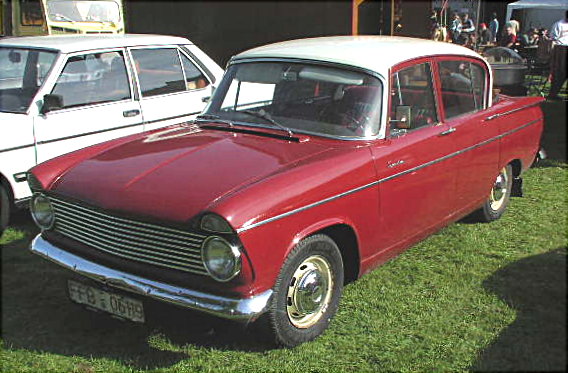
Hillman Super Minx Mk I
|
|
| Overview | |
| Manufacturer | Rootes Group |
| Also called | Humber 90 (New Zealand, South Africa) |
| Production | 1961–66 (saloon) 1962–64 (convertible) 1962–67 (estate) |
| Assembly | United Kingdom Port Melbourne, Australia Petone, New Zealand |
| Body and chassis | |
| Body style | 4-door saloon 5-door estate 2-door |
ConvertibleRelatedSinger Vogue
Humber Vogue (Australia)
Humber Sceptre
Hillman MinxPowertrainEngine1,592 cc I4
(1961–65)
1,725 cc I4
(1965–1967)DimensionsWheelbase101 in (2,565 mm)Length165 in (4,191 mm))Width62.8 in (1,595 mm)Height58 in (1,473 mm)Curb weight2,239 lb (1,016 kg) (saloon)
2,368 lb (1,074 kg) (estate)ChronologySuccessorRootes Arrow
The Hillman Super Minx was a motor car from the British Rootes Group. It was a slightly larger version of the Hillman Minx, from the period when the long-running Minx nameplate was applied to the “Audax” series of designs. (The Minx underwent many changes throughout its history, and the Super Minx name was not used during production of non-Audax Minx designs.)
Announced in October 1961, the Super Minx gave Rootes, and particularly its Hillman marque, an expanded presence in the upper reaches of the family car market. It has been suggested that the Super Minx design was originally intended to replace, and not merely to supplement, the standard Minx, but was found to be too big for that purpose. An estate car joined the range in May 1962, and a two-door convertible in June 1962. The convertible never sold in significant numbers: the last one was made in June 1964, ahead of the introduction, in September 1964, of the Super Minx Mark III.
The car was powered by the Rootes 1,592 cc unit, which had first appeared late in 1953 with a 1,390 cc capacity. The original Super Minx had the cast-iron cylinder head version of the engine, though on later cars the cylinder head was replaced with an aluminium one.
Suspension was independent at the front using coil springs with anti-roll bar and at the rear had leaf springs and a live axle. Un-assisted 9 in (229 mm) Lockheed drum brakes were fitted. The steering used a recirculating ball system and was as usual at the time not power assisted. Standard seating, trimmed in Vynide, used a bench type at the front with individual seats as an option. A heater was fitted but a radio remained optional. The car could be ordered in single colour or two tone paint. The four-speed manual transmission featured synchromesh on the top three ratios from the start and had a floor lever: “Smiths Easidrive” automatic transmission was option.
A car was tested by the British magazine The Motor in 1962 and had a top speed of 80.0 mph (128.7 km/h) and could accelerate from 0-60 mph (97 km/h) in 21.6 seconds. A “touring” fuel consumption of 27.9 miles per imperial gallon (10.1 L/100 km; 23.2 mpg-US) was recorded. The test car cost £854 including taxes, which was then slightly less than the recently upgraded Austin Cambridge A60.
The first Super Minxes featured the 1,592 cc engine as used in the Hillman Minx, providing in this application a claimed 62 bhp (46 kW; 63 PS) of power.
Mark II
A year after the car was launched a Mark II version was presented, in October 1962, with greasing points eliminated, larger front disc brakes and a revised axle ratio. For buyers of the automatic transmission cars, 1962 was the year that the Smiths Easidrive option was replaced by the Borg-Warner 35 transmission.
Mark III
In 1964, with the launch of the Super Minx Mark III the Super Minx was facelifted, and the wrap-around rear window gave way to a new “six-light” design with extra side windows aft of the rear side doors.
Mark IV
Engine capacity was increased to 1,725 cc for the Super Minx Mark IV launched at the London Motor Show in October 1965. (The larger engine outlived the Super Minx, to be used in later models too.)
Related models
Like many other Rootes products including the Minx, the Super Minx was one of a badge-engineered series of models, sold under various marques.
The Singer marque was represented by the Singer Vogue which had first been announced in July 1961, four months earlier than the Hillman Super Minx. The range was joined in 1963 by a Humber: the Humber Sceptre.The Singer Vogue and Humber Sceptre names would be retained by the successor Rootes Arrow model range. The Humber Sceptre was developed as a four-door replacement for the Sunbeam Rapier, but morphed into a Humber shortly before launch, while the two-door Rapier based in the ‘Audax’ Minx continued unreplaced until 1967. The Sceptre nevertheless was able to be successfully promoted as a more sporty car than the larger traditional Humbers. Unlike the Hillman and Singer versions, the Super Minx based Humber Sceptre retained the same roof, with large panoramic windscreen and striking shallow wrap-around rear window with fins, until the model was replaced, in the Humber’s case in 1967, by a Hillman Hunter based successor.
The cars differed in subtle ways, with the Singer being positioned slightly above the Hillman and gaining such extras as quad headlights, and the Humber topping the range, commensurate with Humber’s traditional role as a producer of upmarket and luxury models. The styling of the Sceptre (as well as the Vogue) somewhat recalled previous, larger Humbers. The Sceptre marks 1 and 1A had a slightly different grille arrangement and front trim to the Vogue as well as a taller panoramic windscreen, sloping rear roofline and larger rear fins. . It had been intended that the Sceptre be a sports saloon until shortly before its launch as a Humber, hence its sprightly performance compared with other Humber models.
Nearly five years after its launch, a Singer Vogue Series IV saloon tested by the Britain’s Autocar magazine in August 1966, now with an advertised power output of 85 bhp (63 kW; 86 PS), had a top speed of 93 mph (150 km/h) and could accelerate from 0-60 mph (97 km/h) in 25 seconds. An overall fuel consumption of 22.0 miles per imperial gallon (12.8 L/100 km; 18.3 mpg-US) was achieved. The test car was priced by Rootes in the UK at £911 including taxes, at a time when the Austin 1800 was retailing for £888 and the Ford Corsair GT was offered at £925. The performance was felt to be lively, and the gear change, supported on the test car with an optional overdrive, ‘crisp’ with well chosen ratios. Comfort and fittings were also commended, but the fuel consumption and the tendency of the heavy brakes to fade when used hard disappointed the testers: this would presumably not have been an issue had the road test been of a Humber Sceptre which had its stopping power from a servo-assisted 10-inch (250 mm) front disc/rear drum arrangement.
The Humber was also, at launch, fitted with a high tune version of the 1,592 cc and, from September 1965, 1,725 cc oversquare engine producing 80 hp (60 kW) and 85 hp (63 kW) respectively. Early models with the 1,592 cc engine had twin single Zenith downdraught carburettors – later 1,592/1,725 cc engines used a Solex twin choke downdraught carburettor for simplicity. The twin Zenith carburettors had been hard to keep balanced. Other modifications included a water-jacketed inlet manifold, timing adjustments and stronger valve springs to eliminate valve bounce at high engine speeds. The later H120’s 107 hp (80 kW) engine is a straight swap for both of these units and looks almost identical – it provides a useful boost in power to an already swift automobile. The unique Sceptre interior featured full instrumentation, including a tachometer marked up to 6,000 rpm, and a four-speed floor-mounted transmission with self-cancelling overdrive (with column-mounted control and indicator) on third and fourth gear for a total of six separate ratios in standard form. The lockout could be removed on first and second gears, and this was often done by Rootes in cars used for competitions such as rallying. In addition, the Sceptre was from the beginning provided with servo-assisted braking control and, unusually in 1963, 10-inch front disc-brakes. The Marks 1 and 1A were not available with an automatic option – although this was rectified with the Mark II cars, using a three-speed unit with automatic kick-down. This was a cheaper option than was usual at the time due to the deletion of the Laycock De Normanville overdrive fitted to the Manual cars.
There was a Singer variant of the smaller Minx as well (the Singer Gazelle) but no equivalent Humber version of the Minx, (except for the Humber 80 version of the Minx released in New Zealand, as is Humber 90 to the Super Minx) which would have been uncharacteristically small for the Humber marque; conversely there was a sporty Sunbeam version of the Minx (the Sunbeam Rapier) but no Sunbeam version of the Super Minx.
In addition to assembling the Super Minx, Rootes Australia produced variants of the Singer Vogue from 1963 to 1966 as the Humber Vogue and Humber Vogue Sports.
At least six Humber Sceptre development mules were built with the same engine as the Sunbeam Tiger – a 289 cui Ford V8 unit – Sadly this was not proceeded with as it would have made for a very capable sporting saloon which would have had few rivals in its class. At least one of these original cars survives.
Replacement
The Super Minx saloon and its Singer relatives were replaced by the Rootes Arrow range when the Hillman Hunter and Singer Vogue were launched at the London Motor Show in October 1966. However, the Hunter was initially offered only as a saloon and accordingly the Super Minx estate car remained in production until April 1967.
Humber catalogue for 1930
“Such Cars As Even Humber Never Built Before”
| ‘ | NEW SEASON’S MODELS & PRICES | ‘ | |
| 9/28 | Touring Car | £240 | |
| 9/28 | Fabric Saloon | £280 | |
| 9/28 | Saloon | £295 | |
| 16/50 | Imperial Touring Car | £410 | |
| 16/50 | Humber Touring Car | £425 | |
| 16/50 | Imperial Saloon | £435 | |
| 16/50 | Humber Saloon | £465 | |
| 16/50 | Six-Light Weymann Saloon | £465 | |
| 16/50 | Four-Door Weymann Coupé | £475 | |
| 16/50 | Drop-Head Coupé | £495 | |
| 20/65 | DualPurpose Car | £475 | |
| 20/65 | Saloon | £525 | |
| 20/65 | Limousine | £725 | |
| 20/65 | Landaulette | £725 | |
| Humber | “Snipe” Touring Car | £495 | |
| Humber | “Snipe” Six-Light Weymann Saloon | £535 | |
| Humber | “Snipe” Saloon | £535 | |
| Humber | “Snipe” Four-Door Weymann Coupé | £545 | |
| Humber | “Snipe” Drop-Head Coupé | £565 | |
| Humber | “Pullman” Landaulette | £775 | |
| Humber | “Pullman” Limousine | £775 | |
| Humber | Cabriolet de Ville | £1,095 | |
| (Coachwork by Thrupp & Maberly) |
Surviving cars
There is a thriving club, and many of these upmarket cars survive today.
The world’s largest collection of Humber cars can be viewed at the Marshalls Post-Vintage Humber Car Museum in Hull. It includes 21 Humber cars dating from 1932 to 1970 on permanent display, plus 24 unrestored cars.
When Queen Elizabeth, the Queen Mother visited Western Australia in the 1950s, a Humber was shipped over for her. It was left in a paddock, and was rediscovered and verified in 2002. It has since been restored and is currently privately owned.

